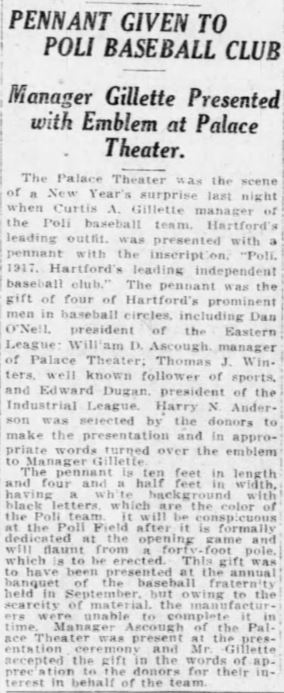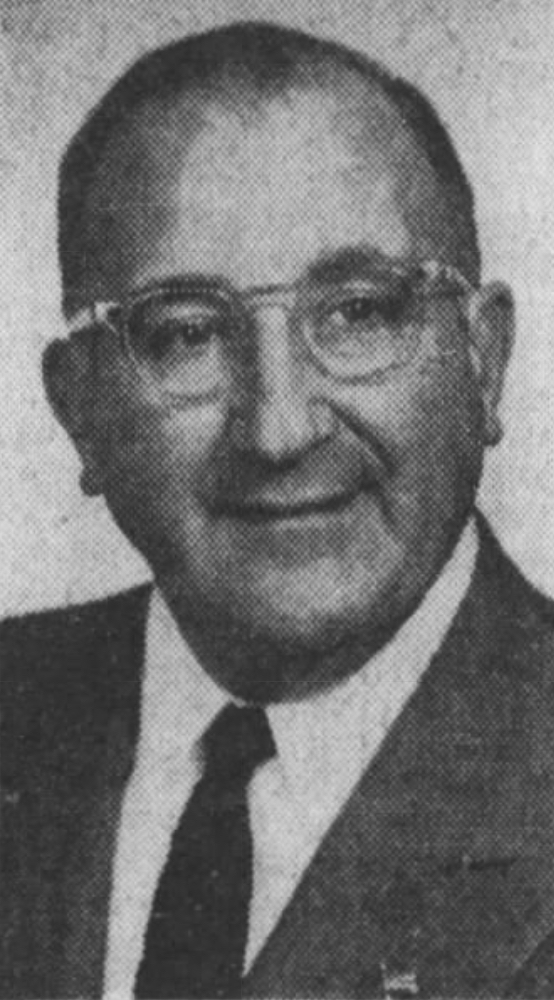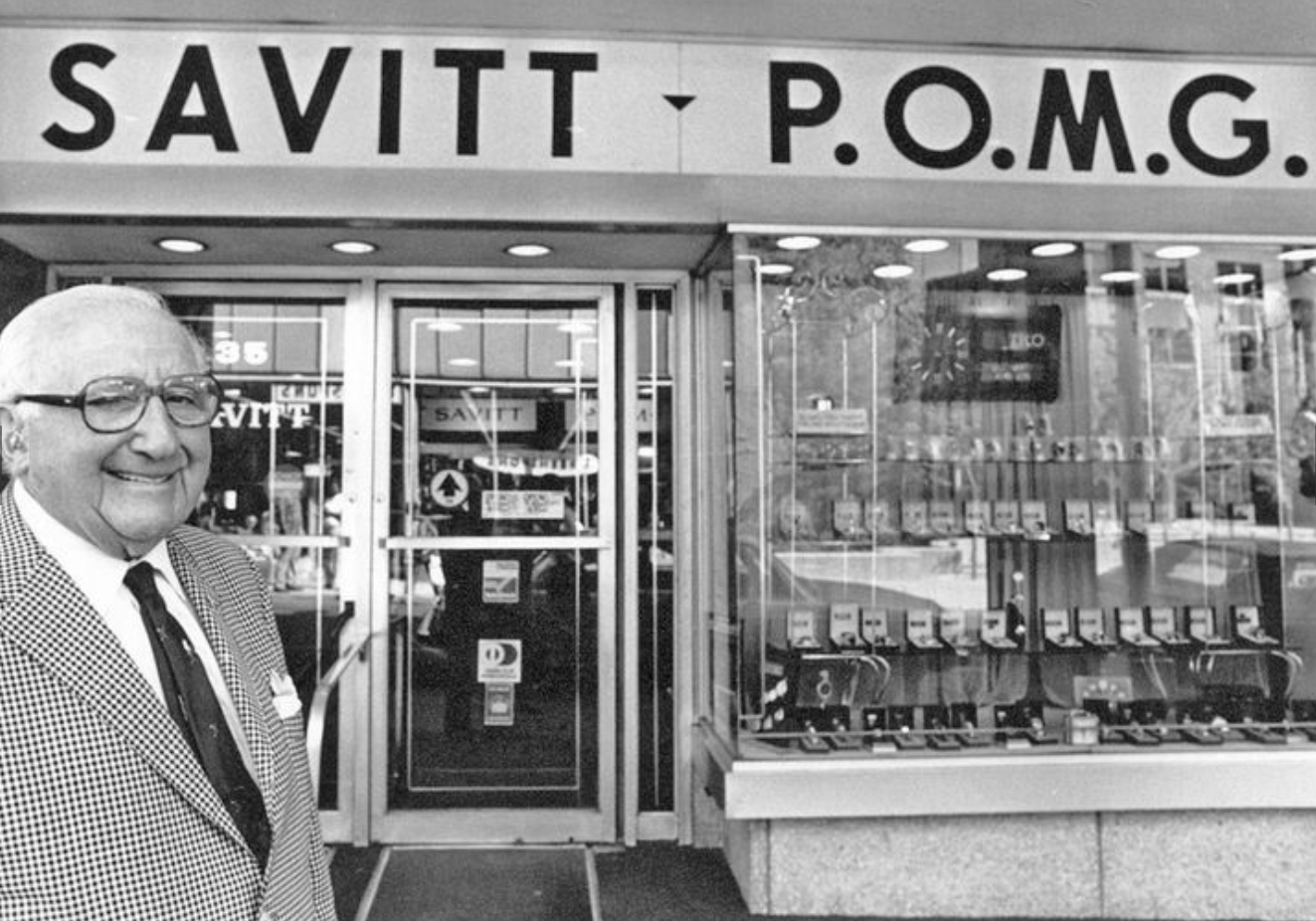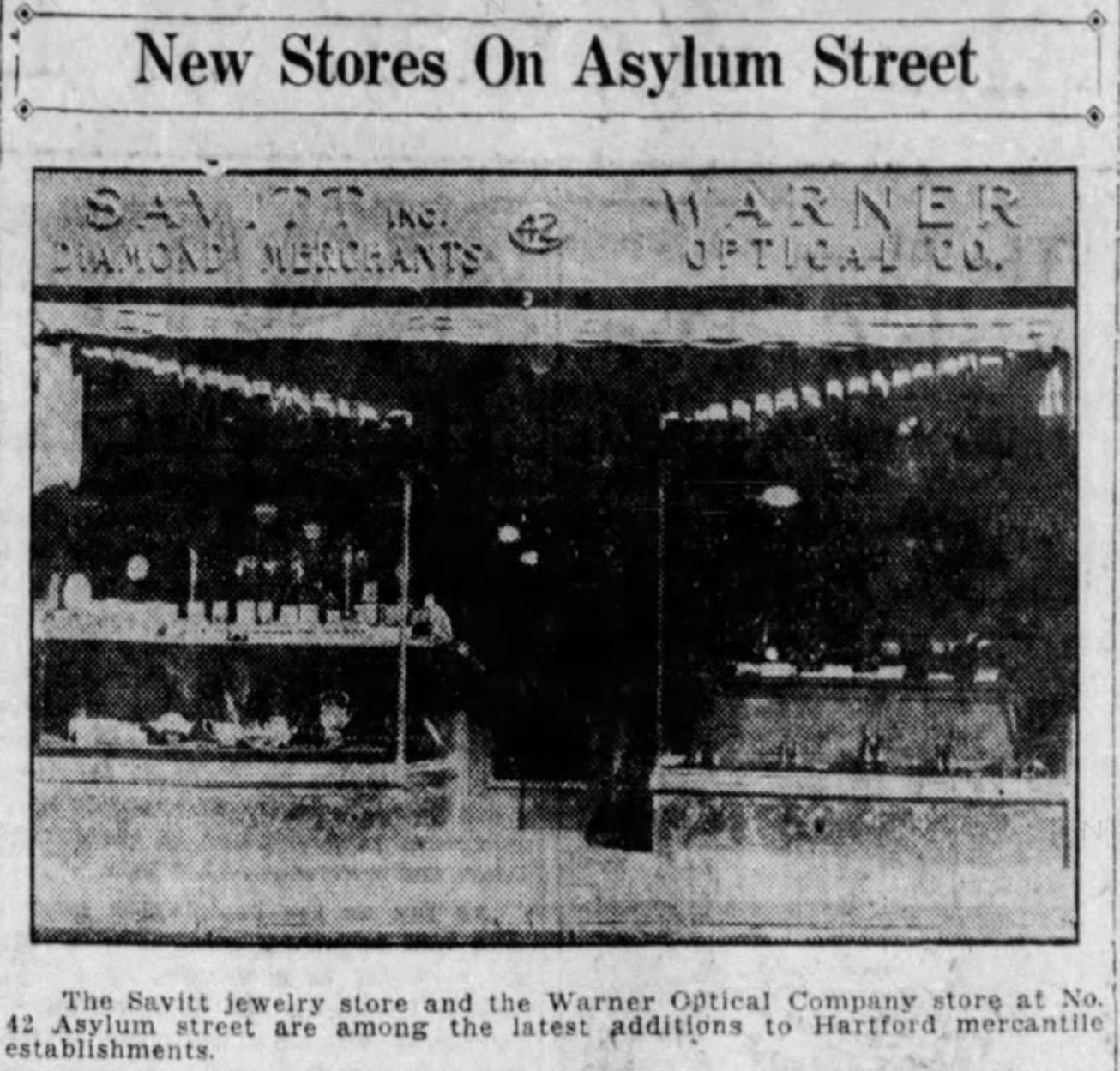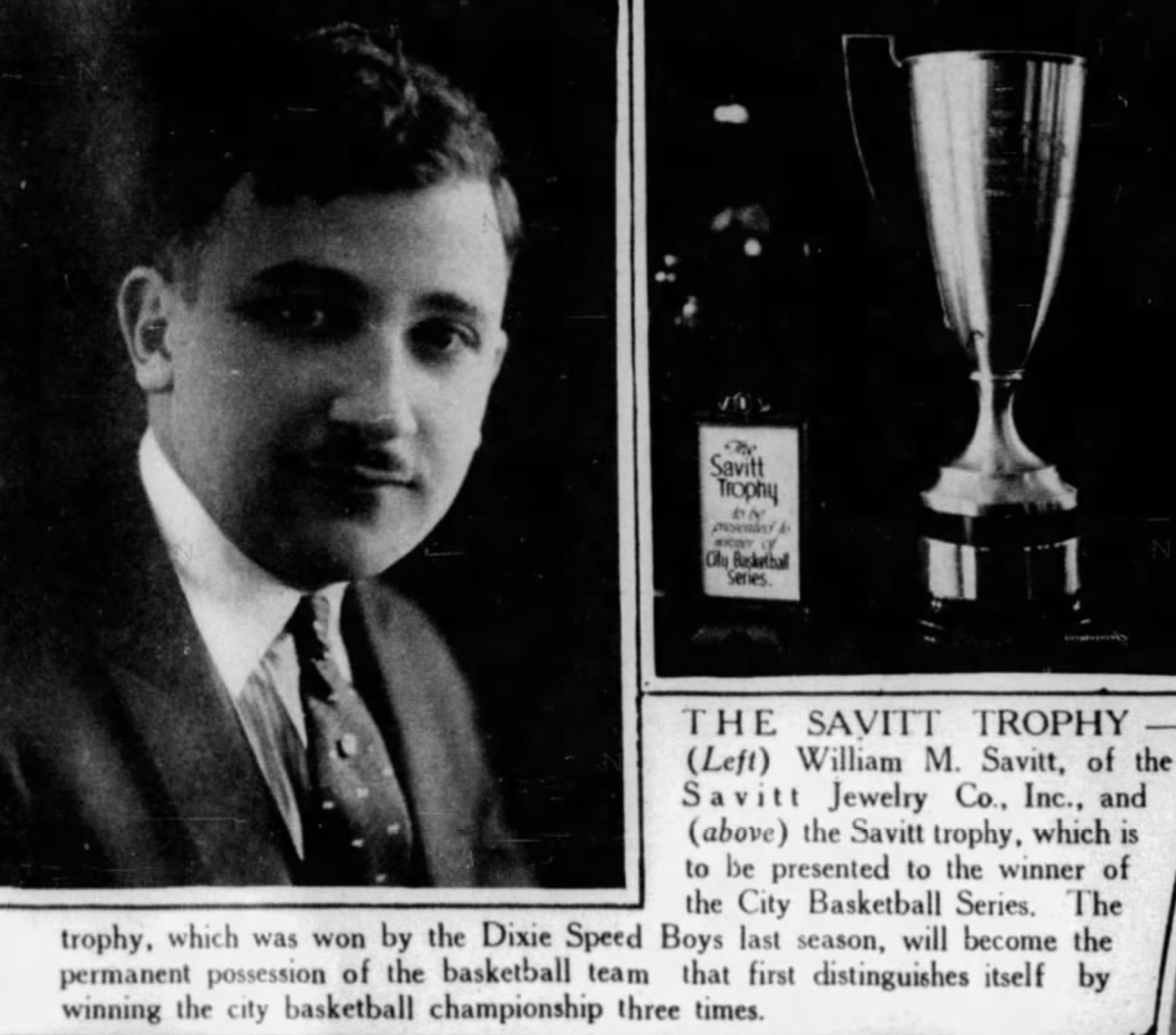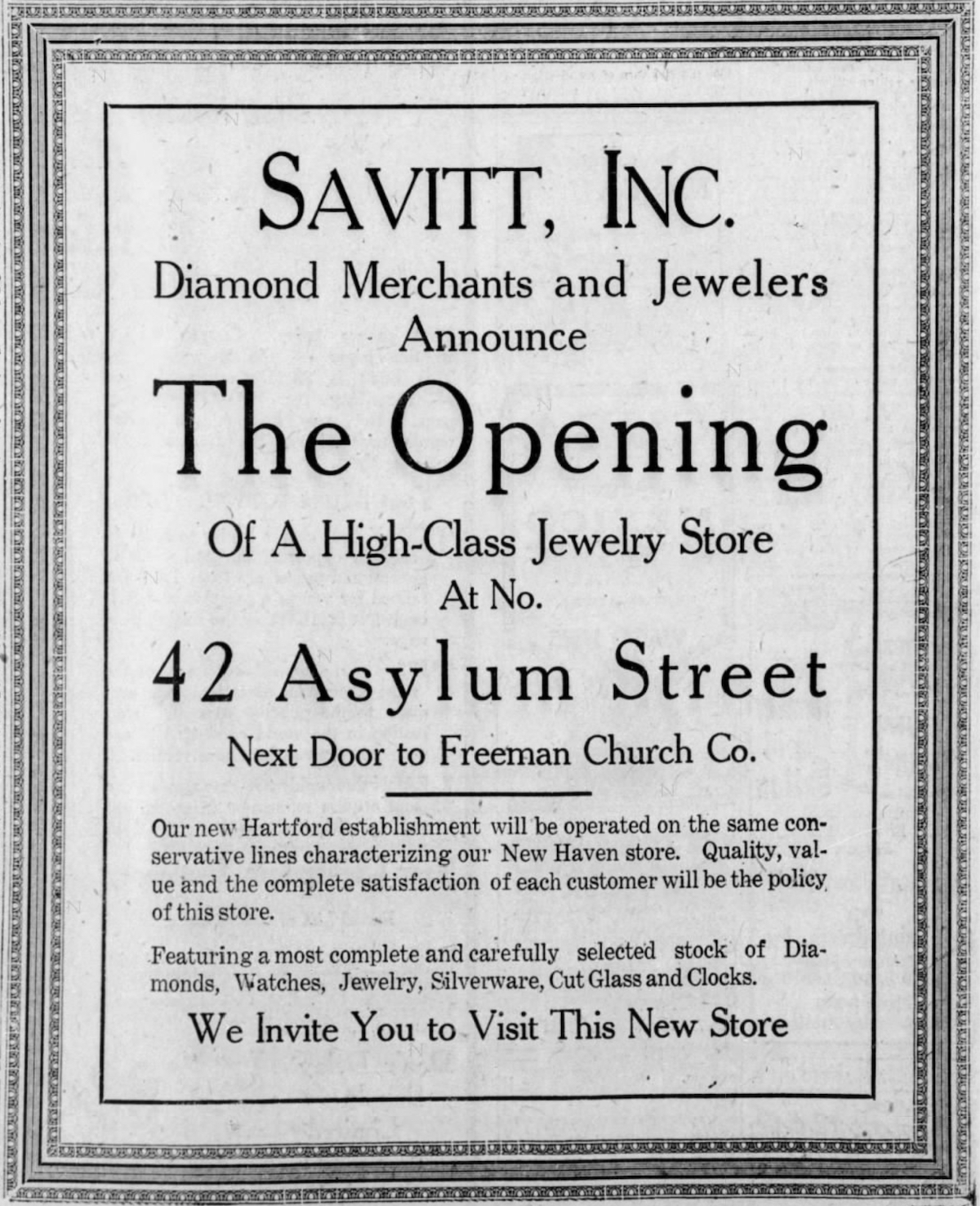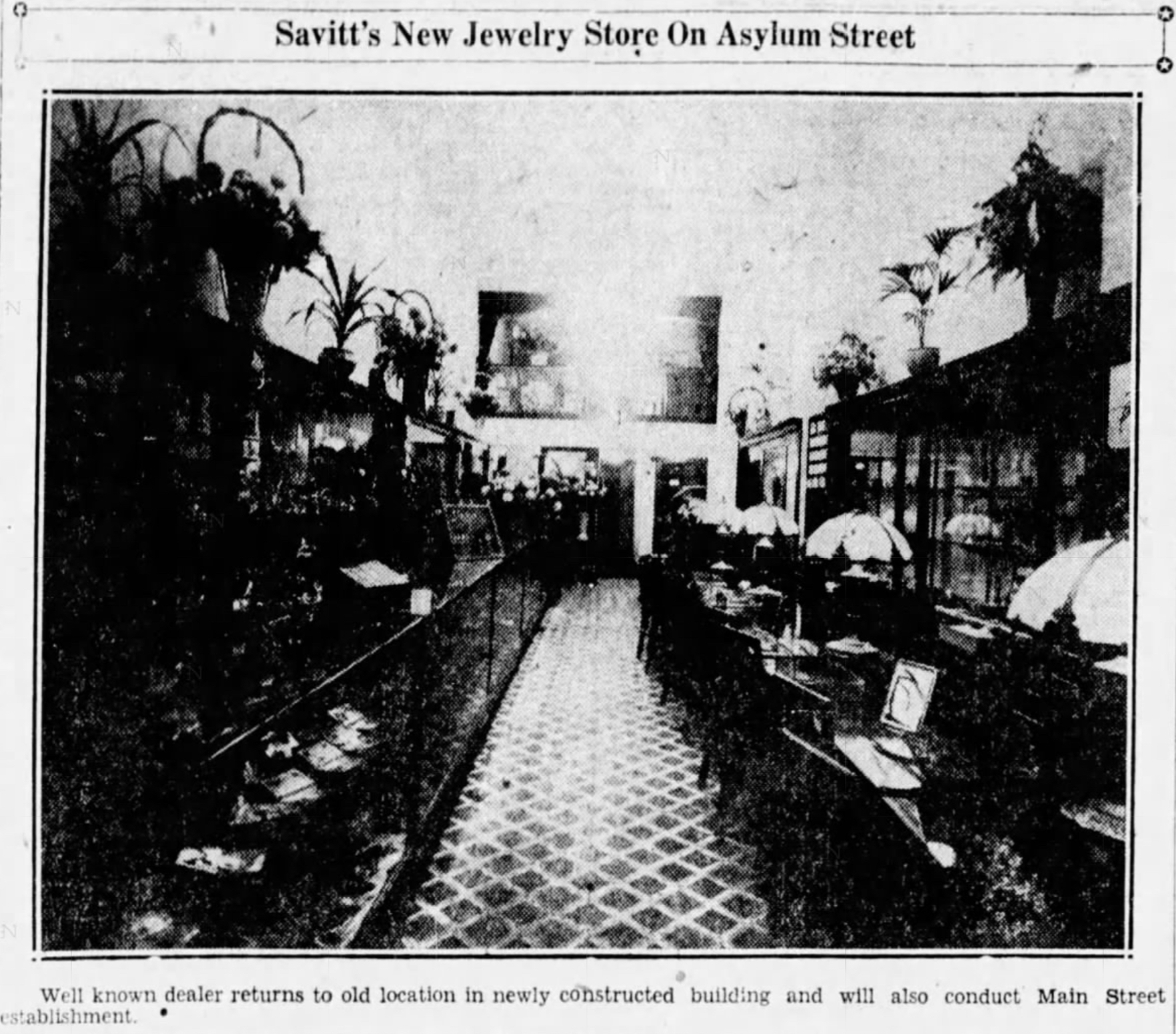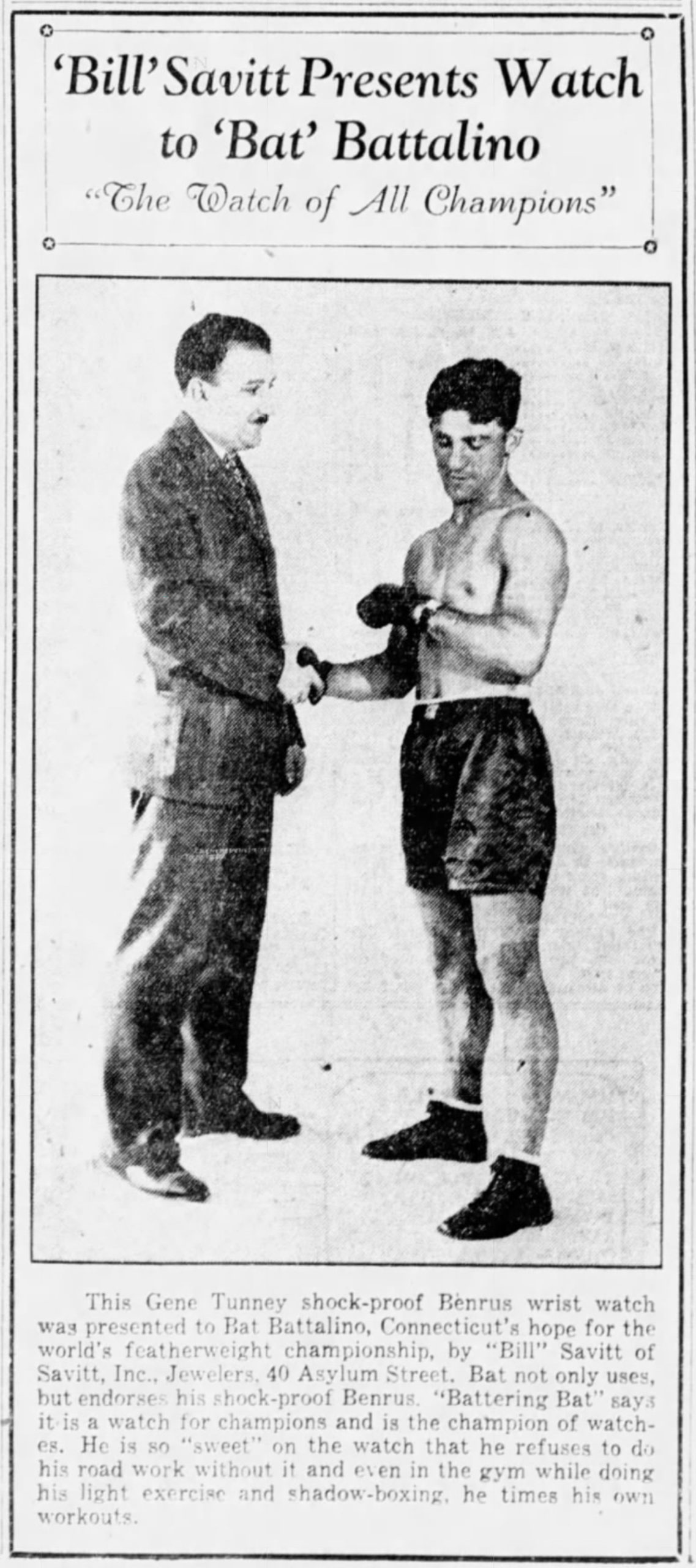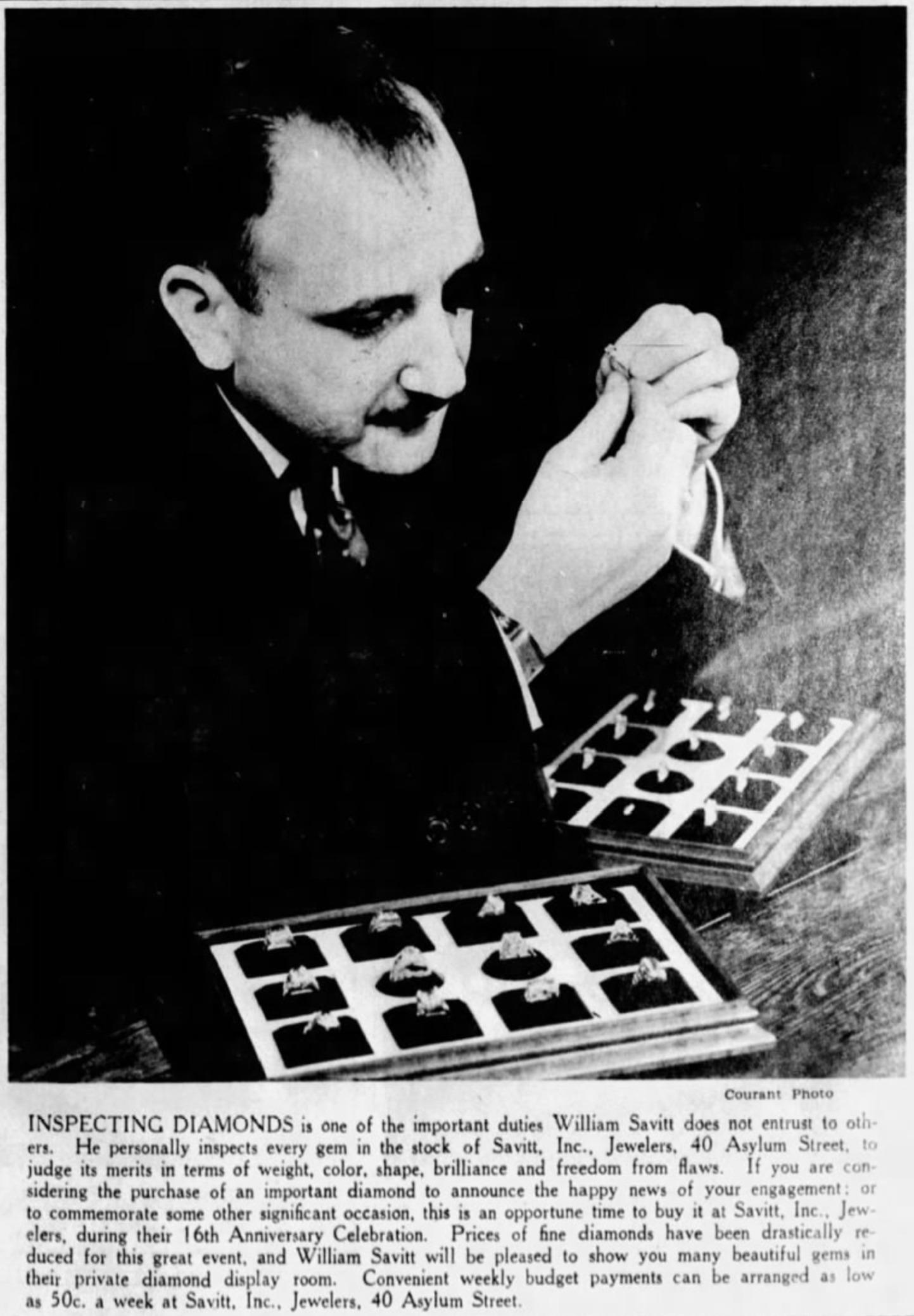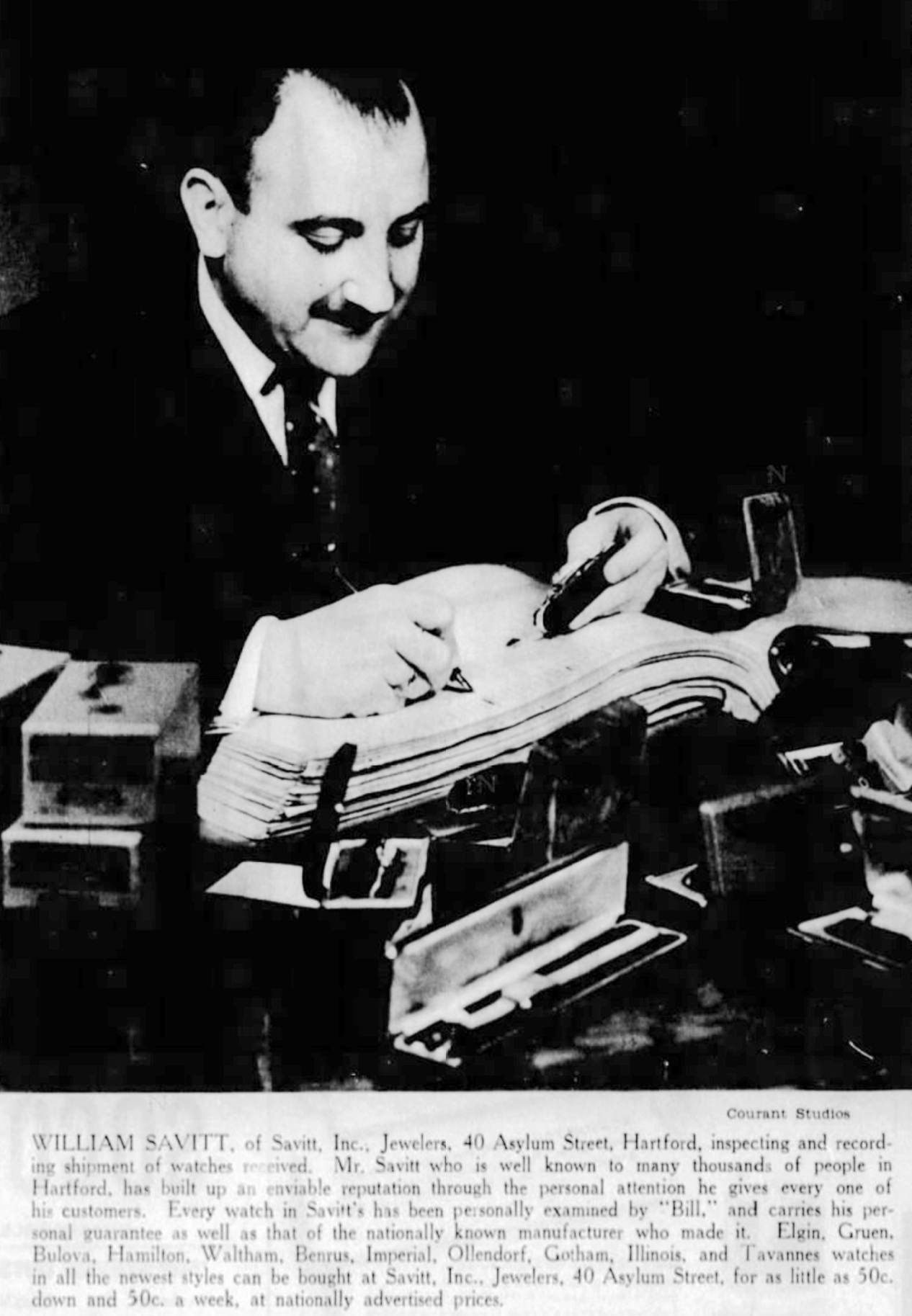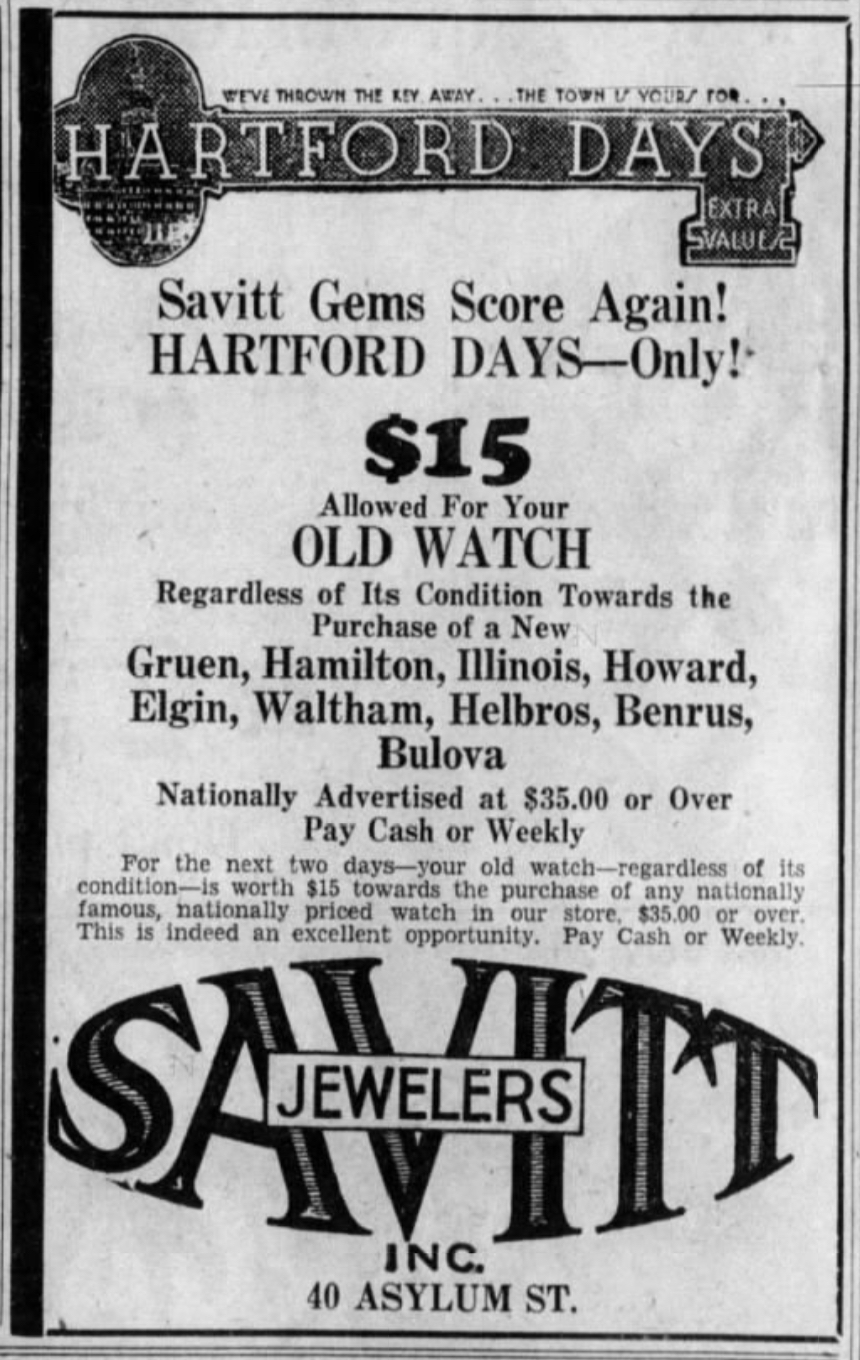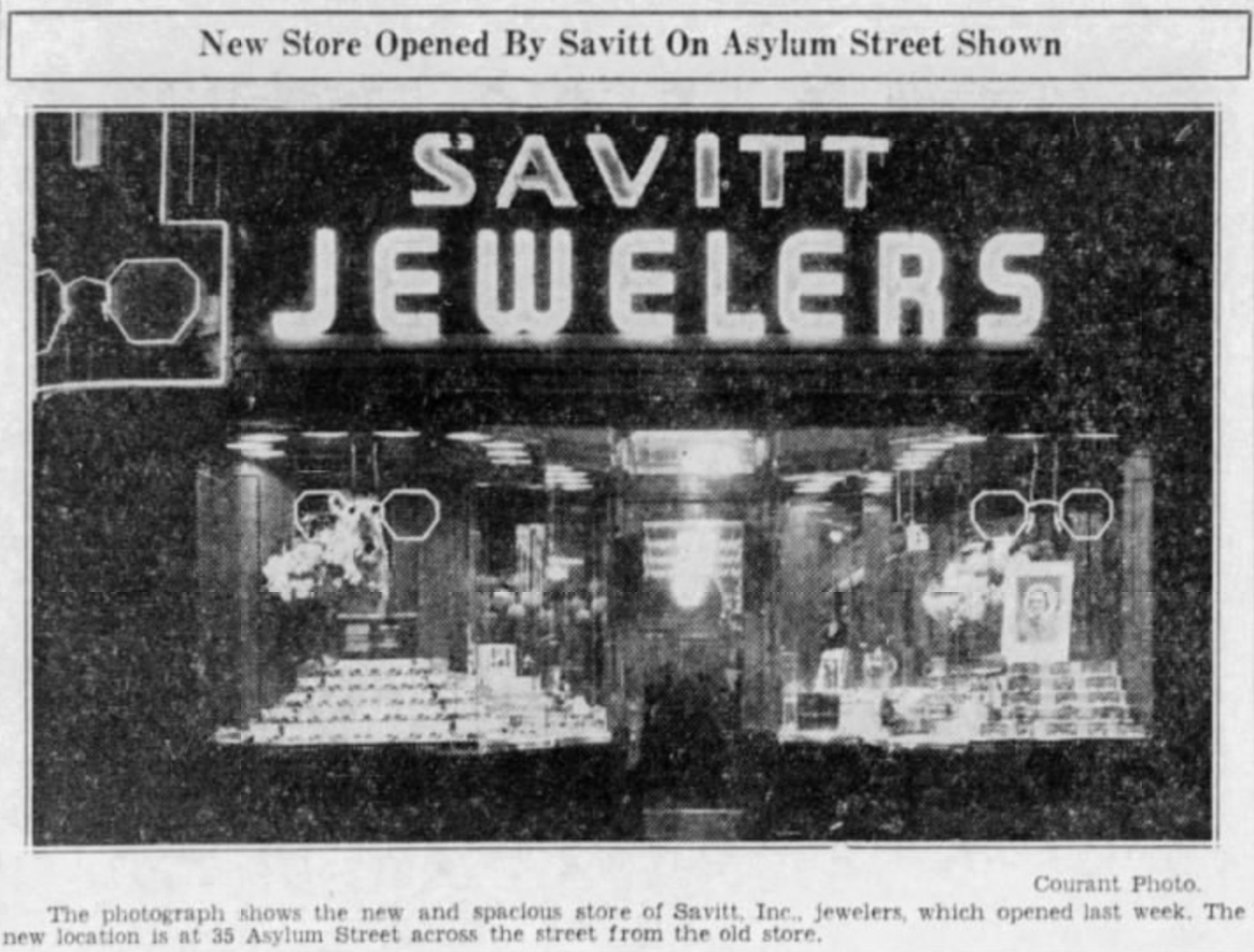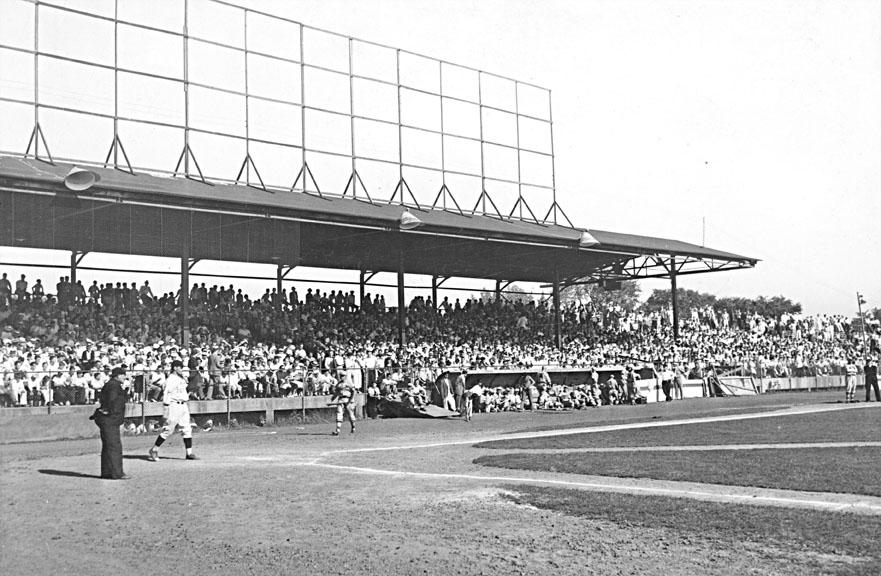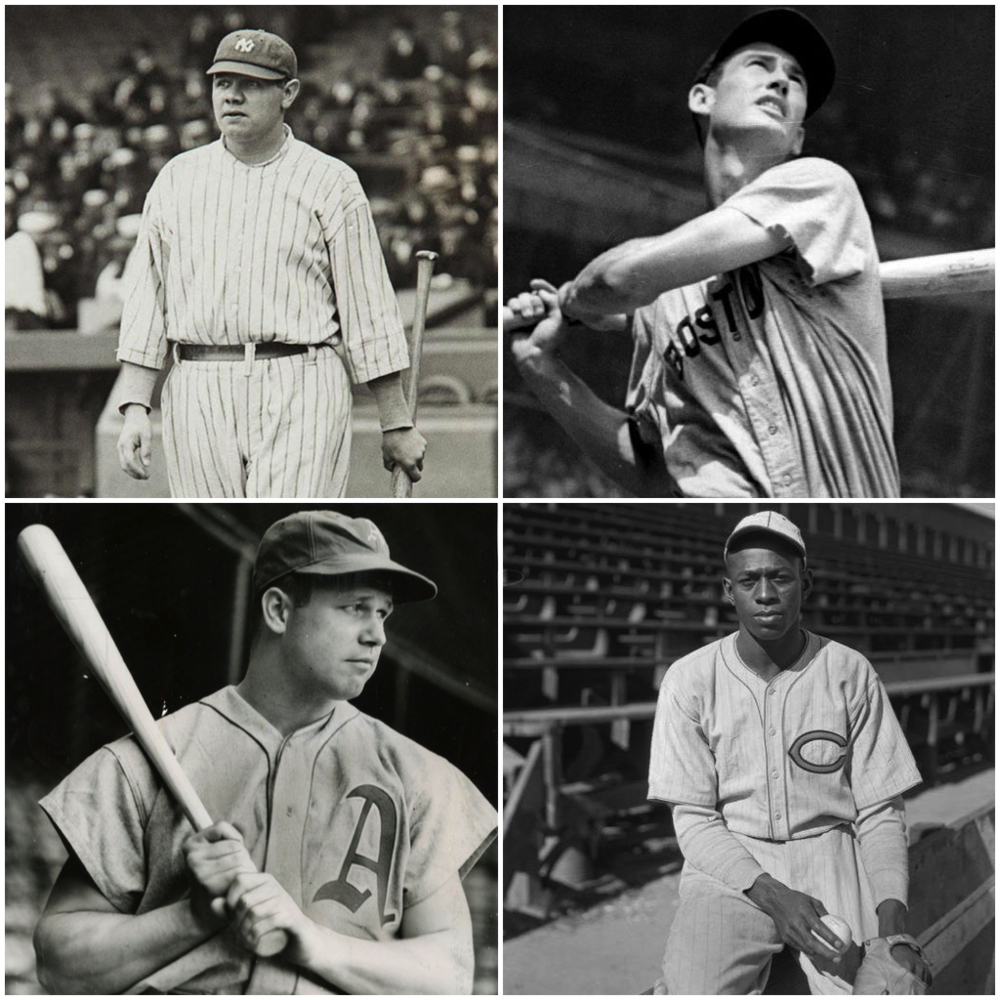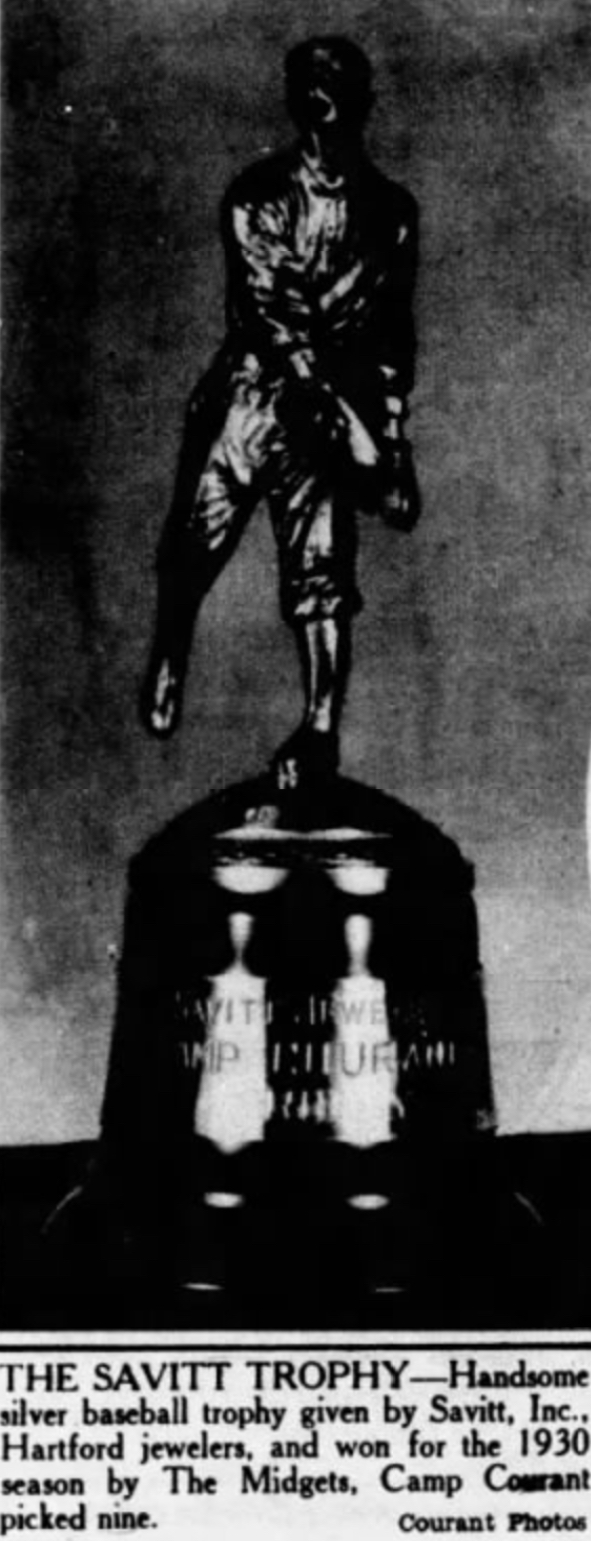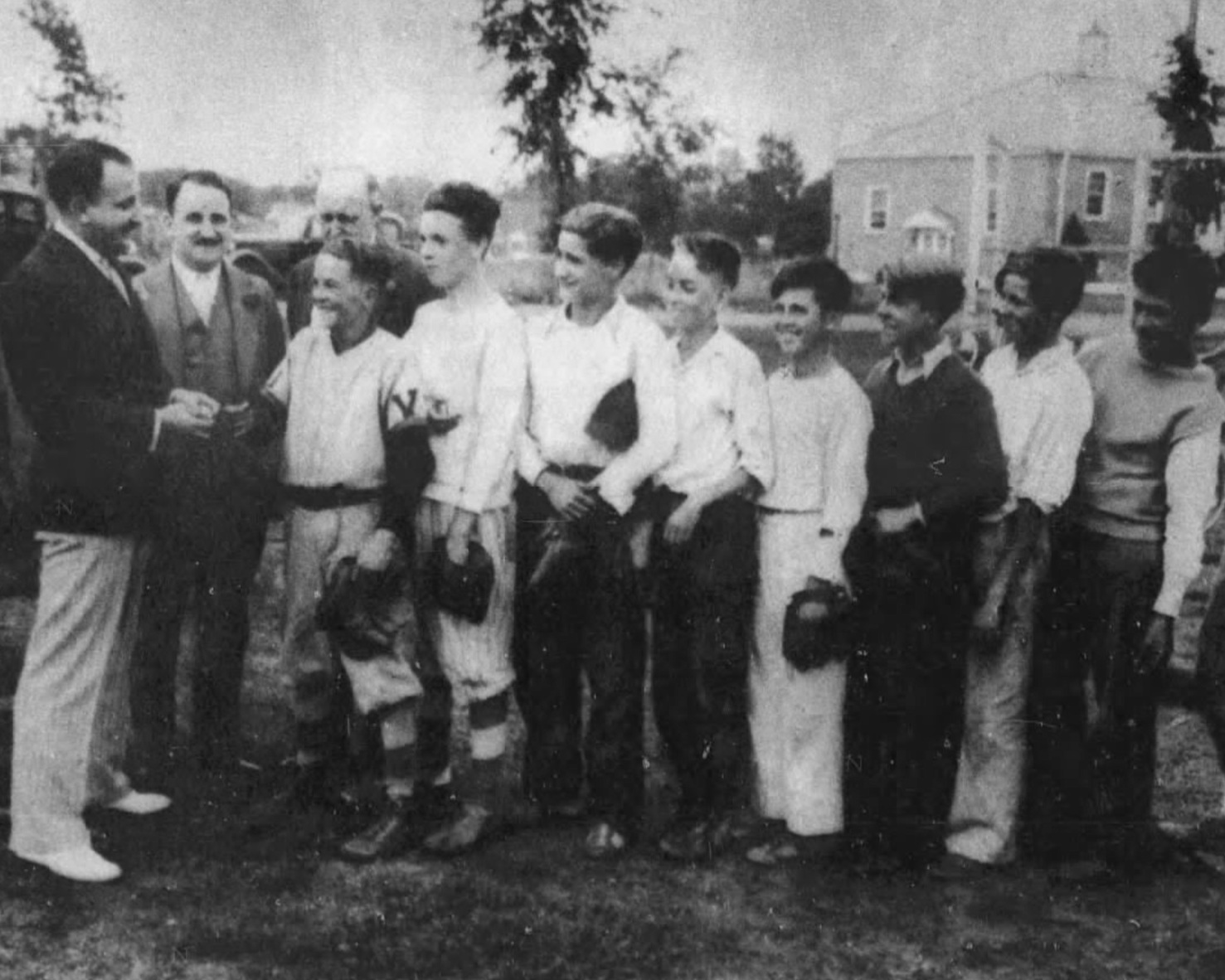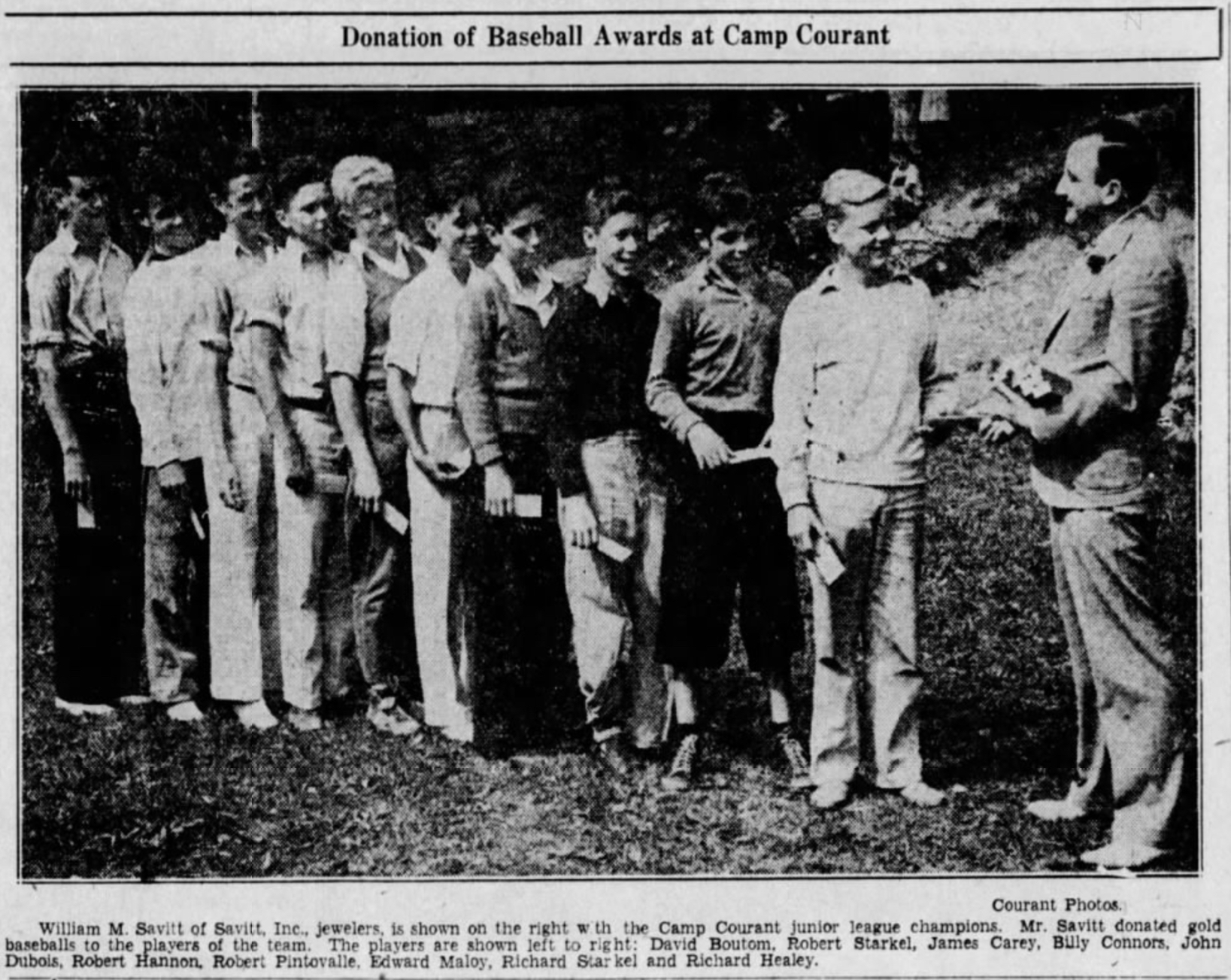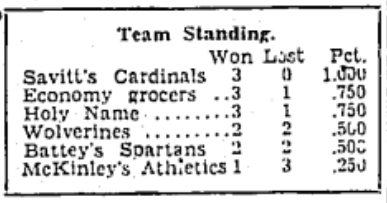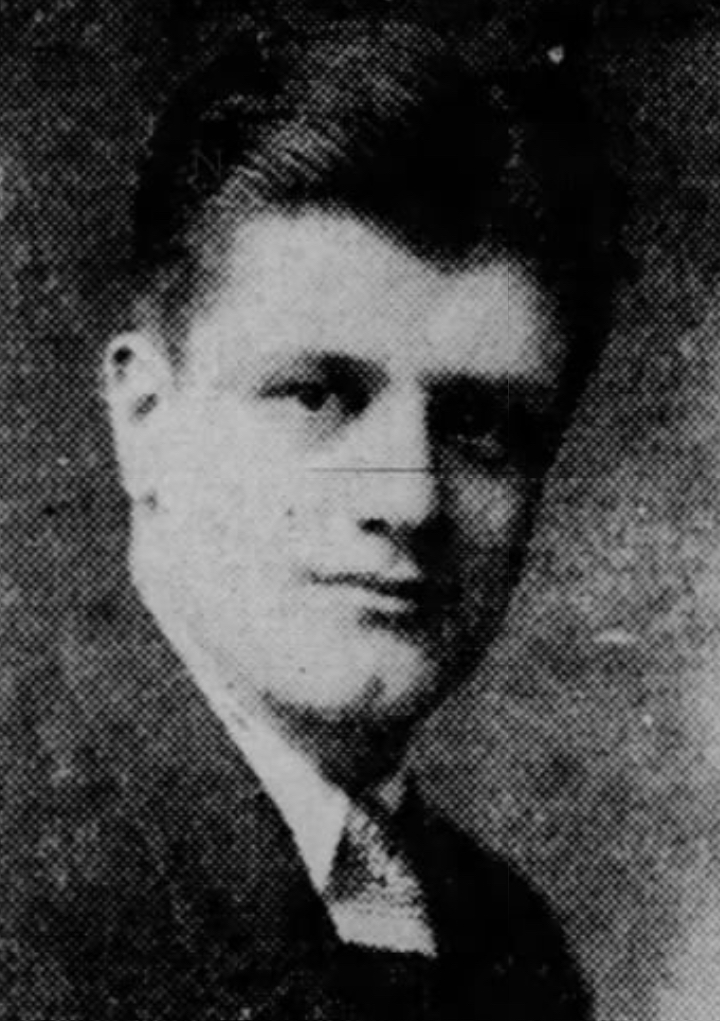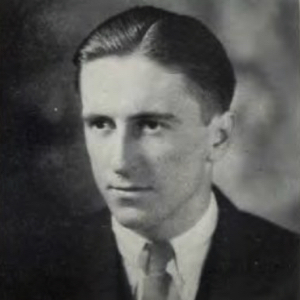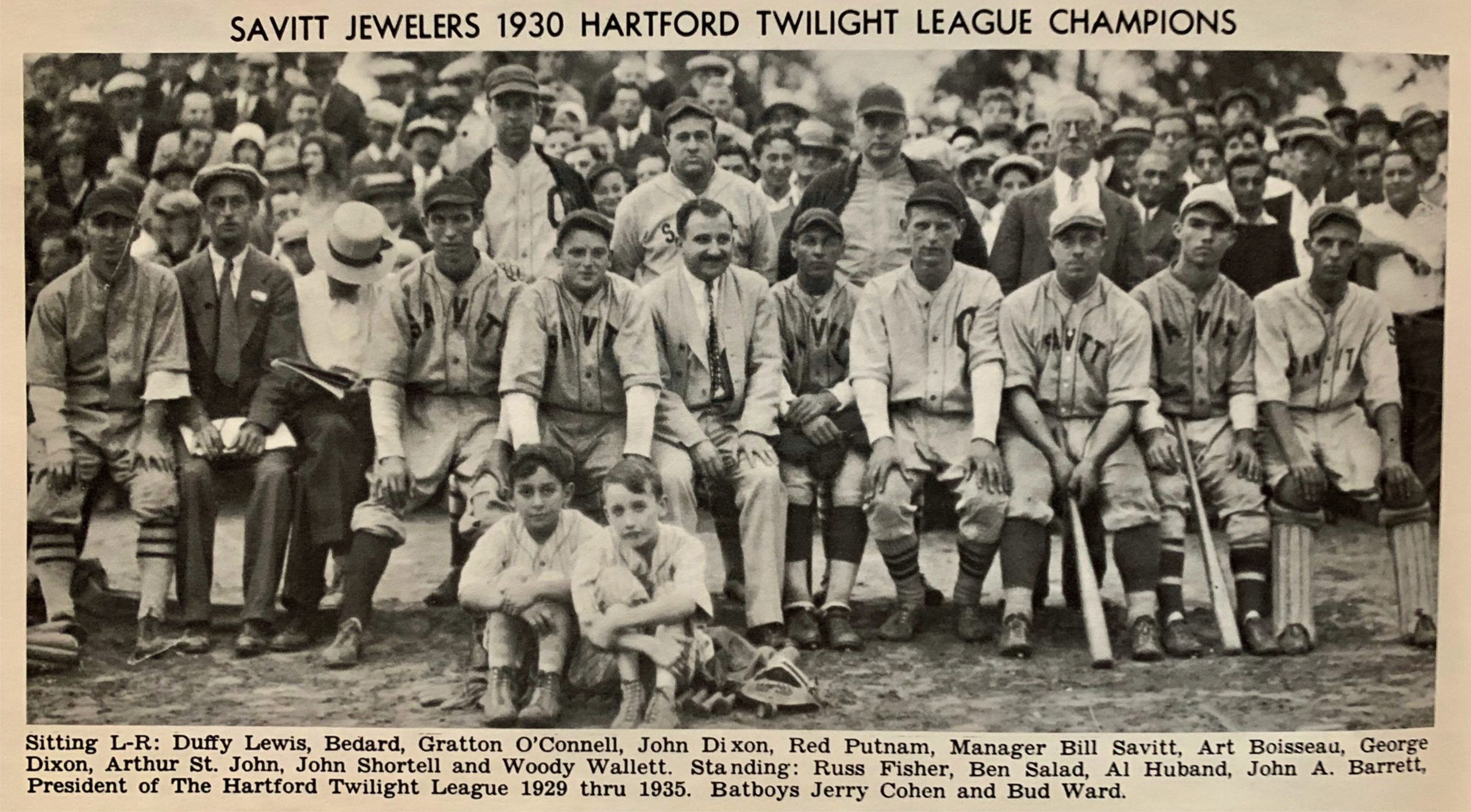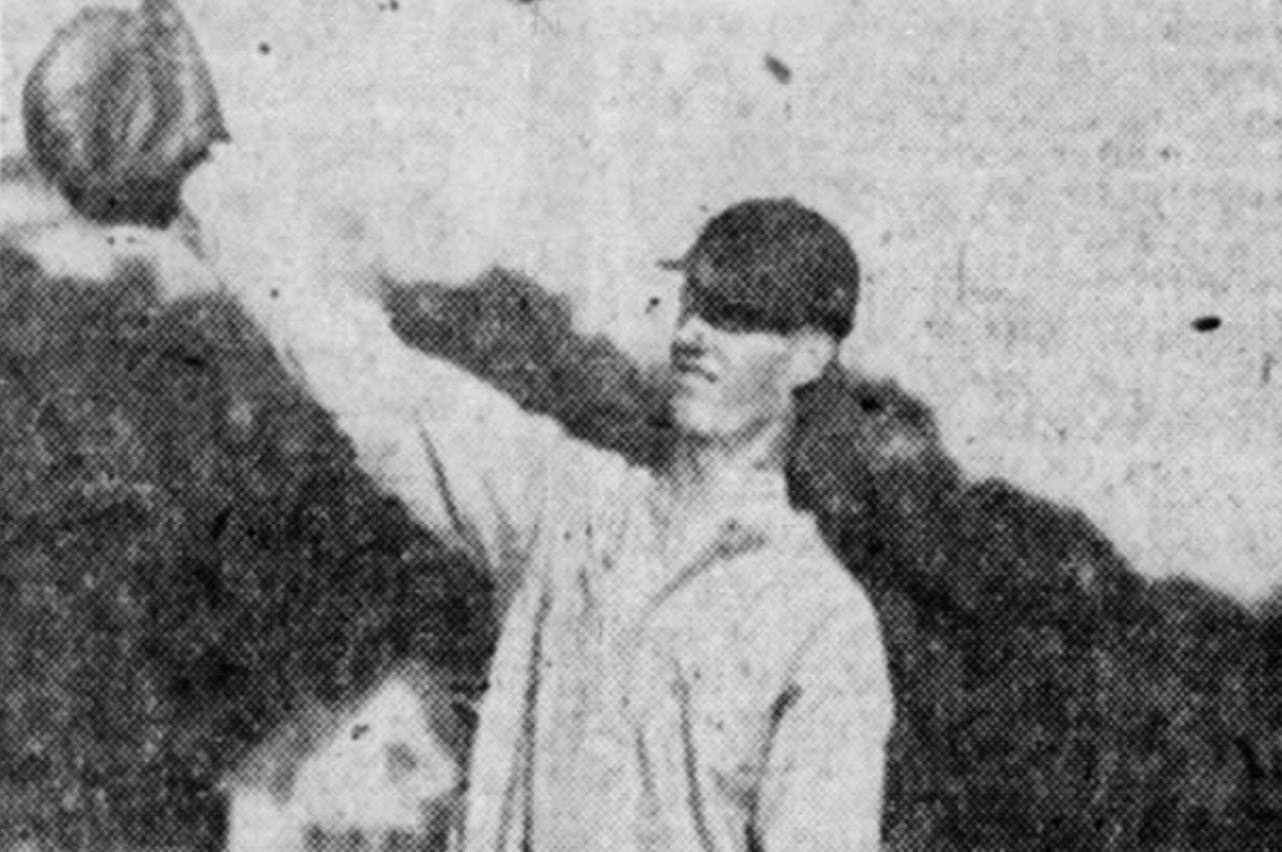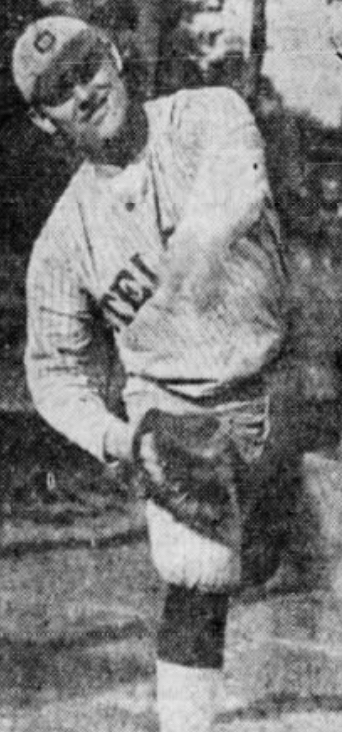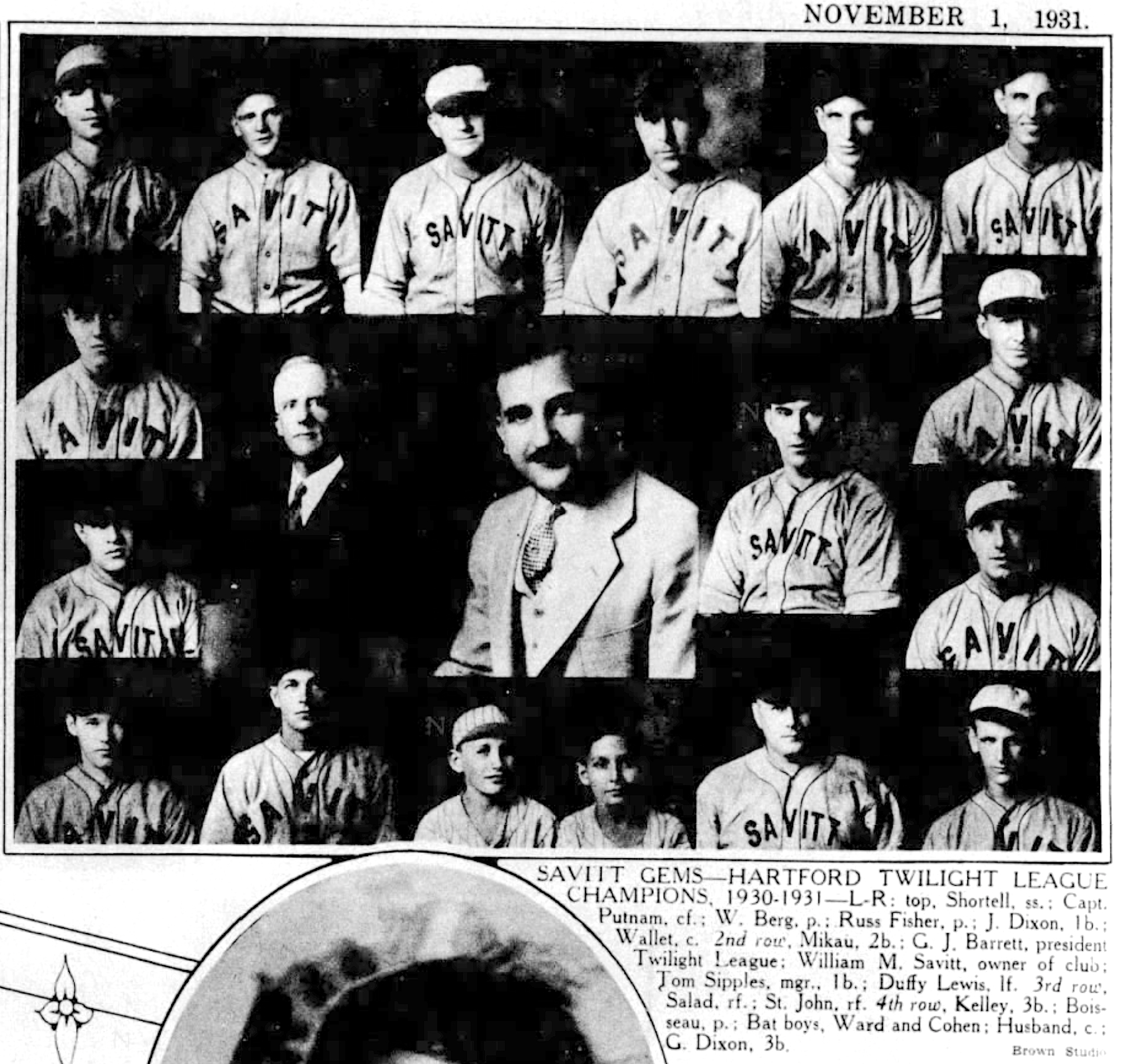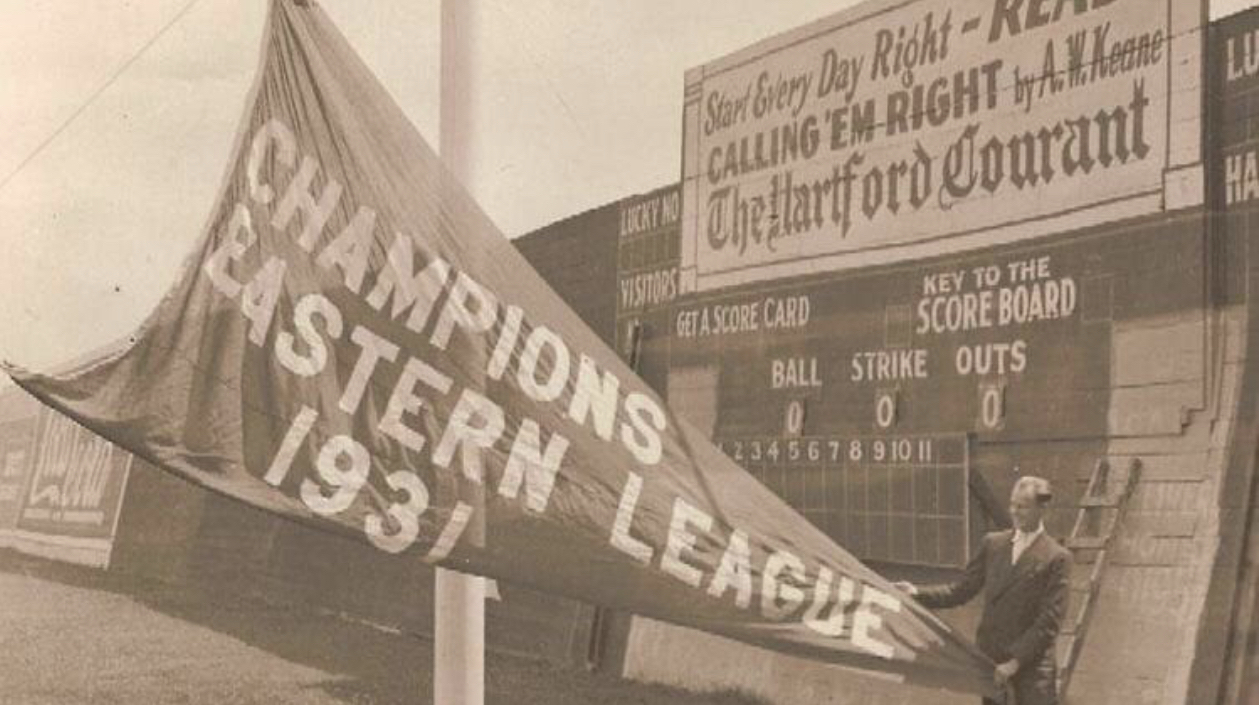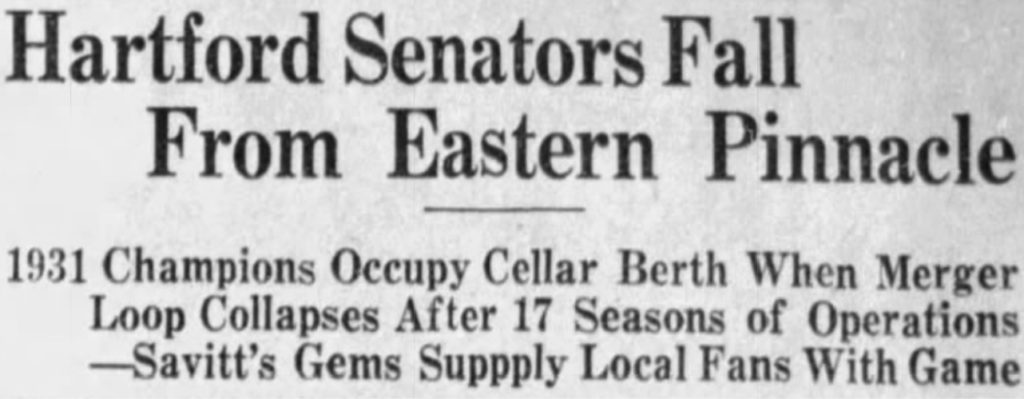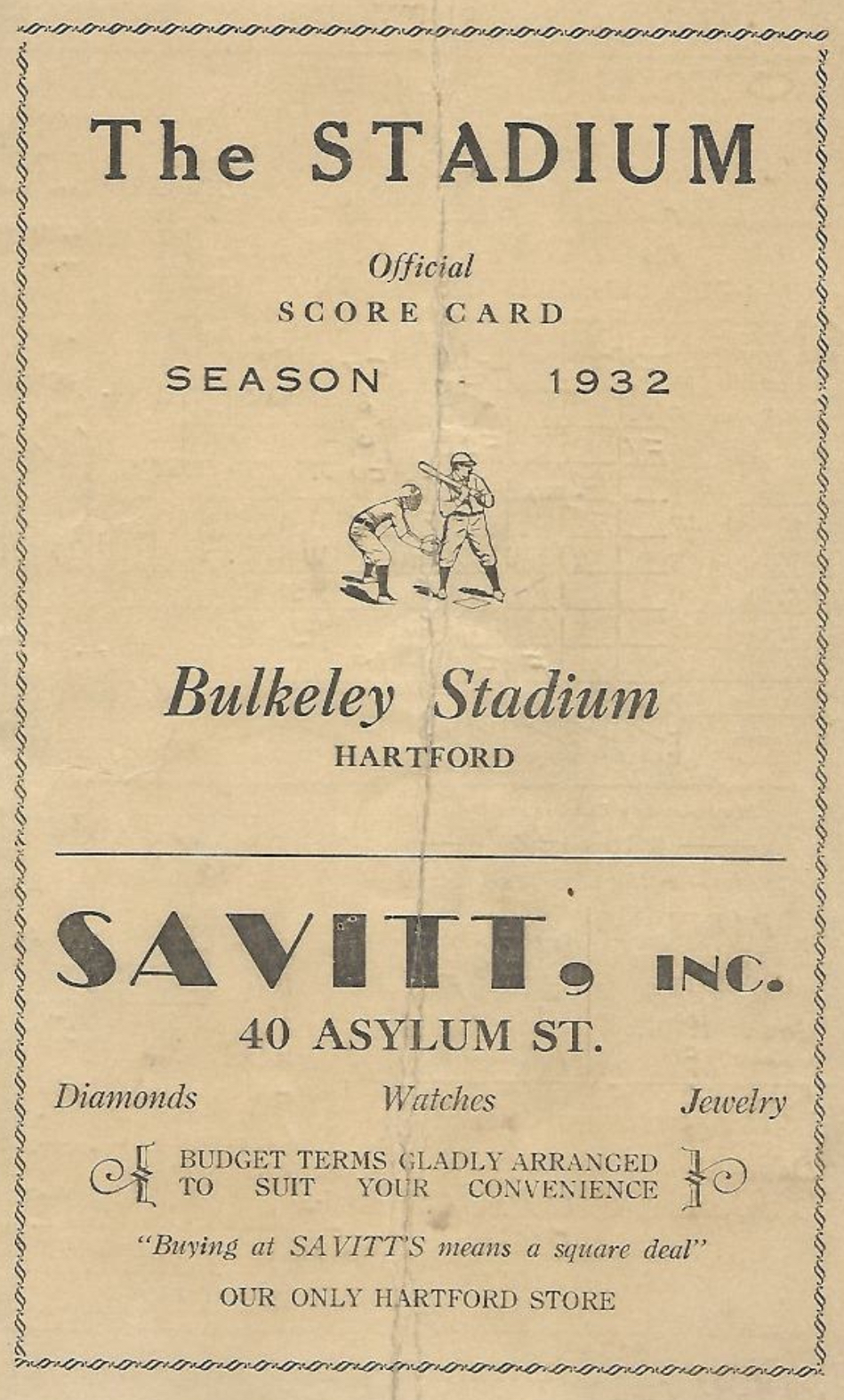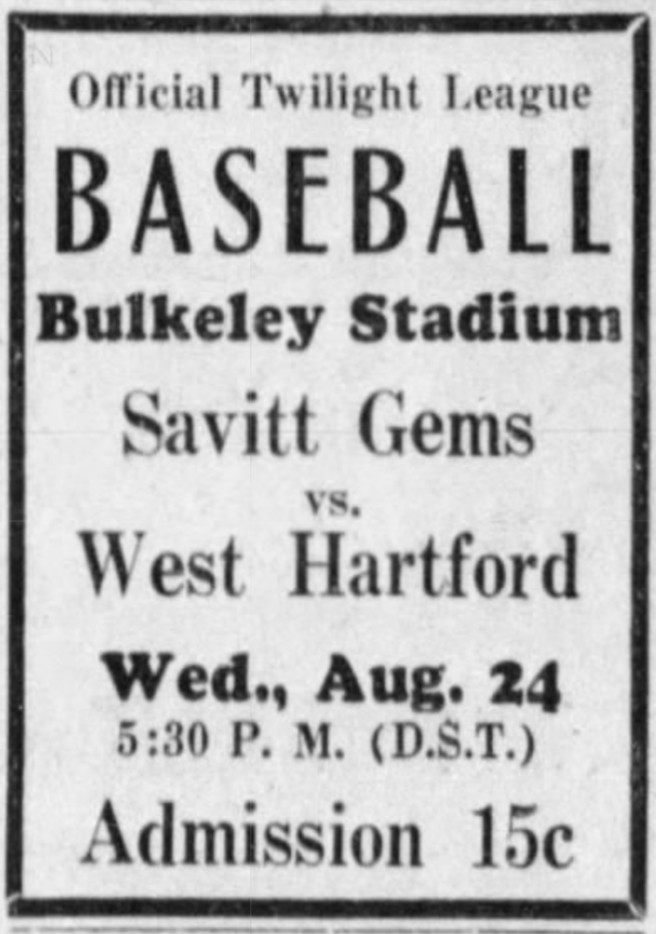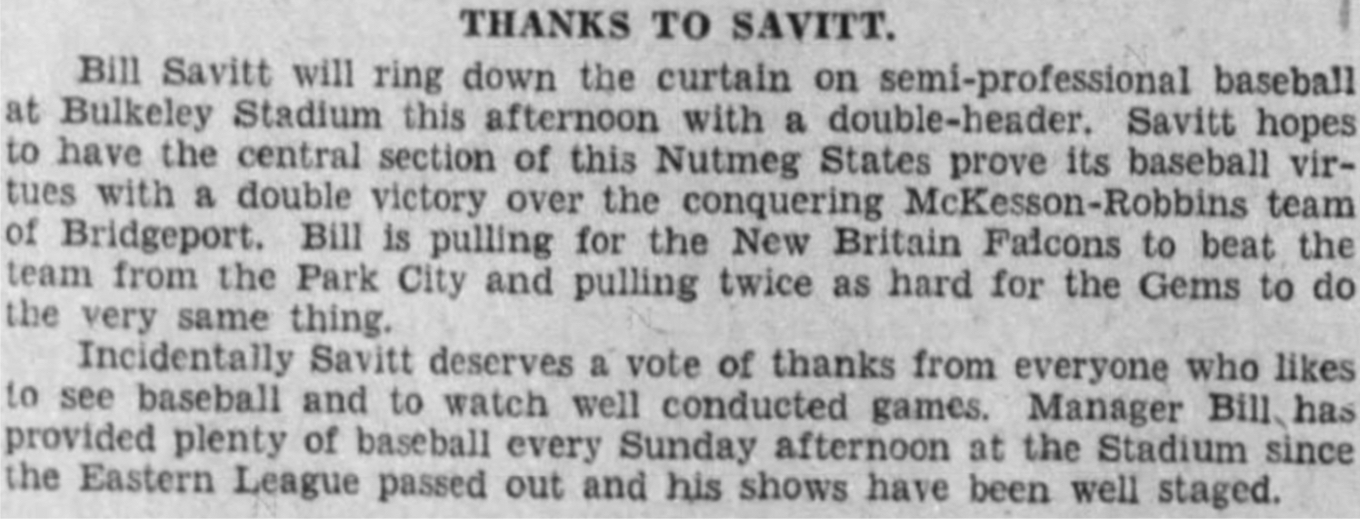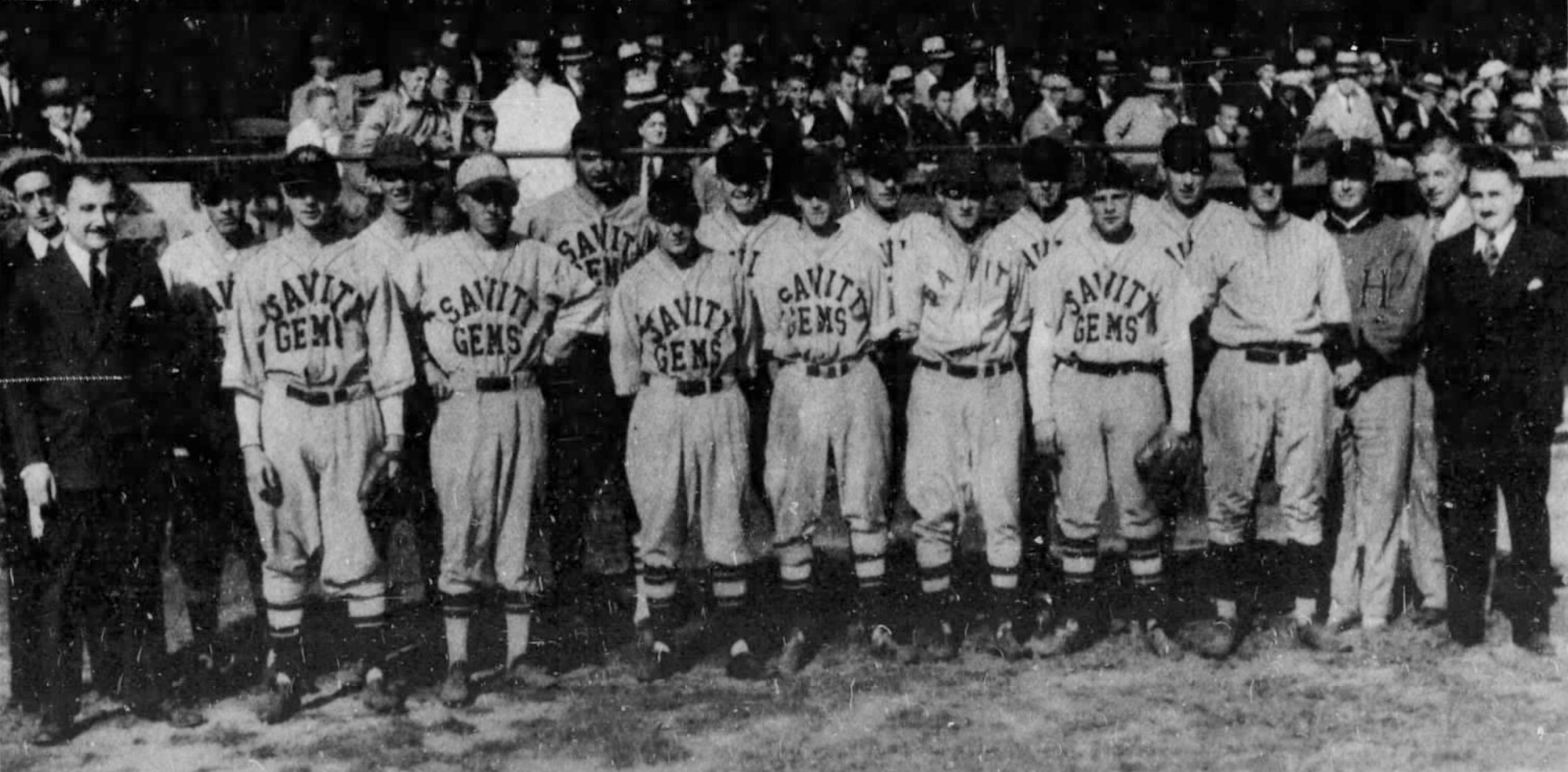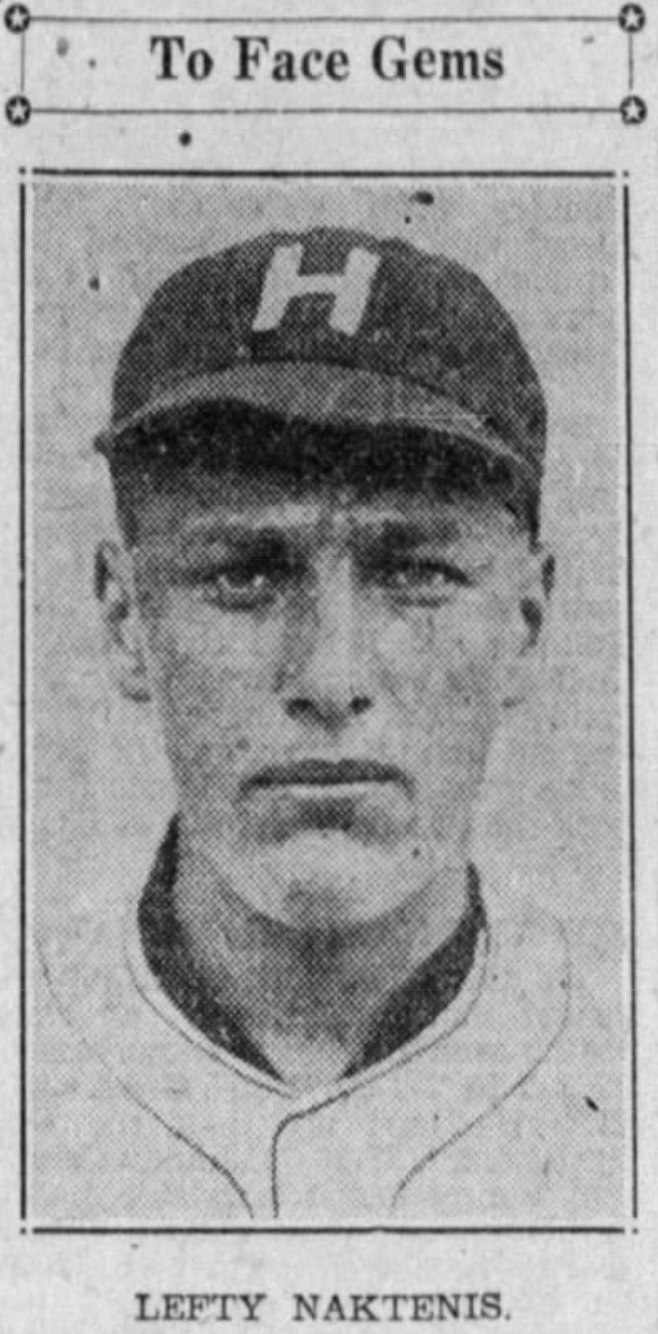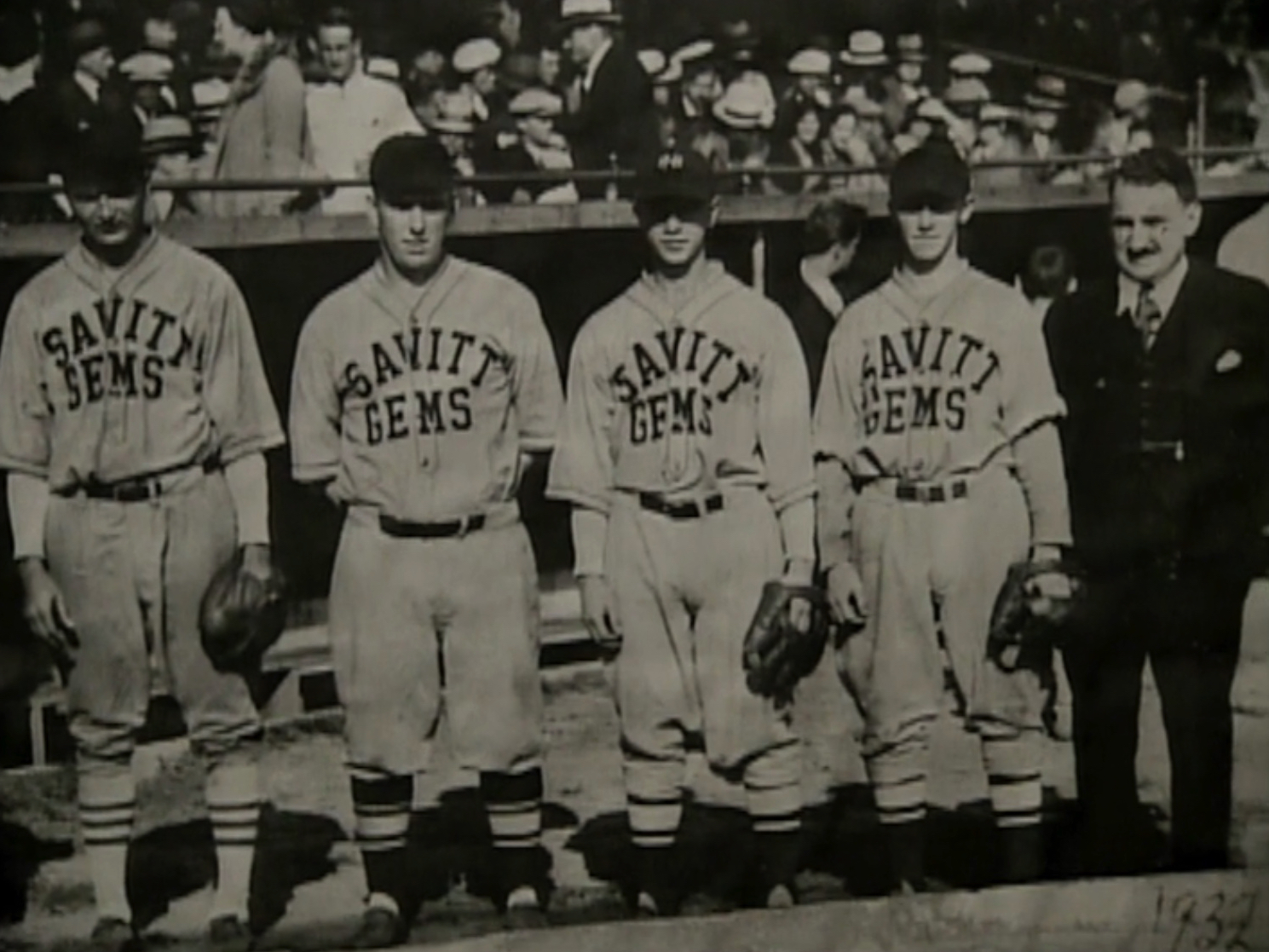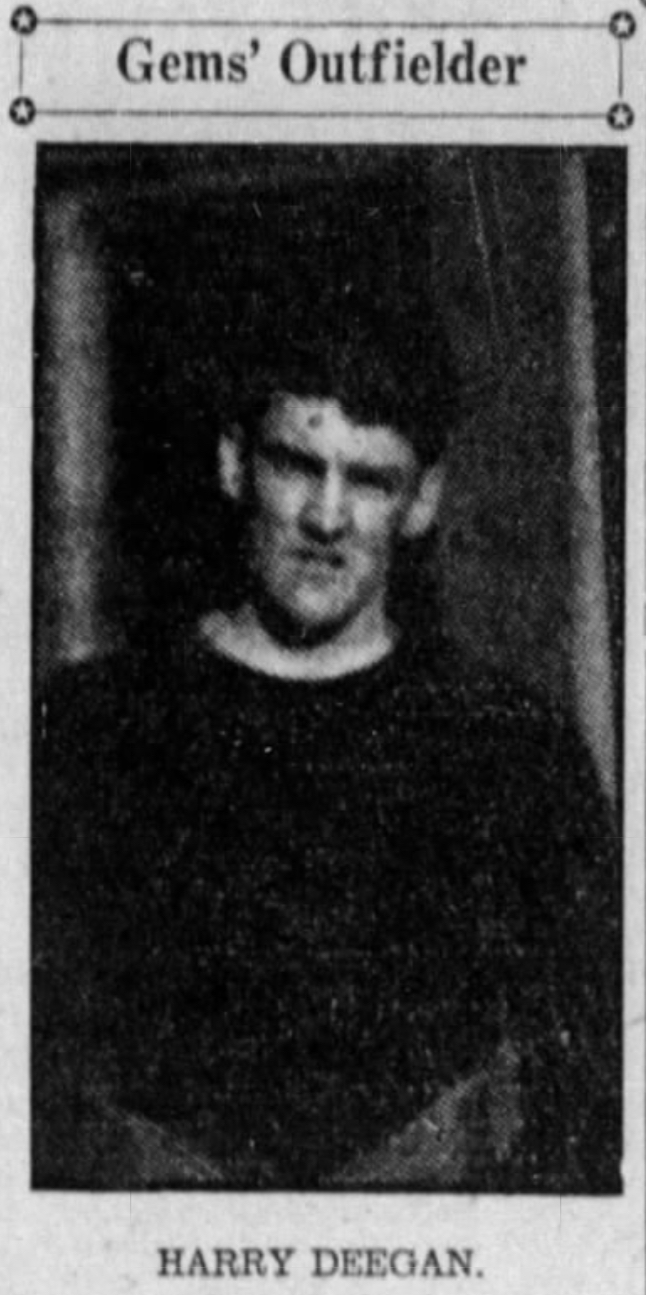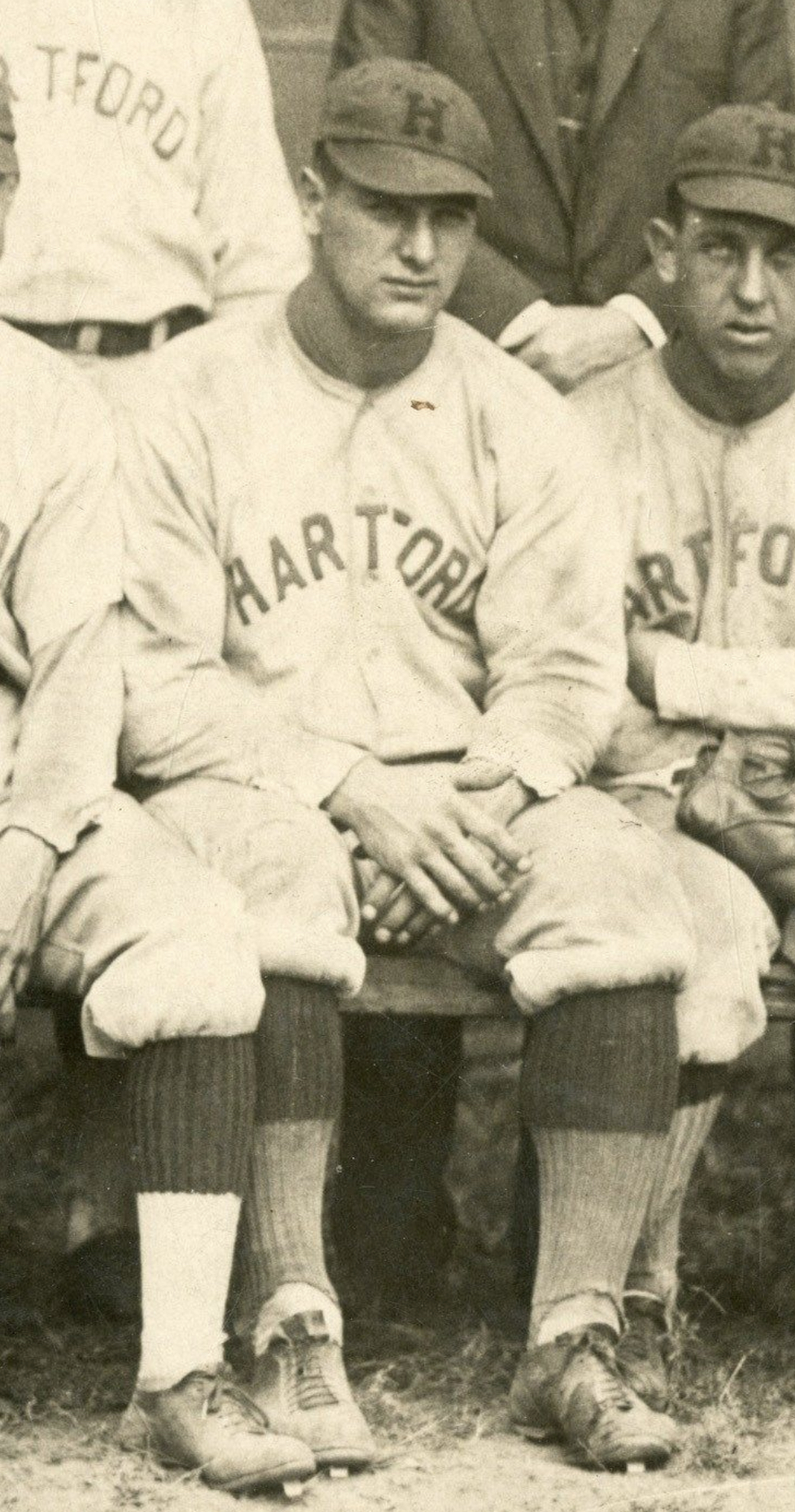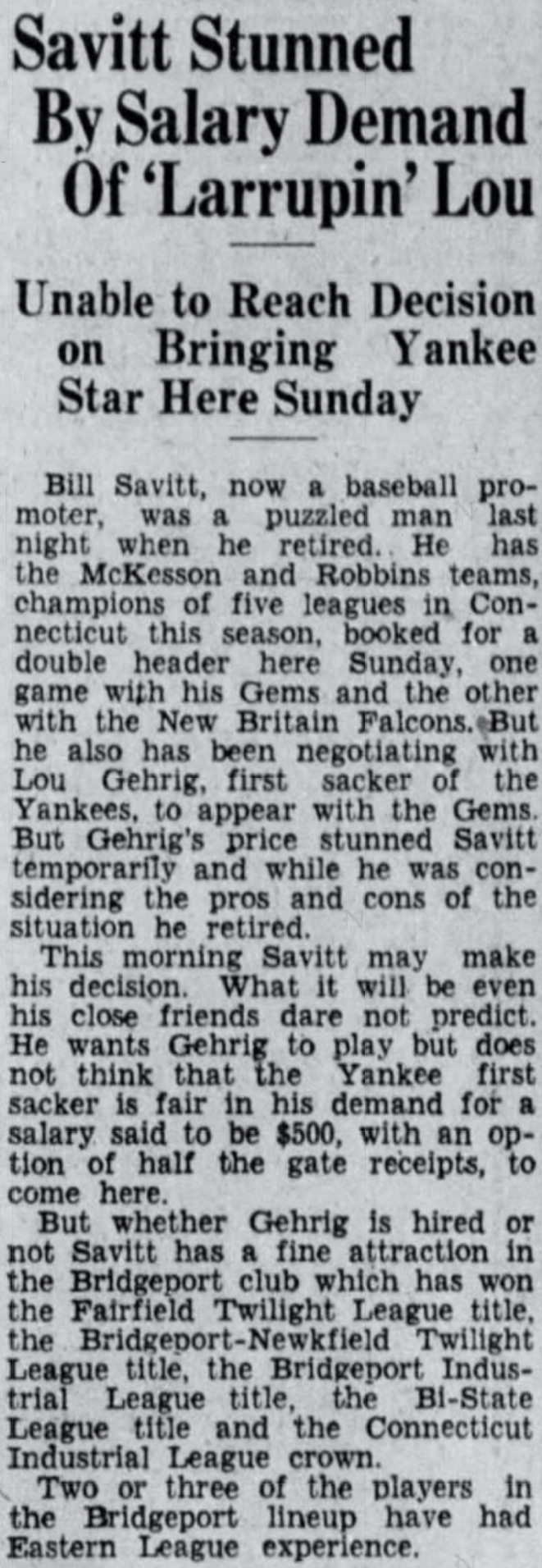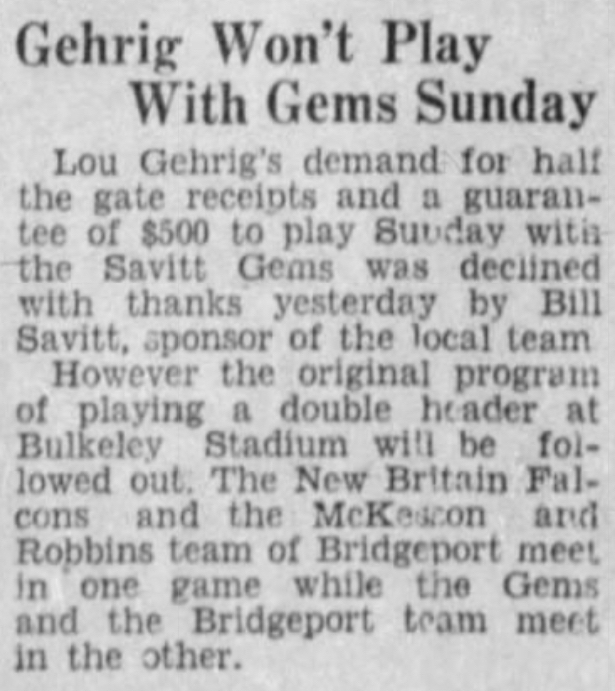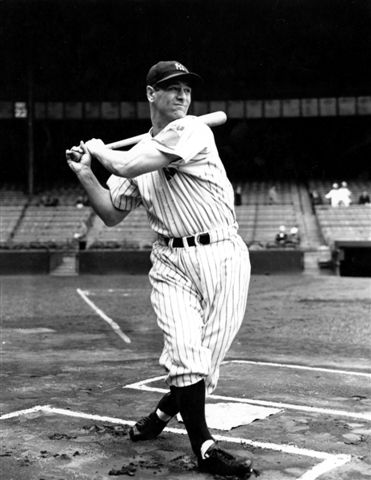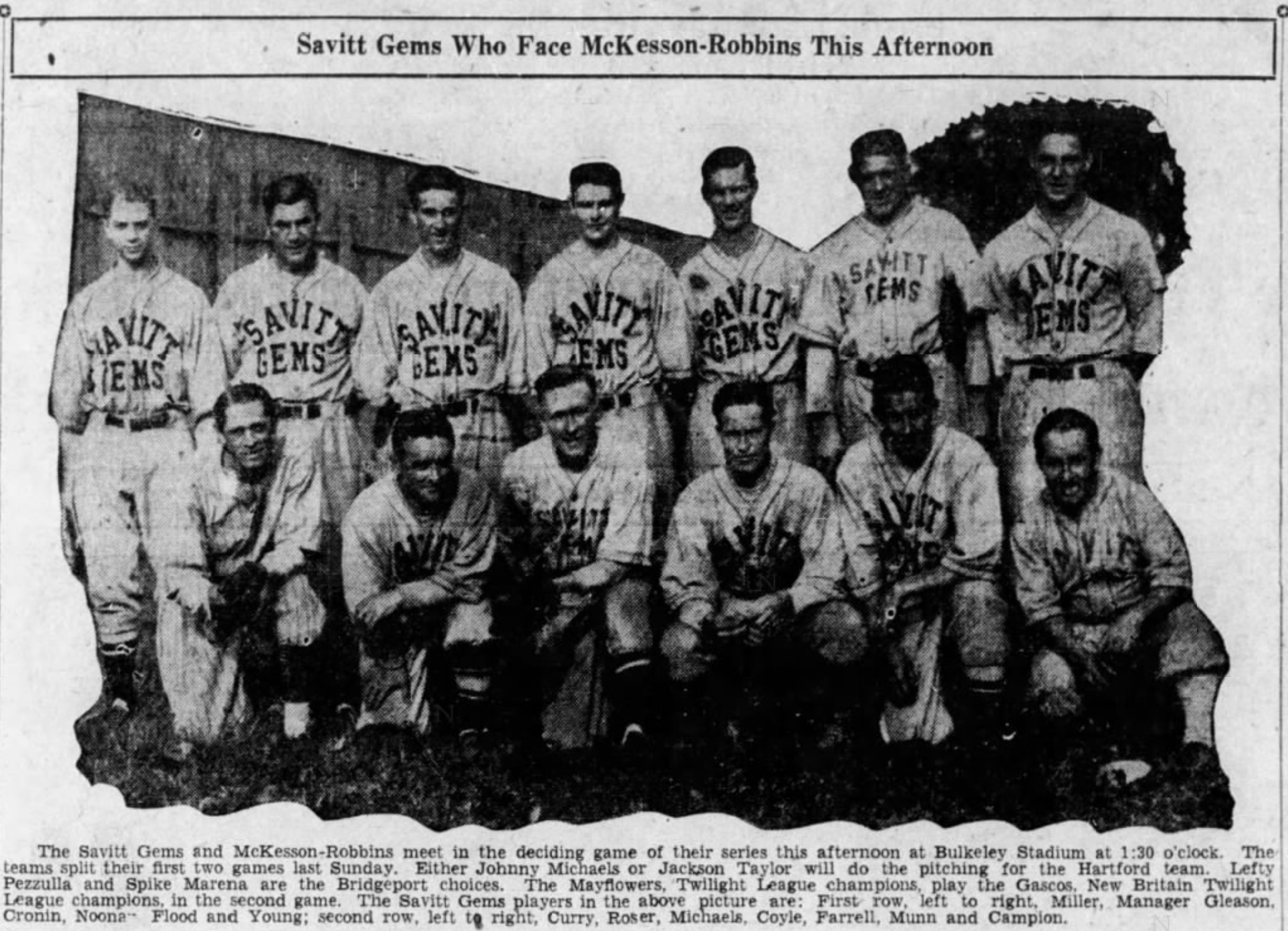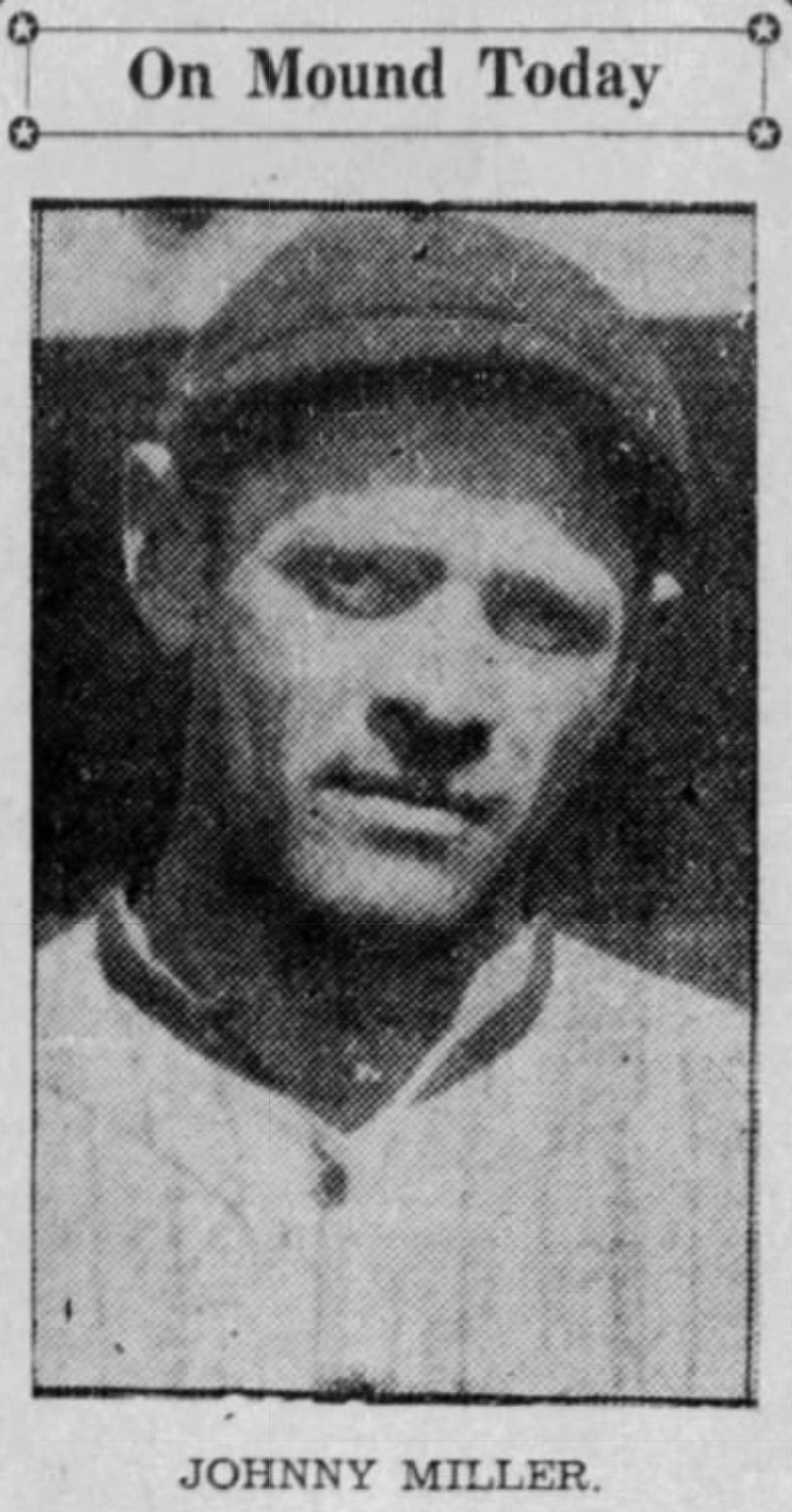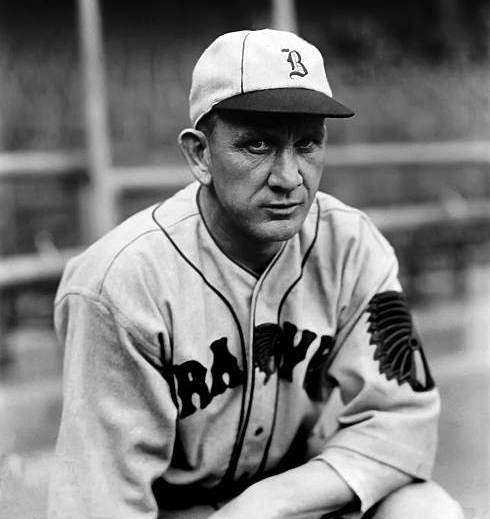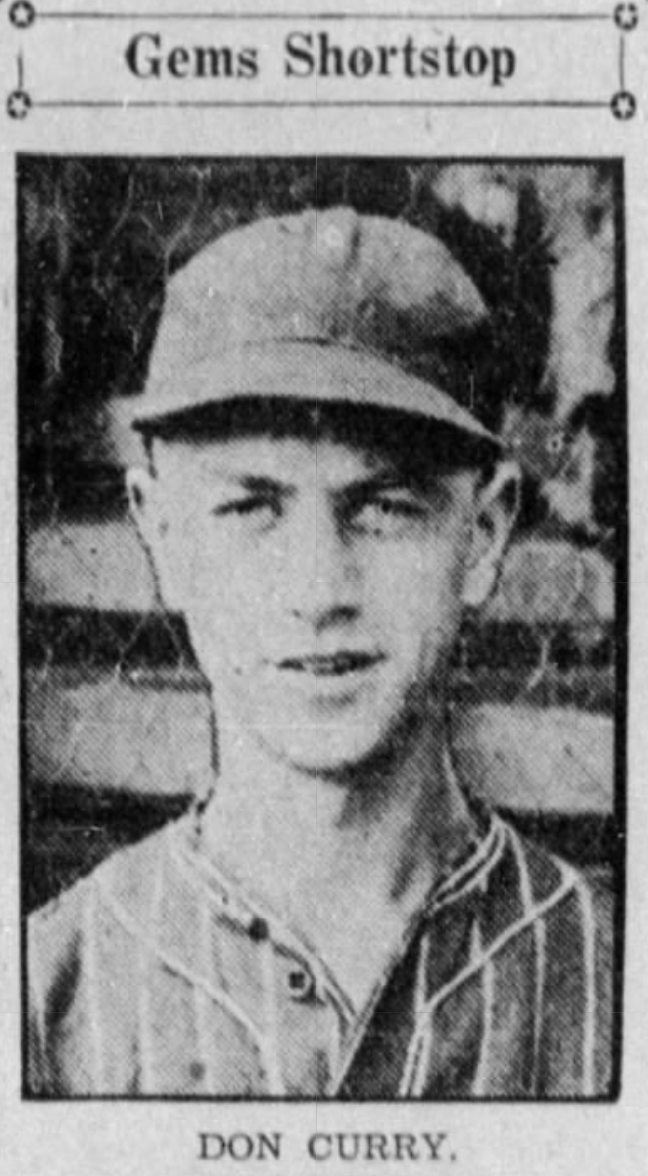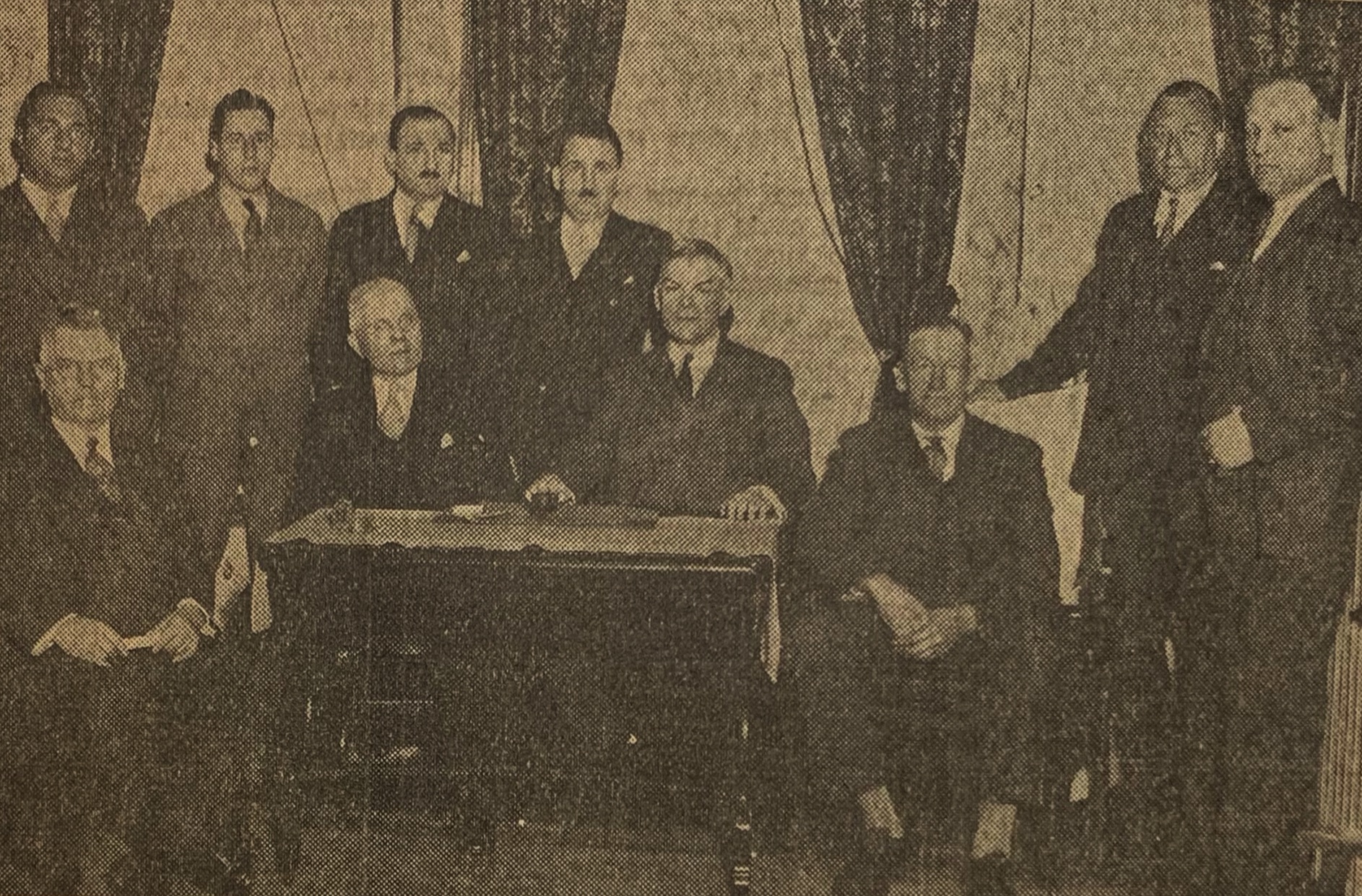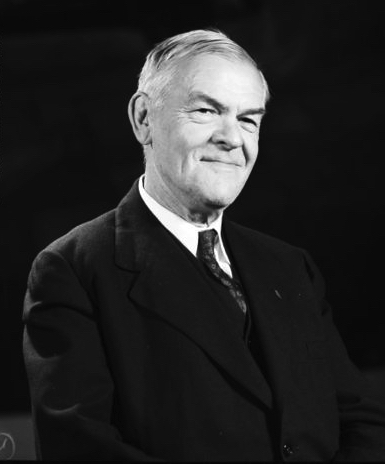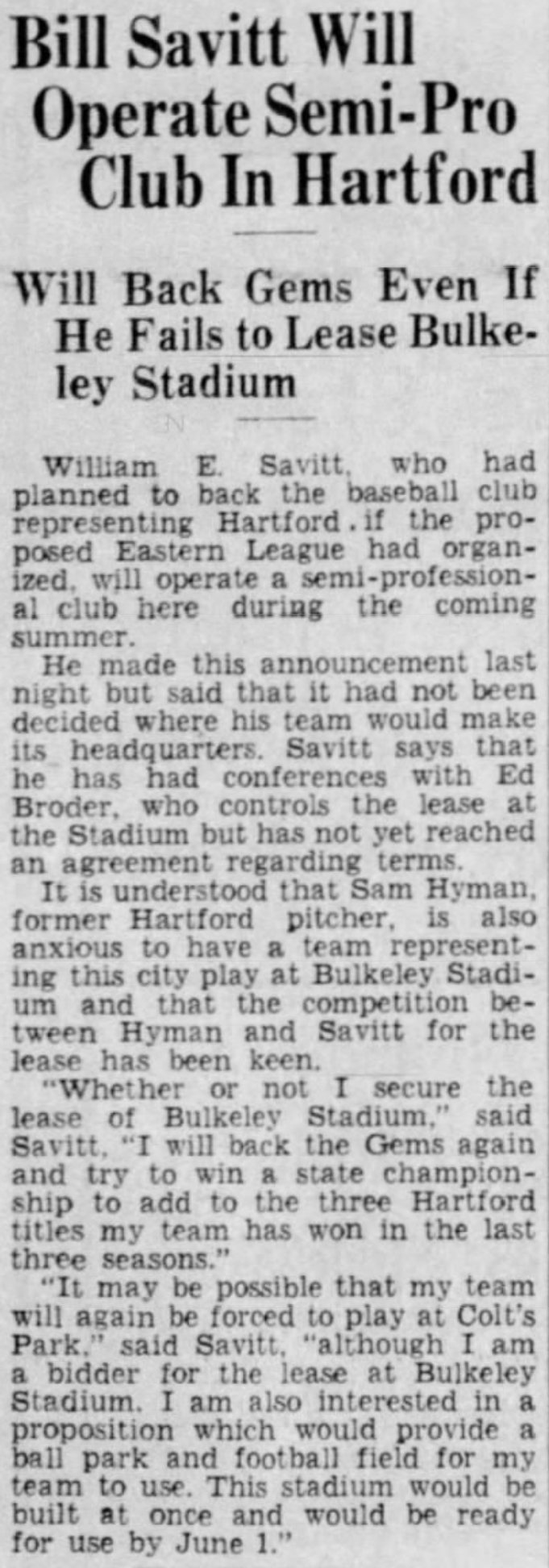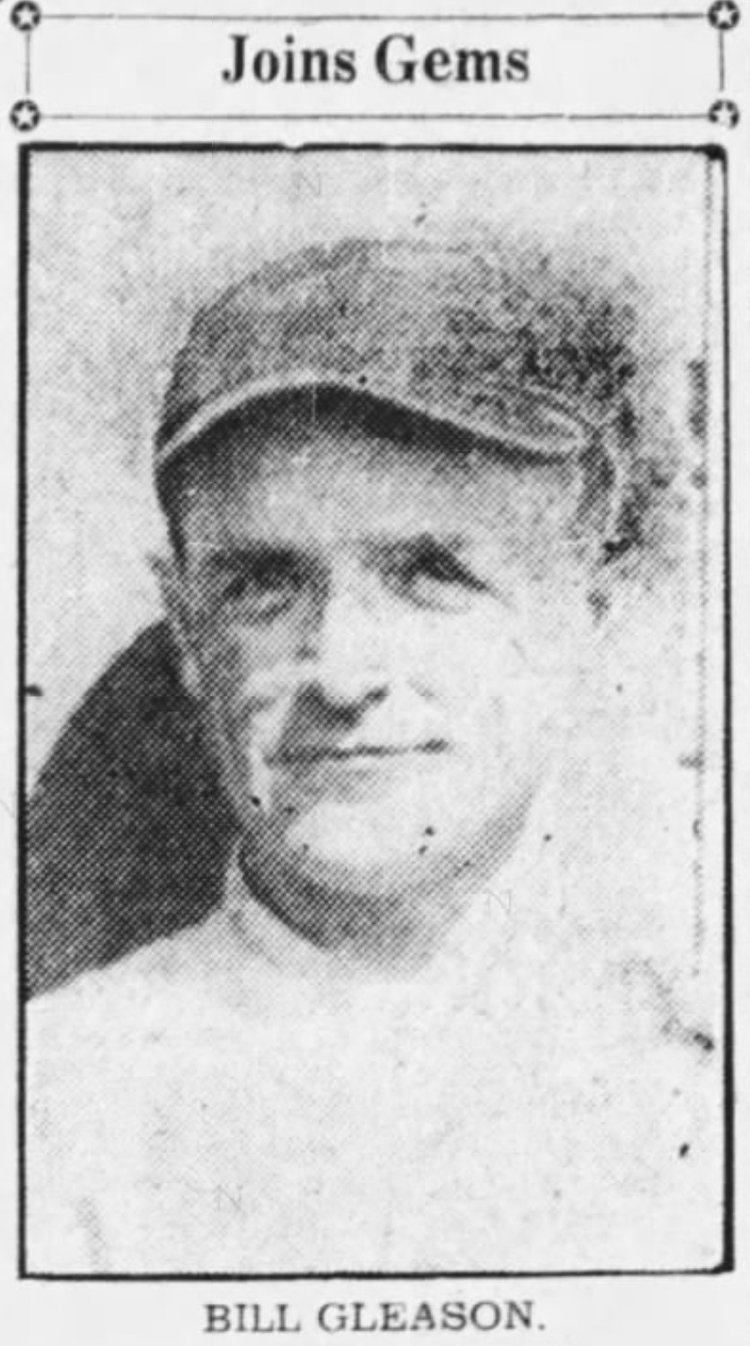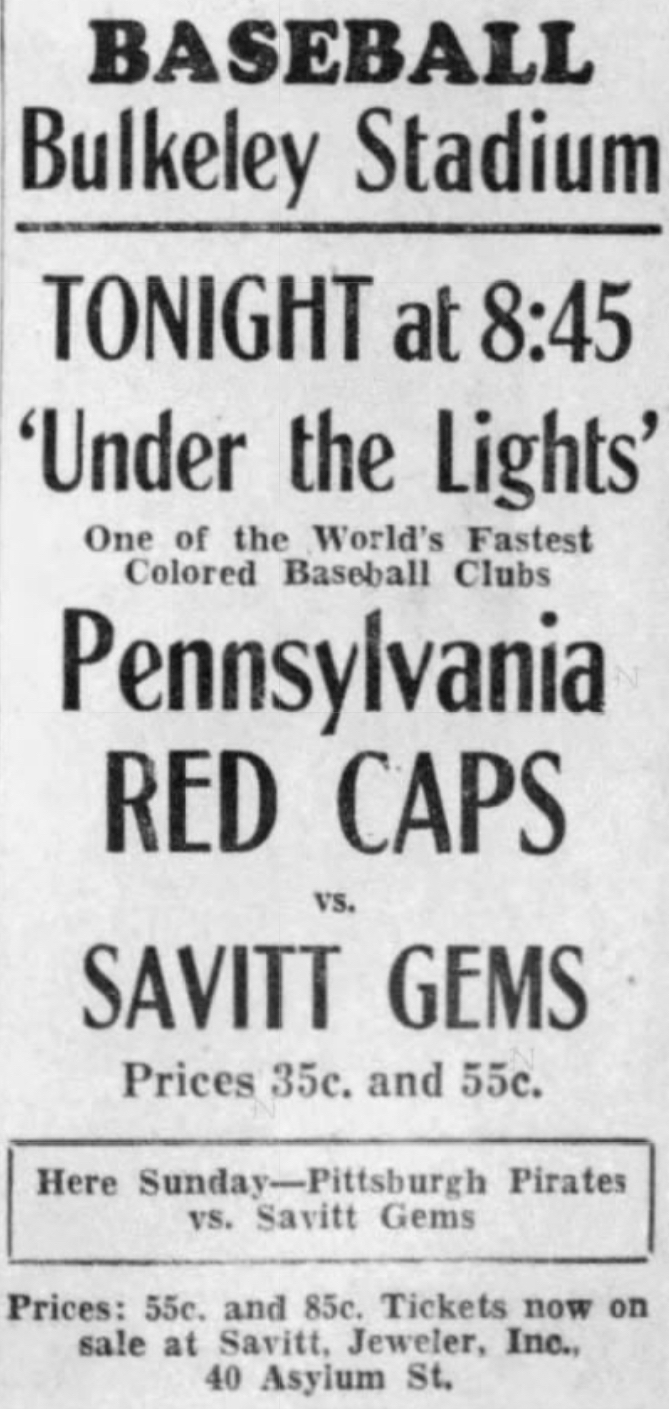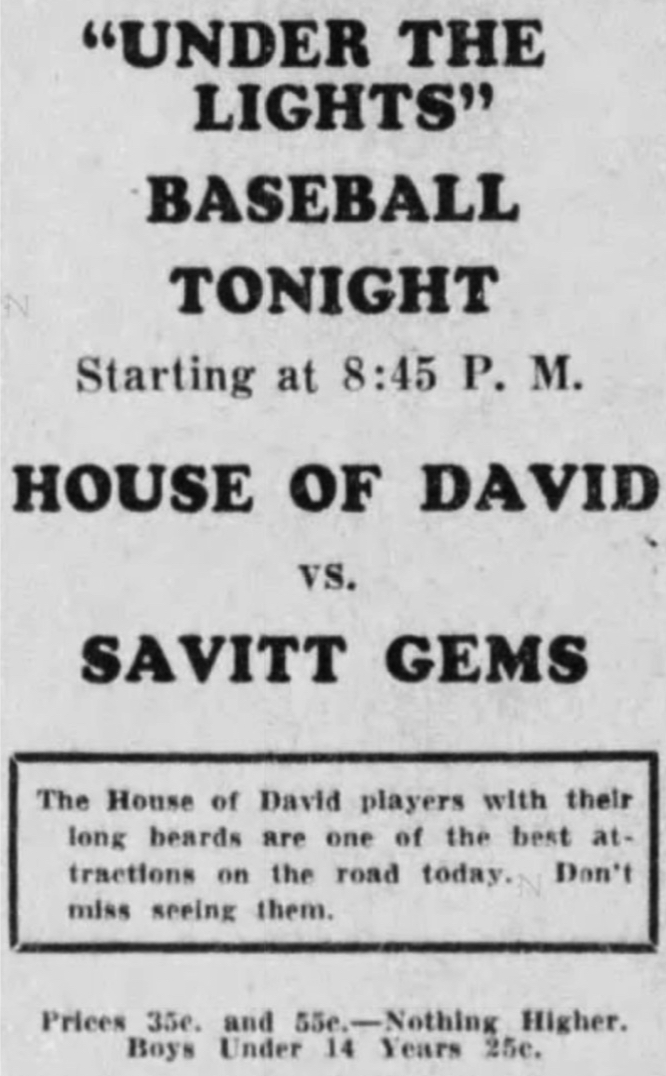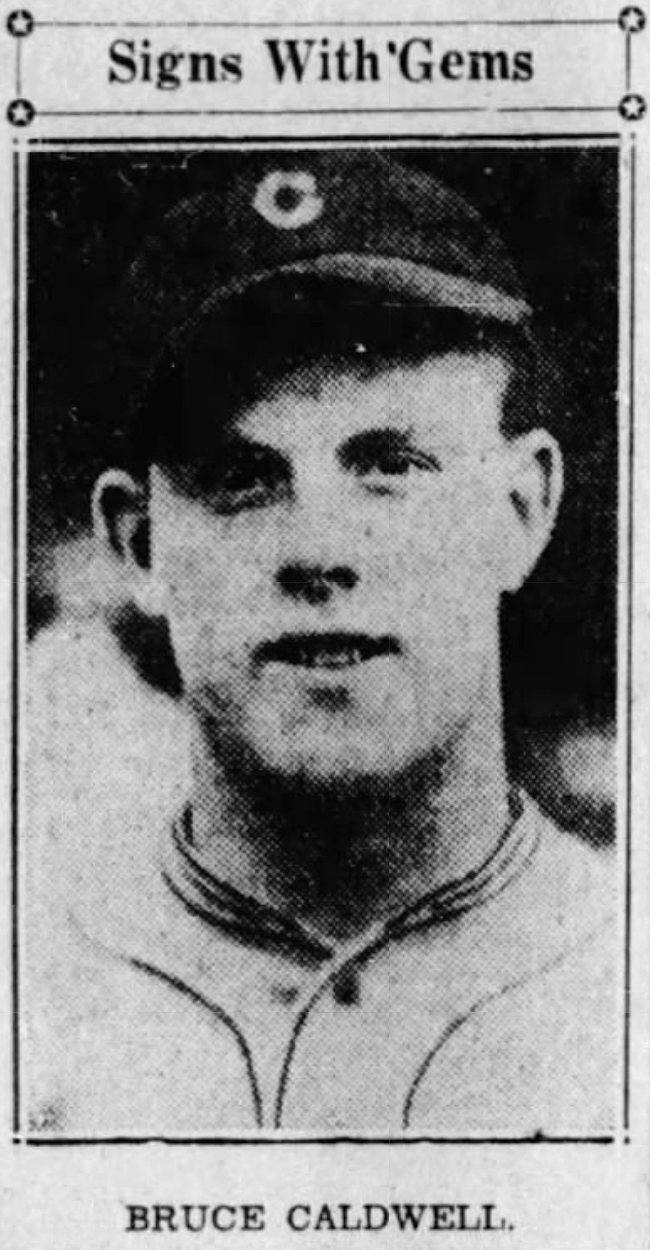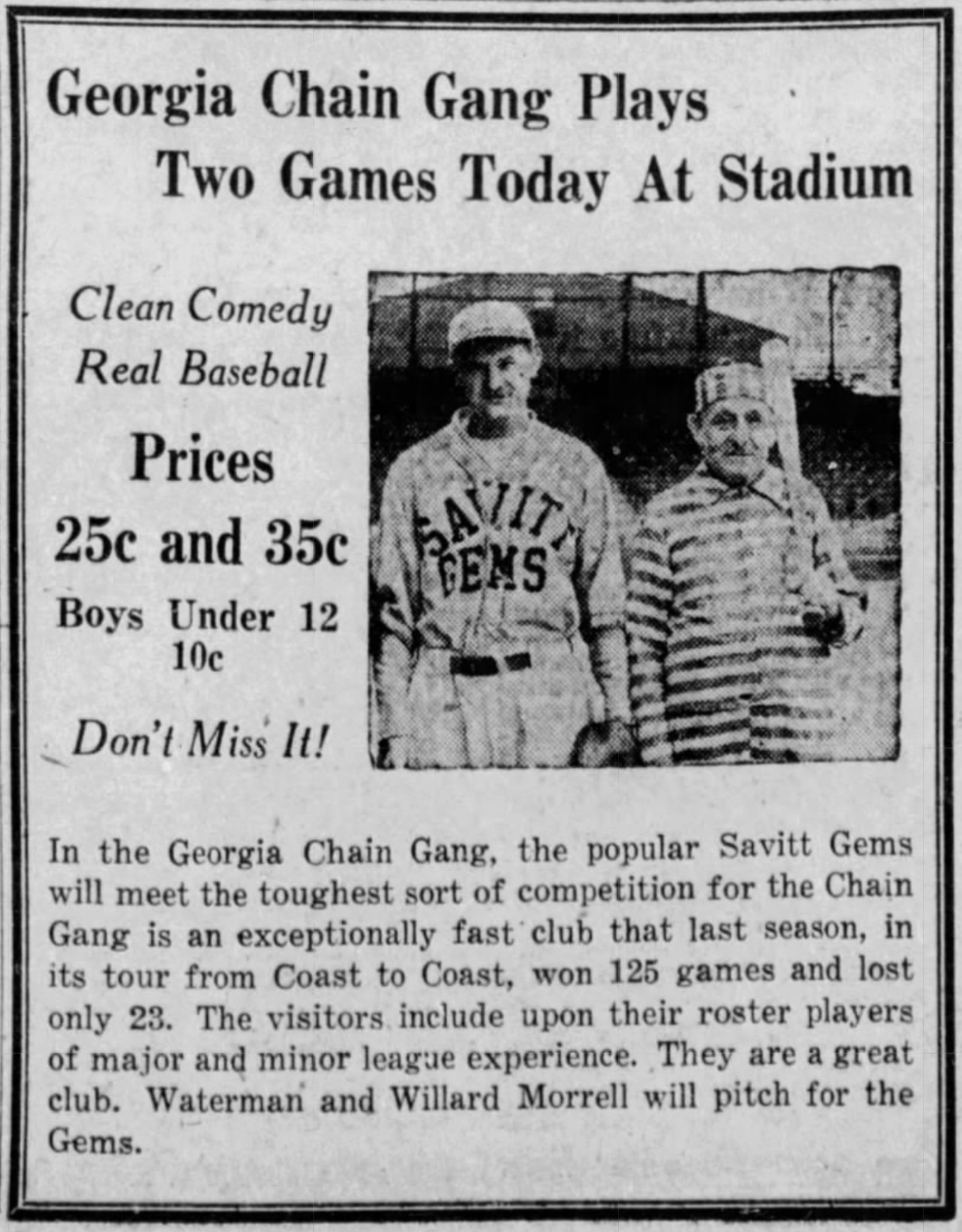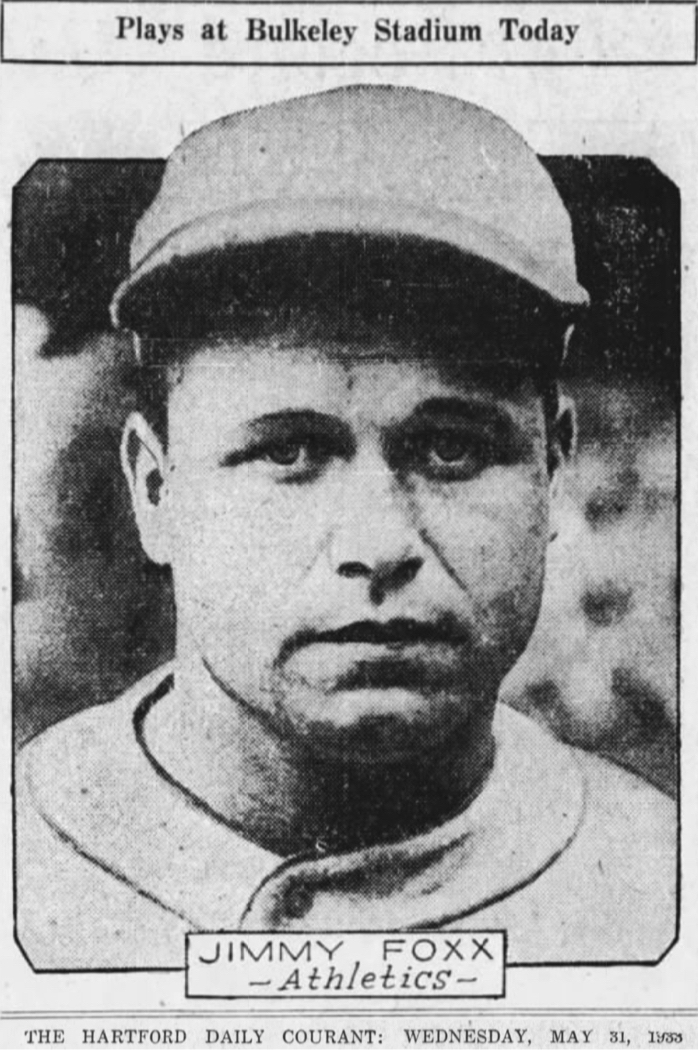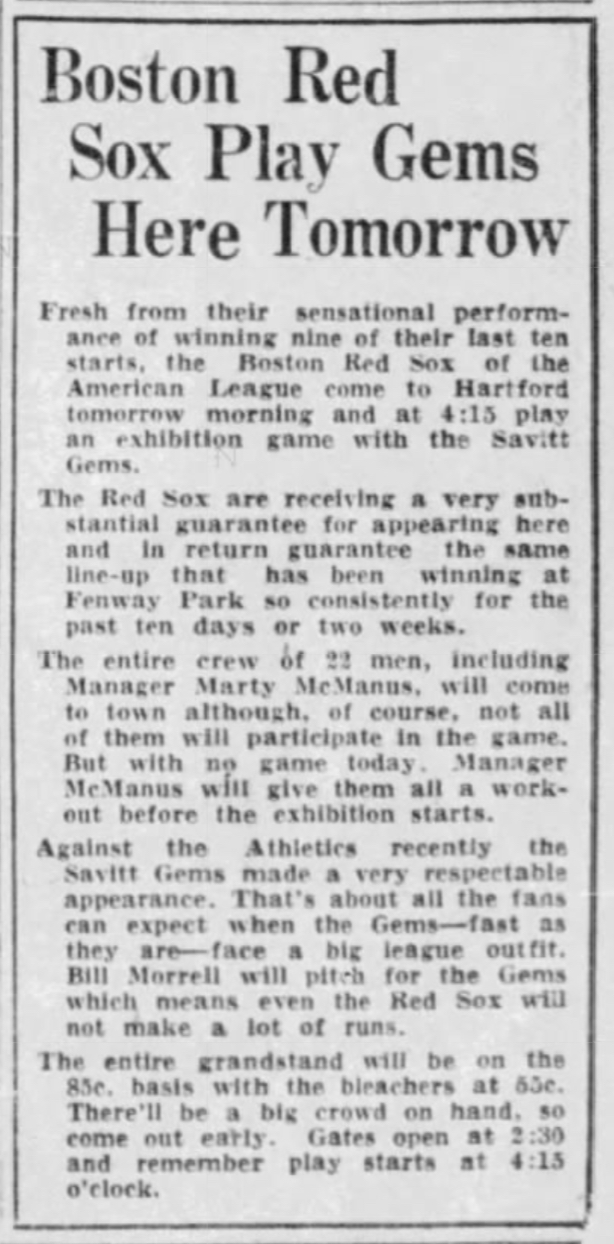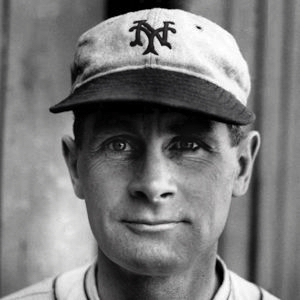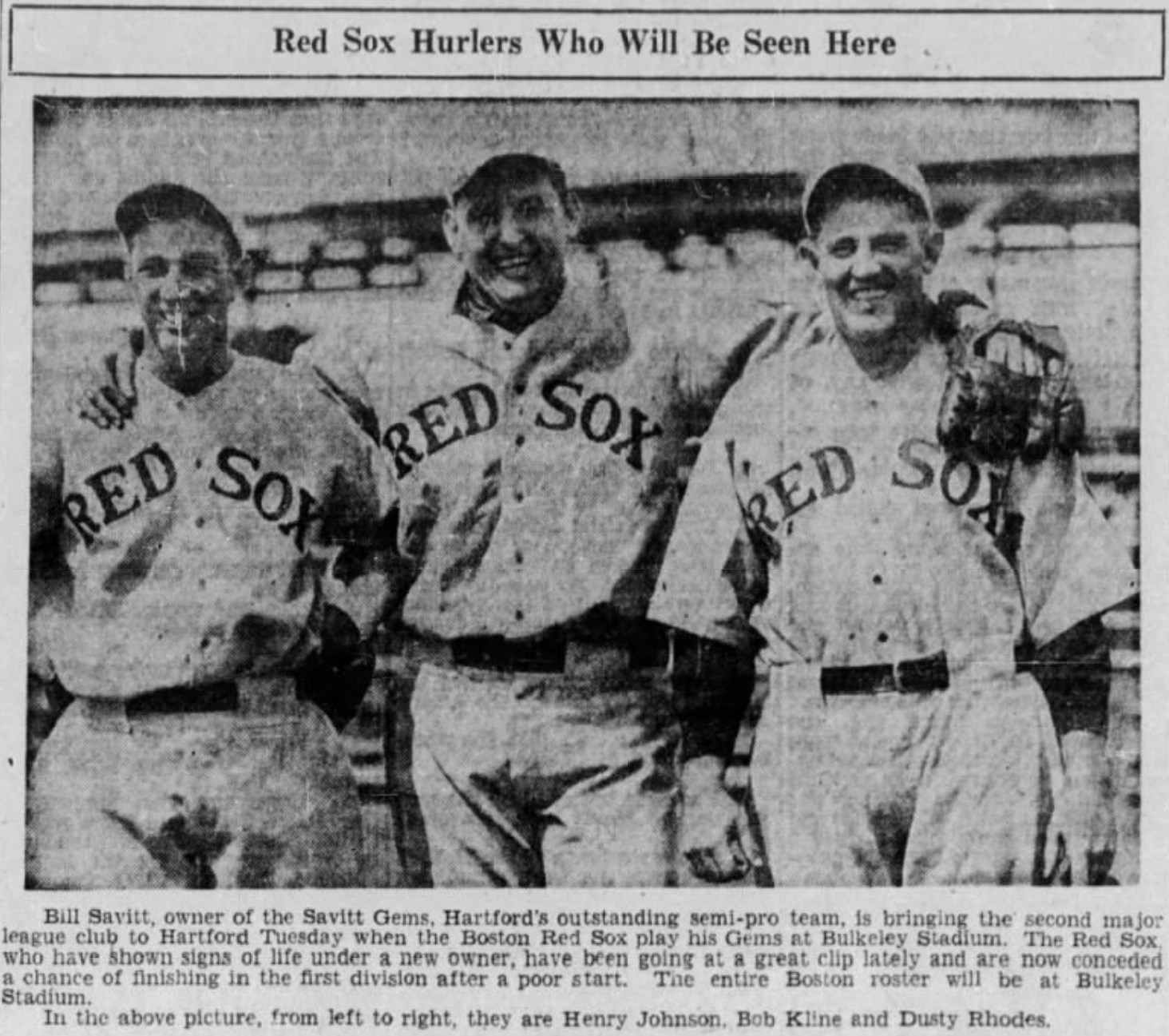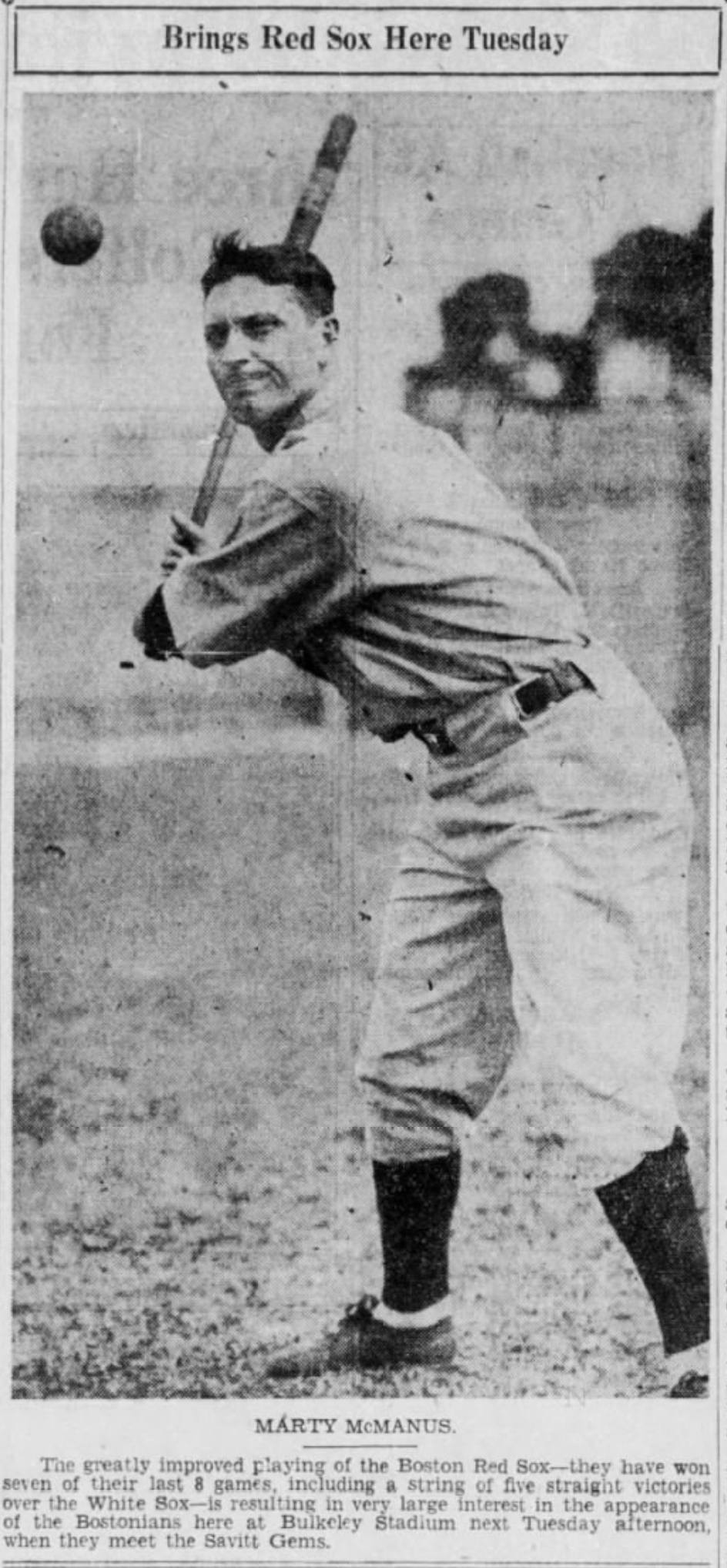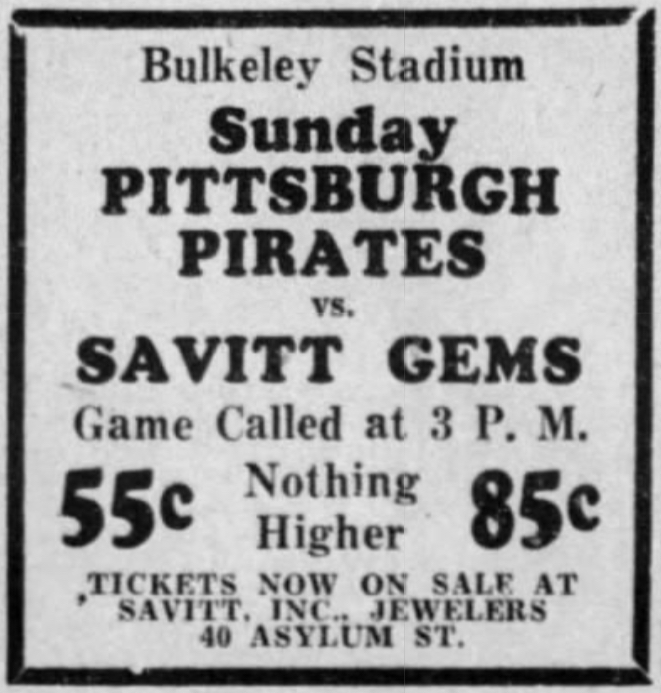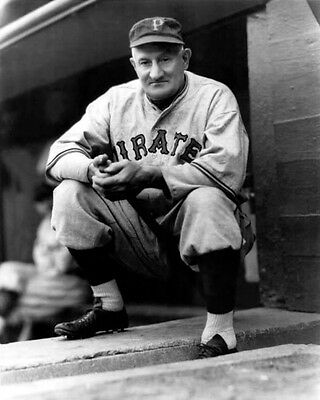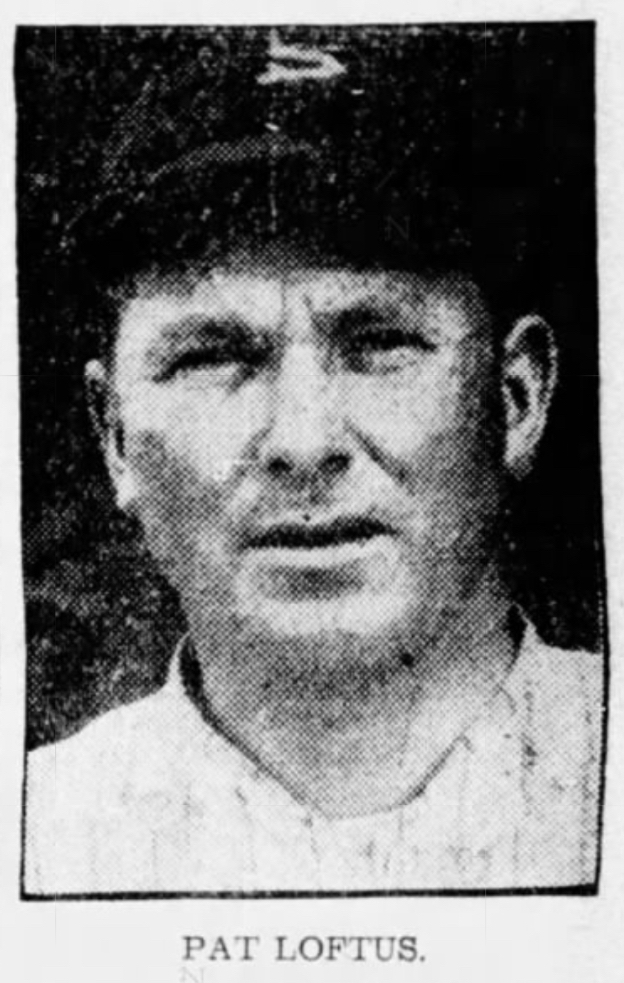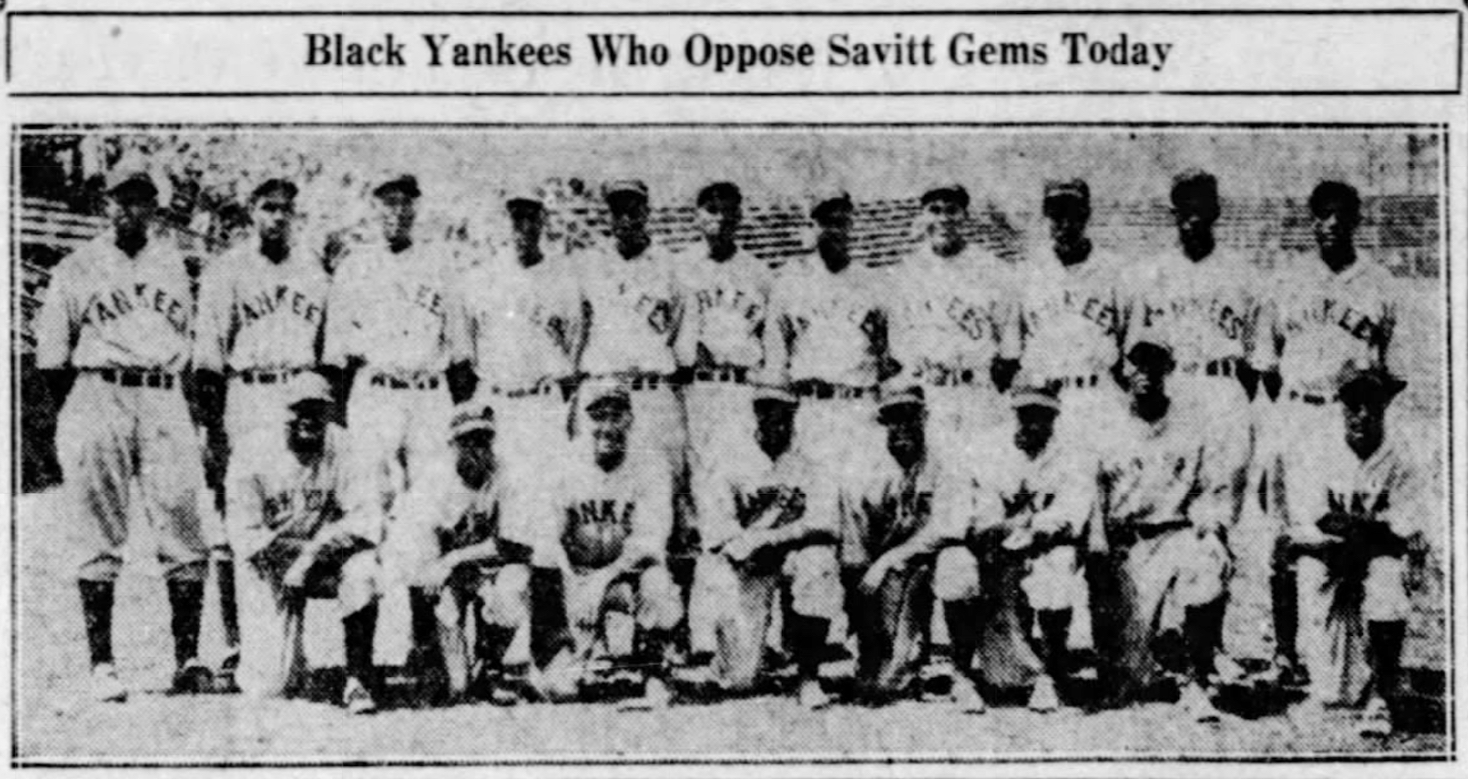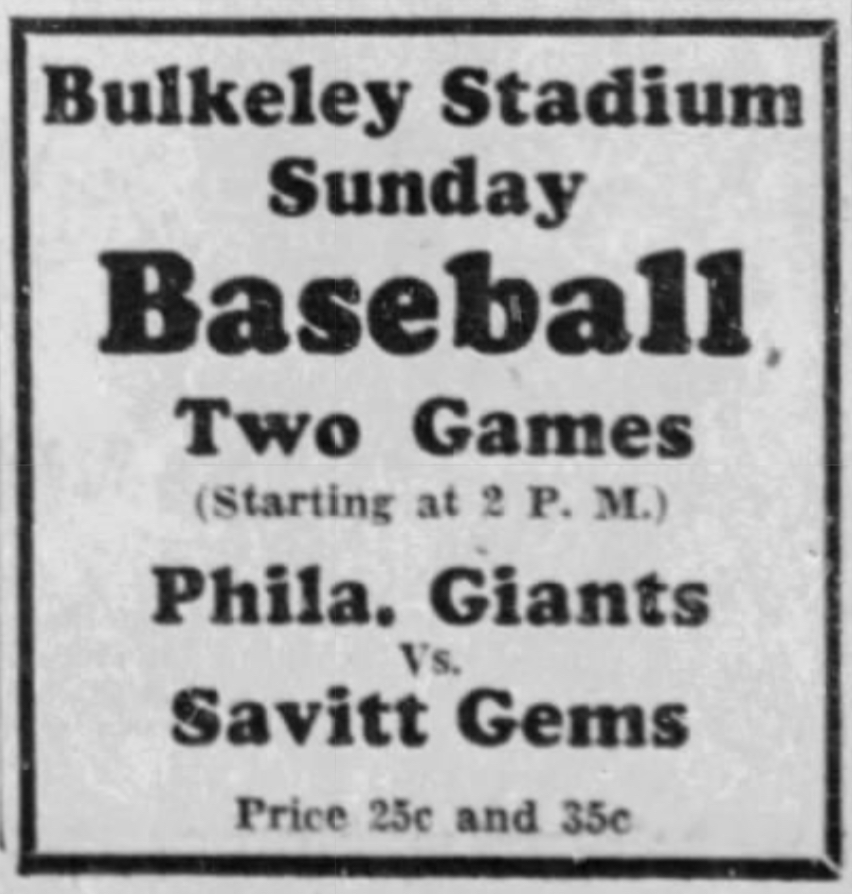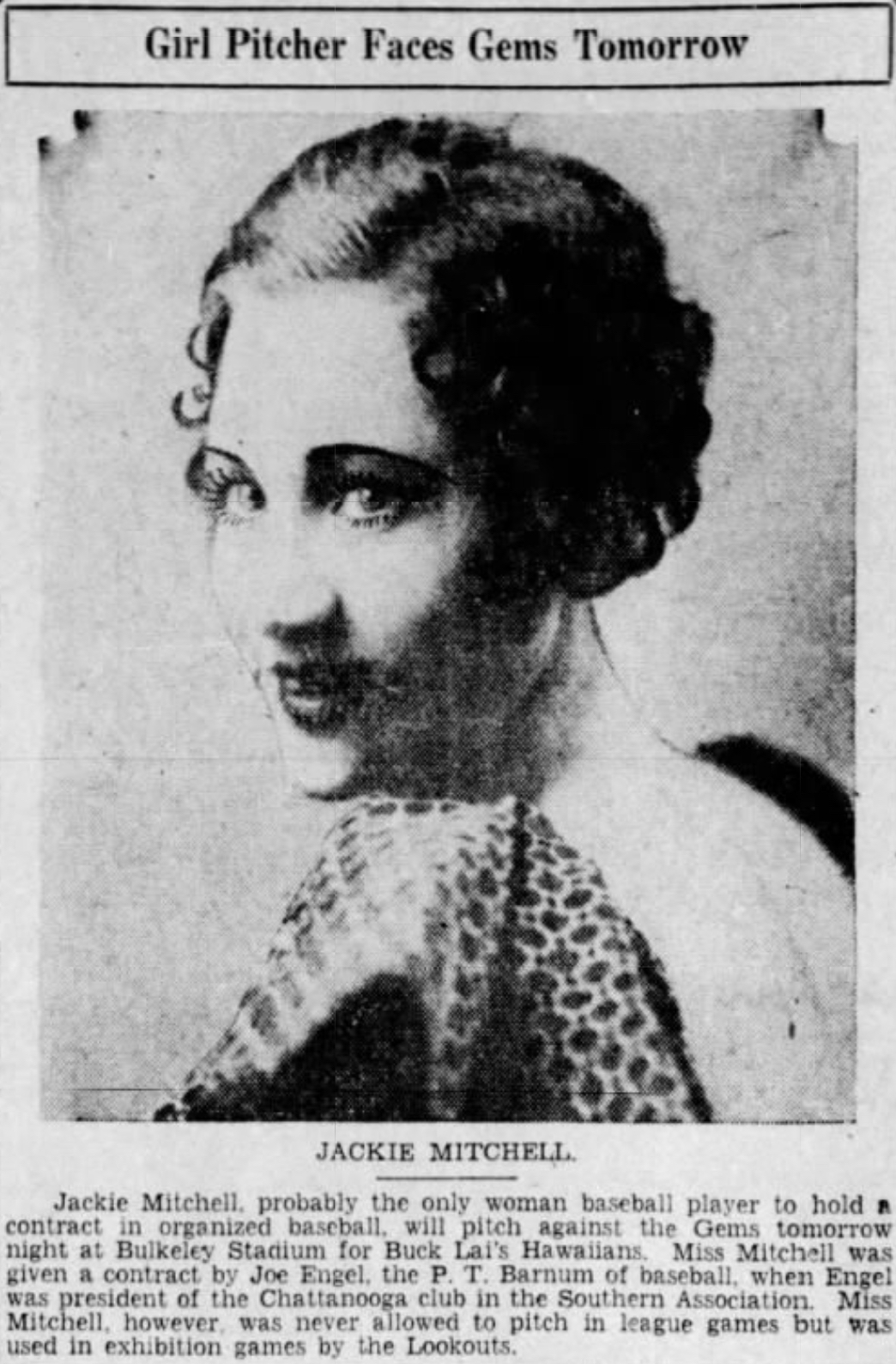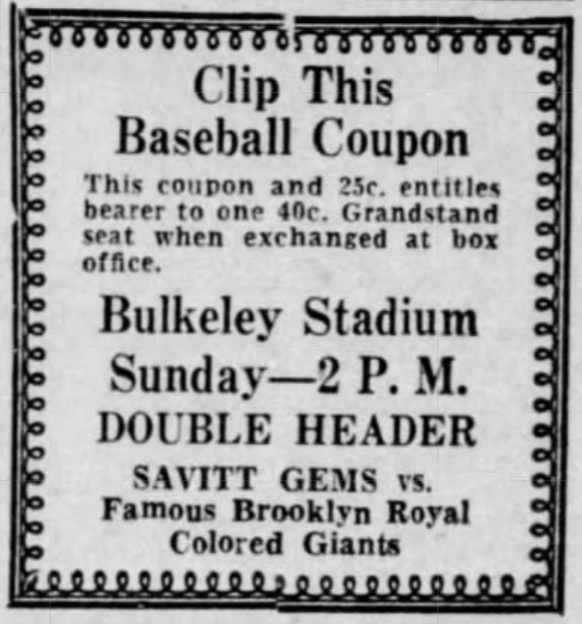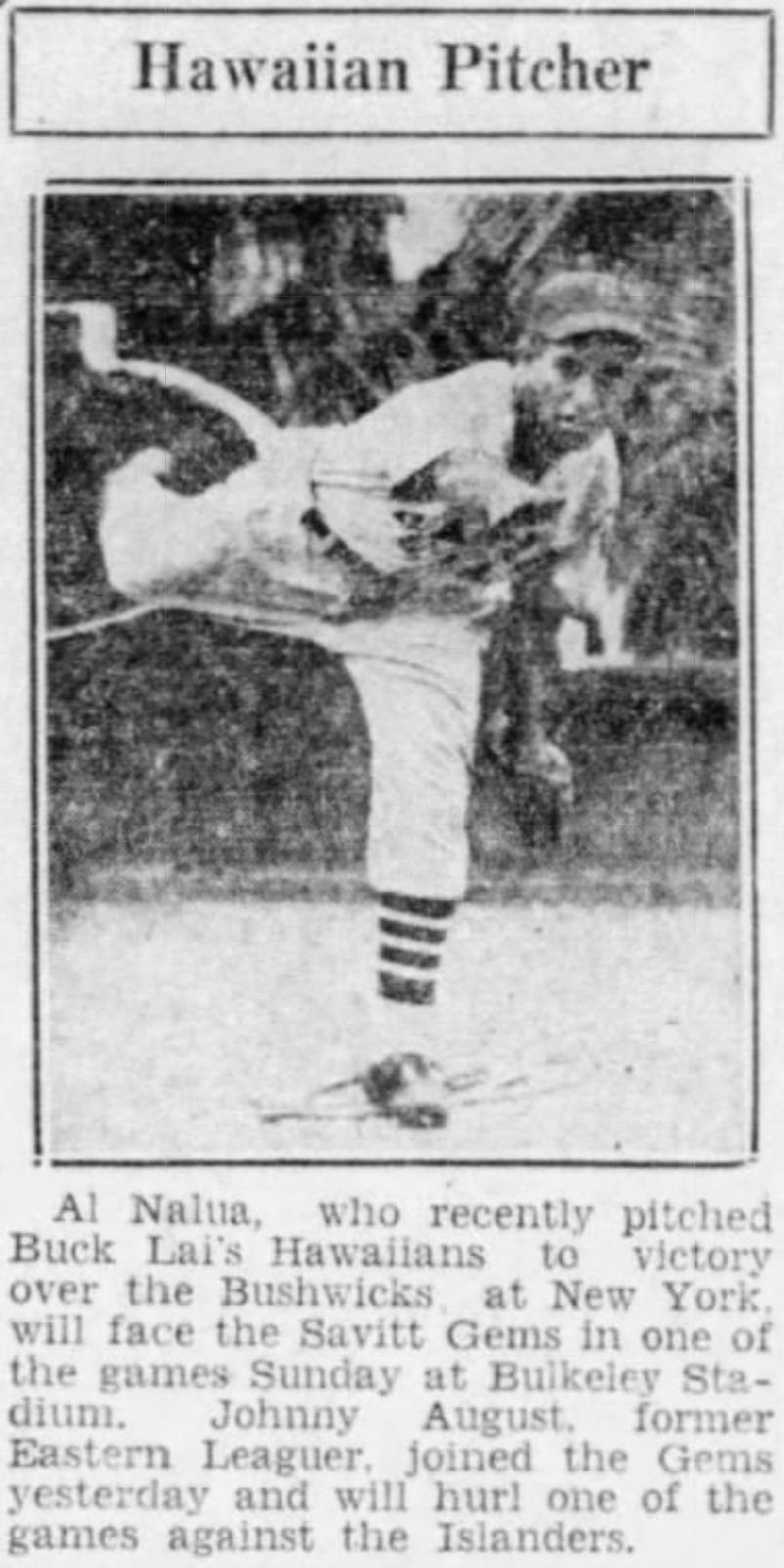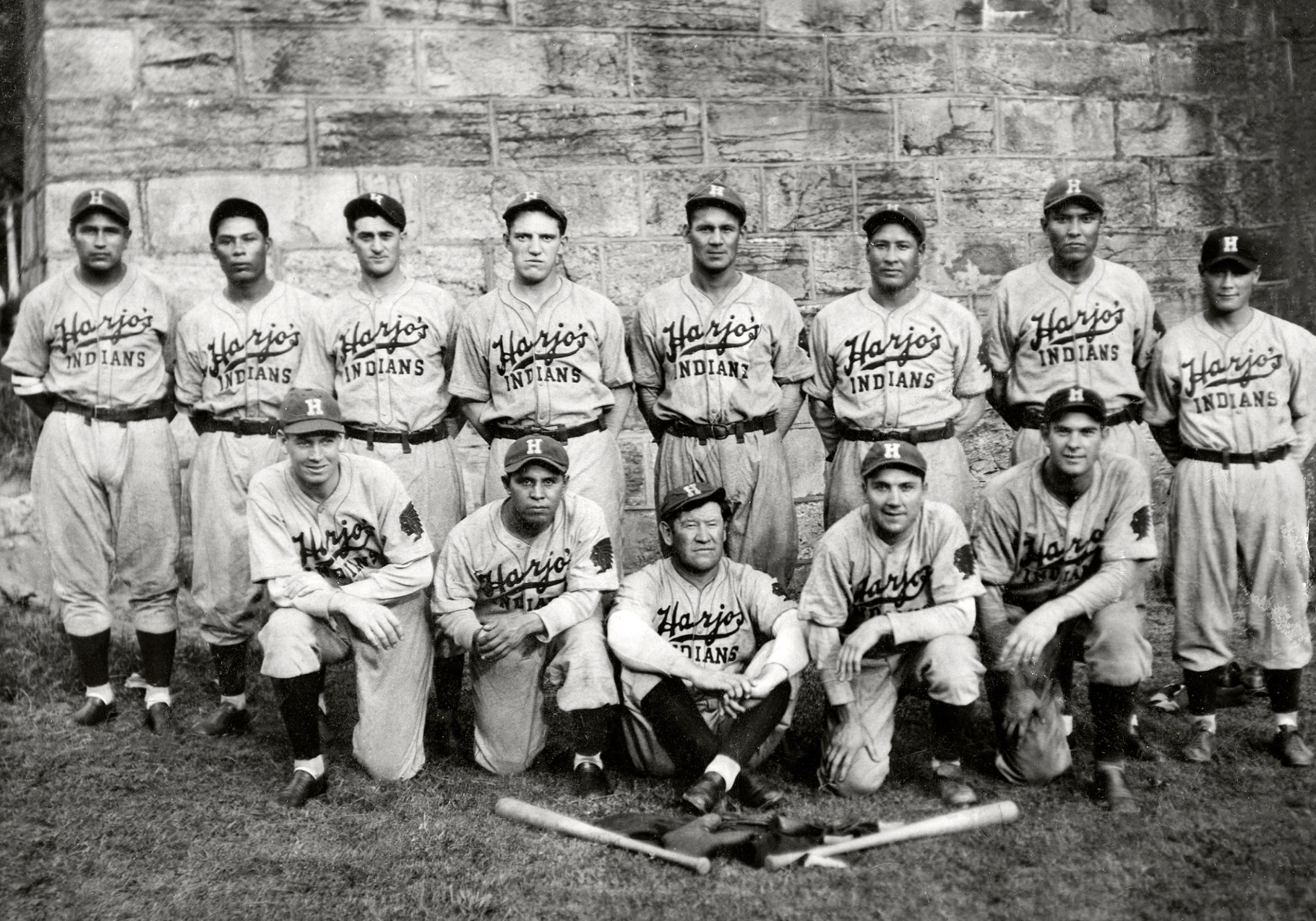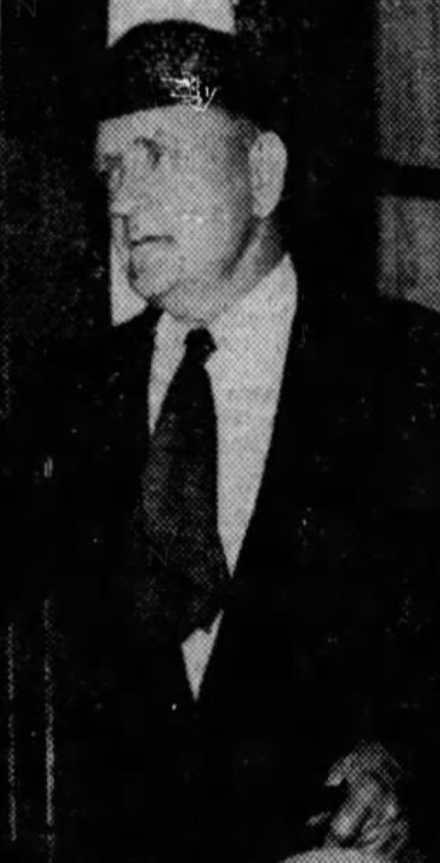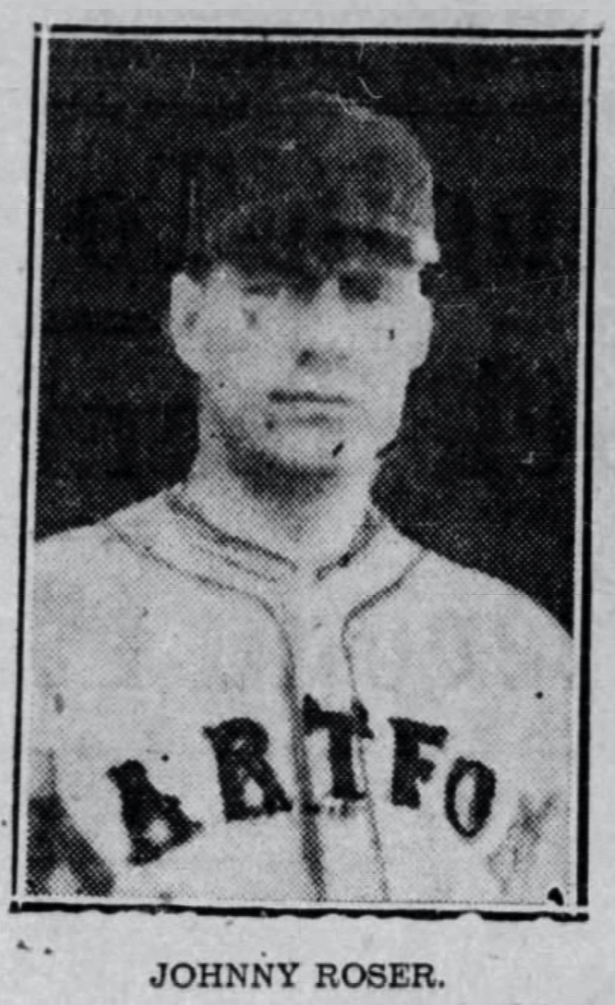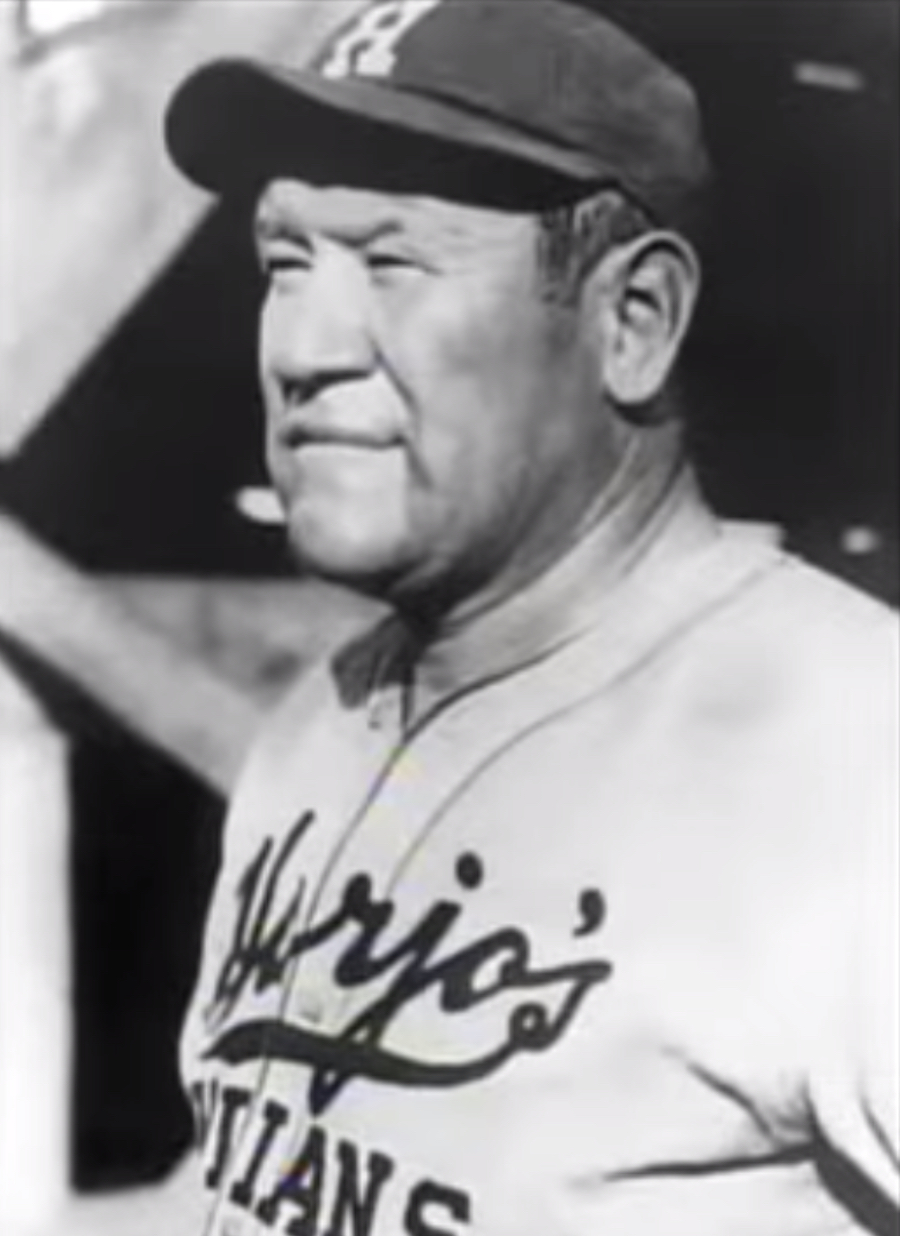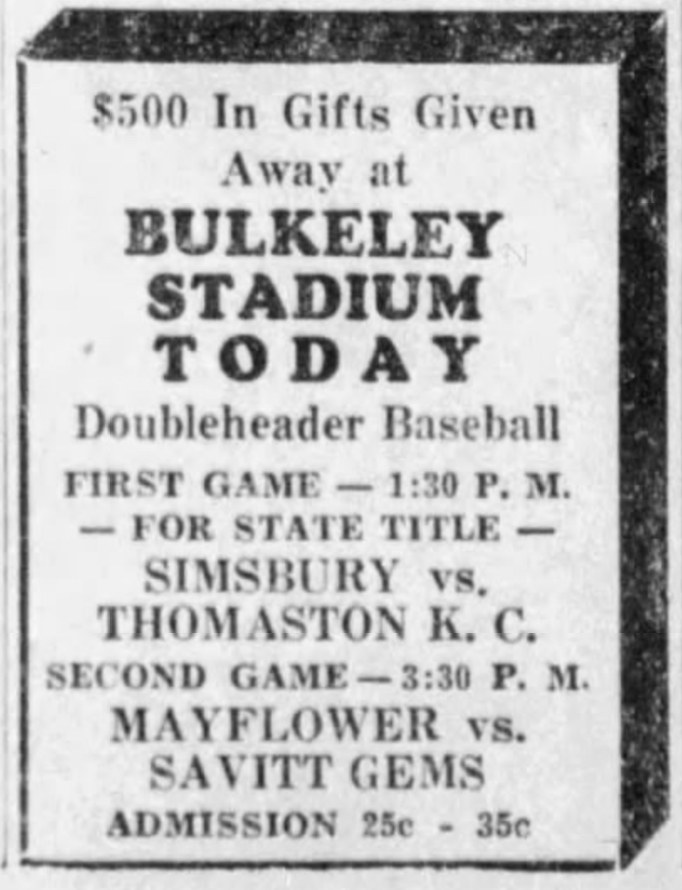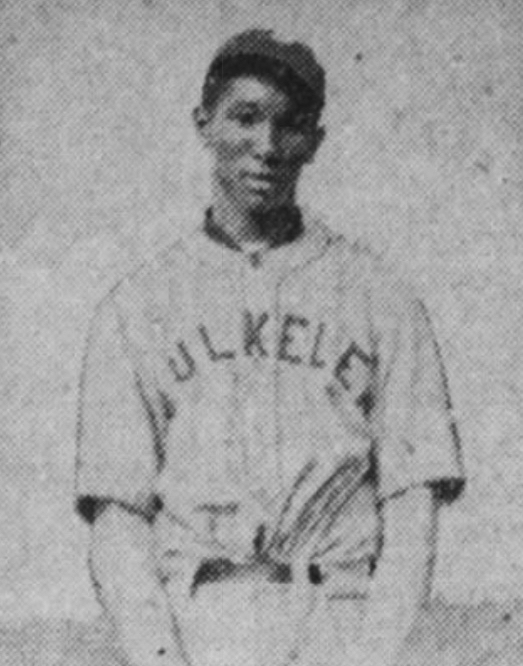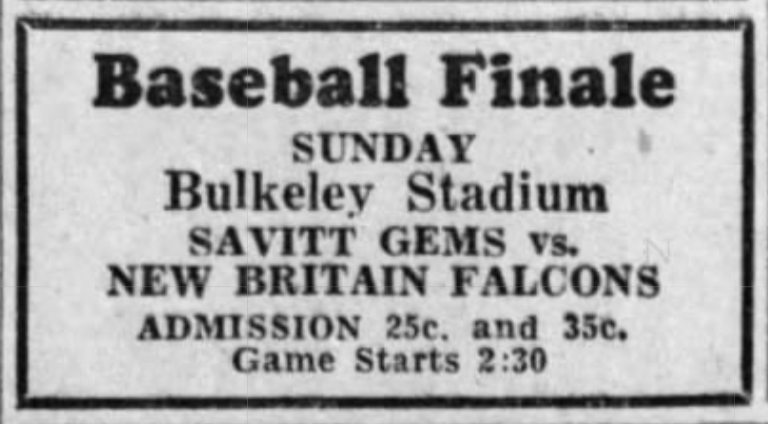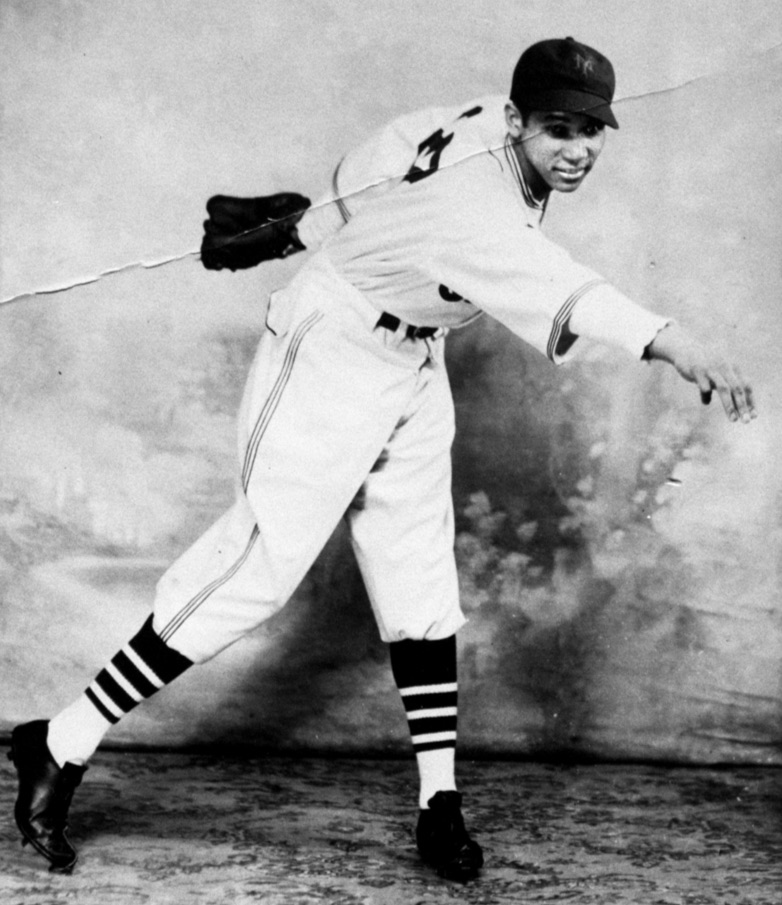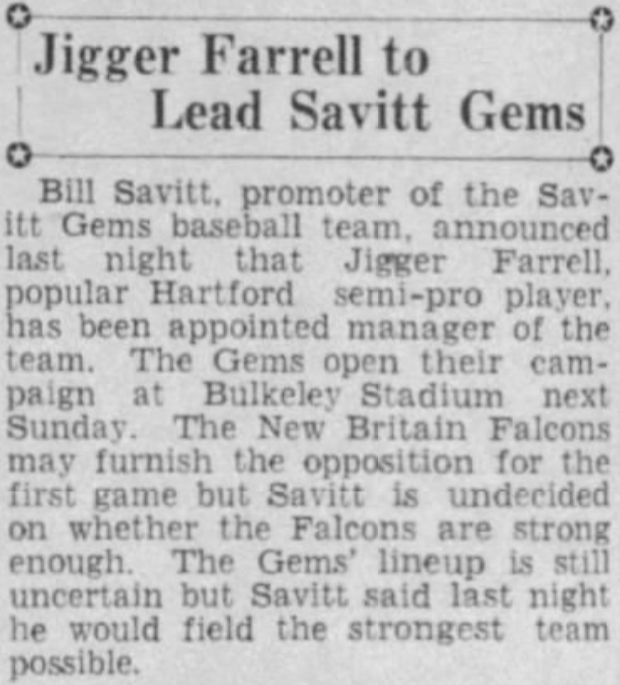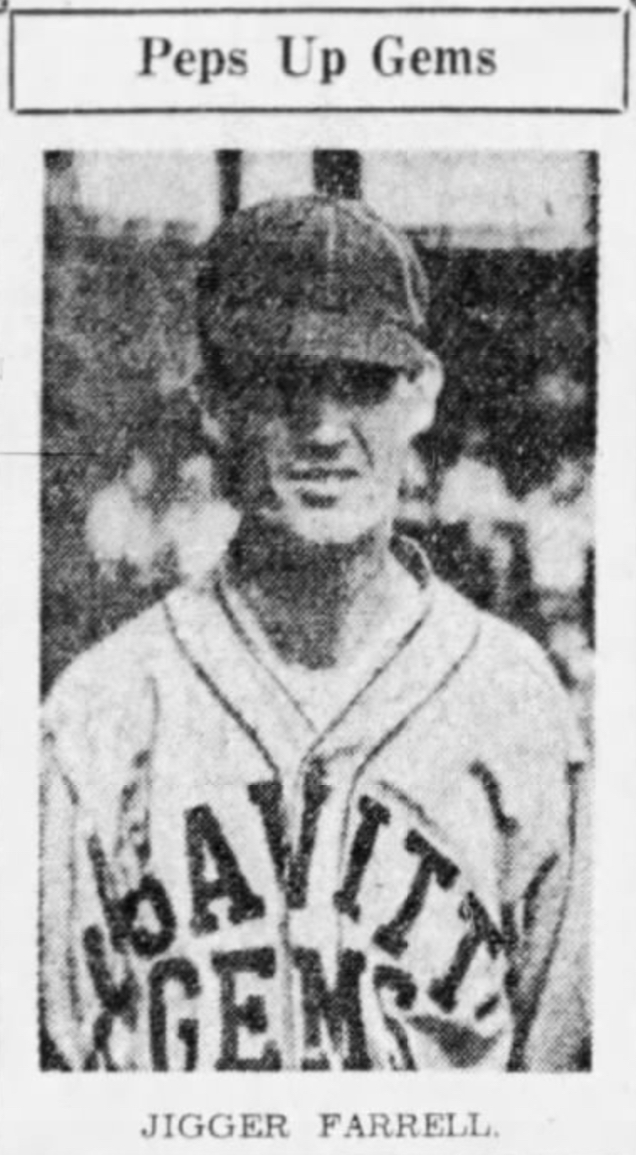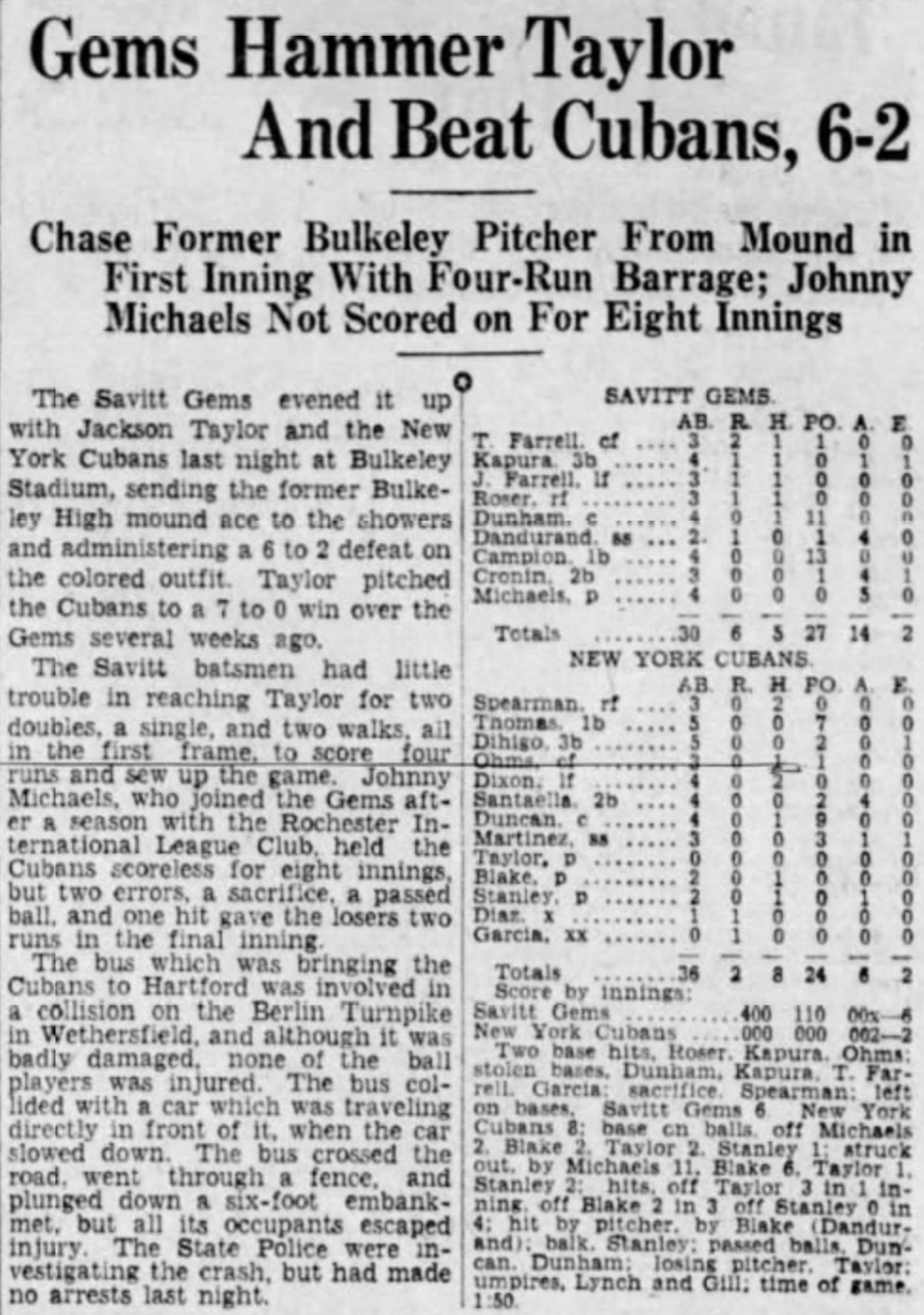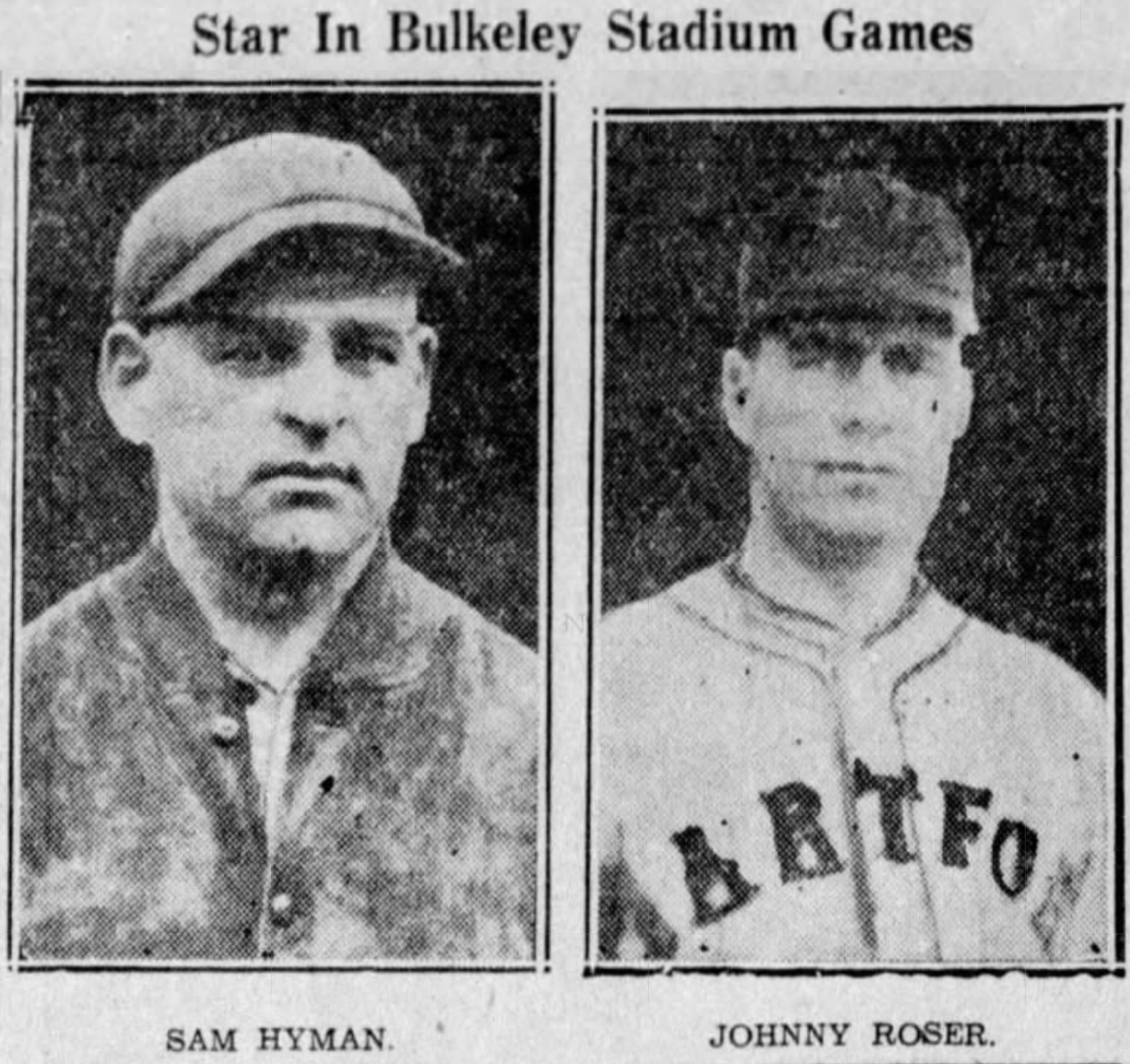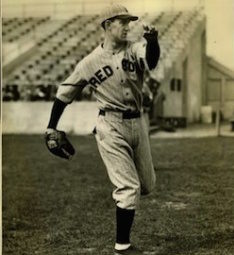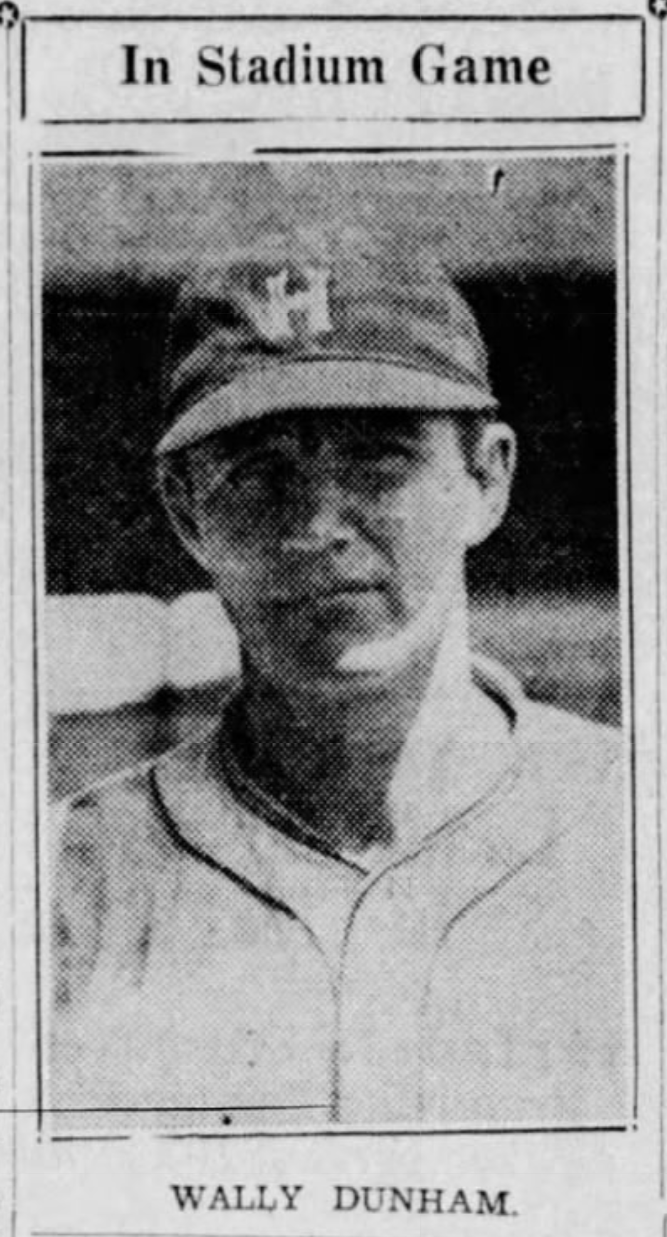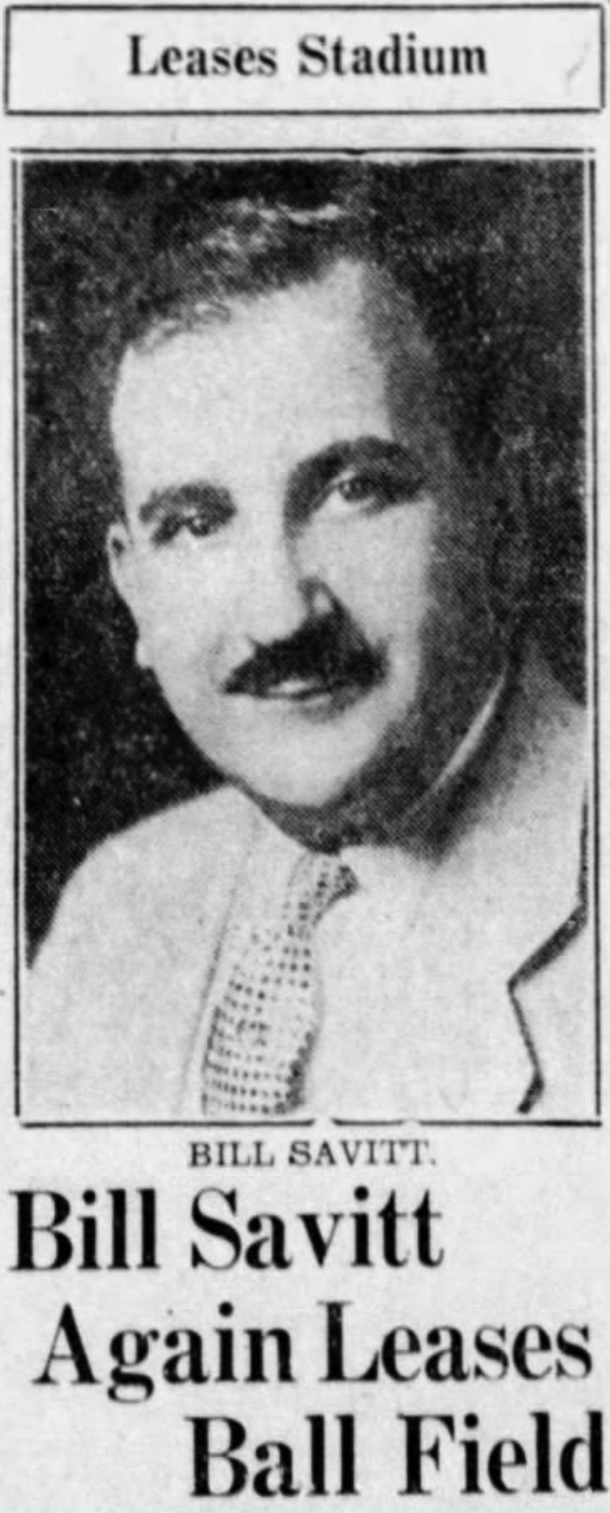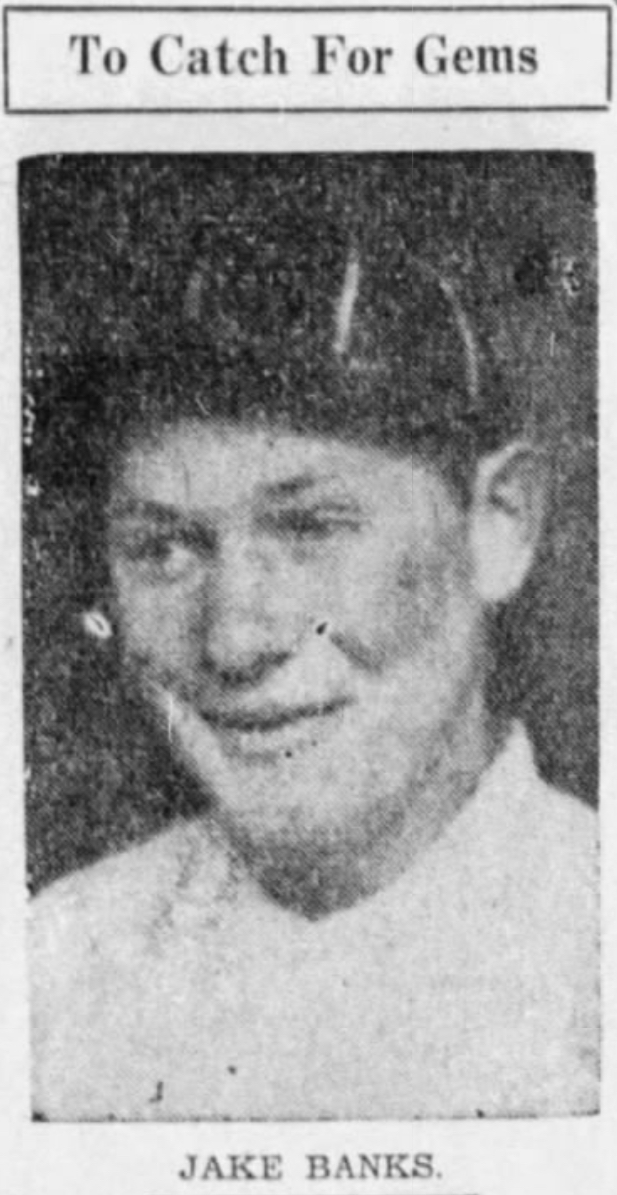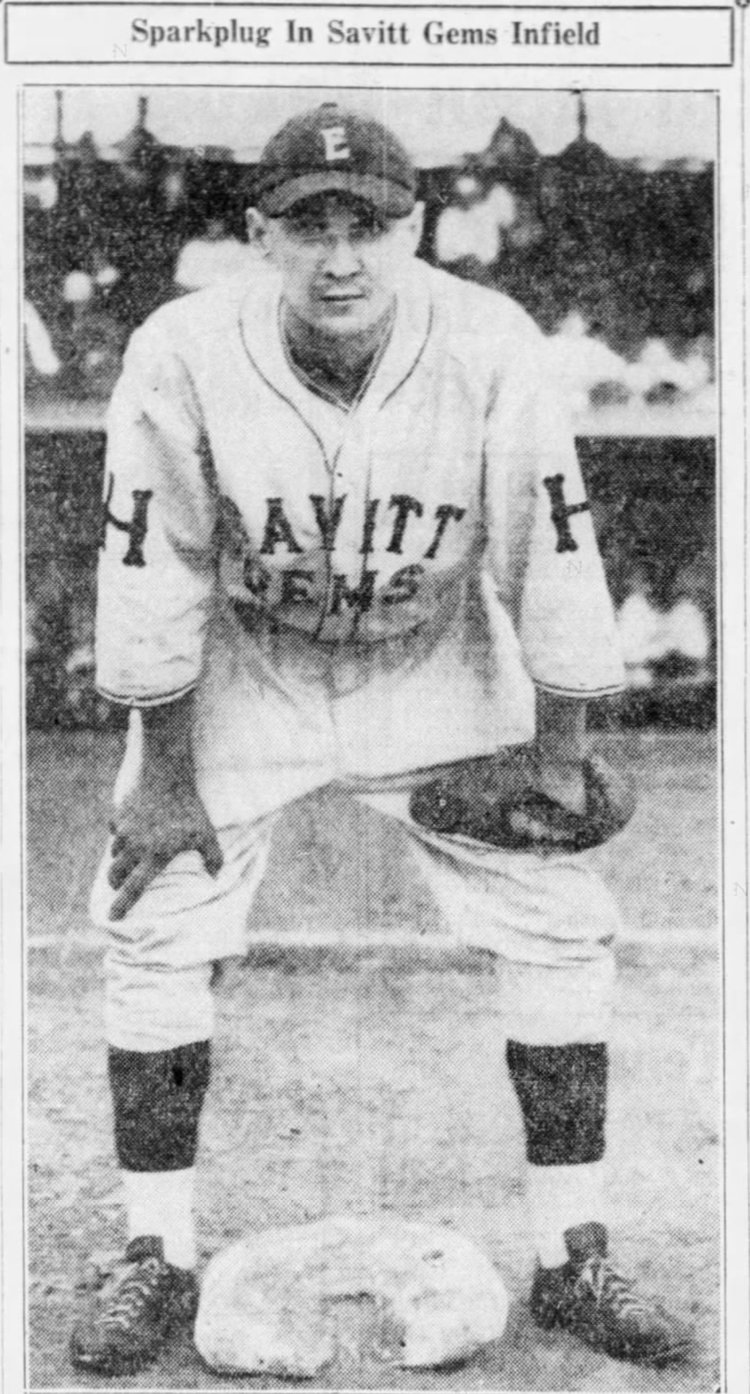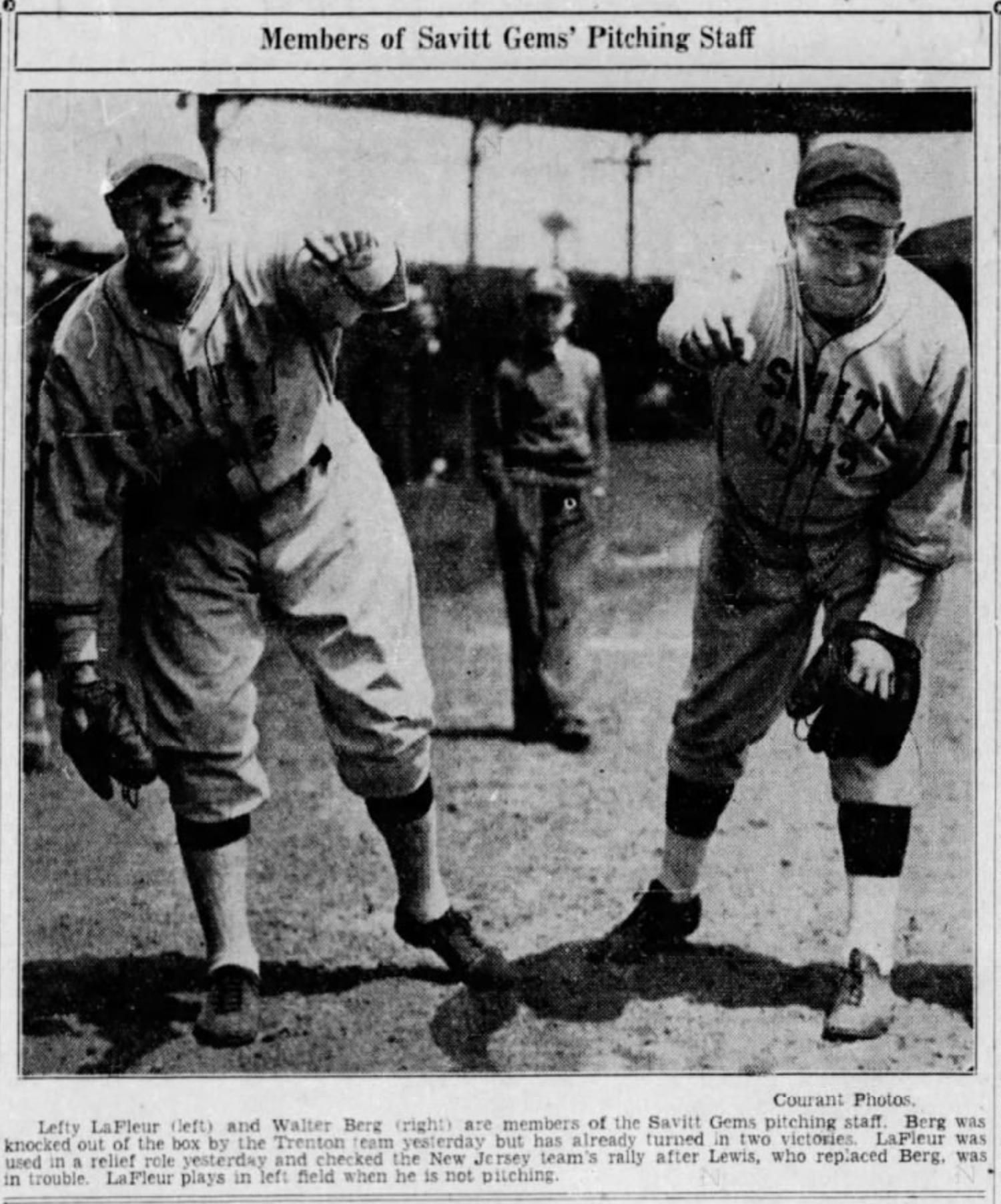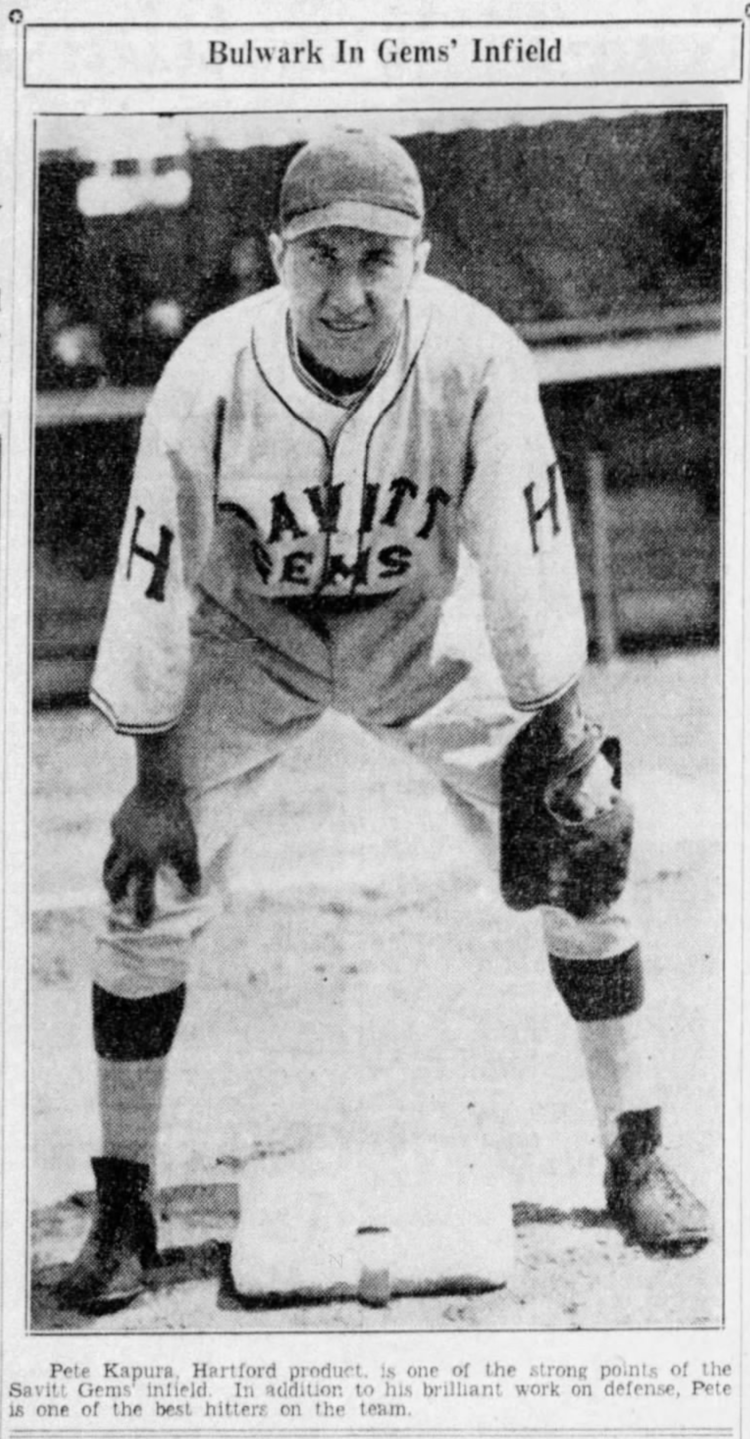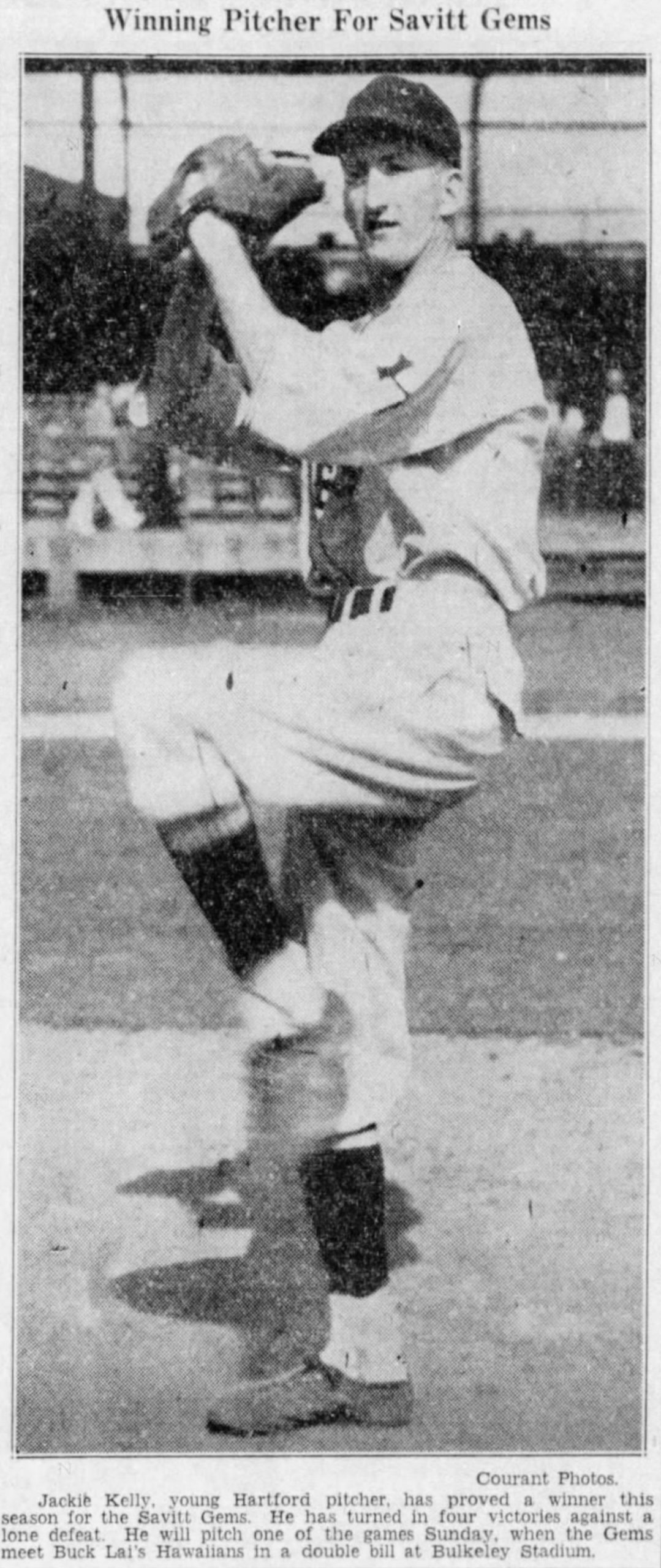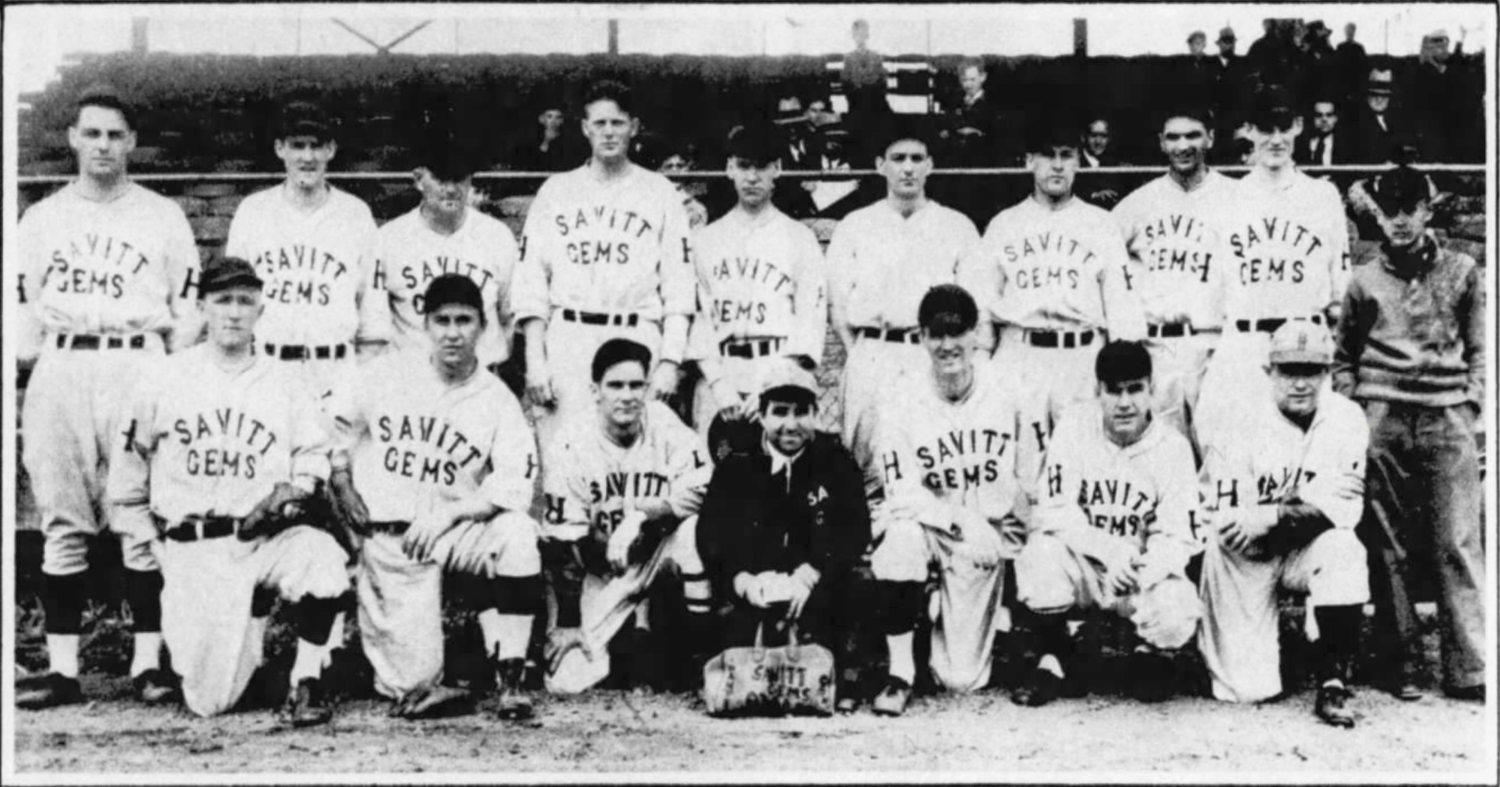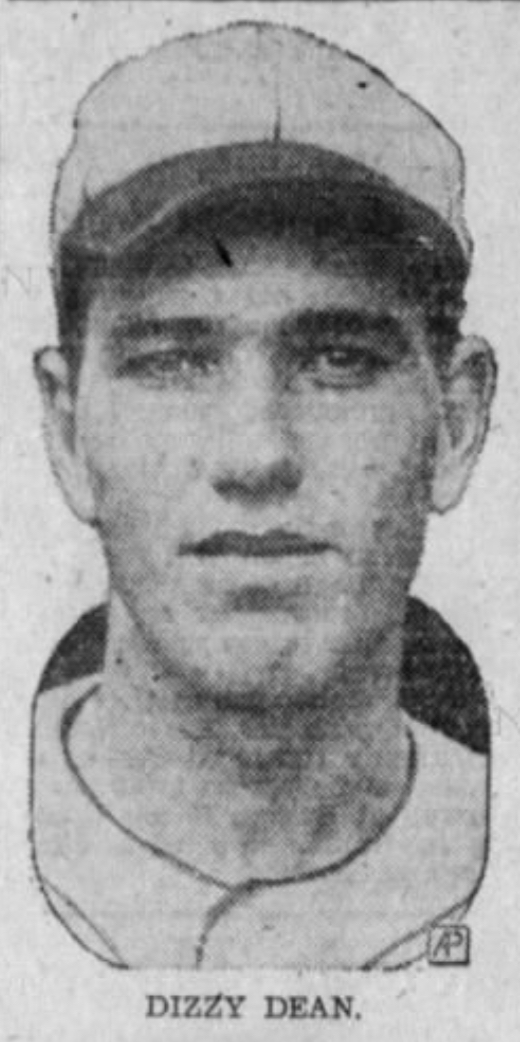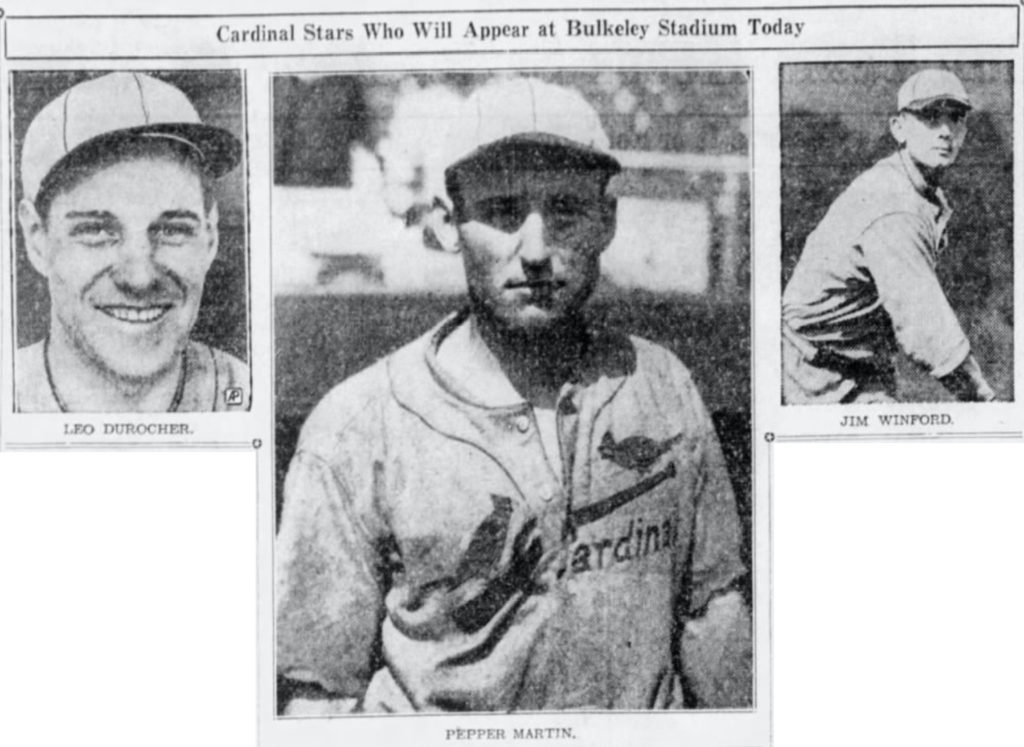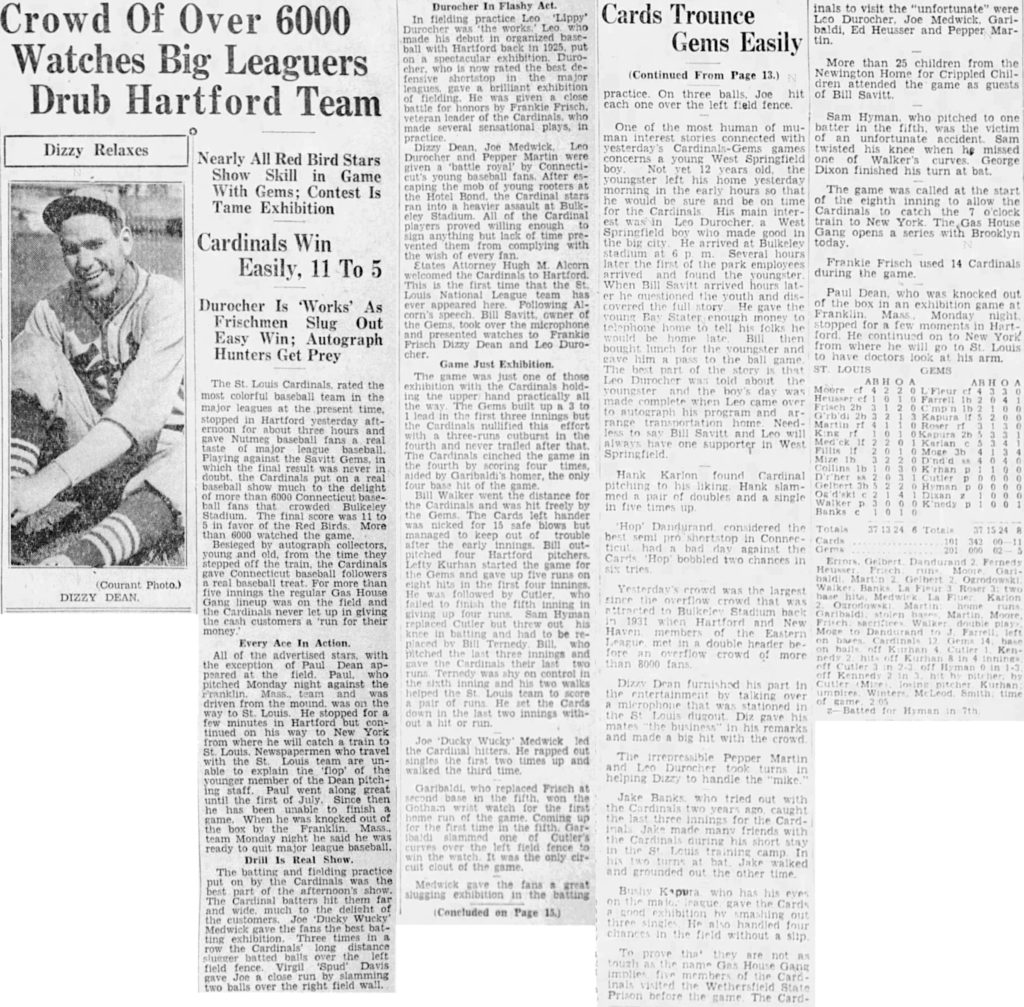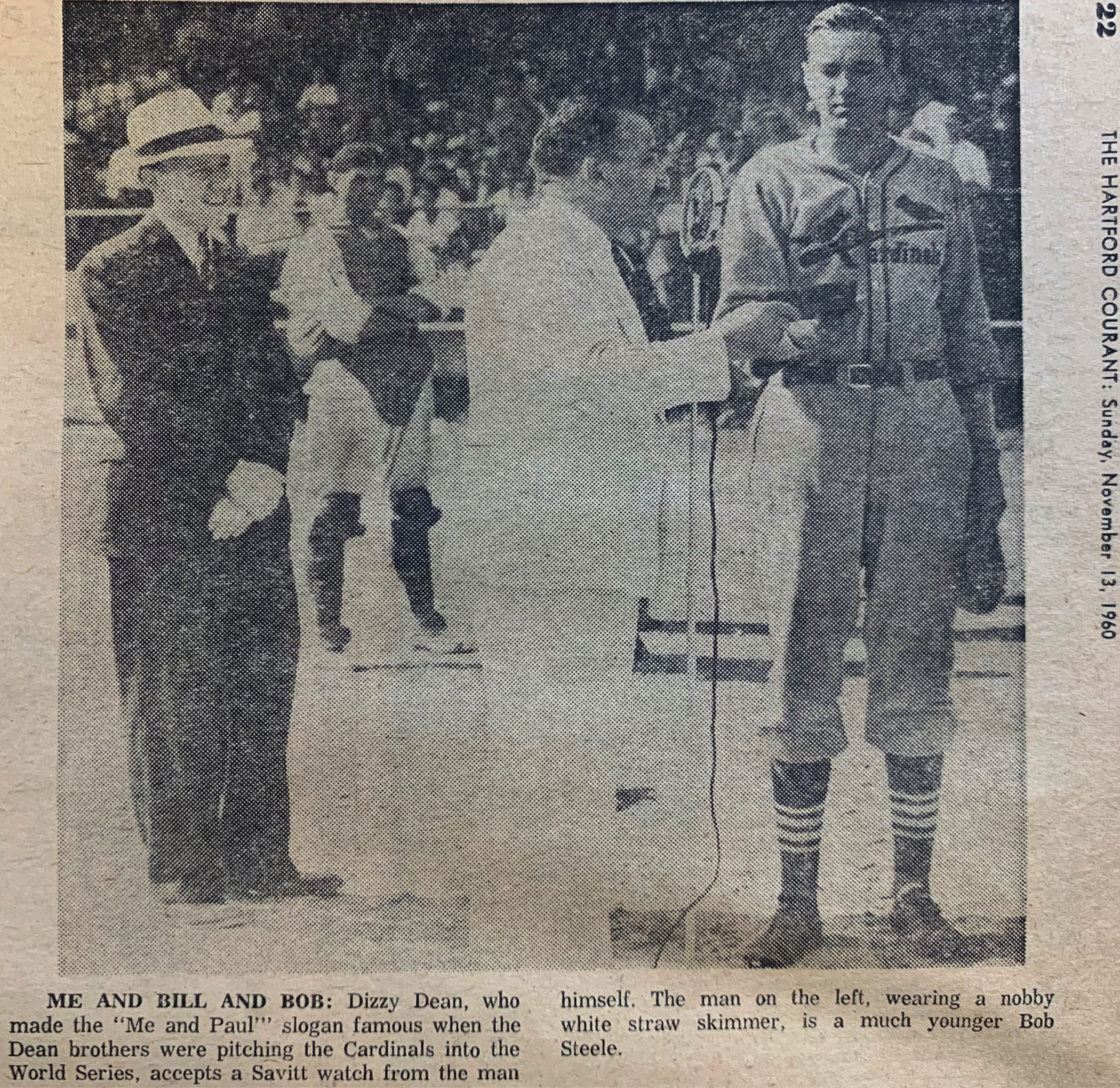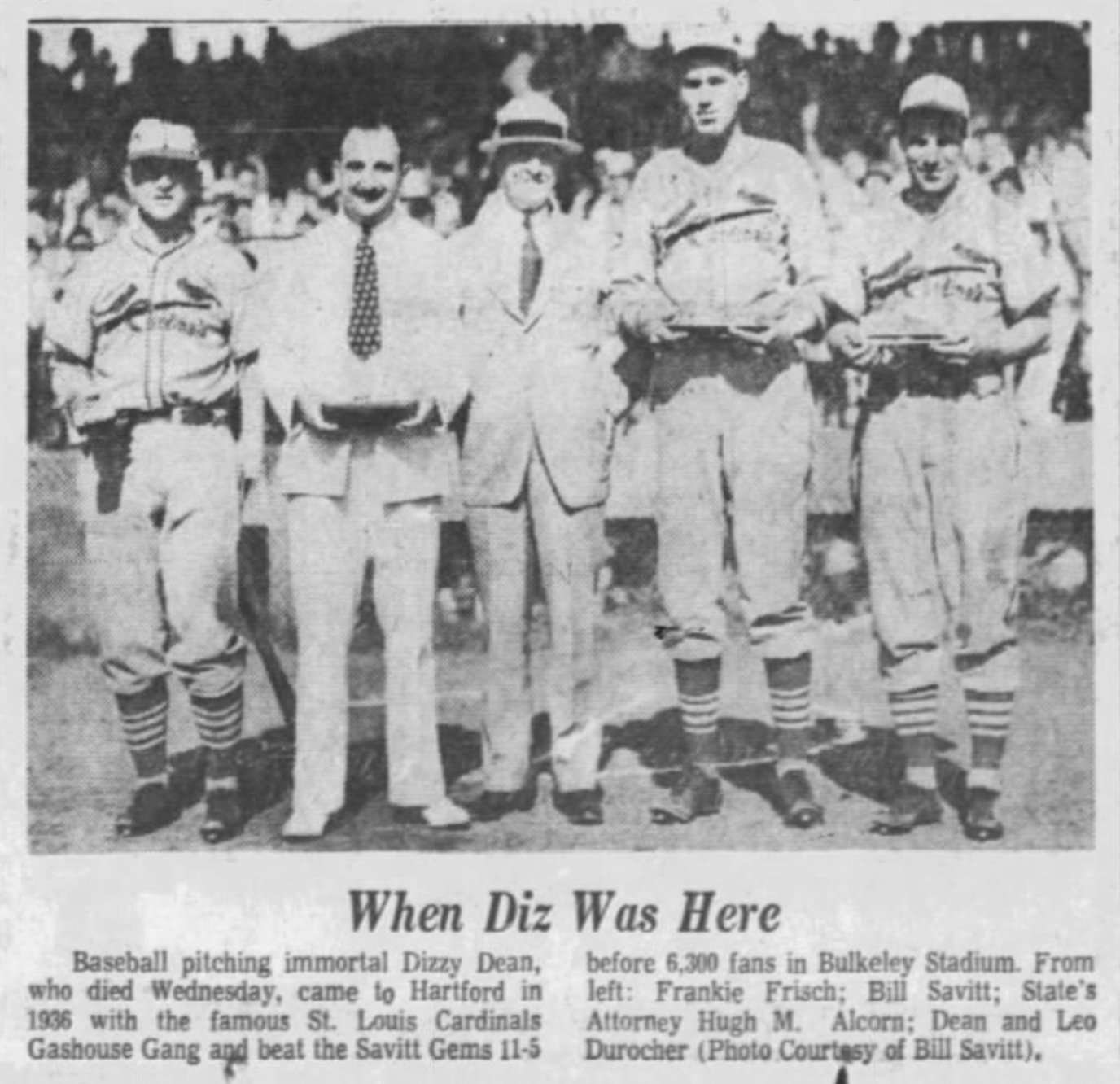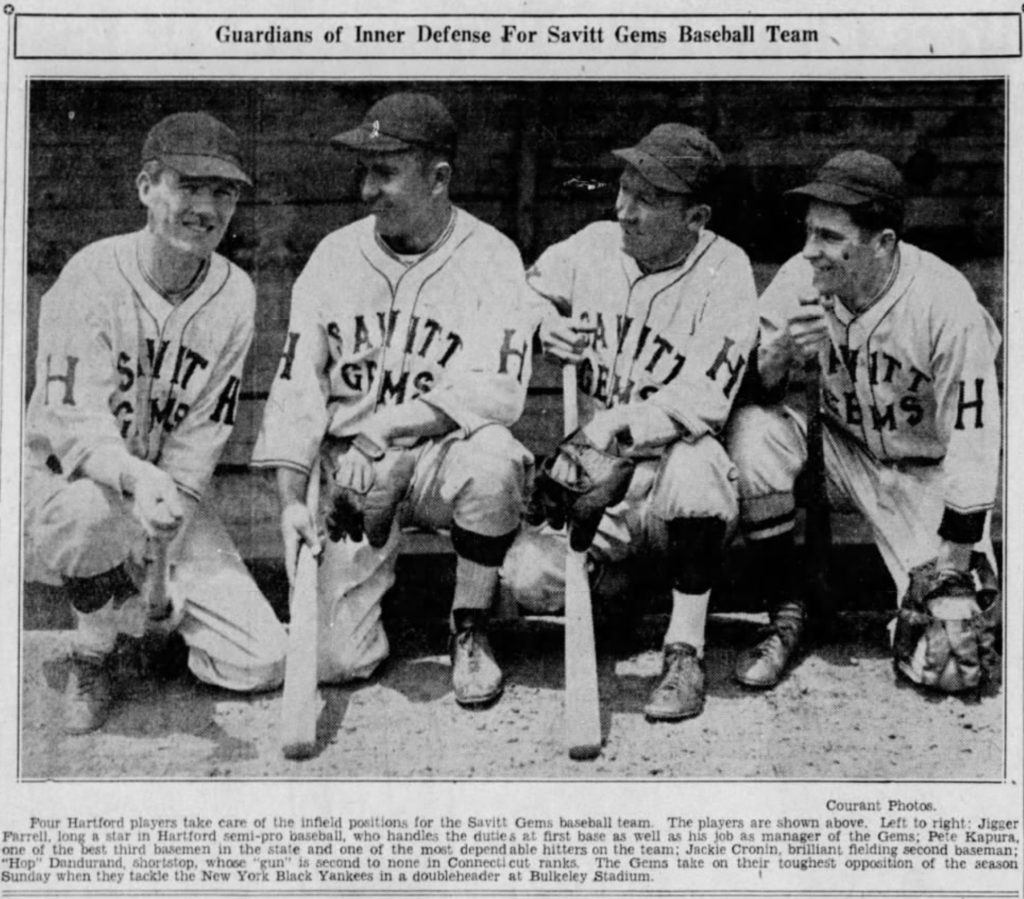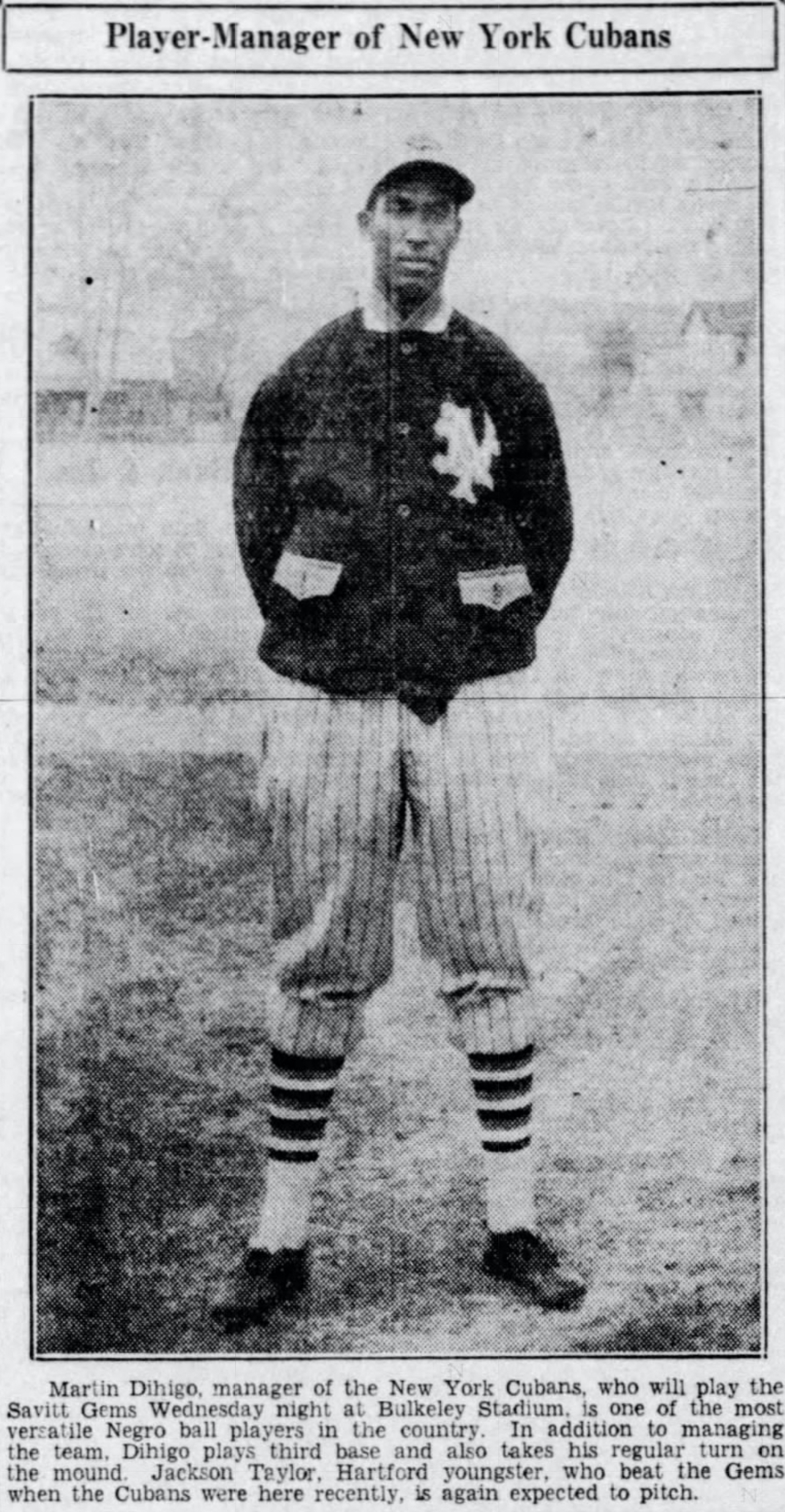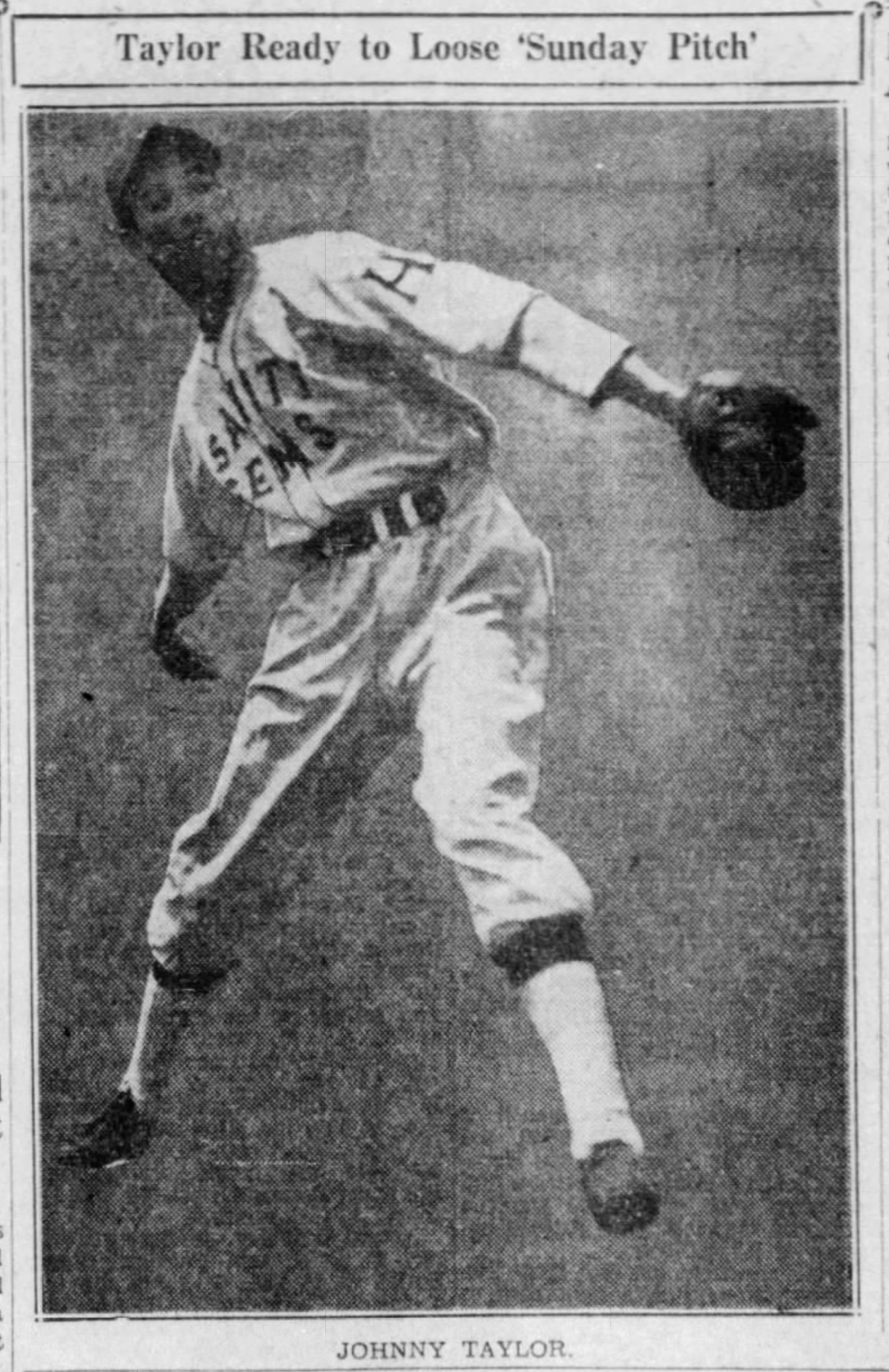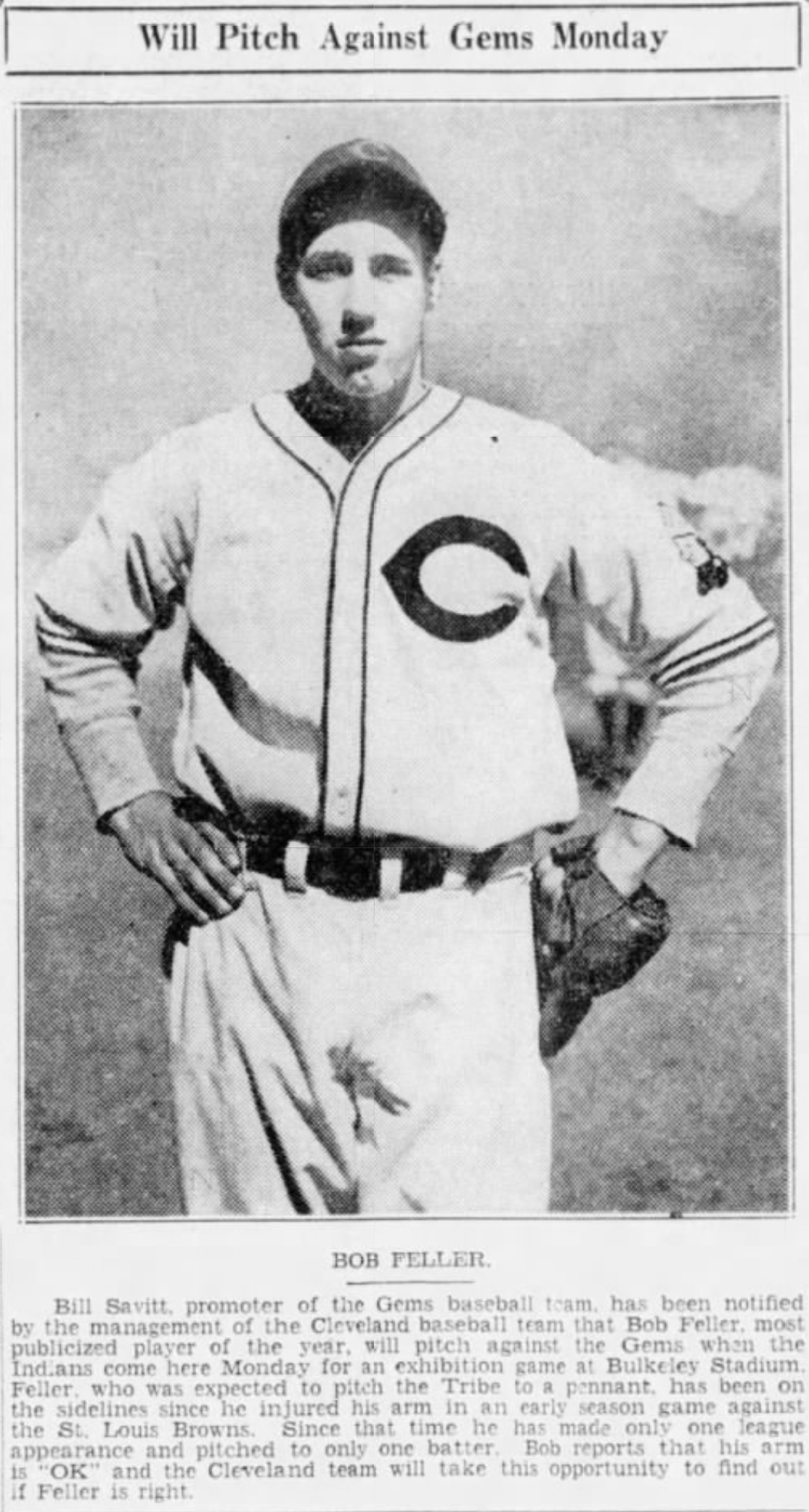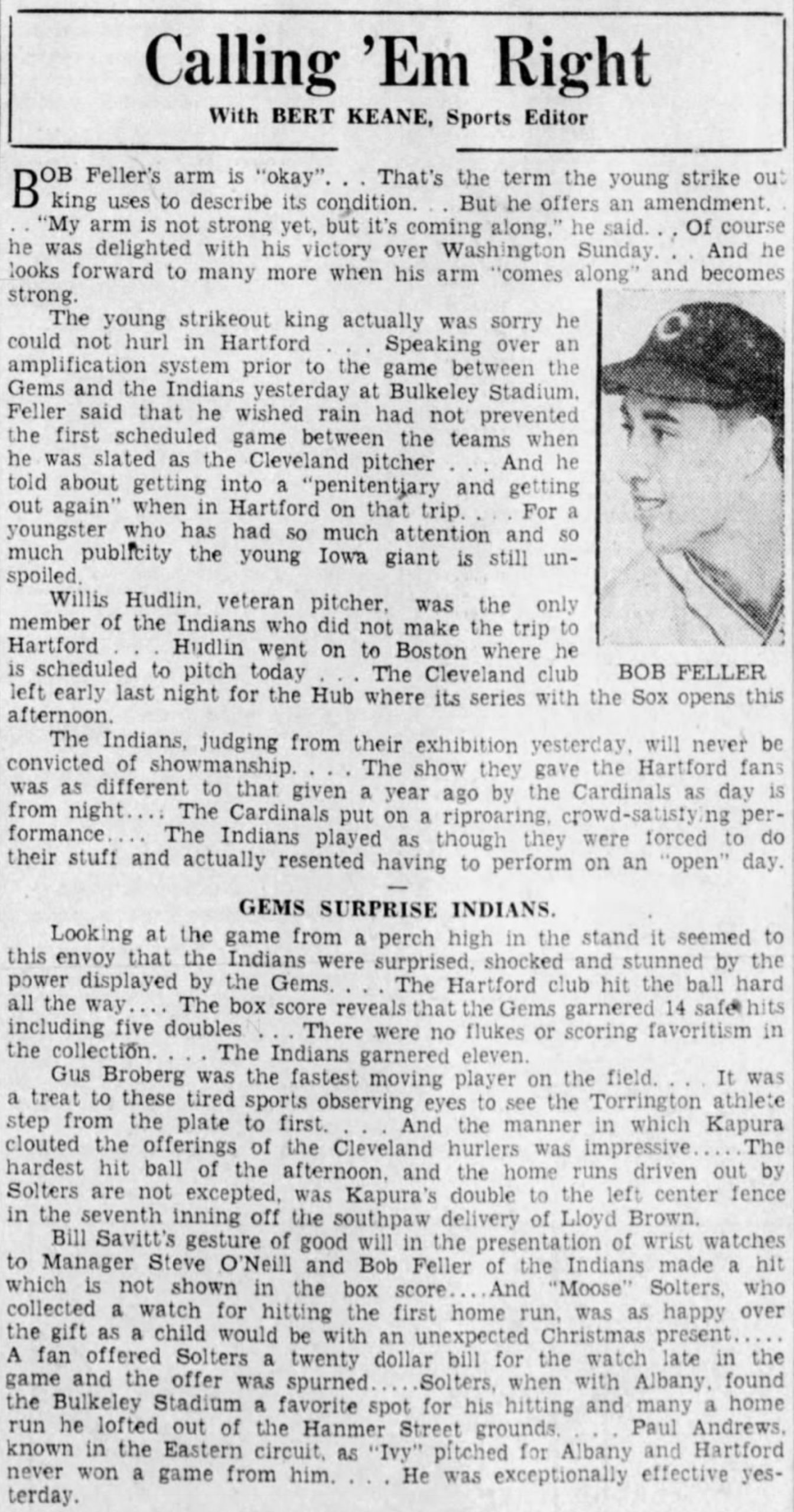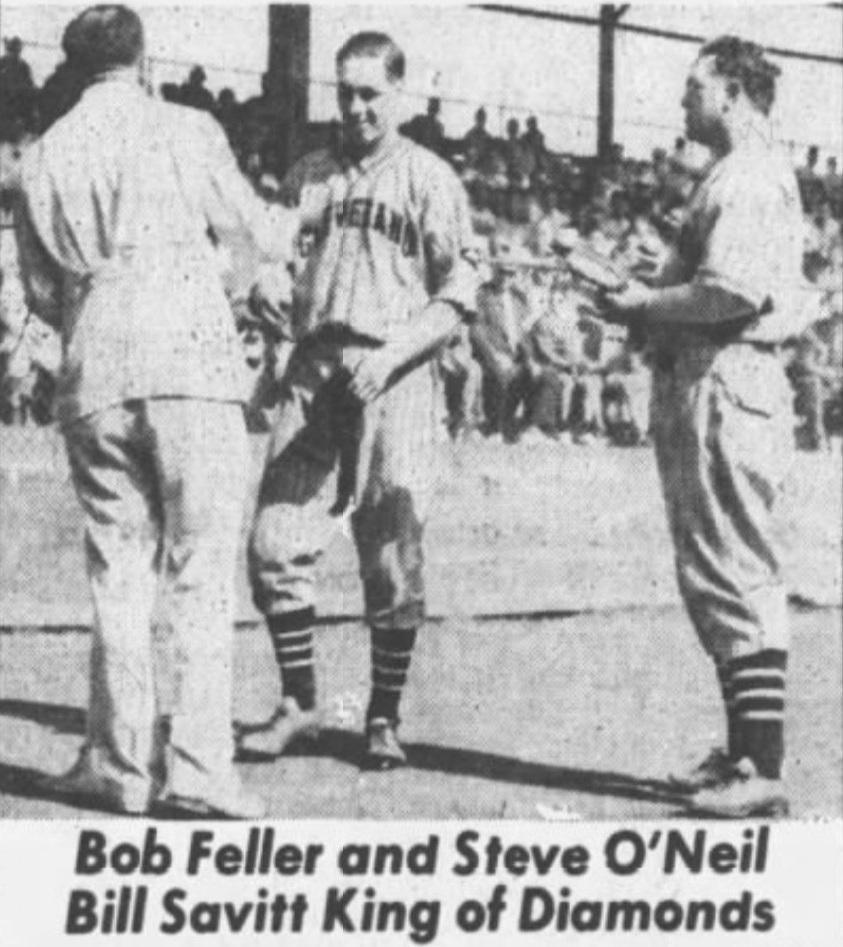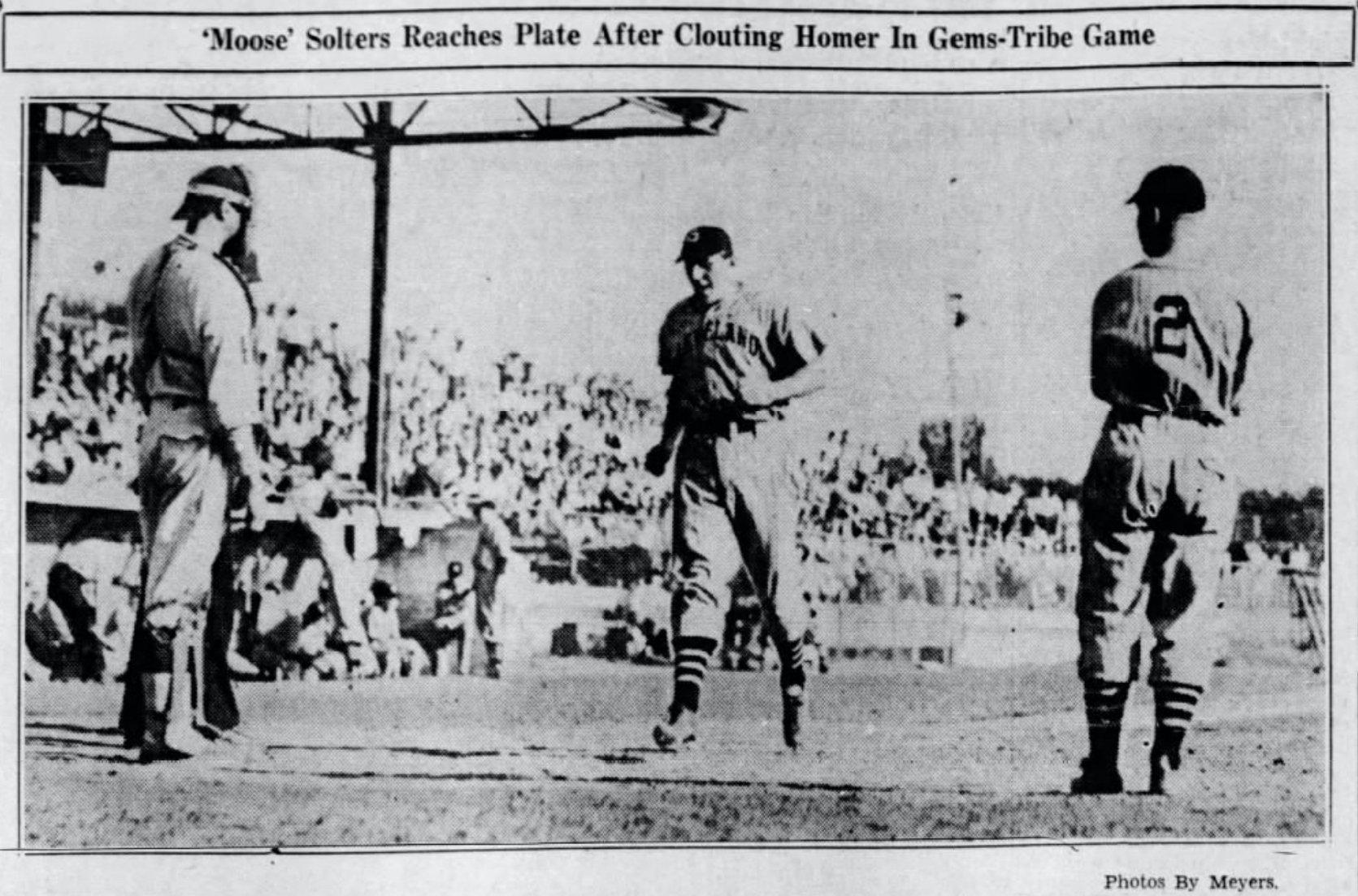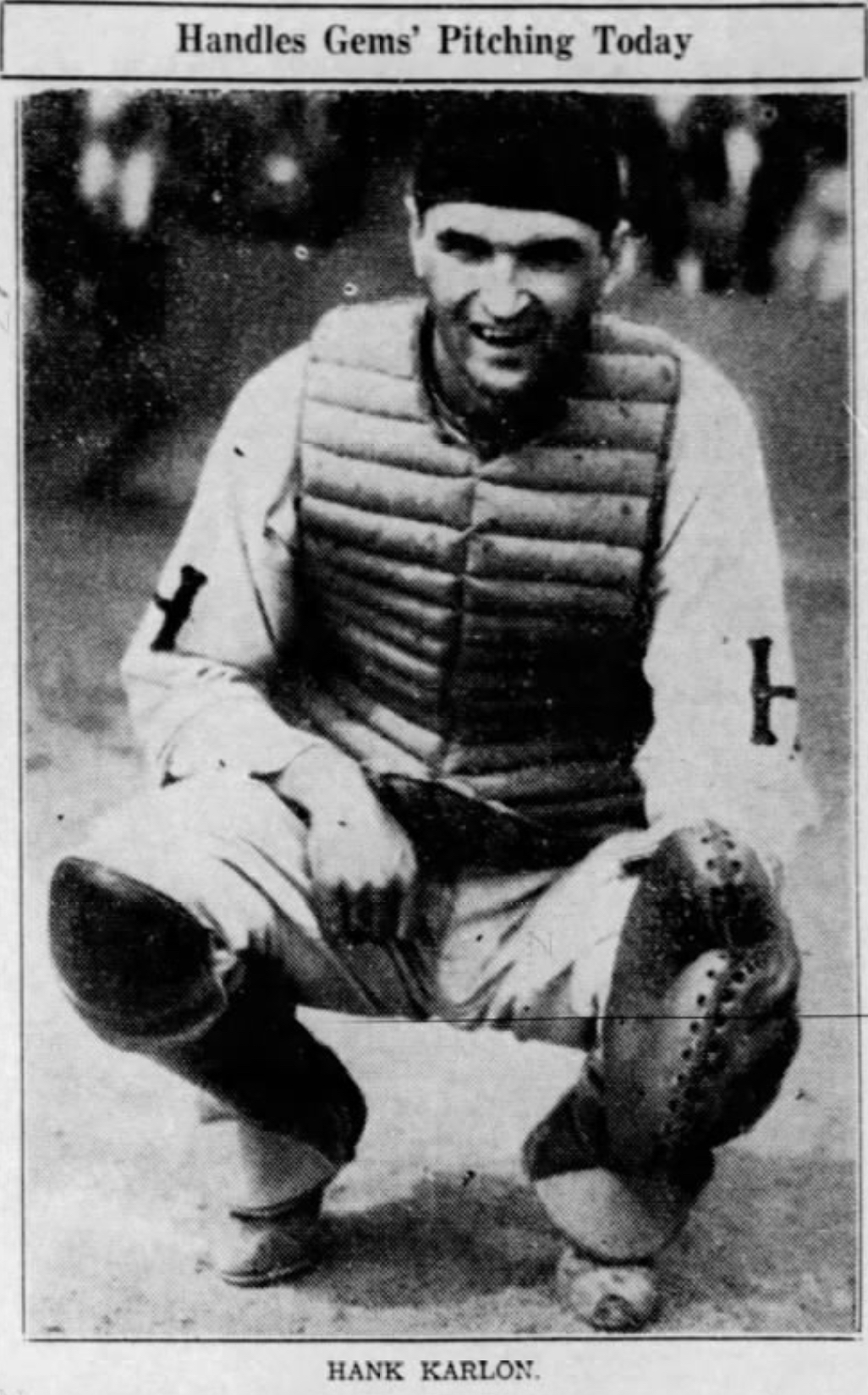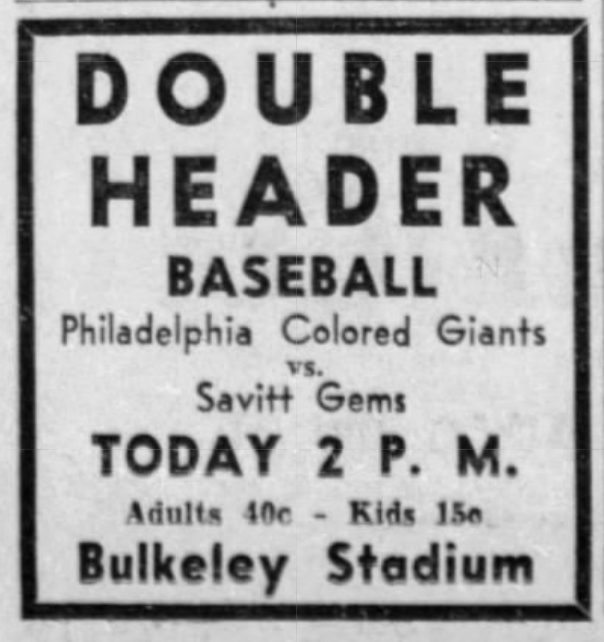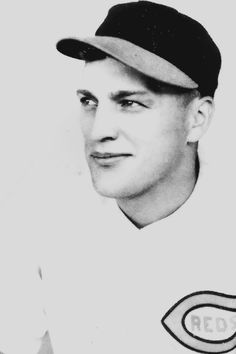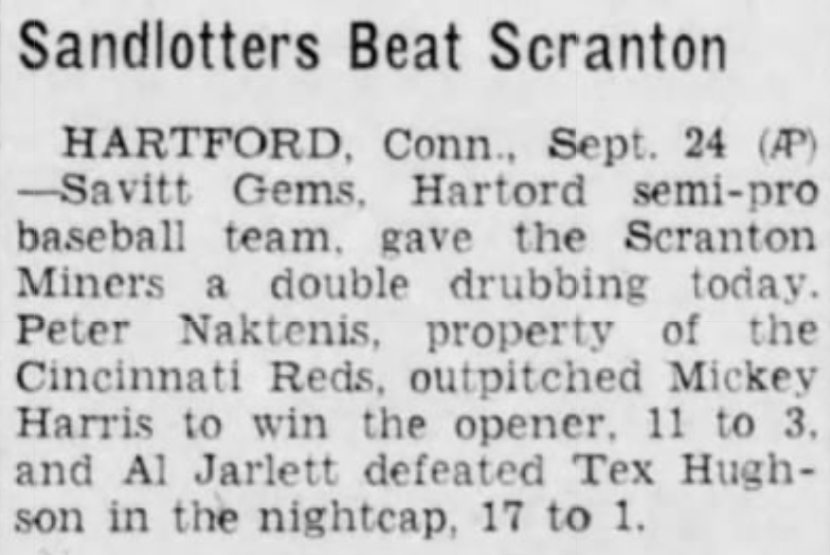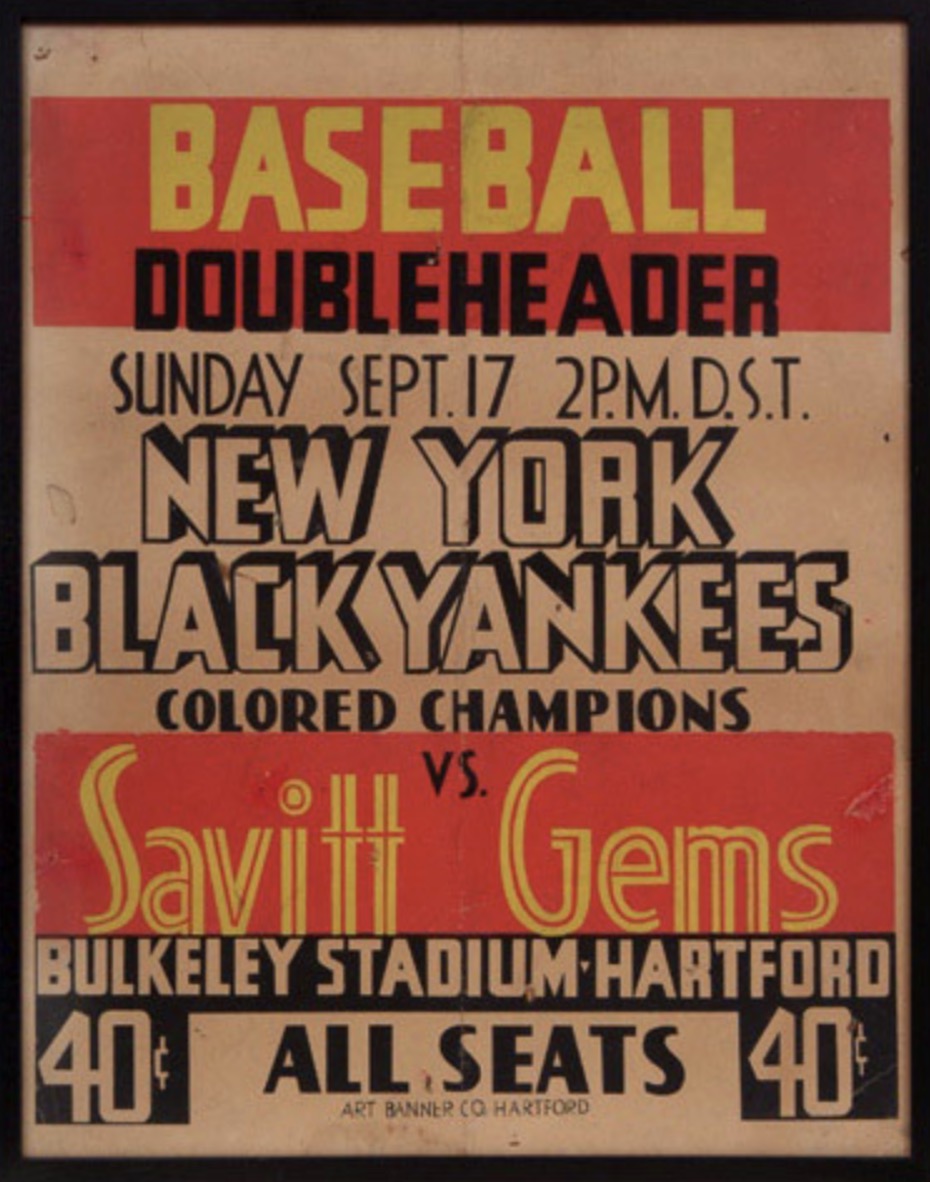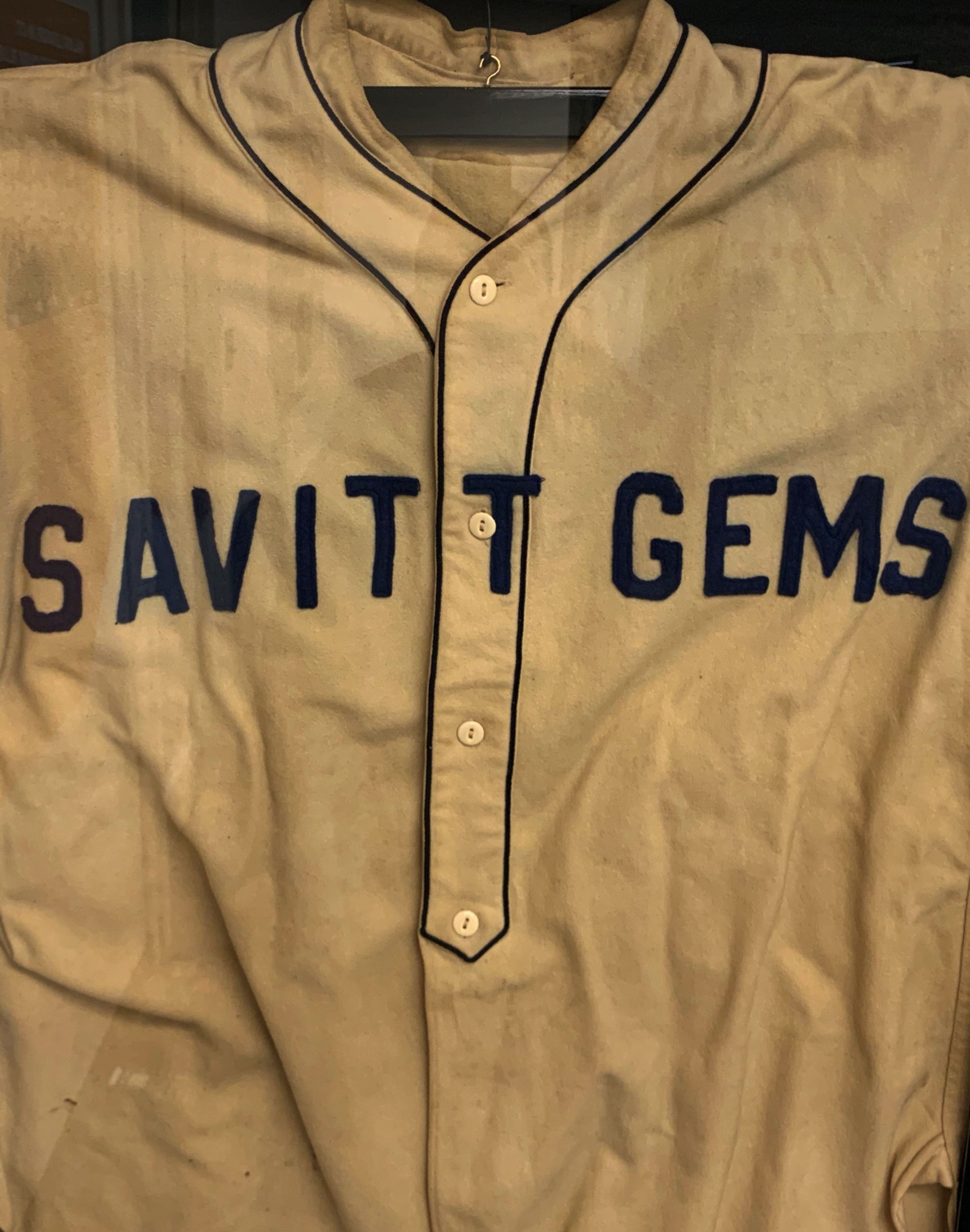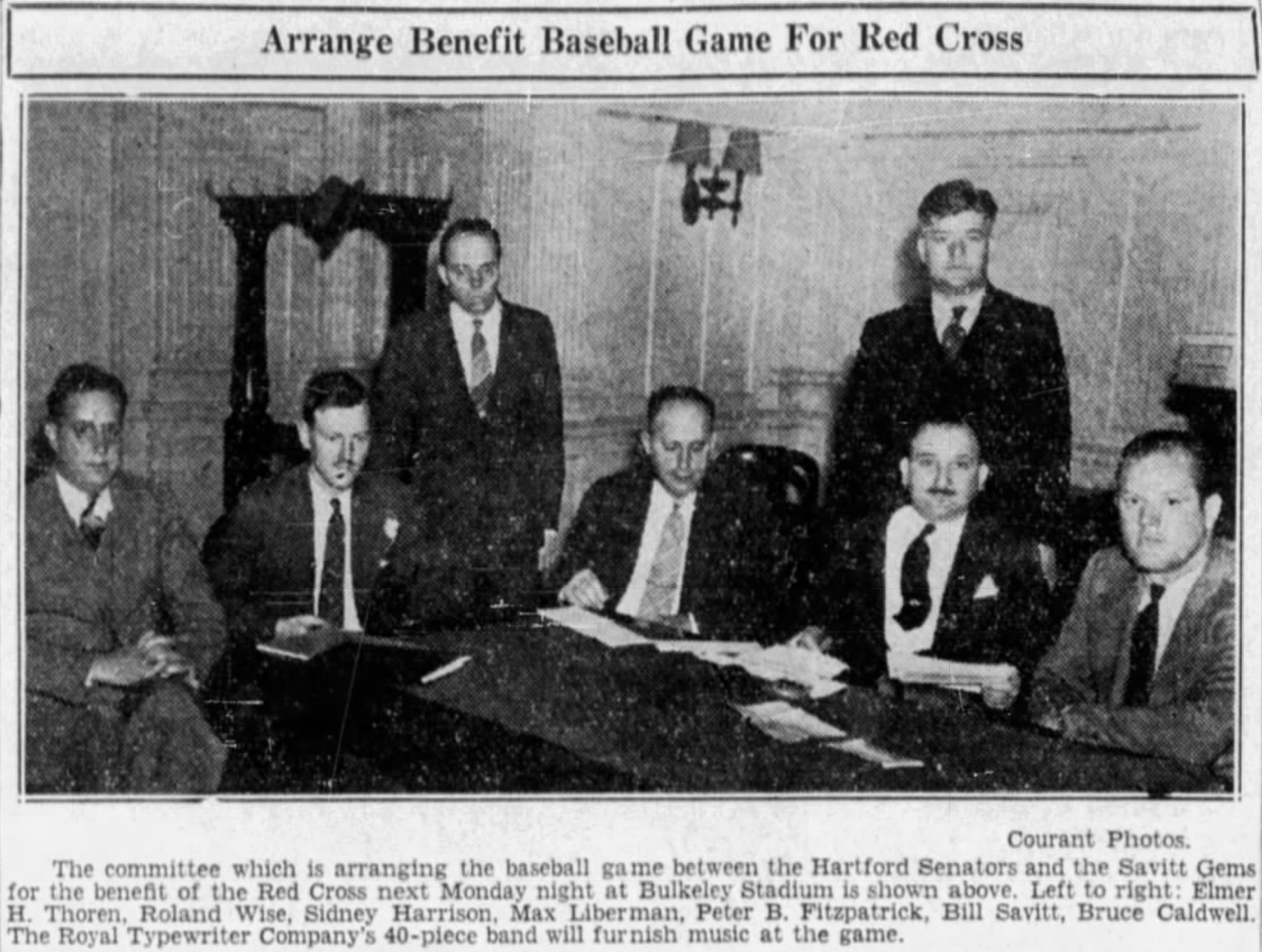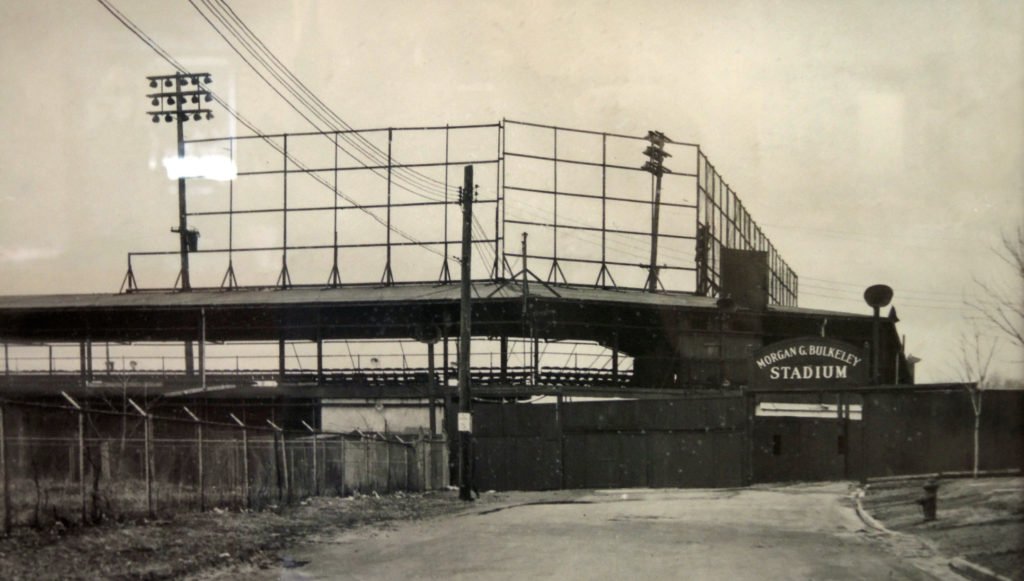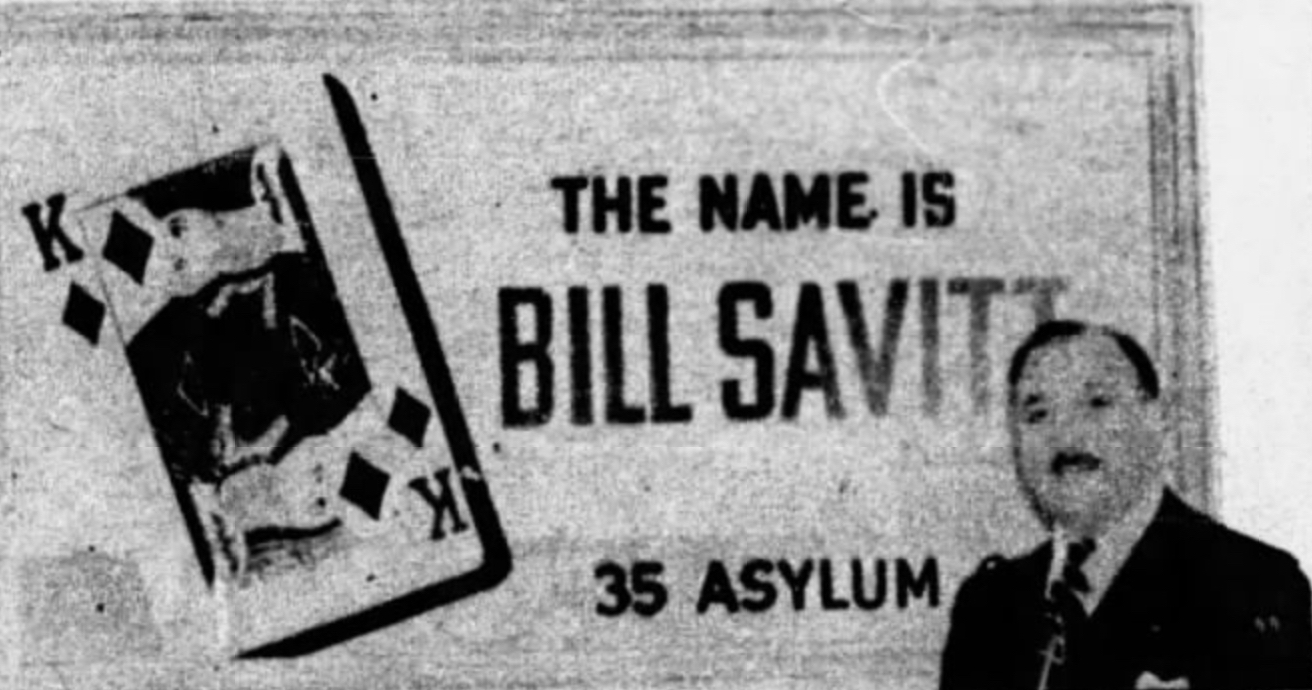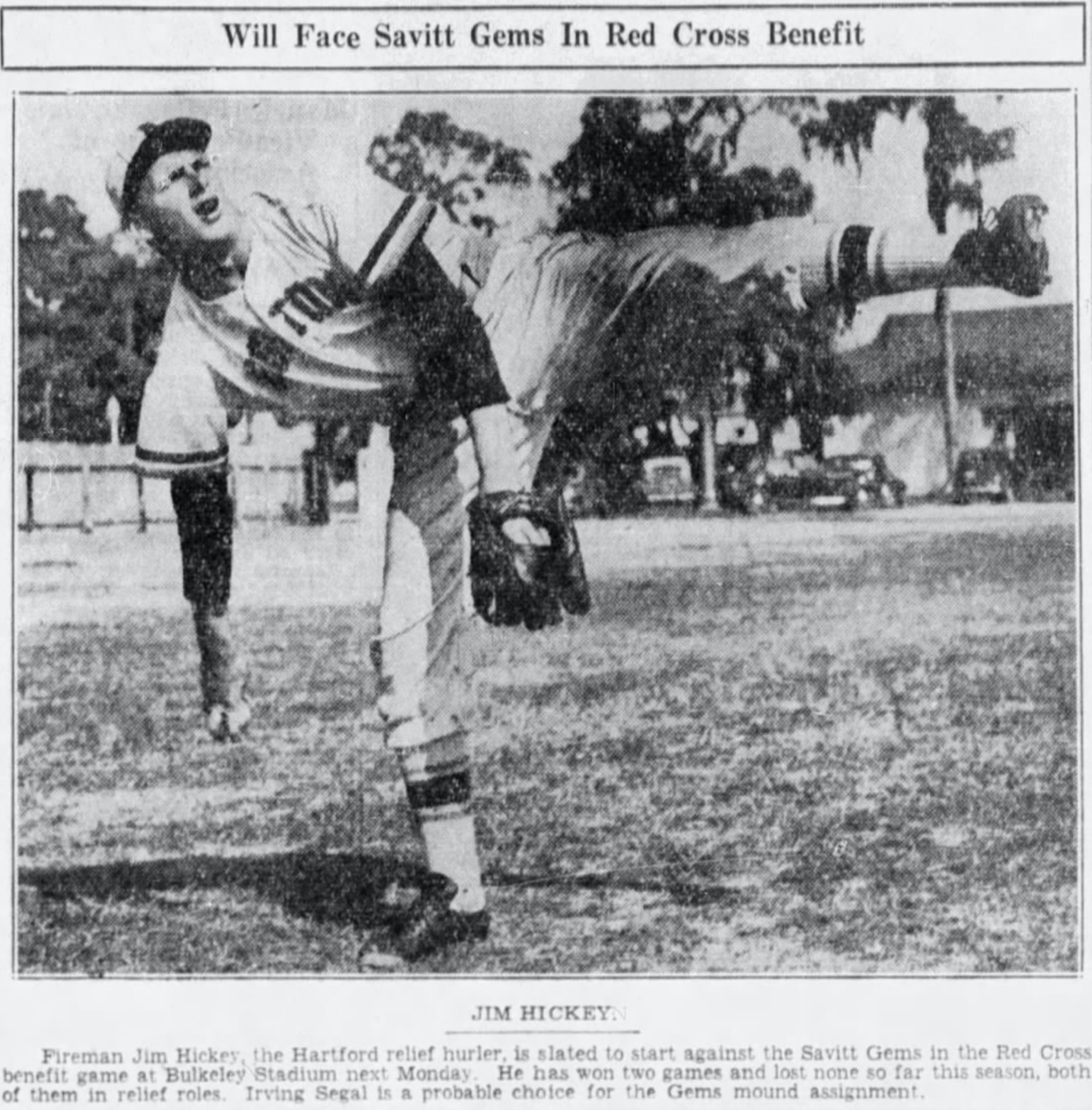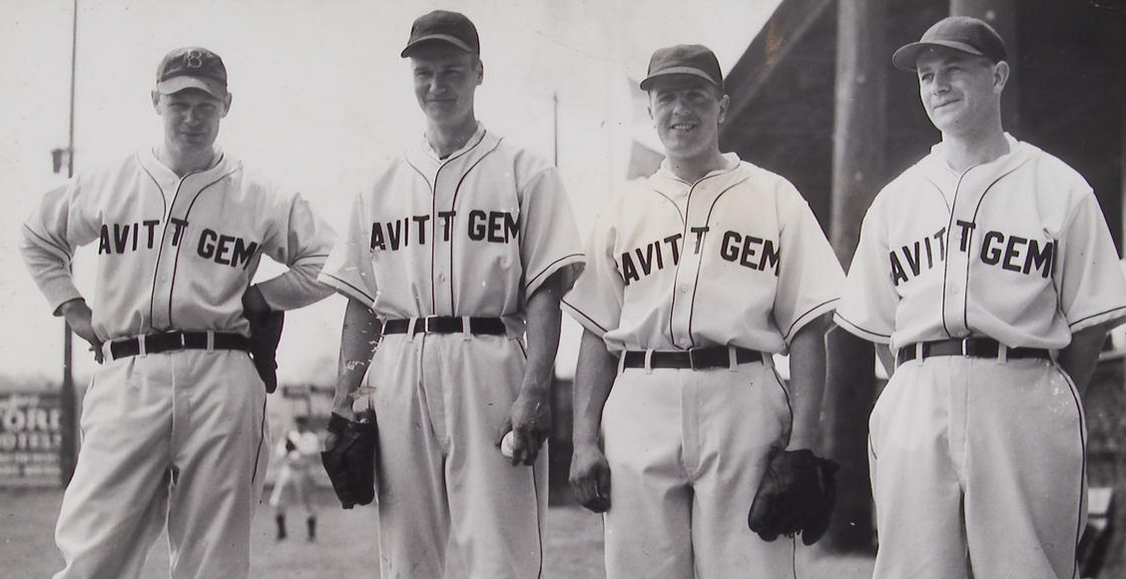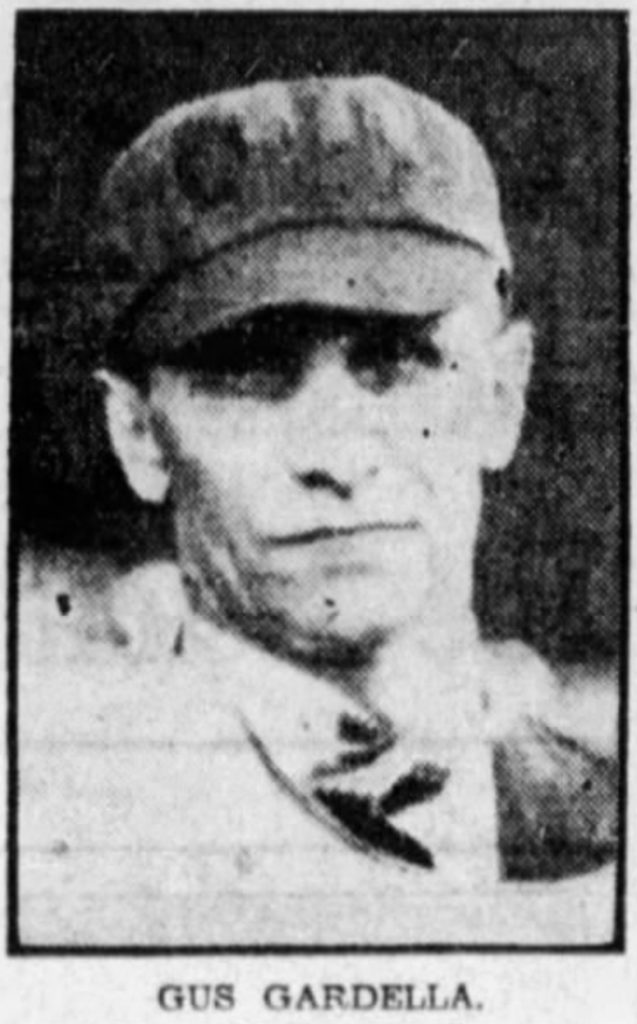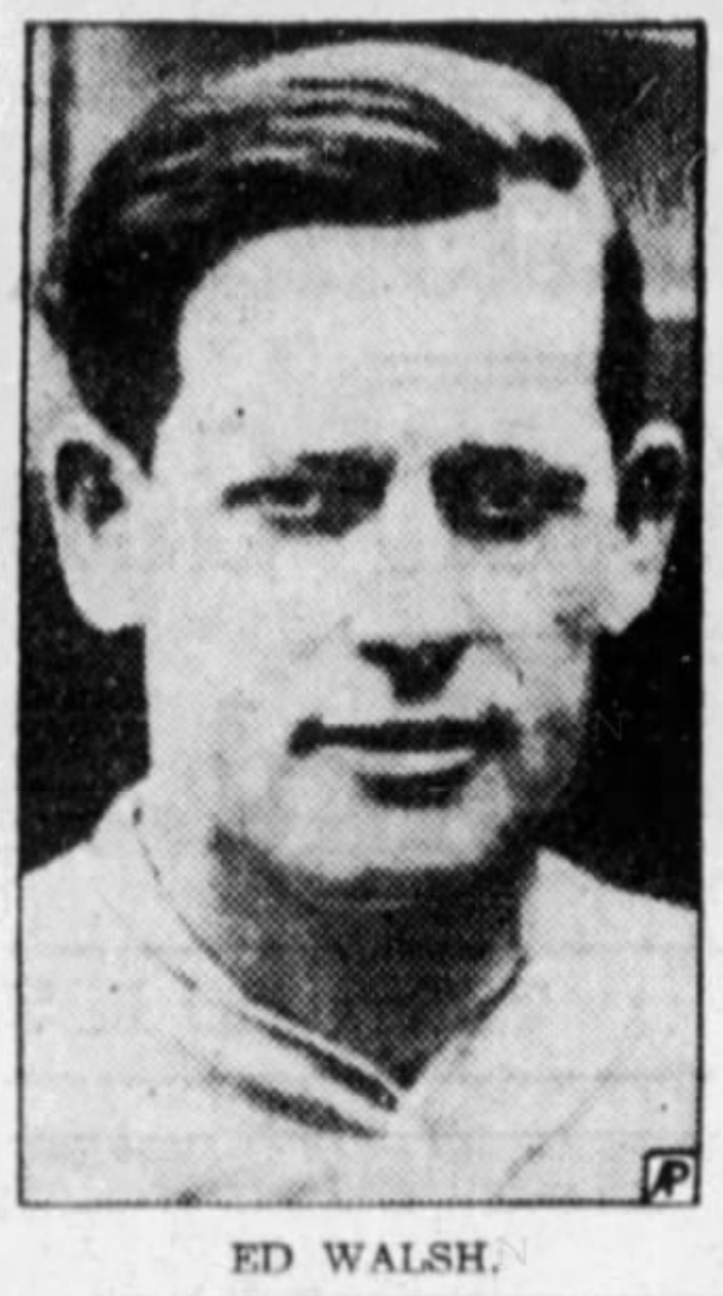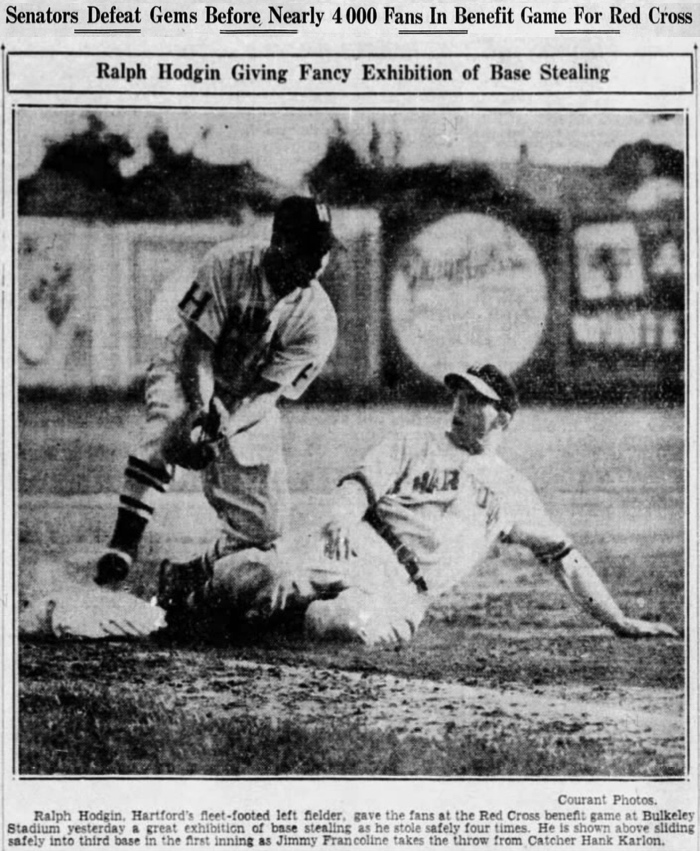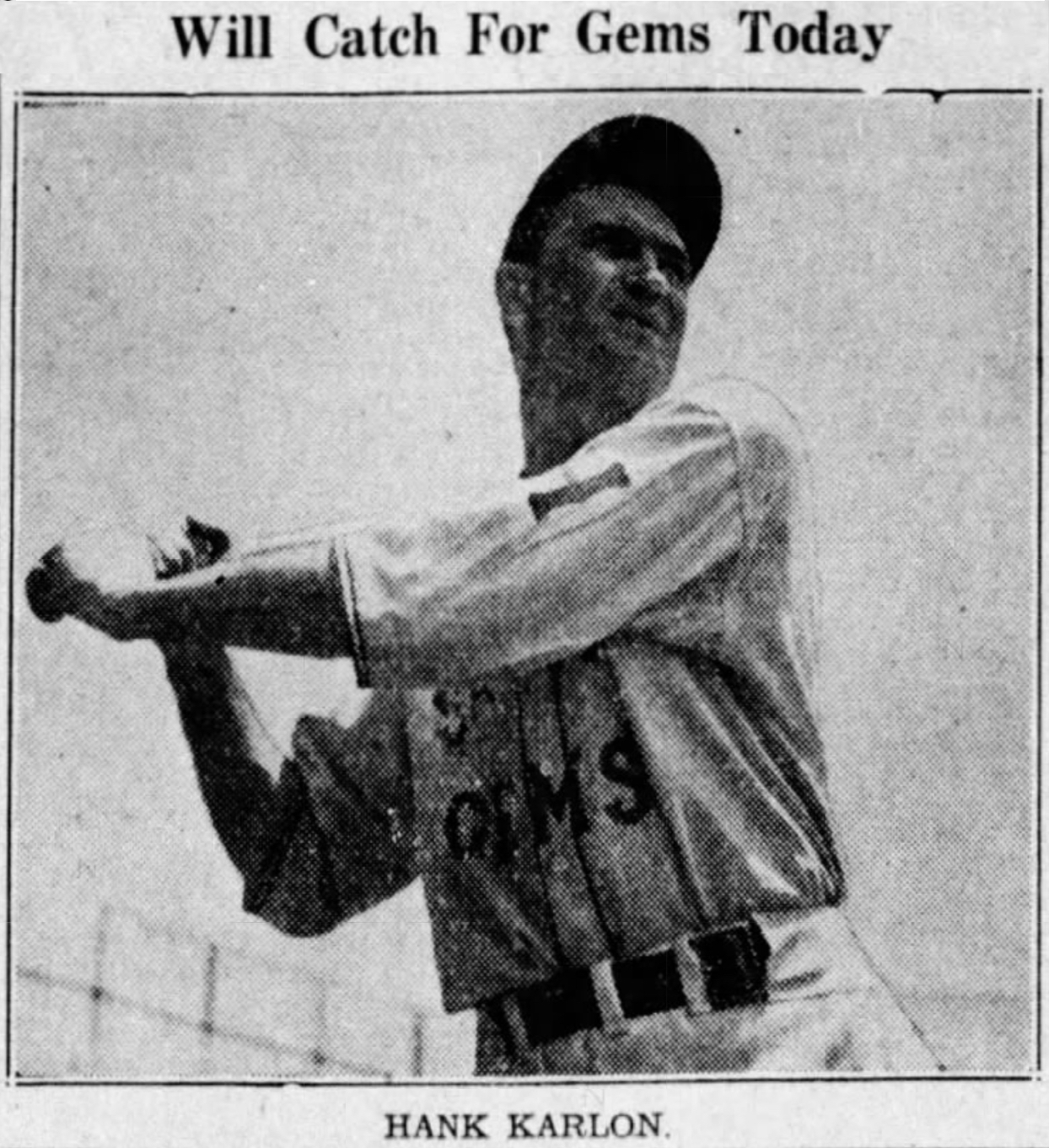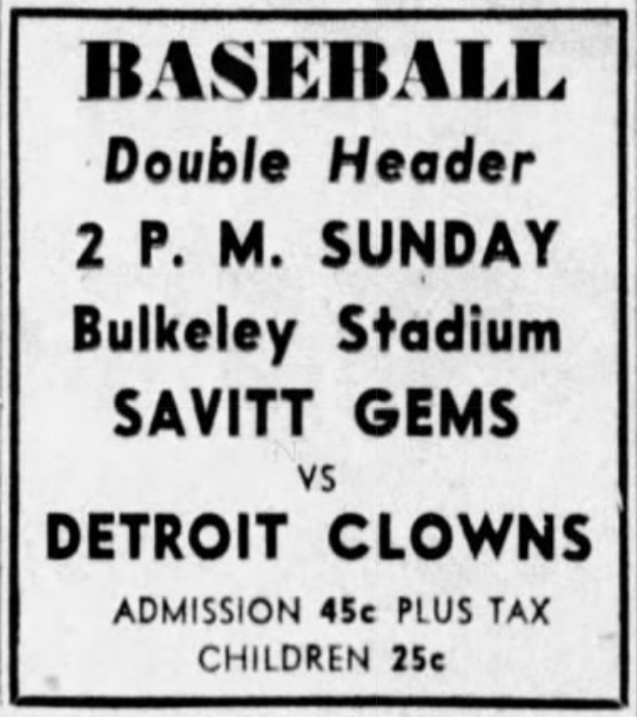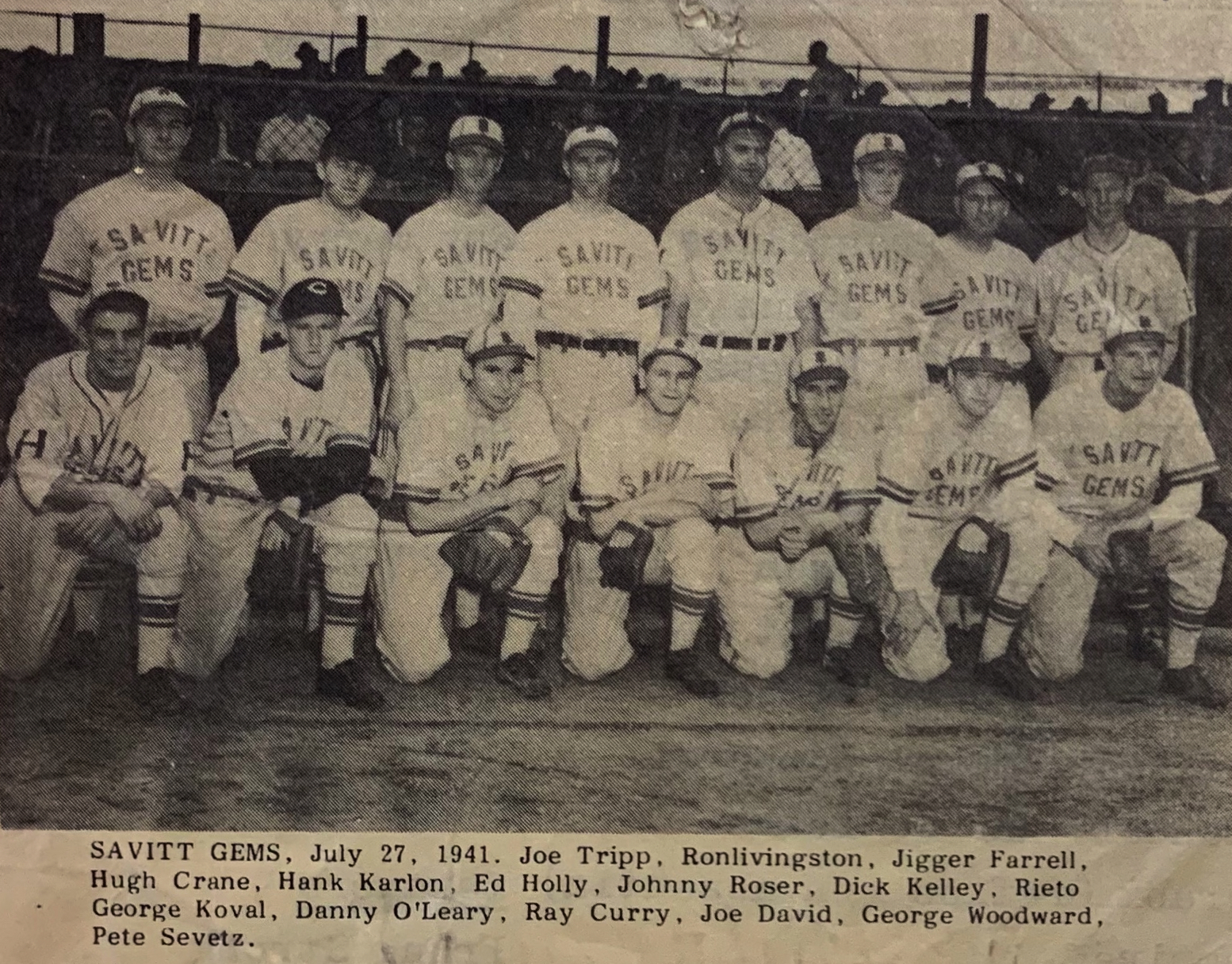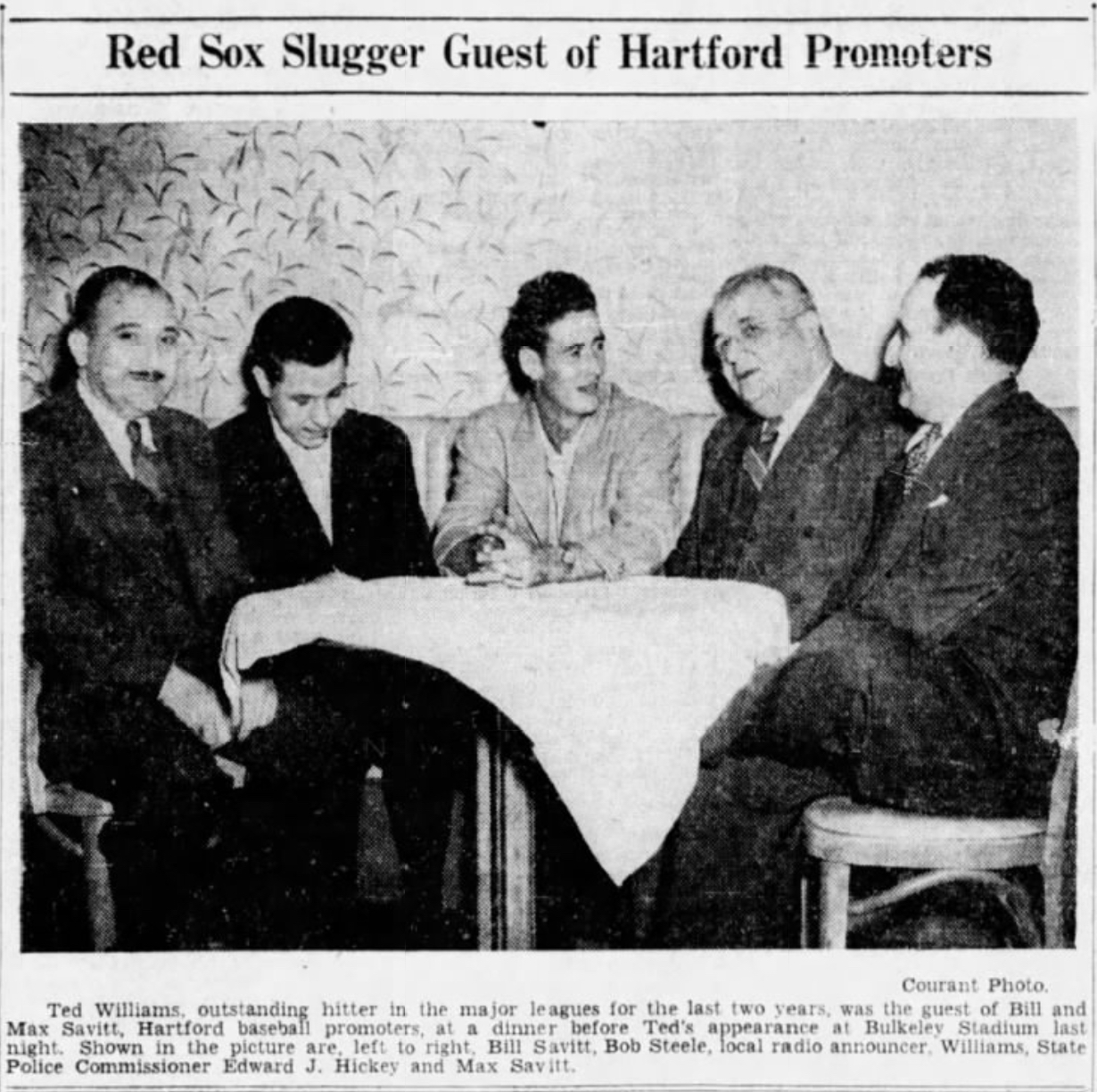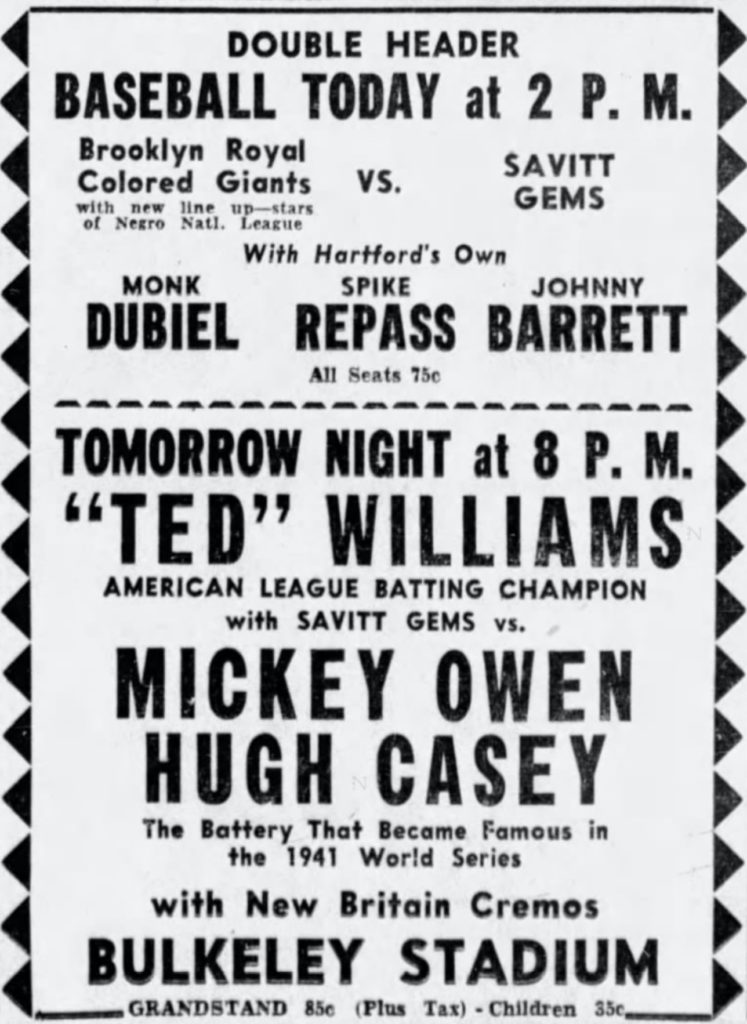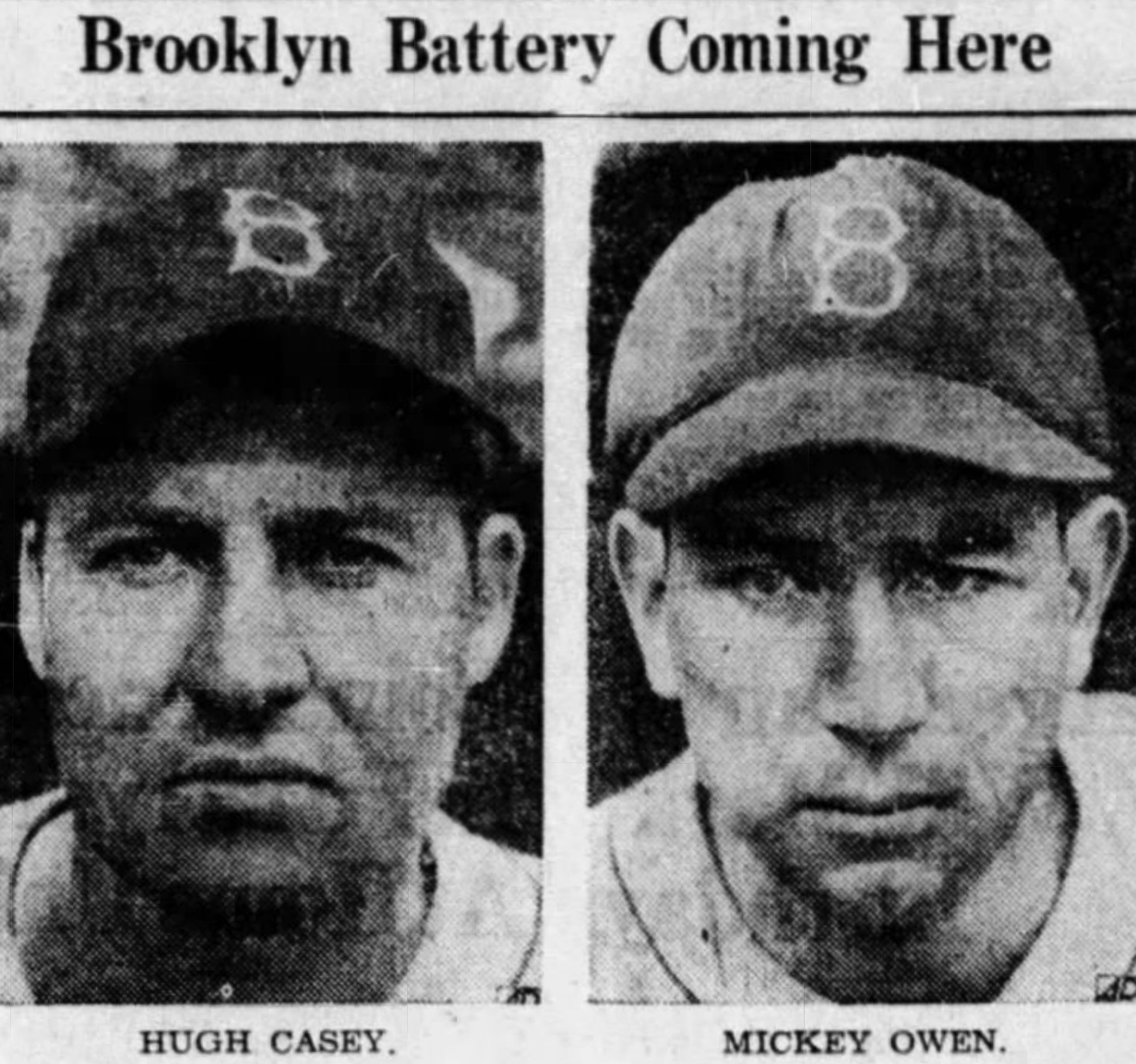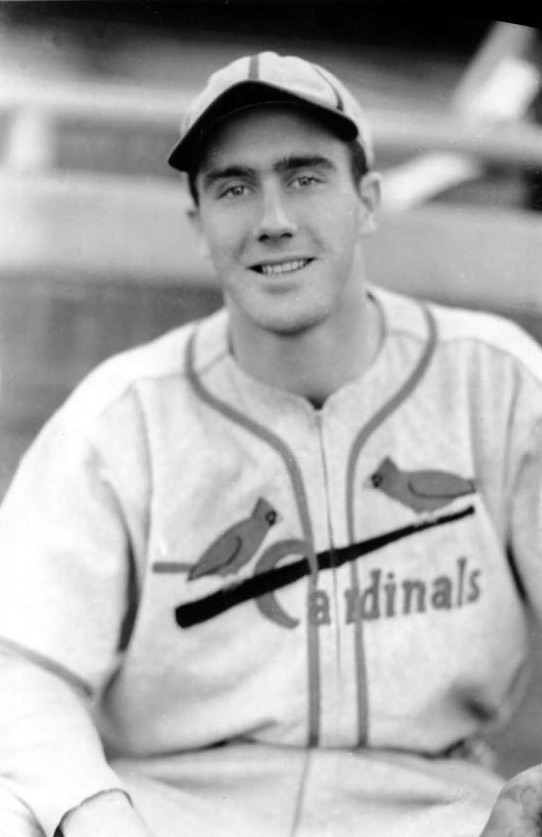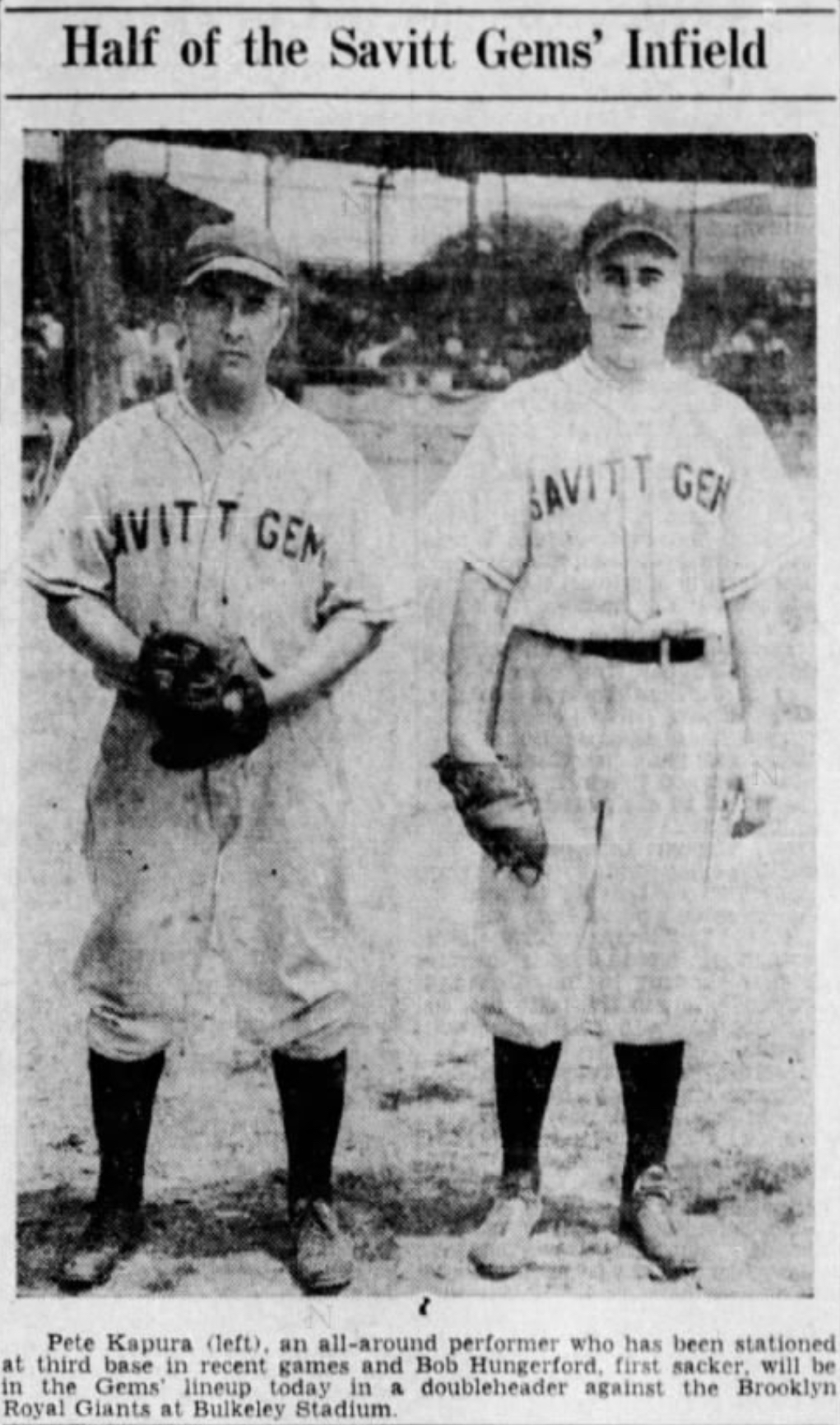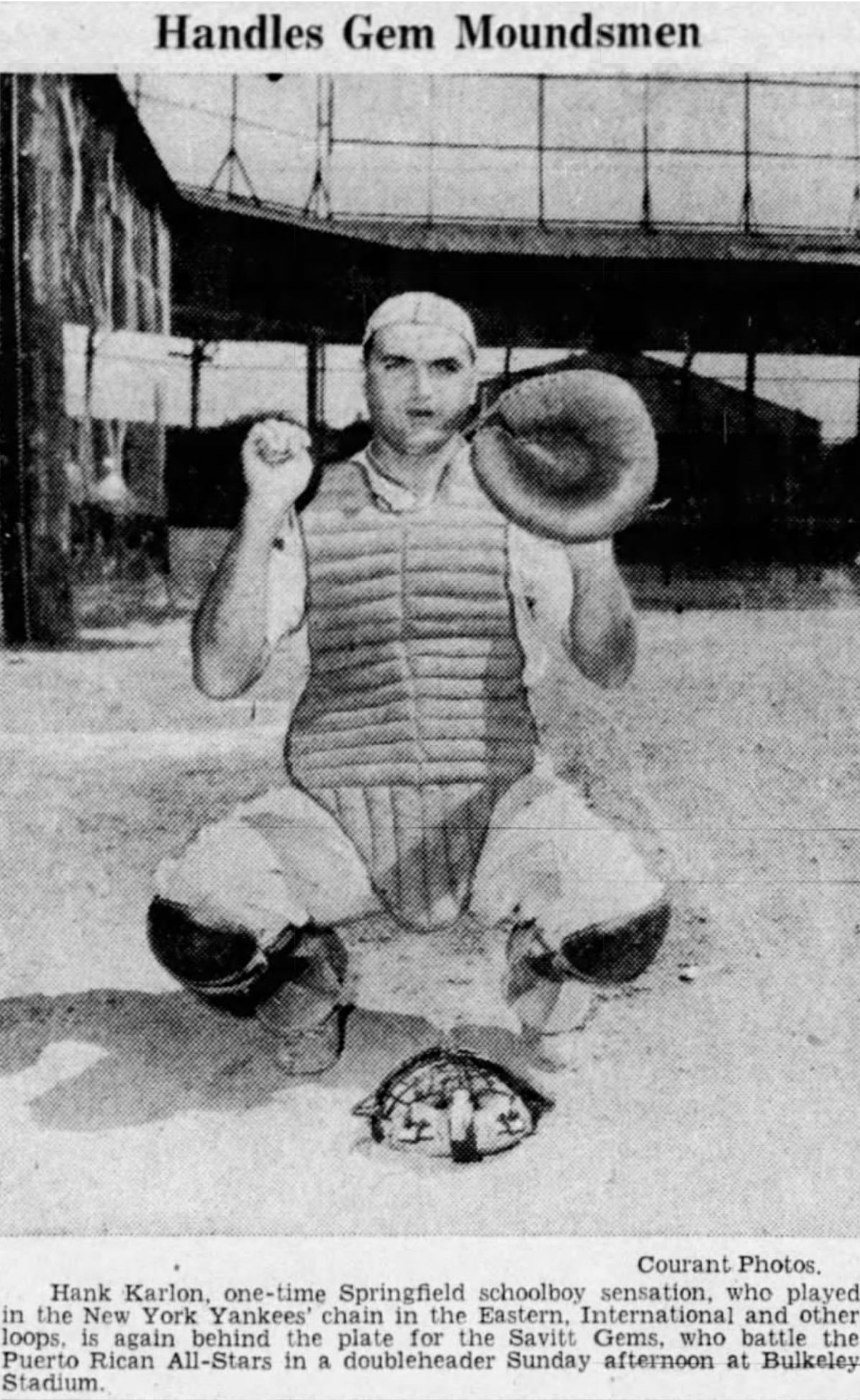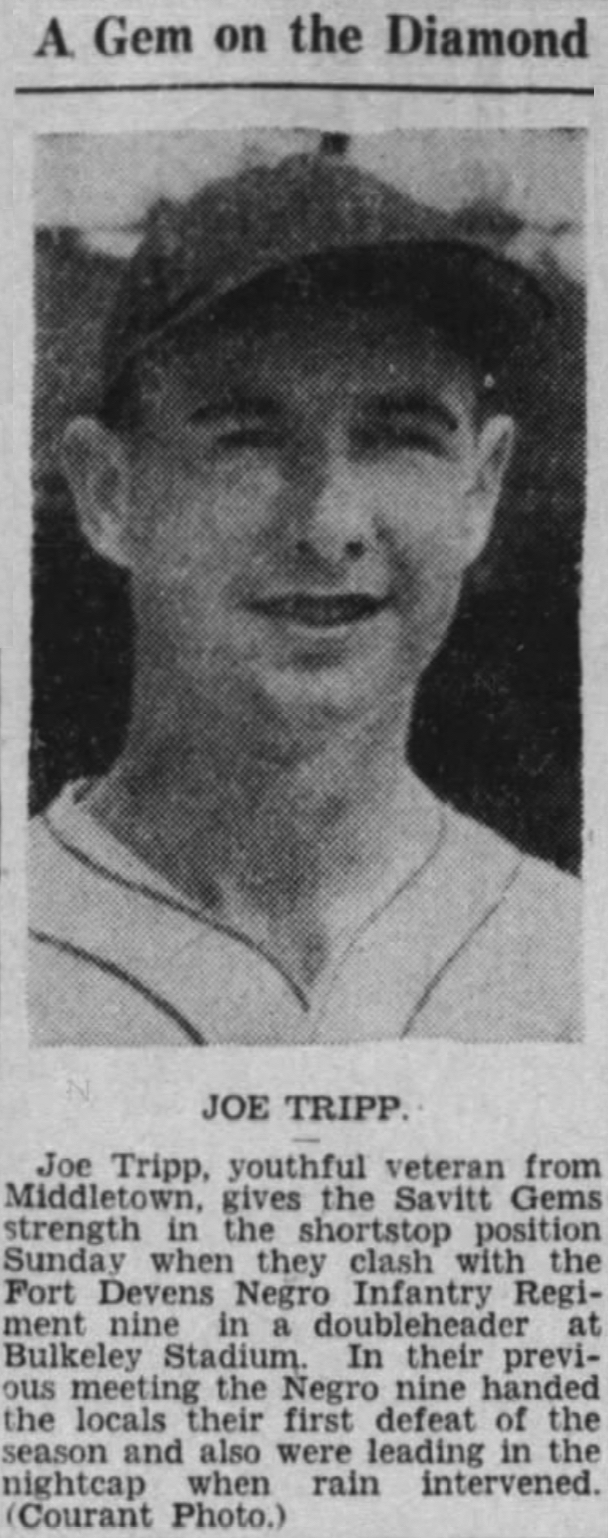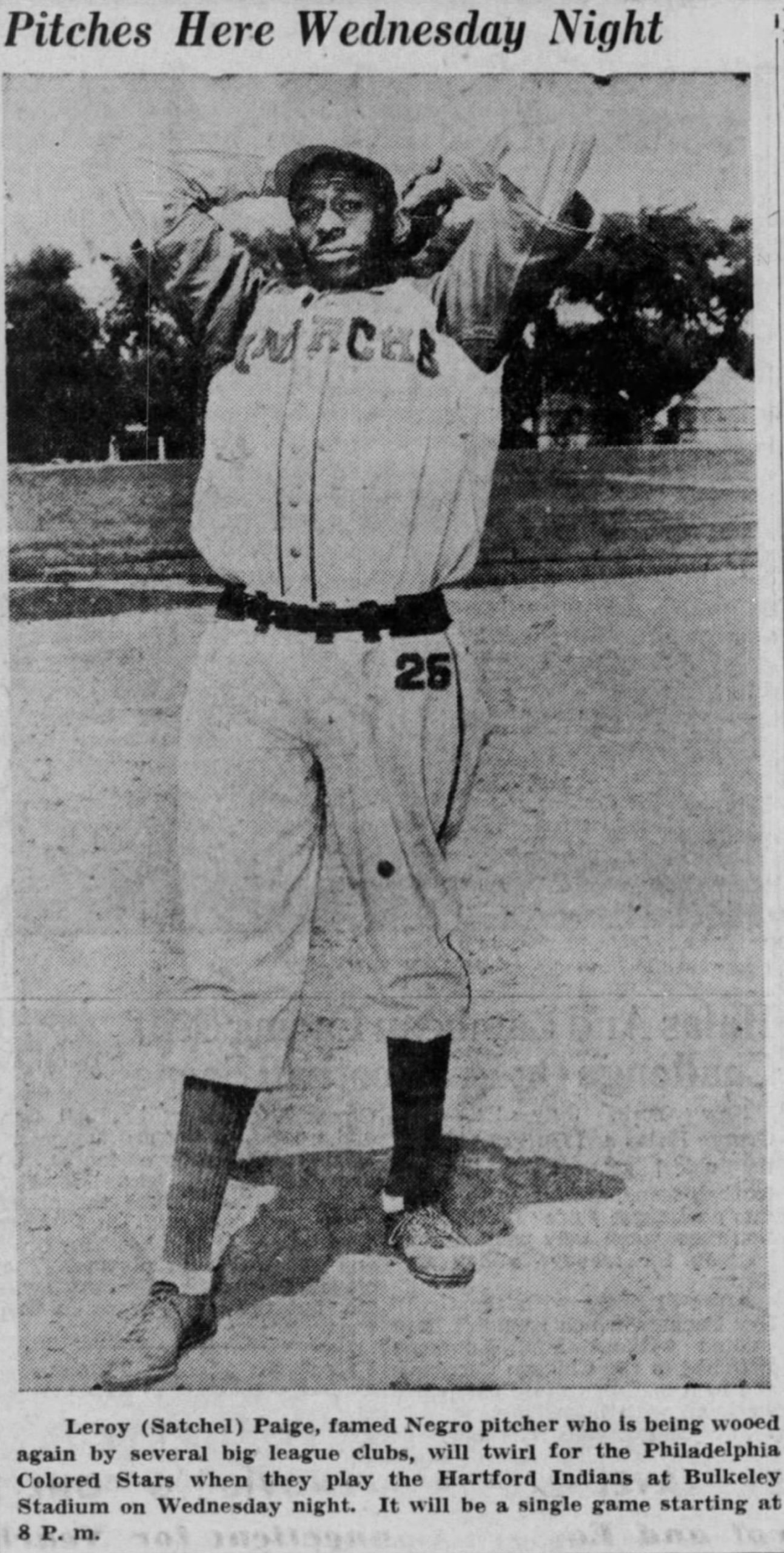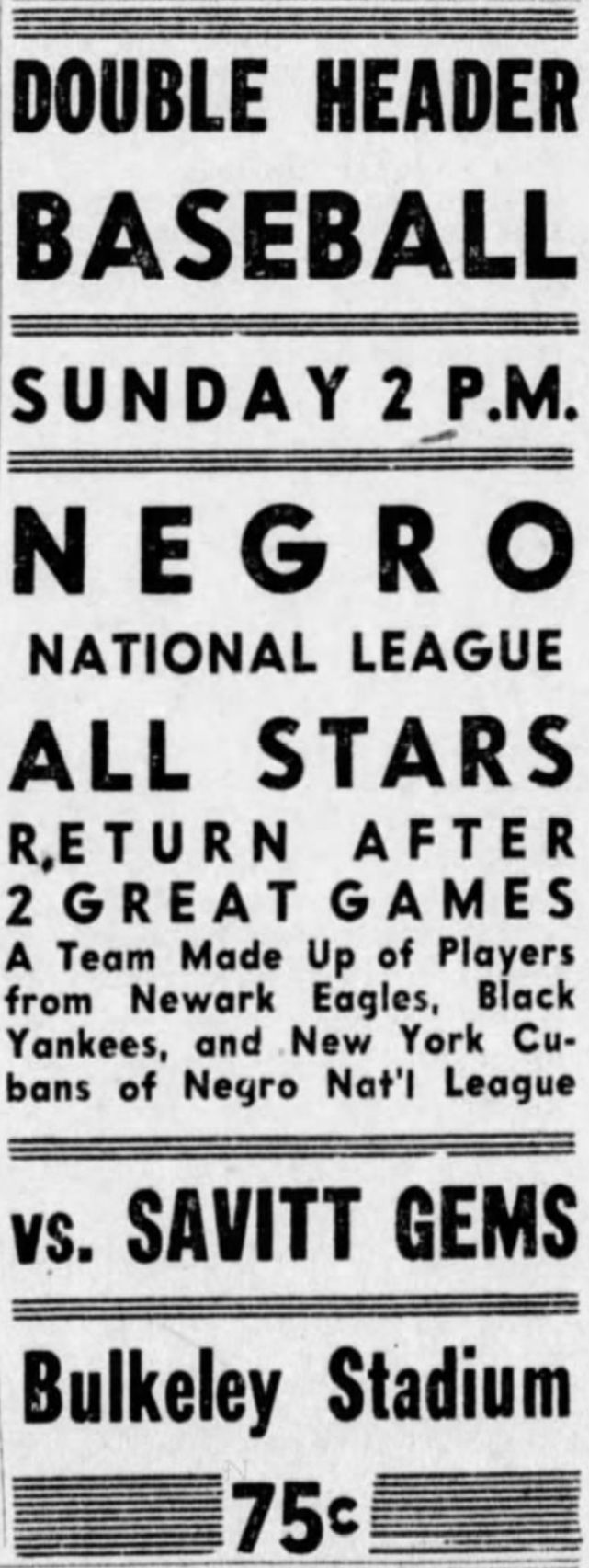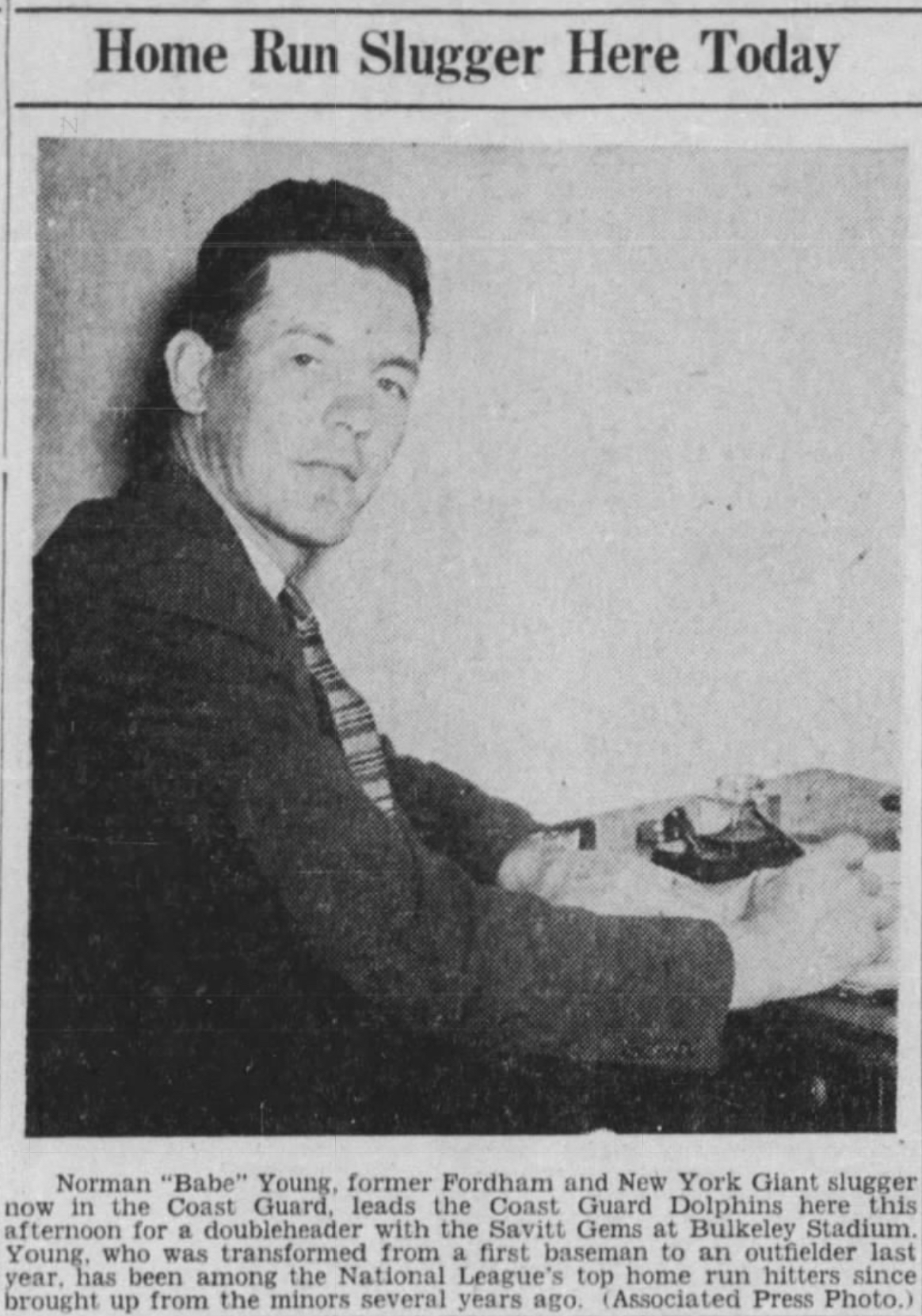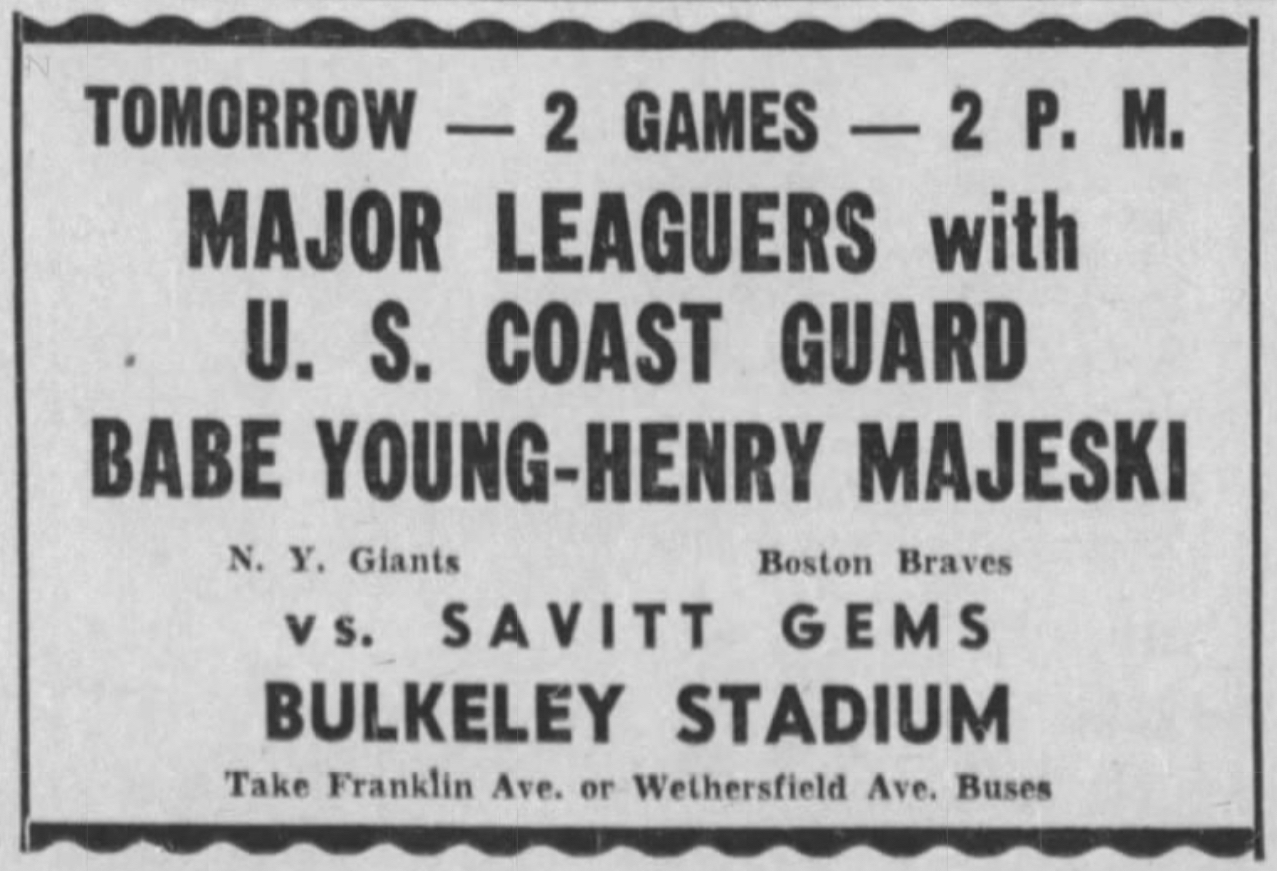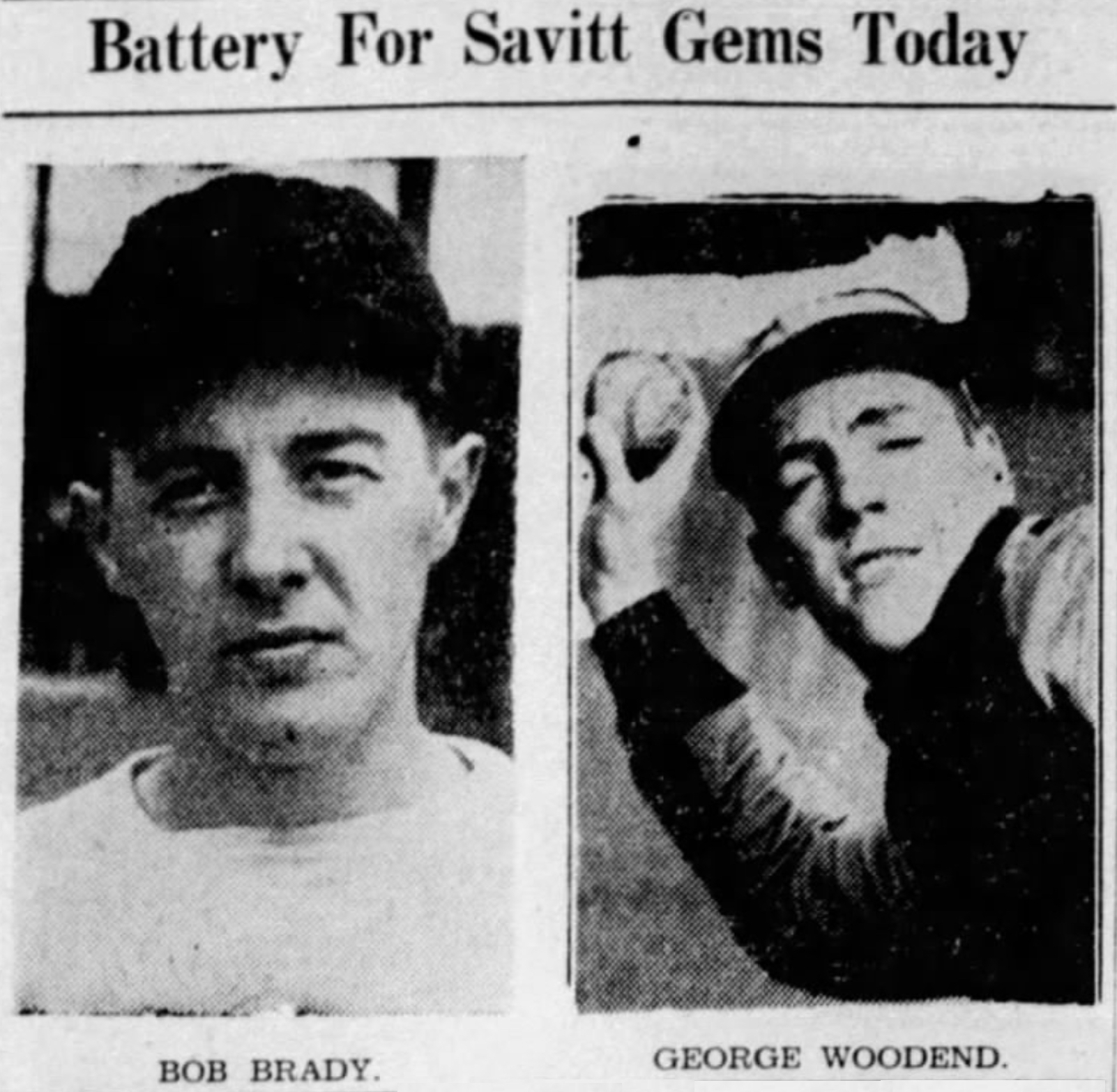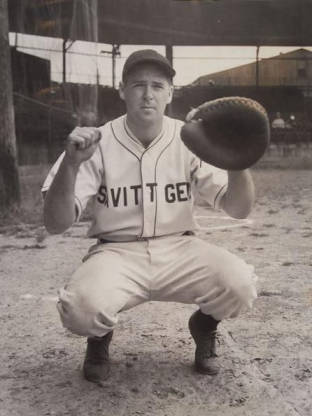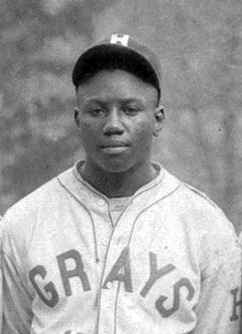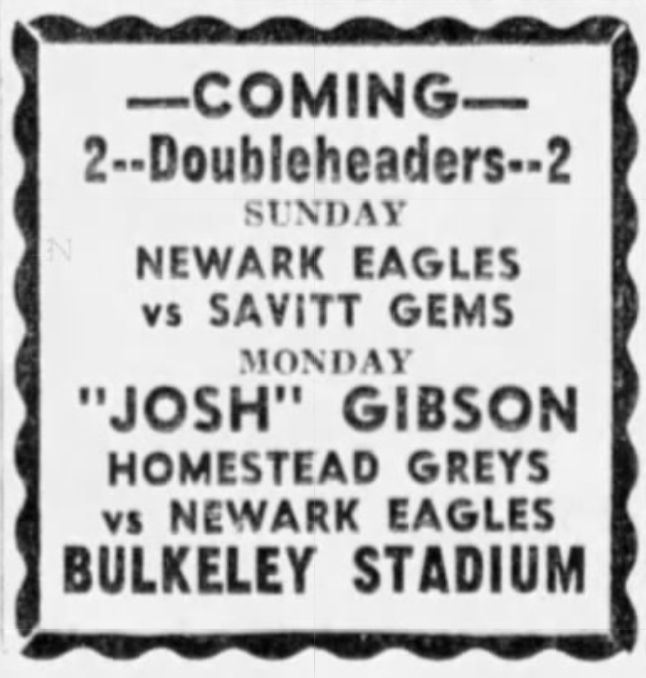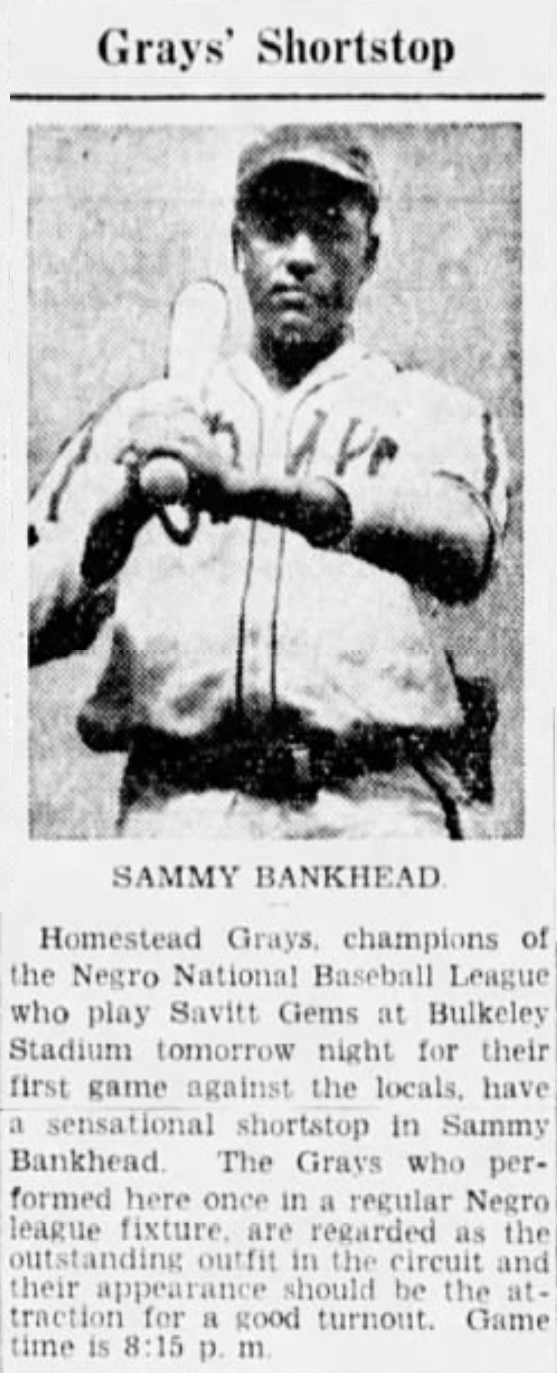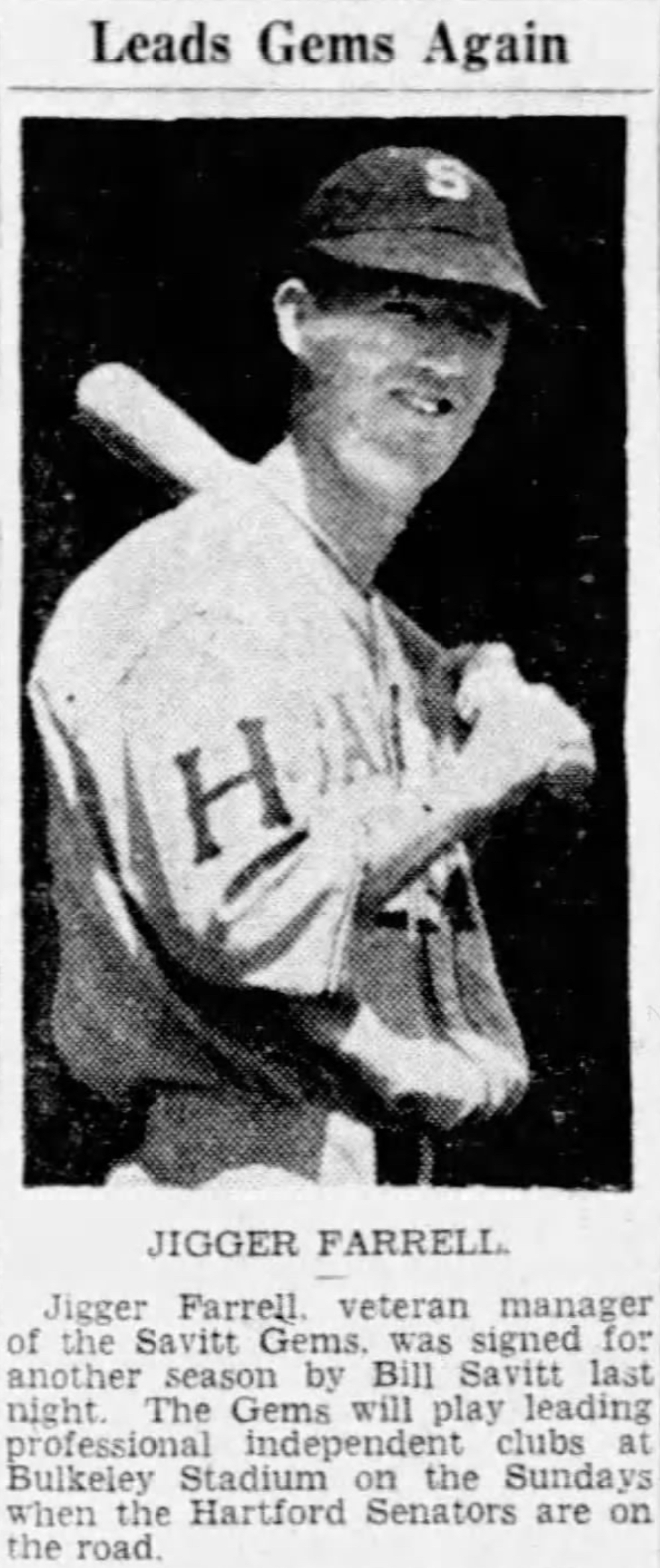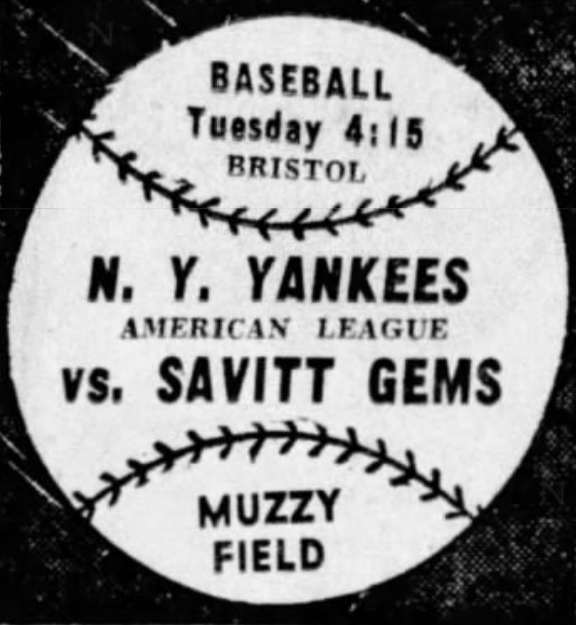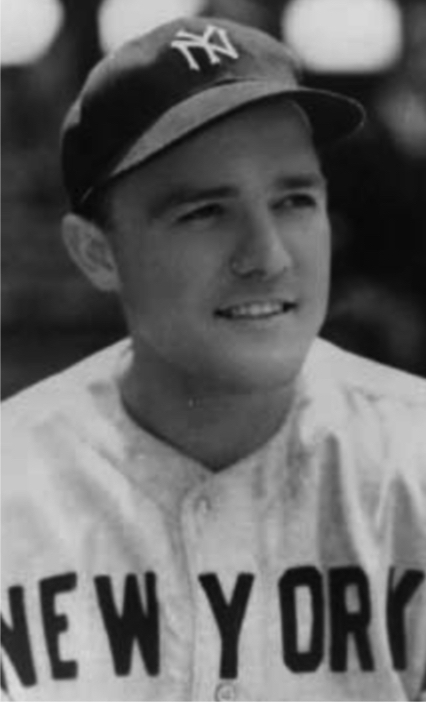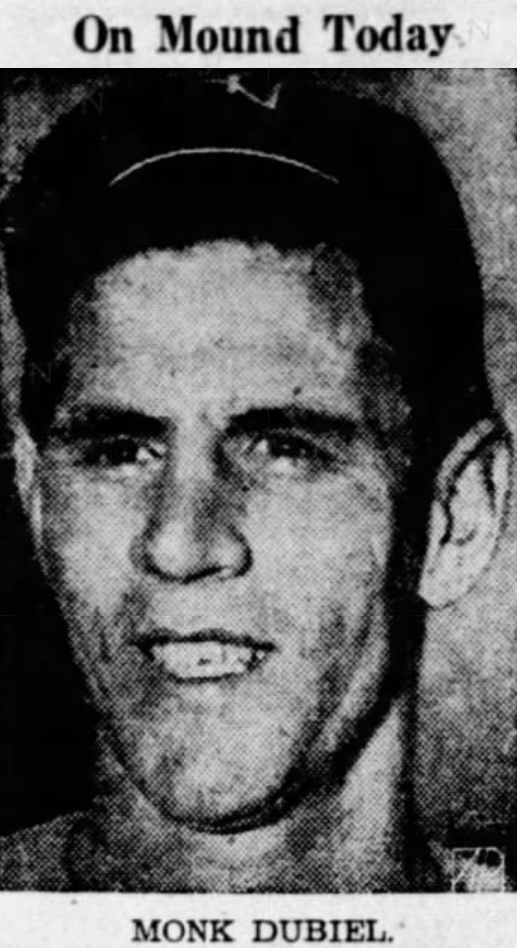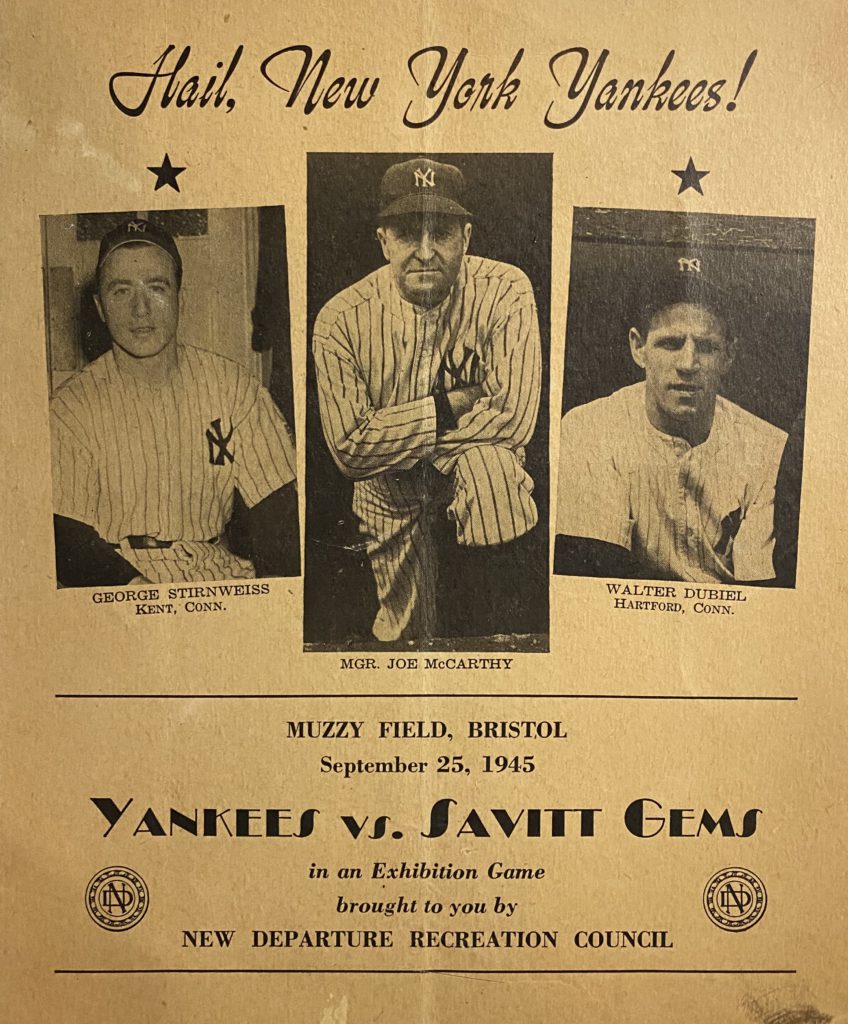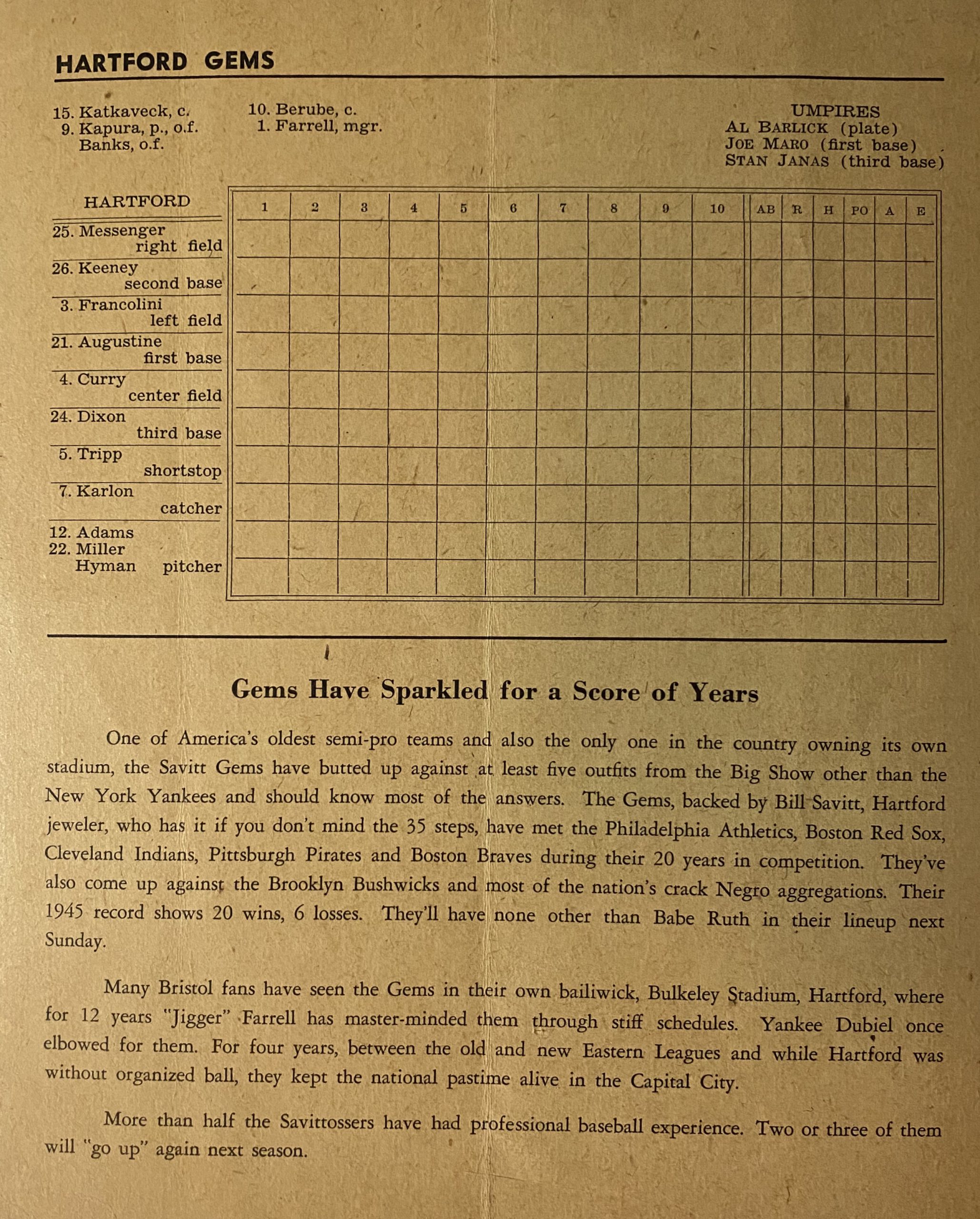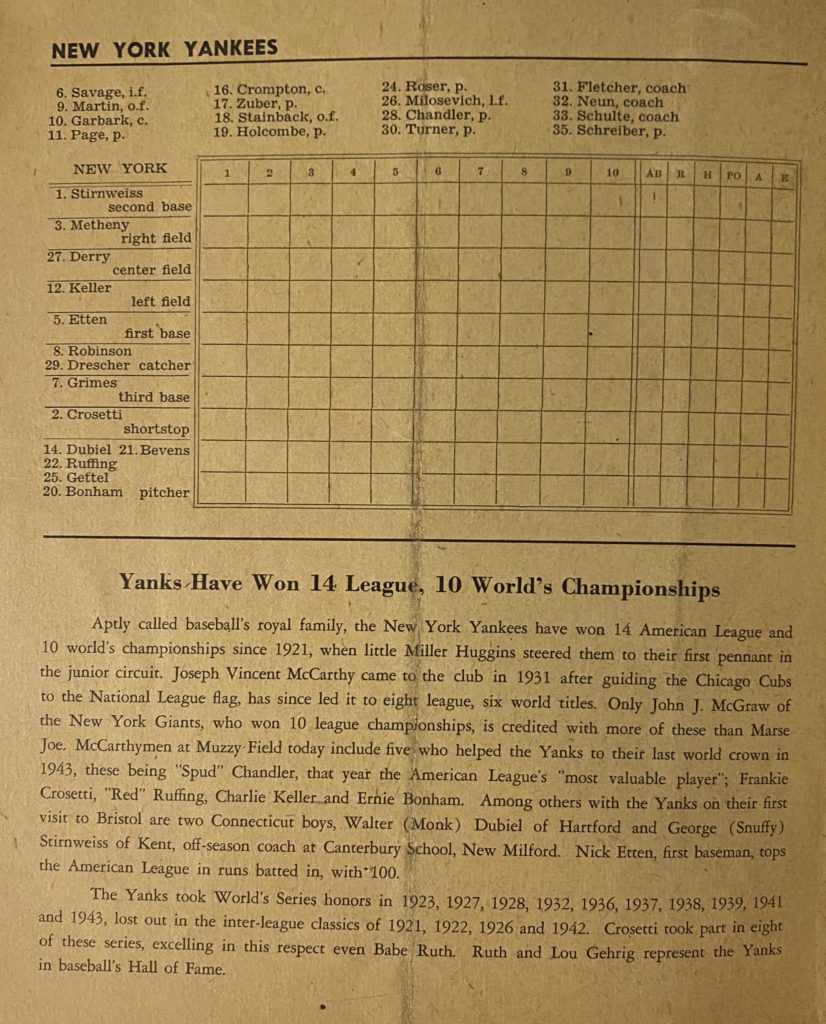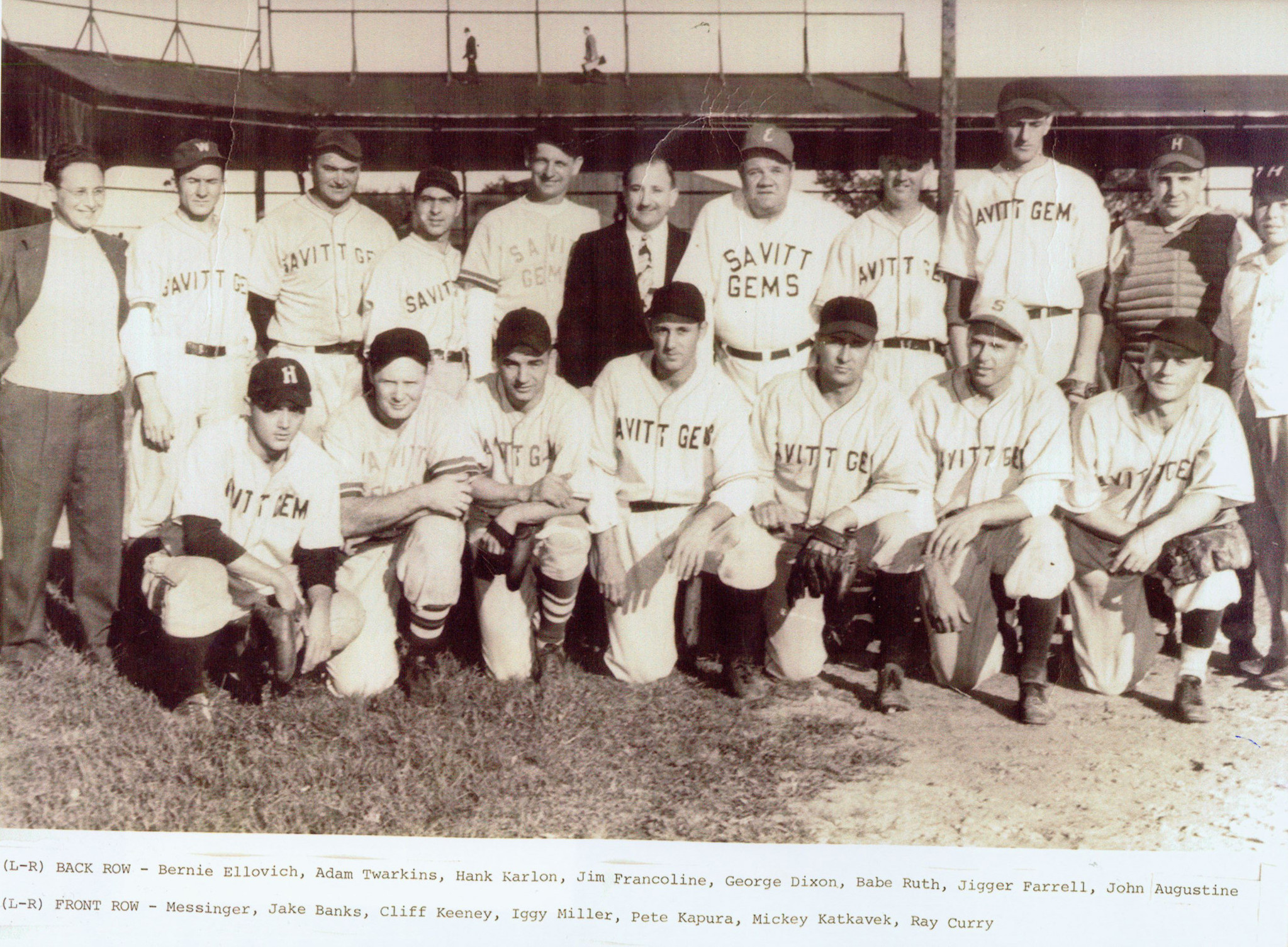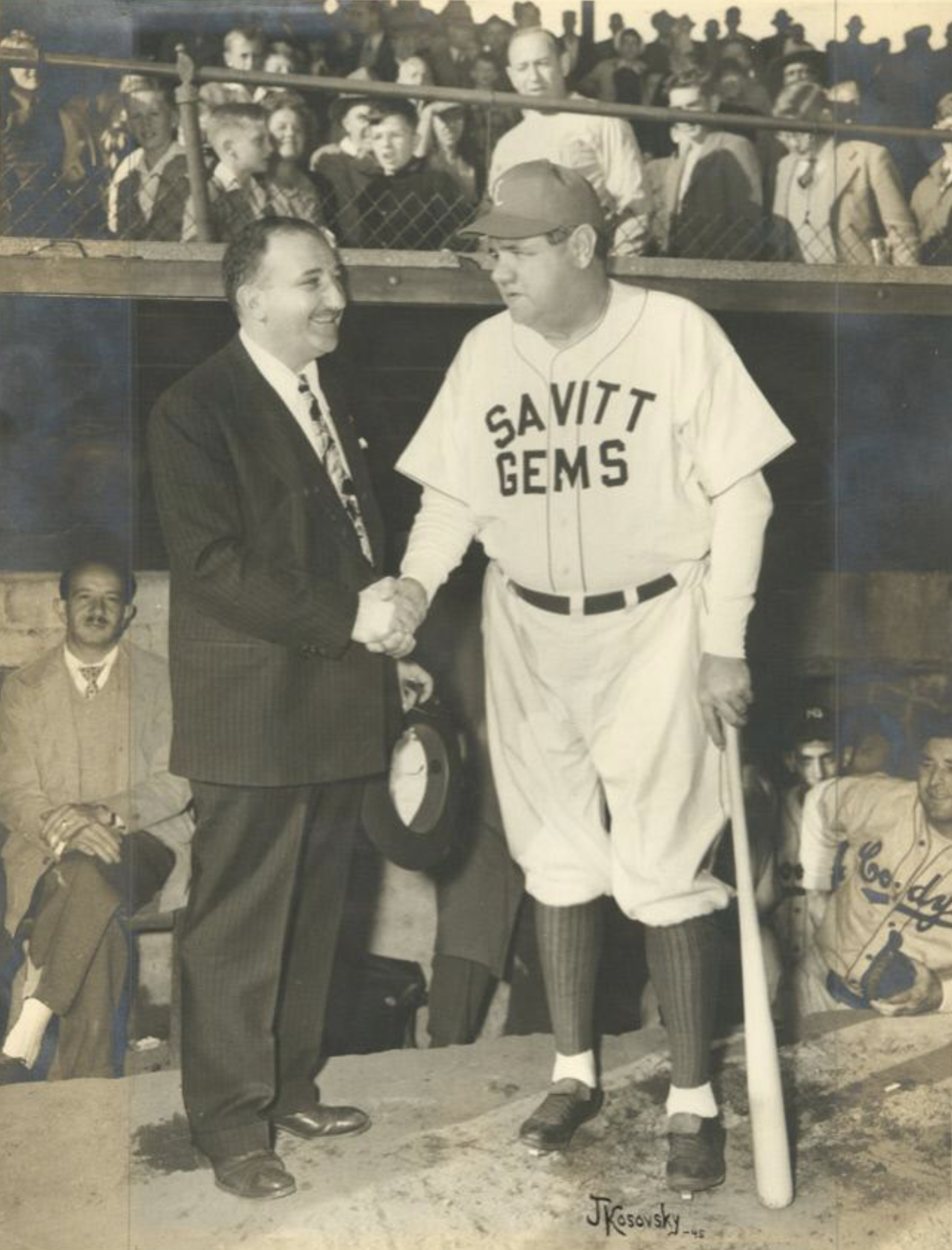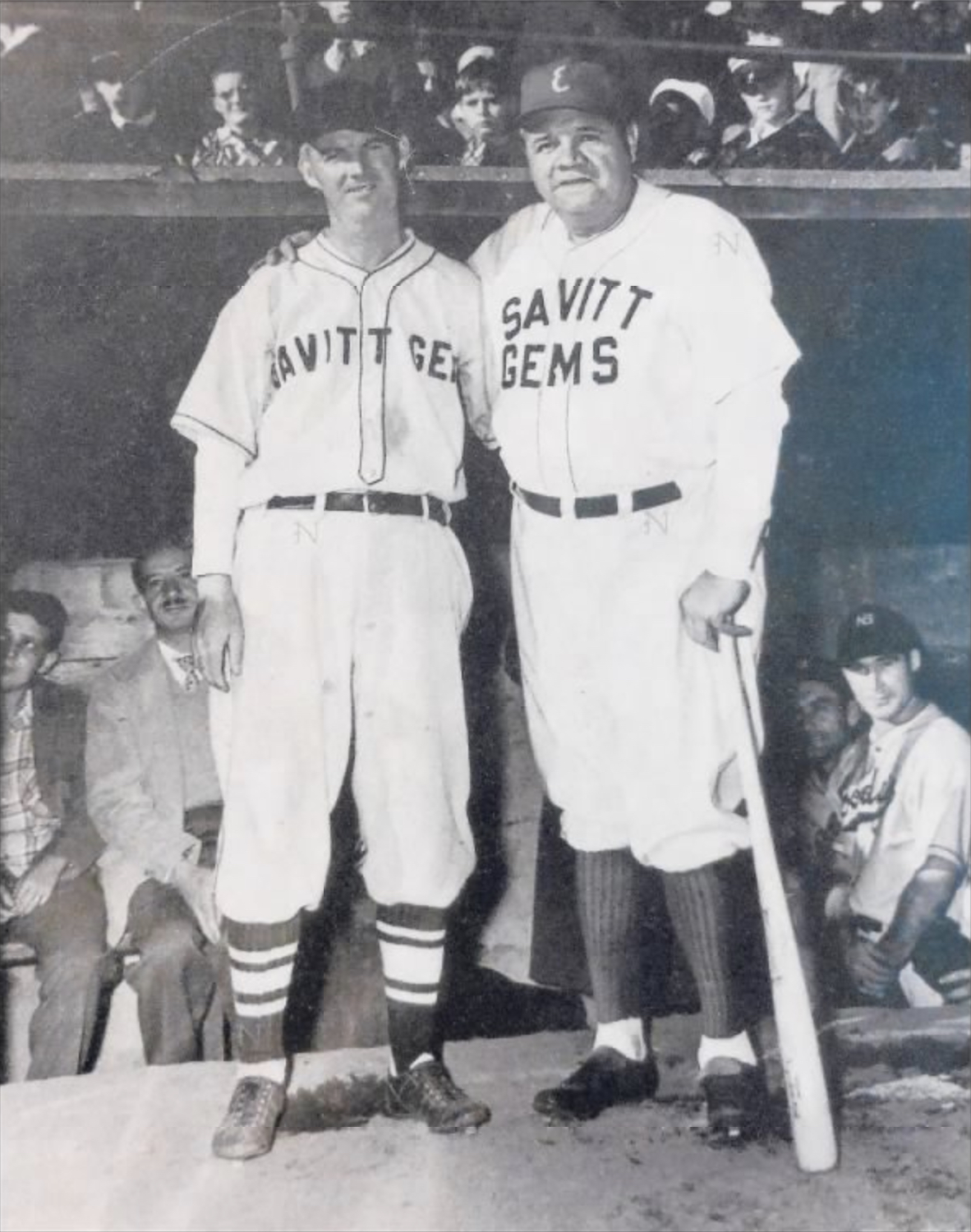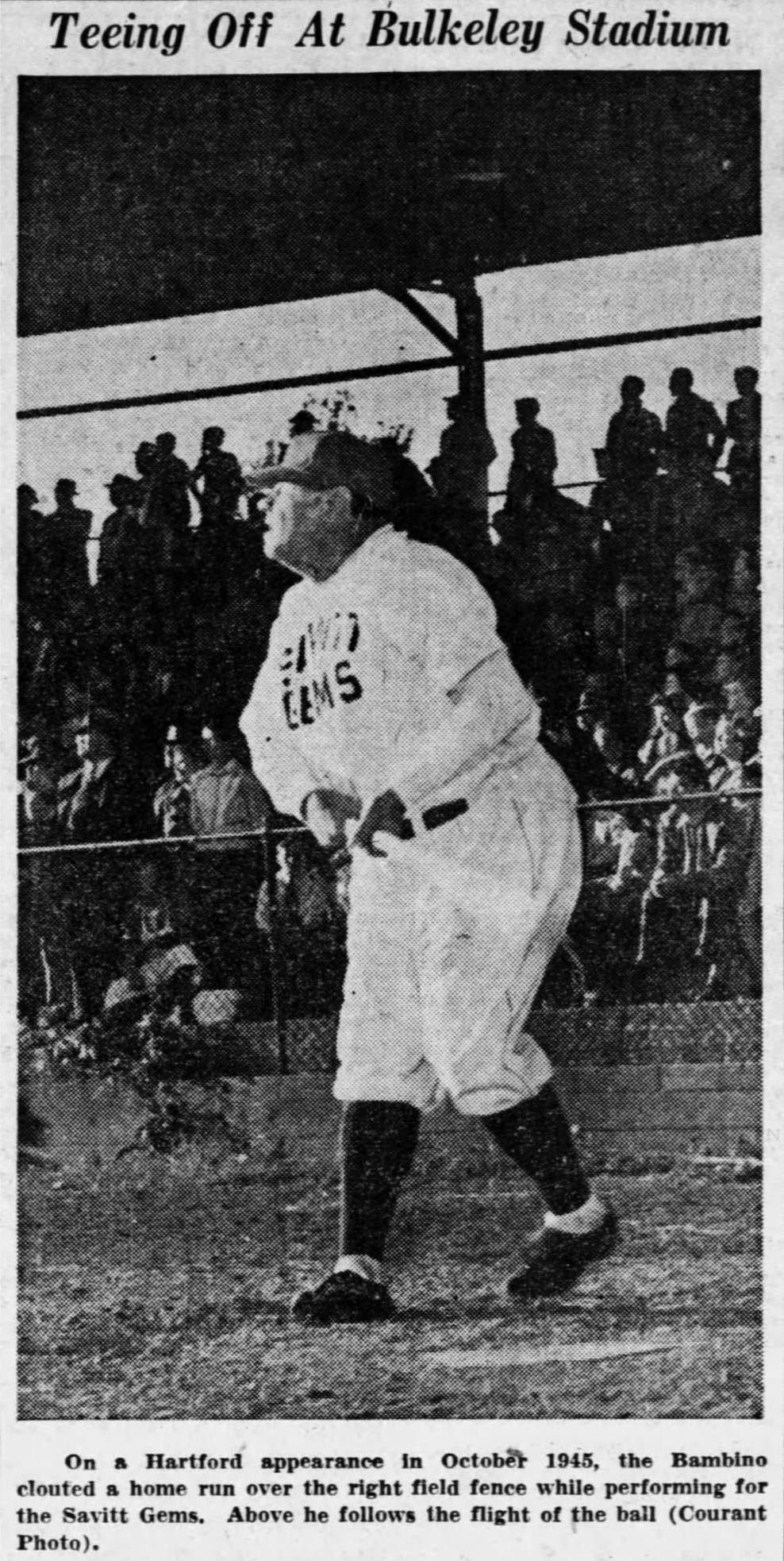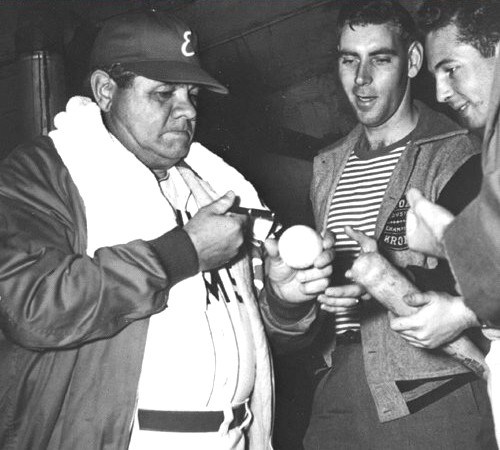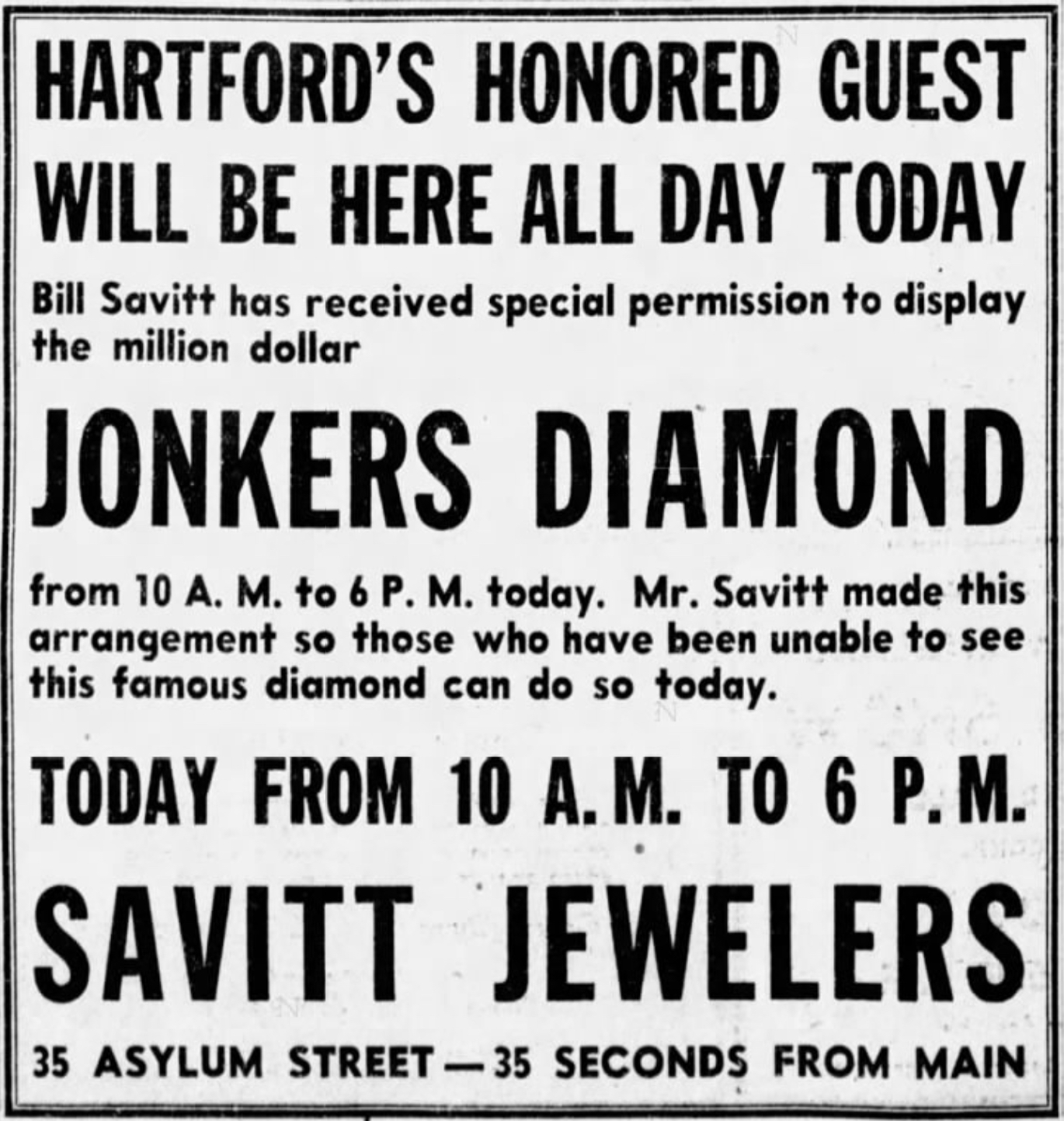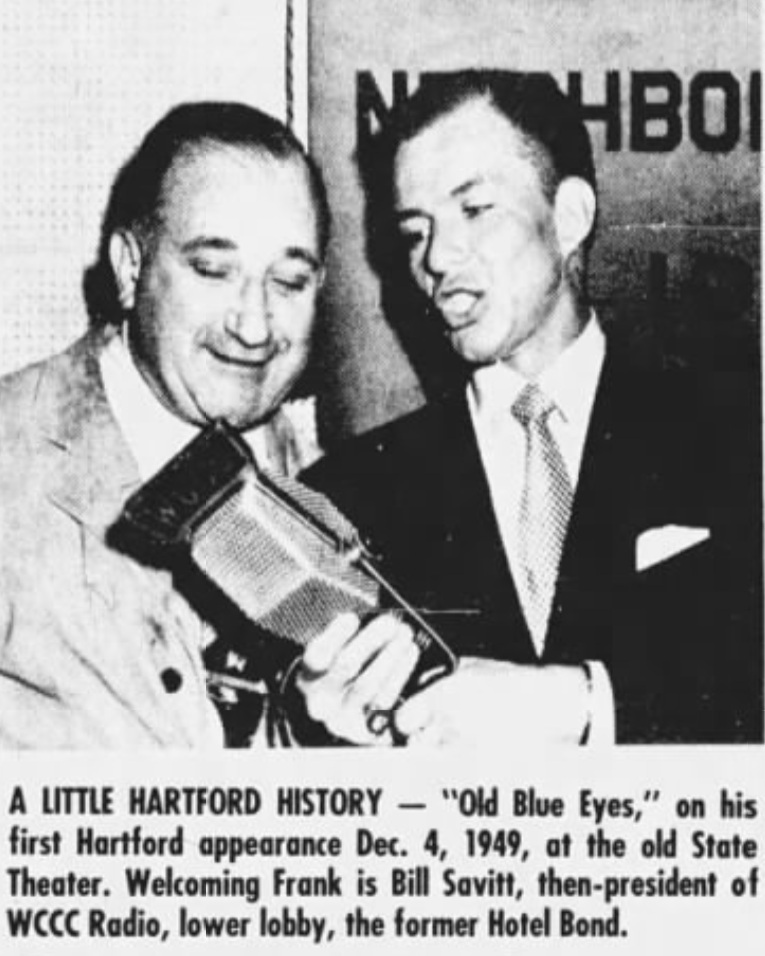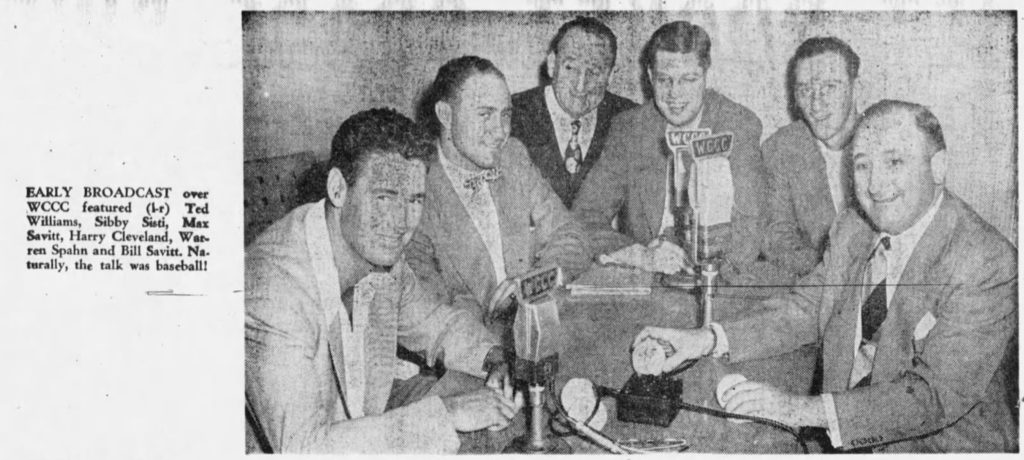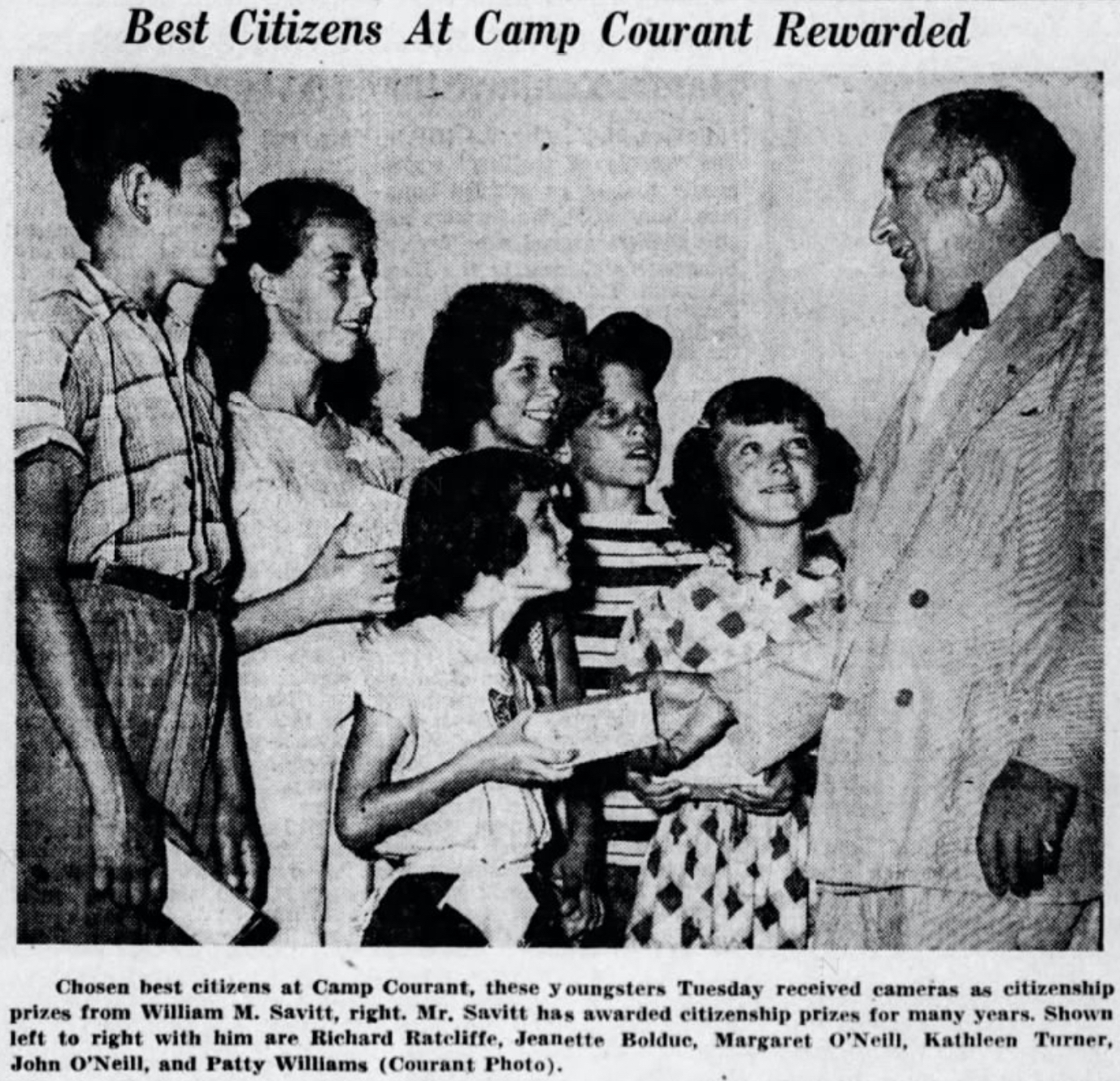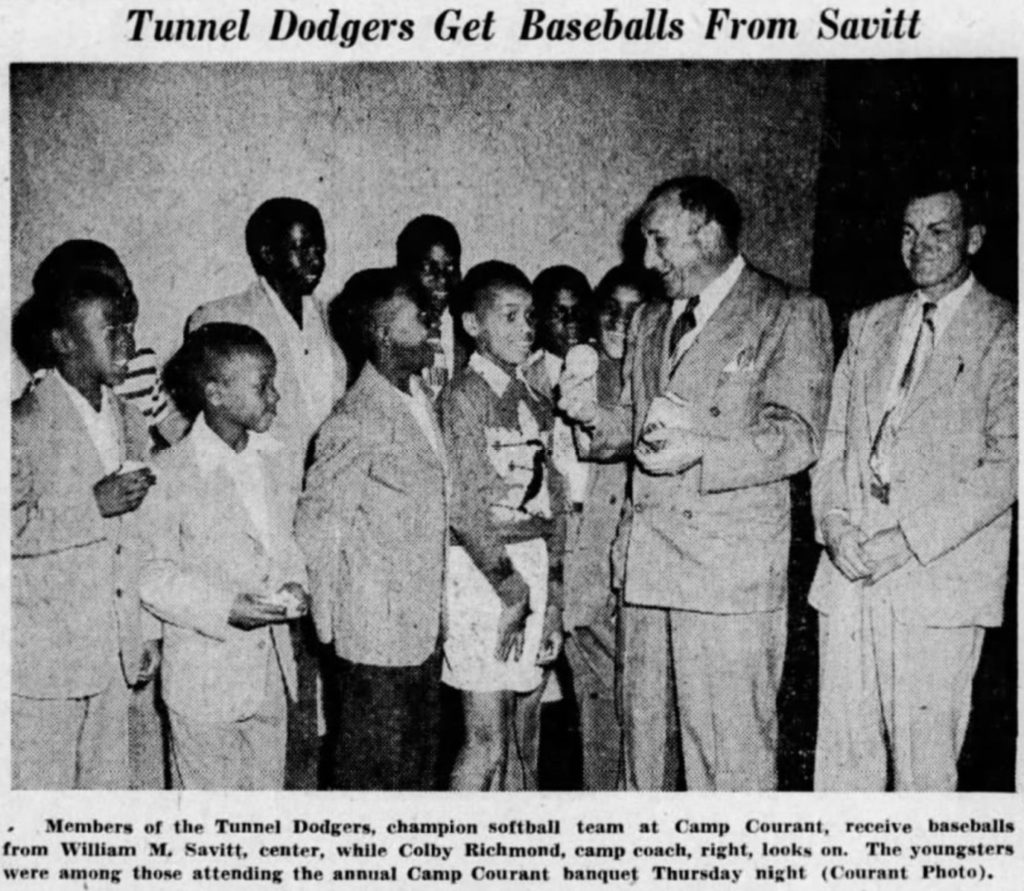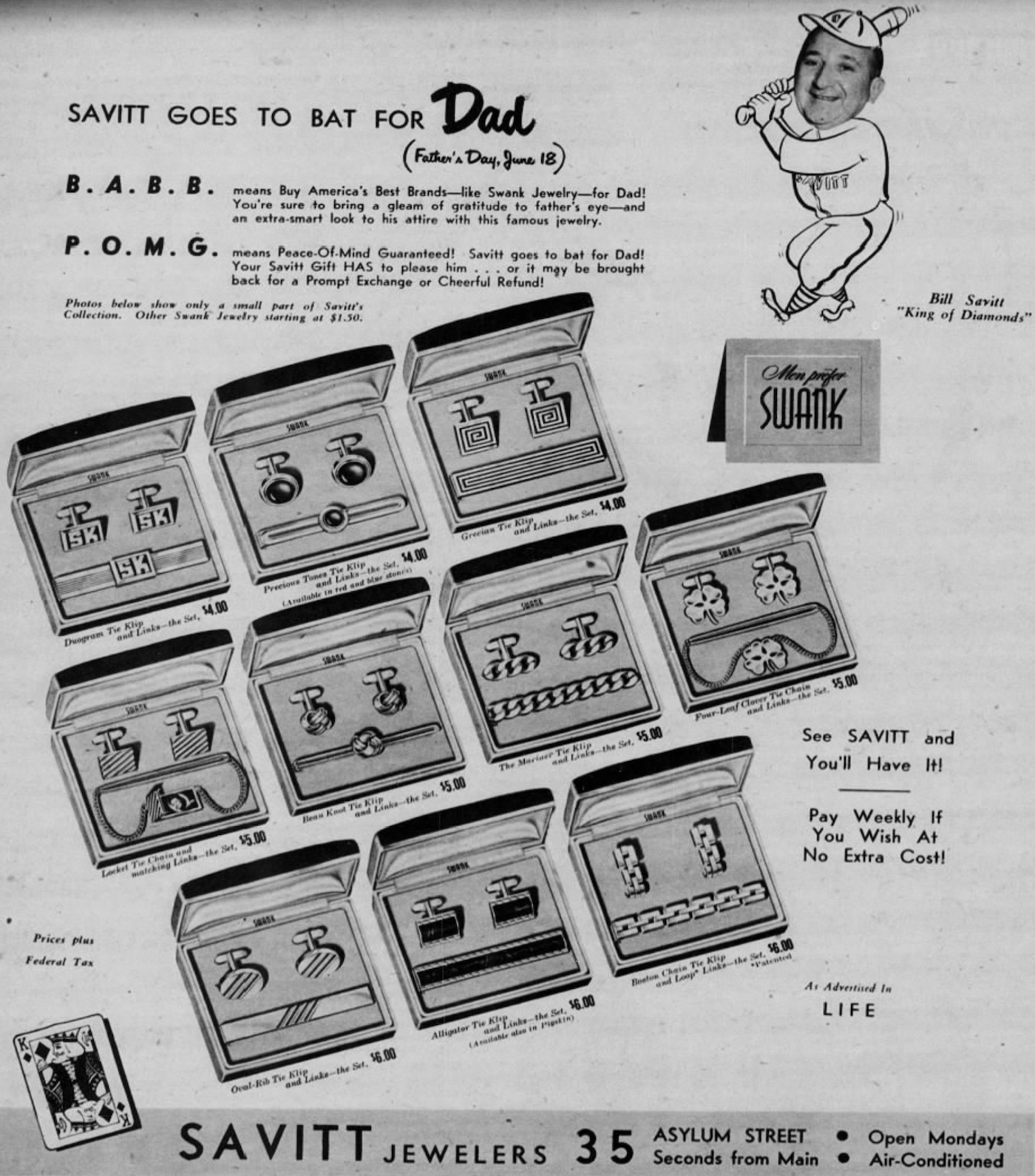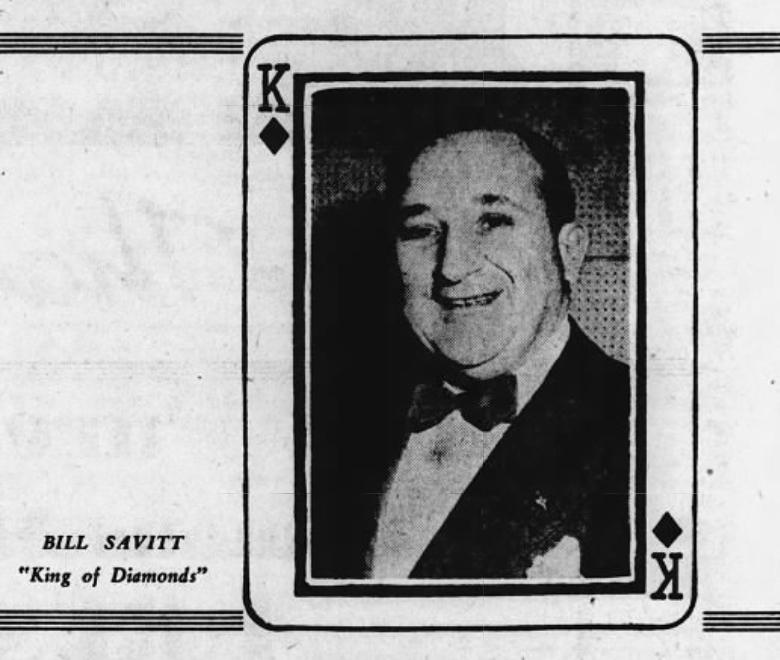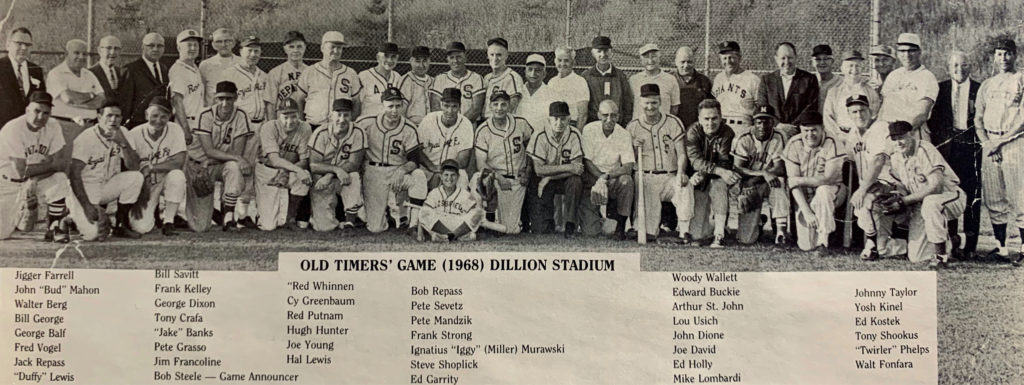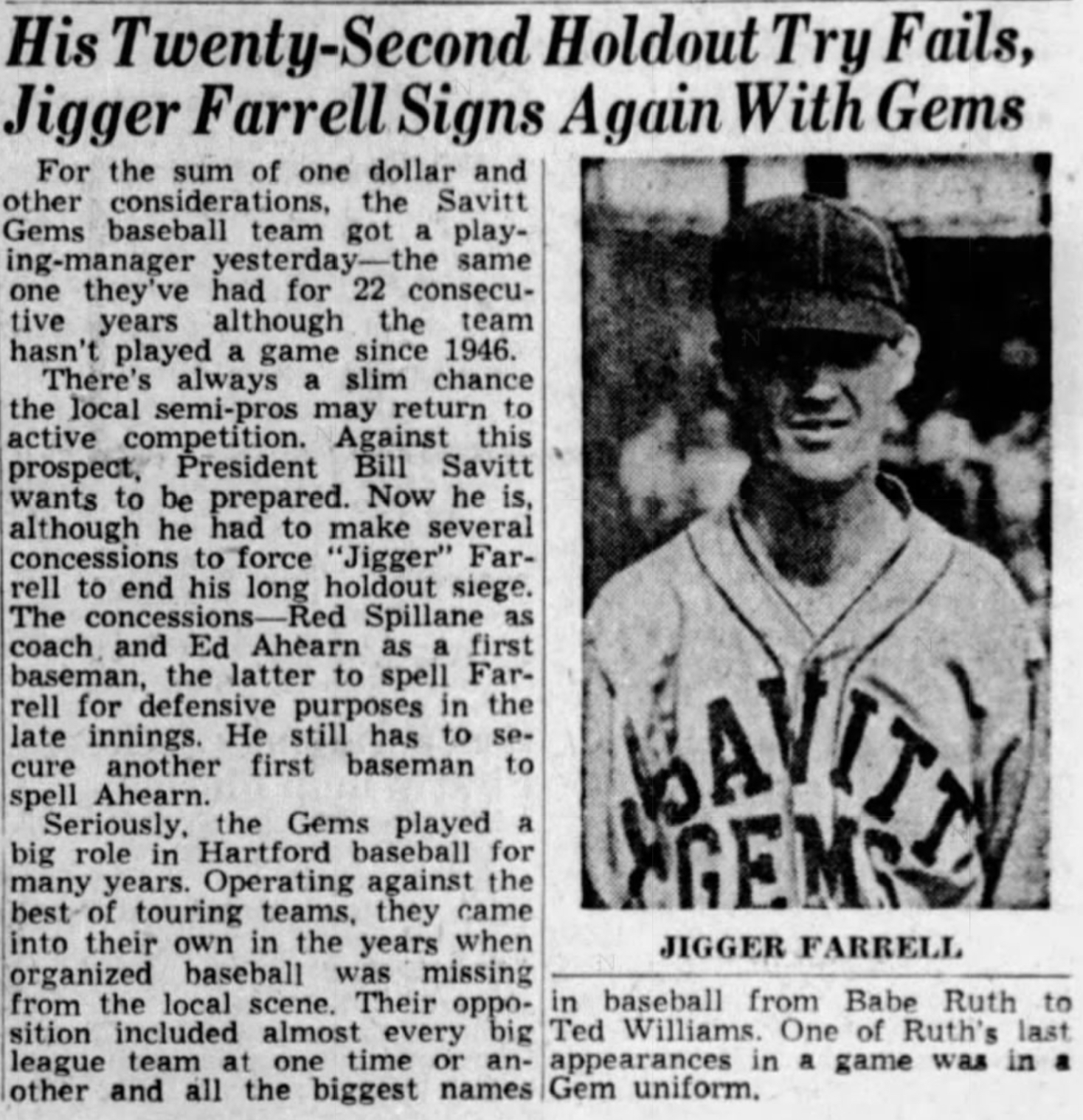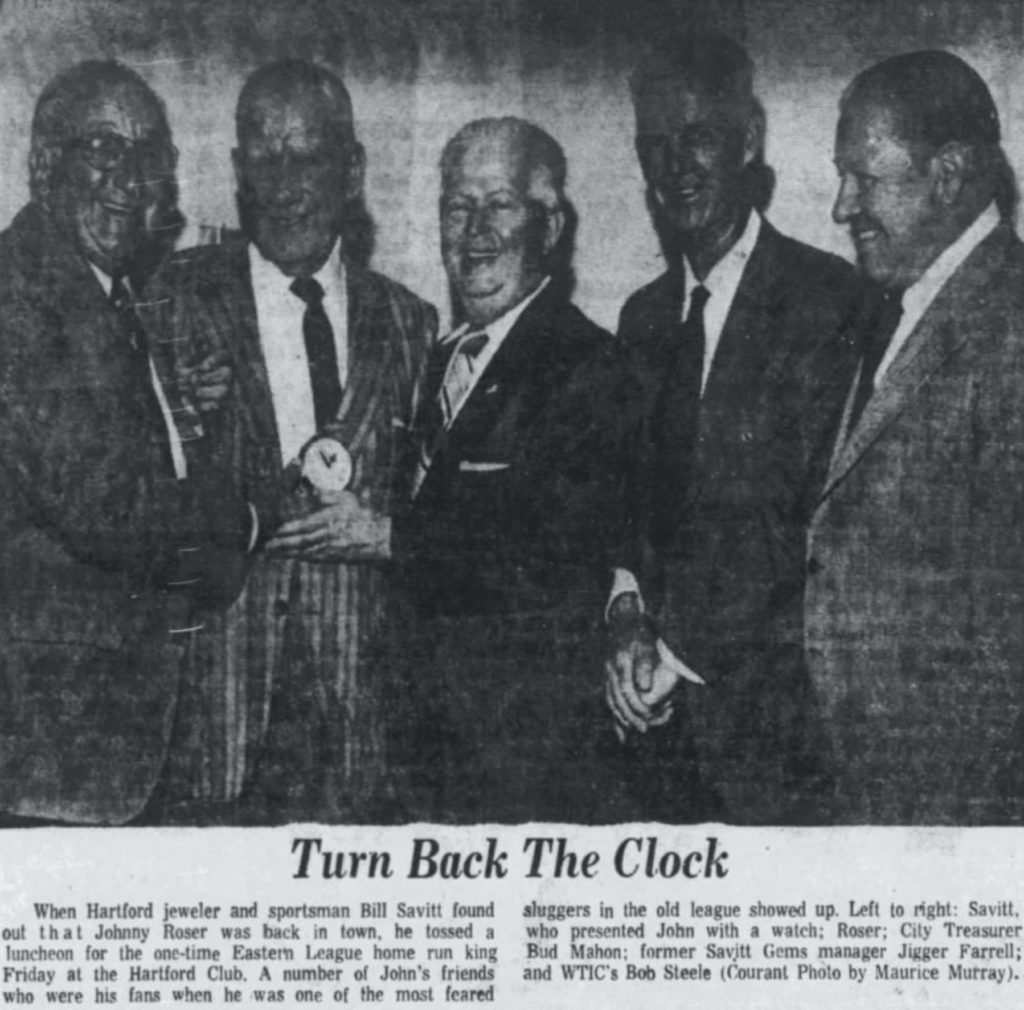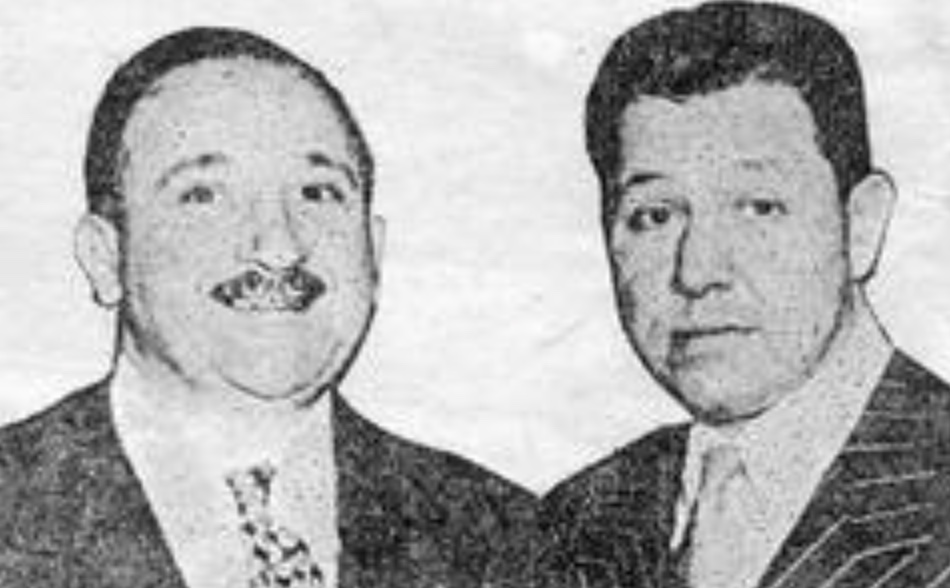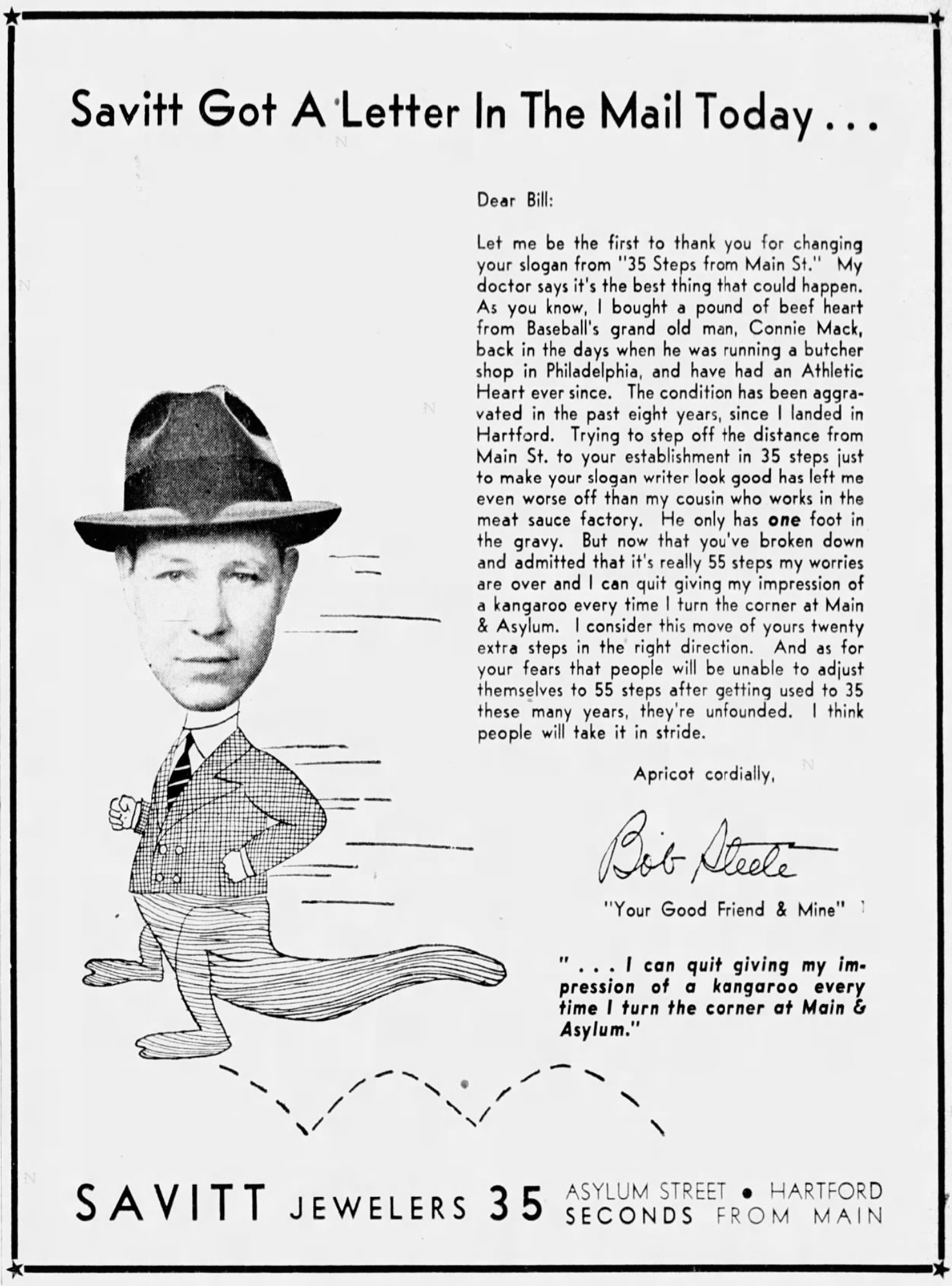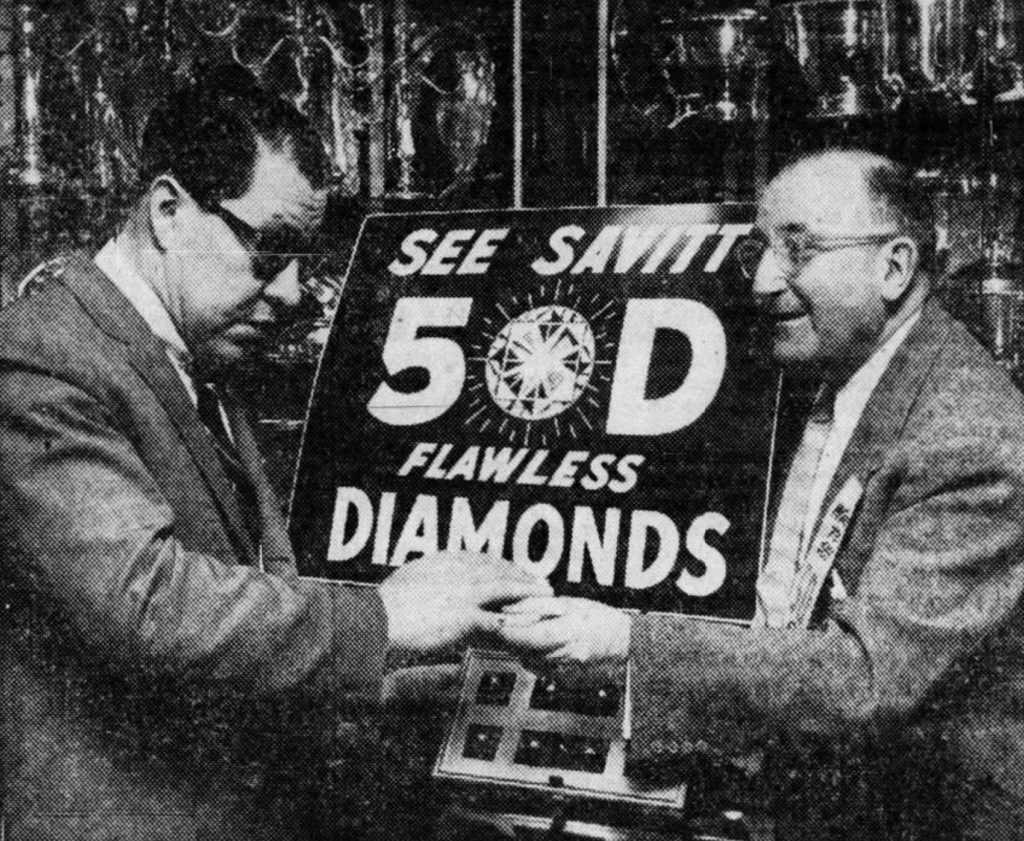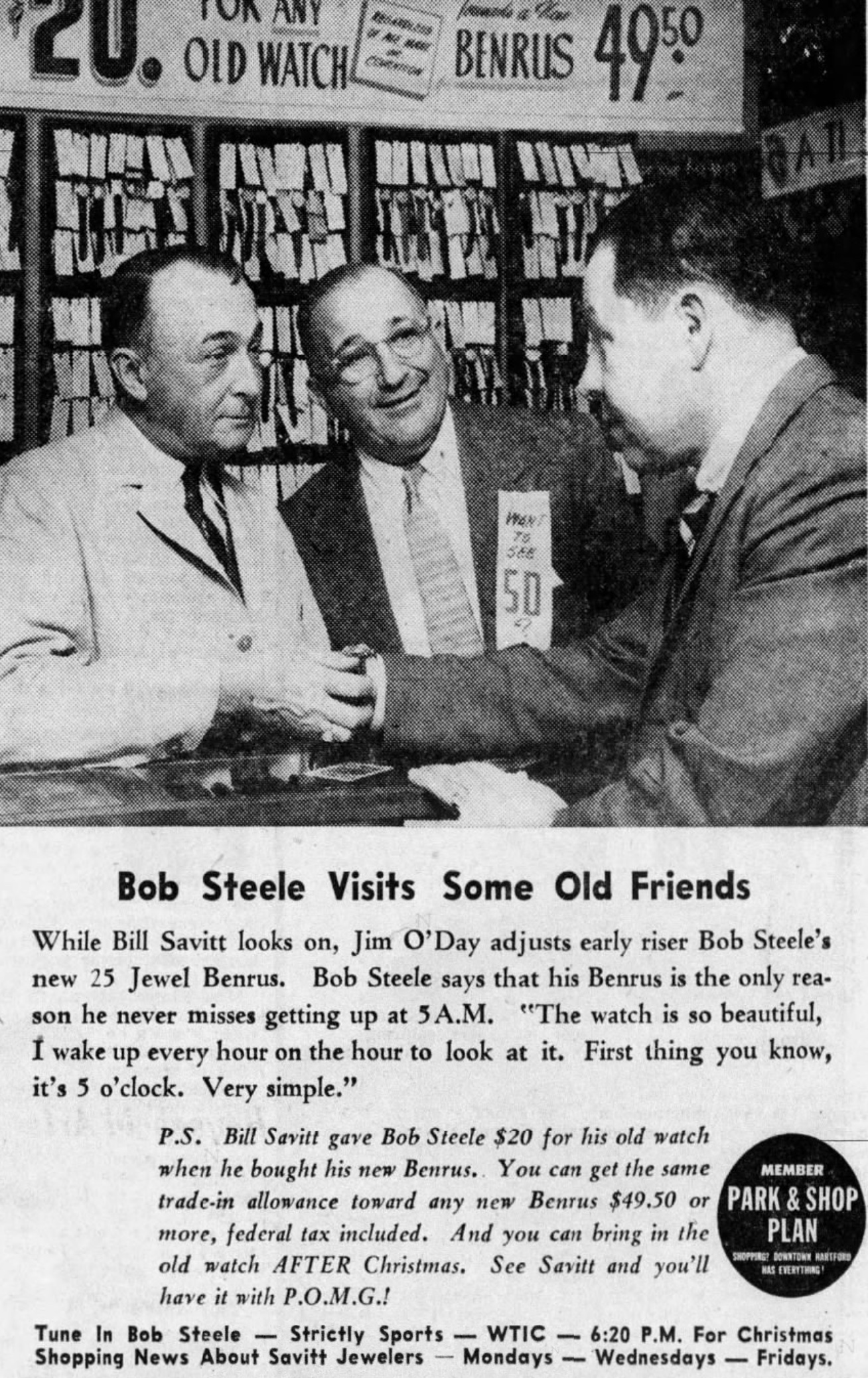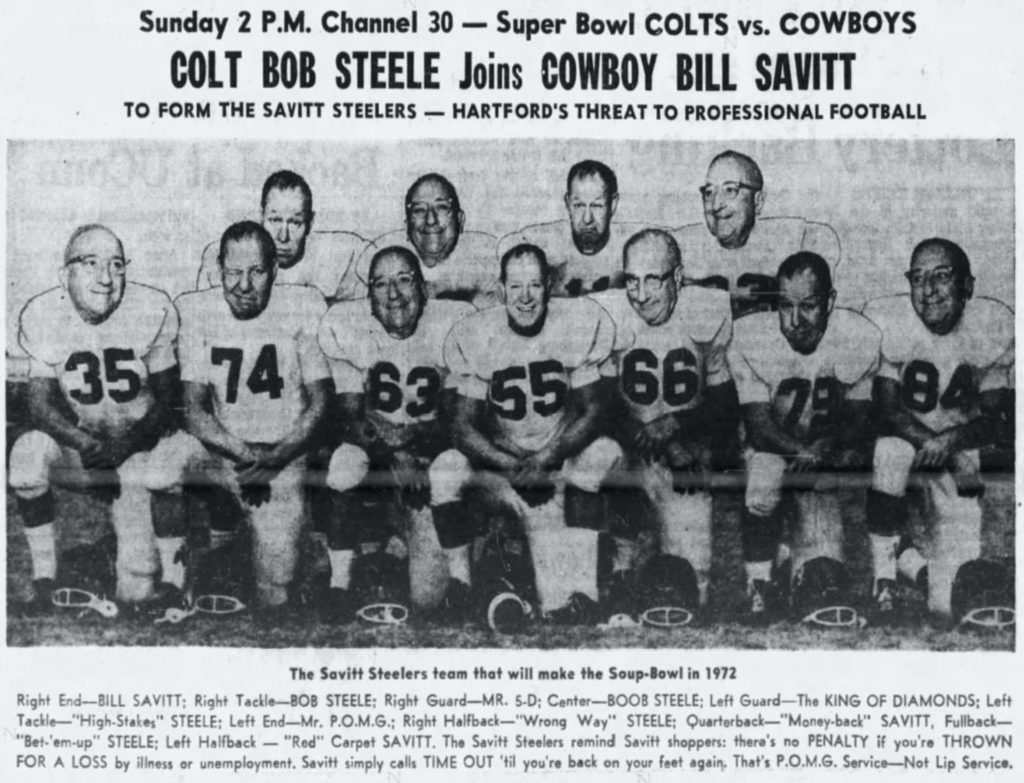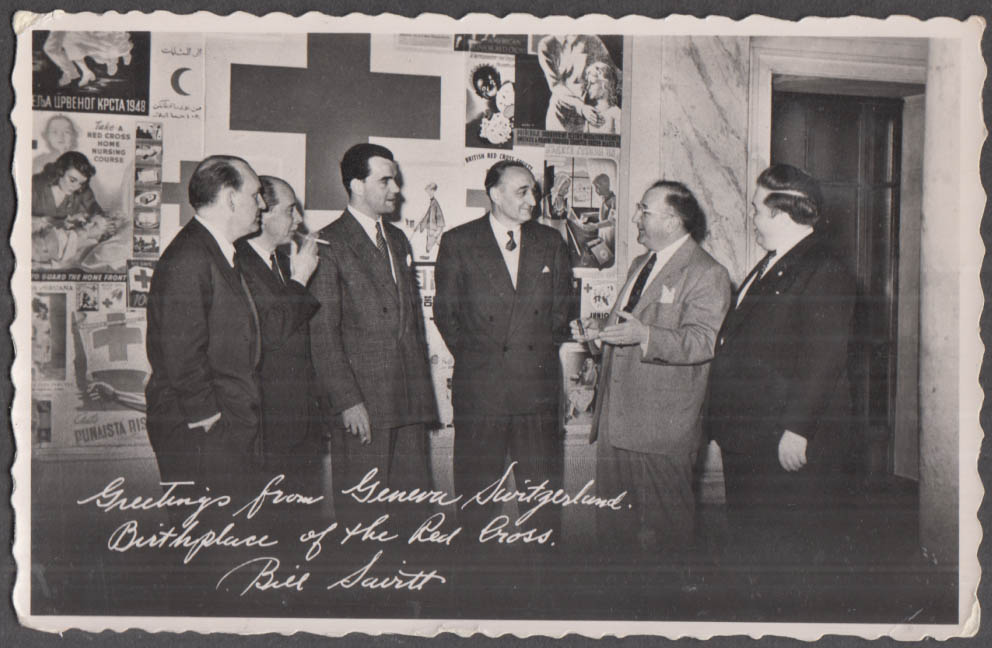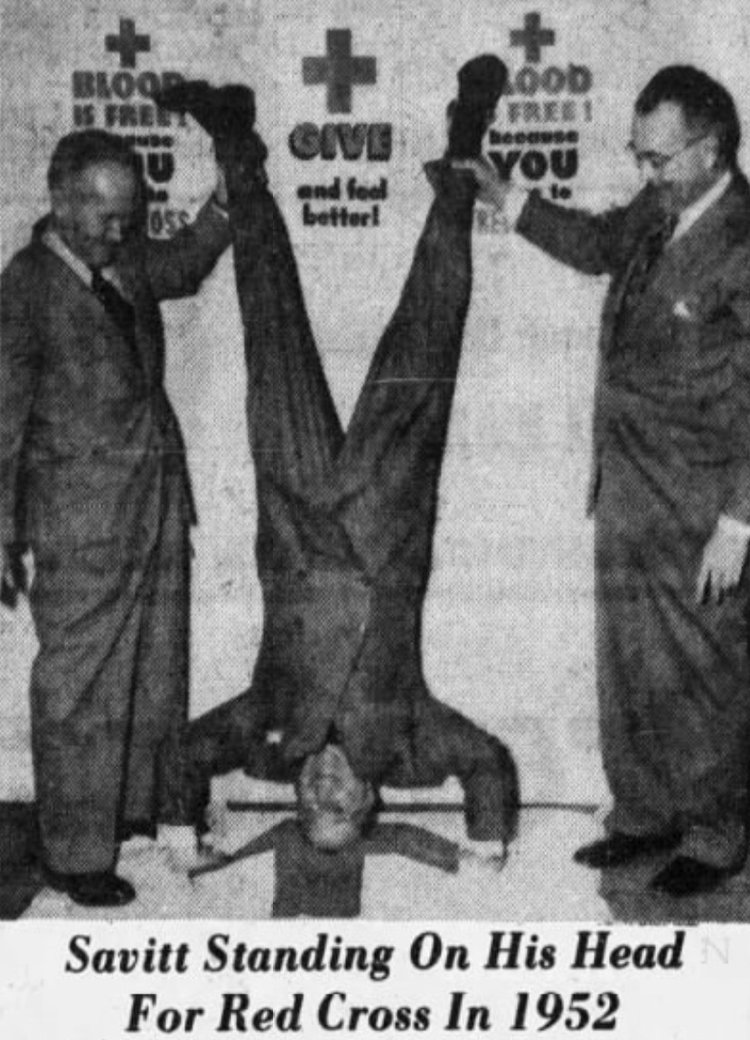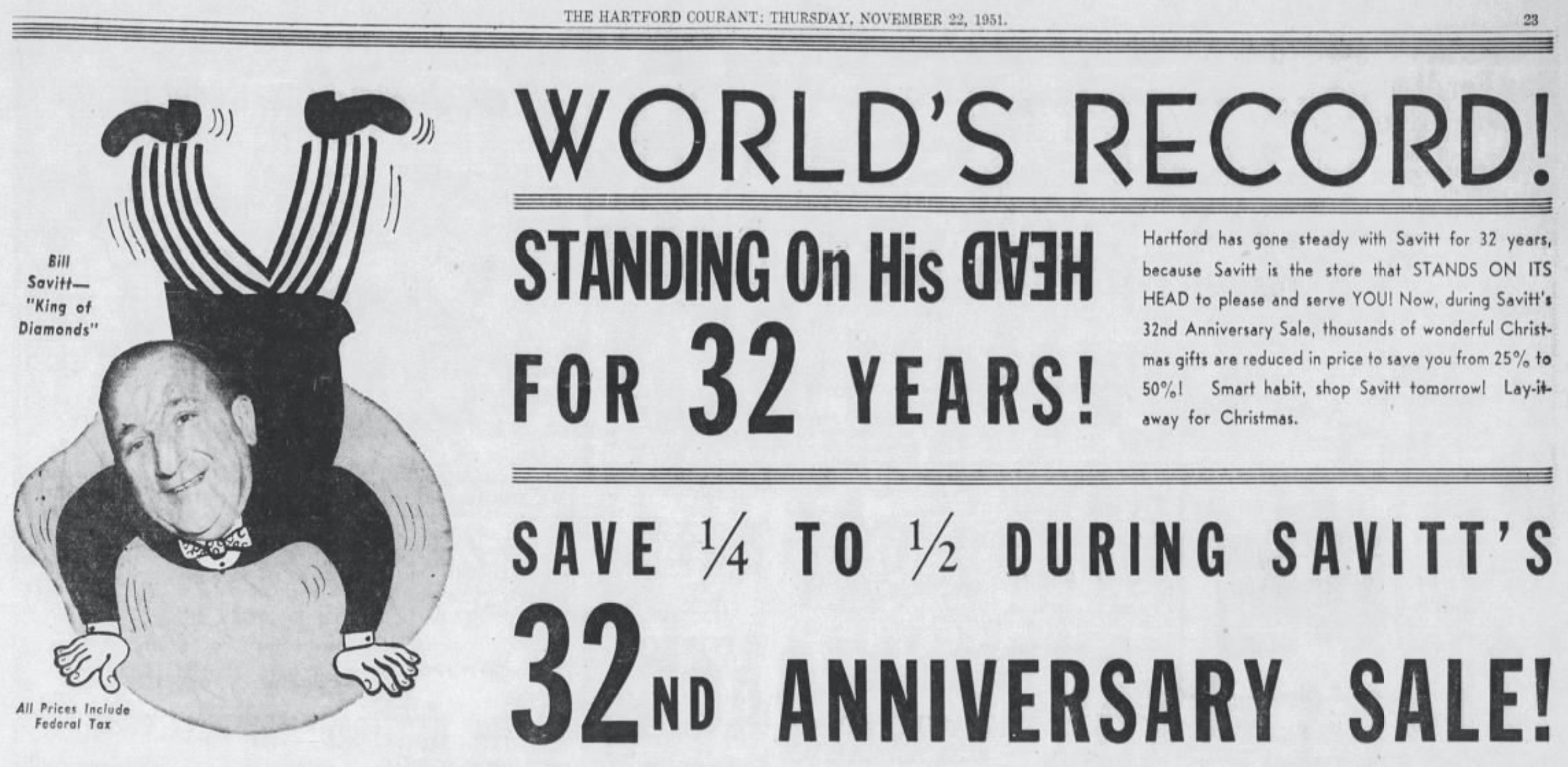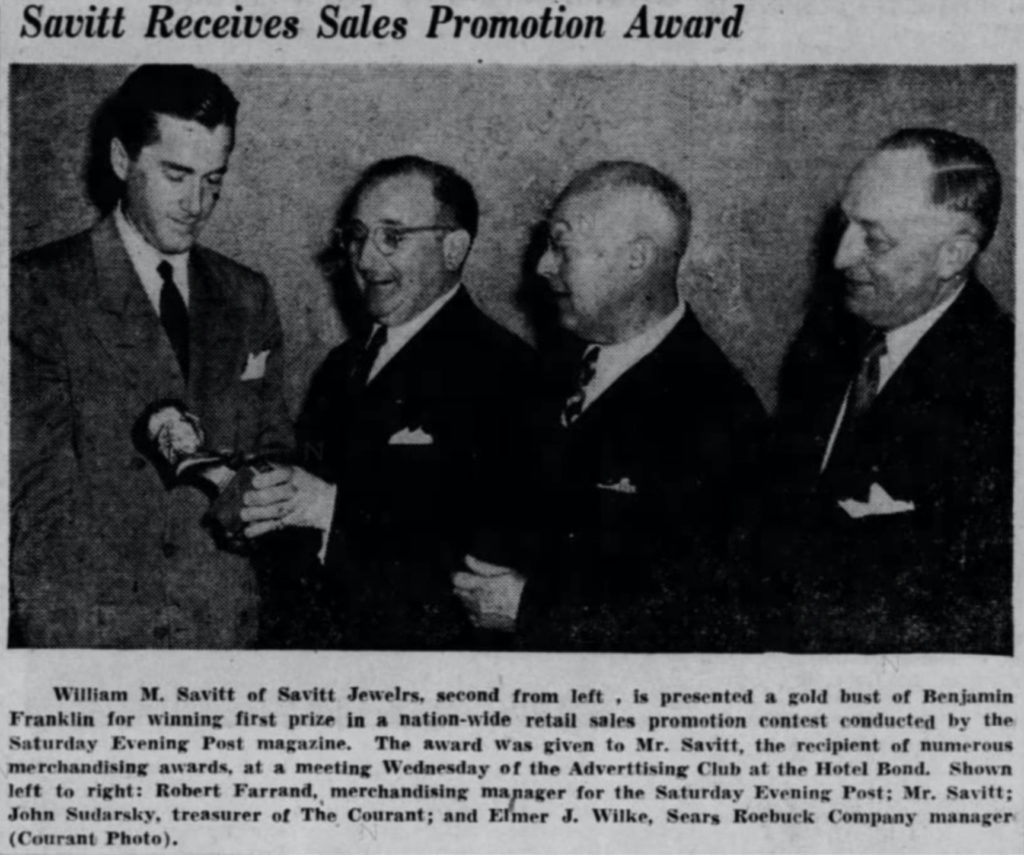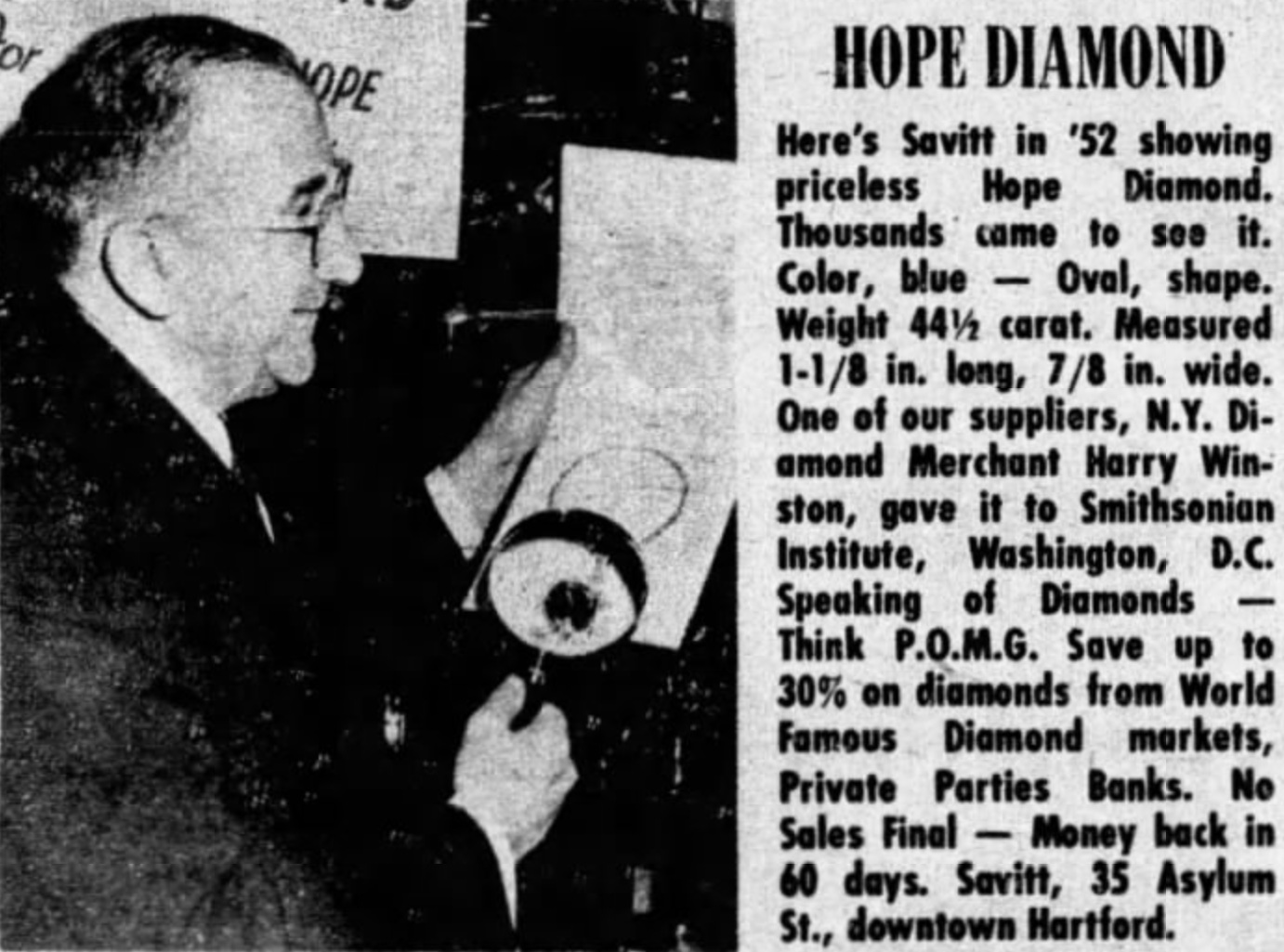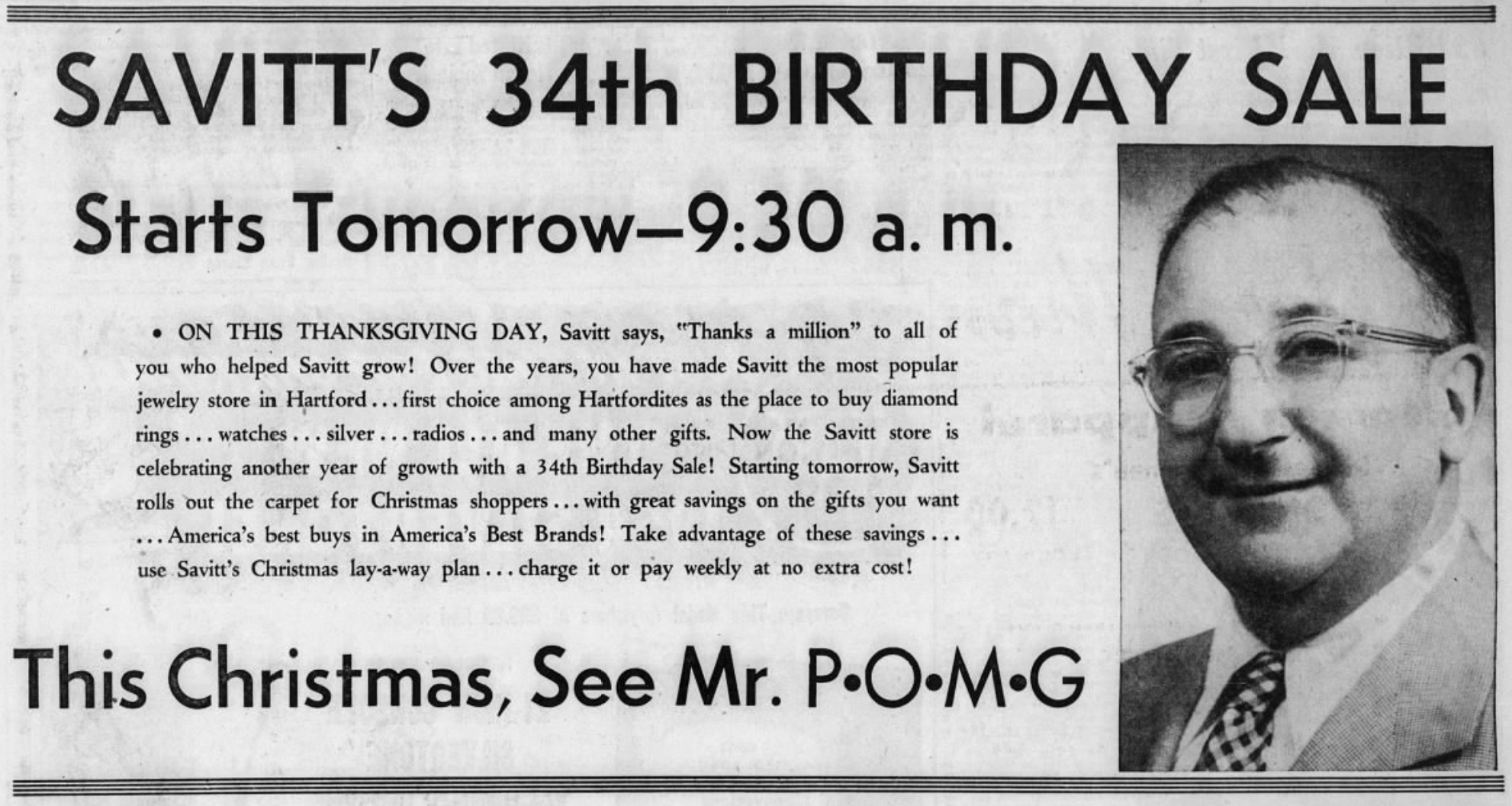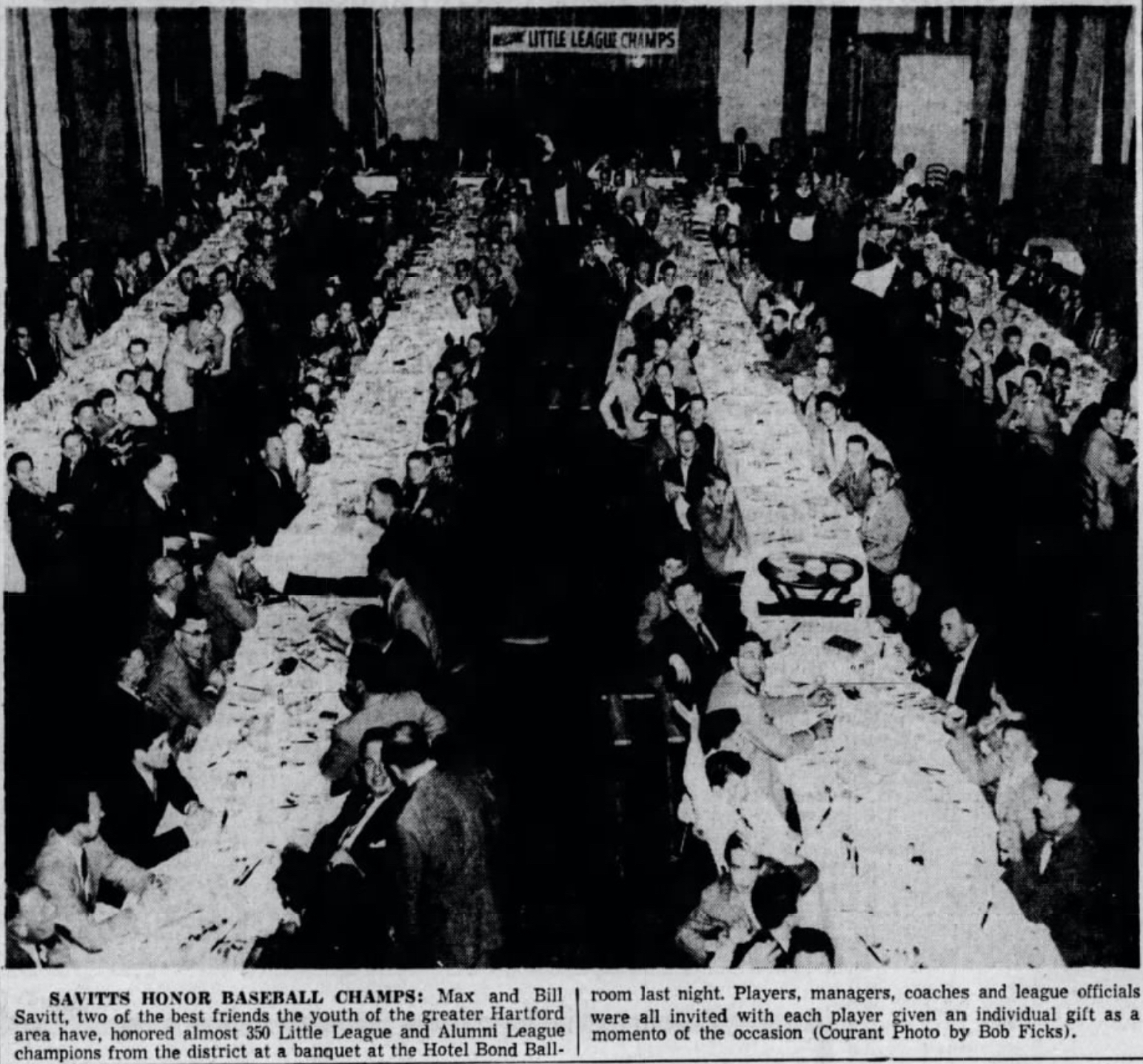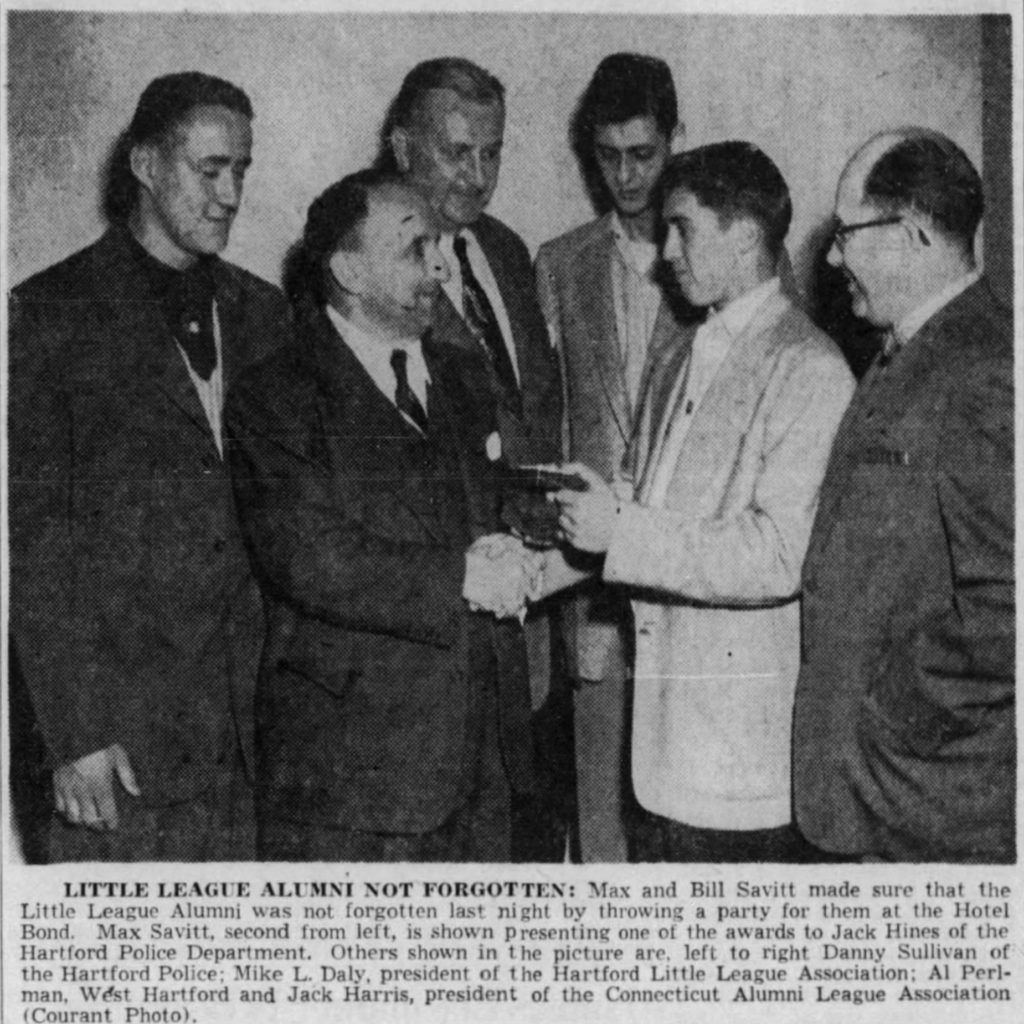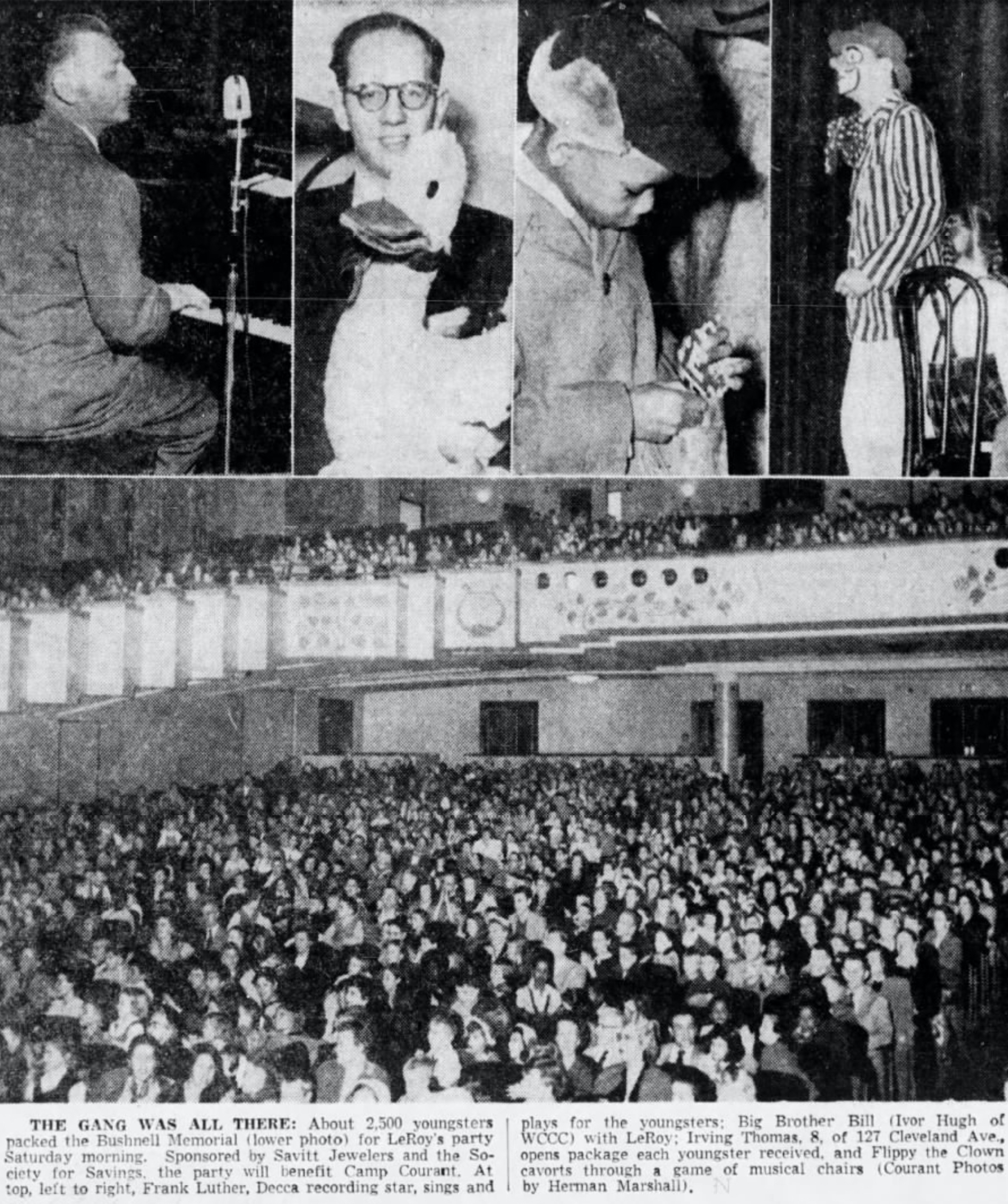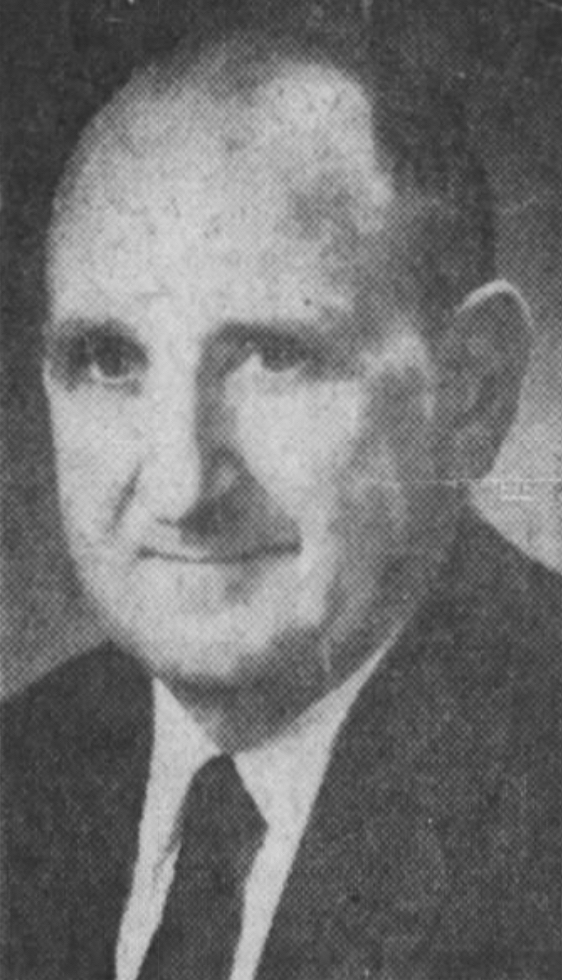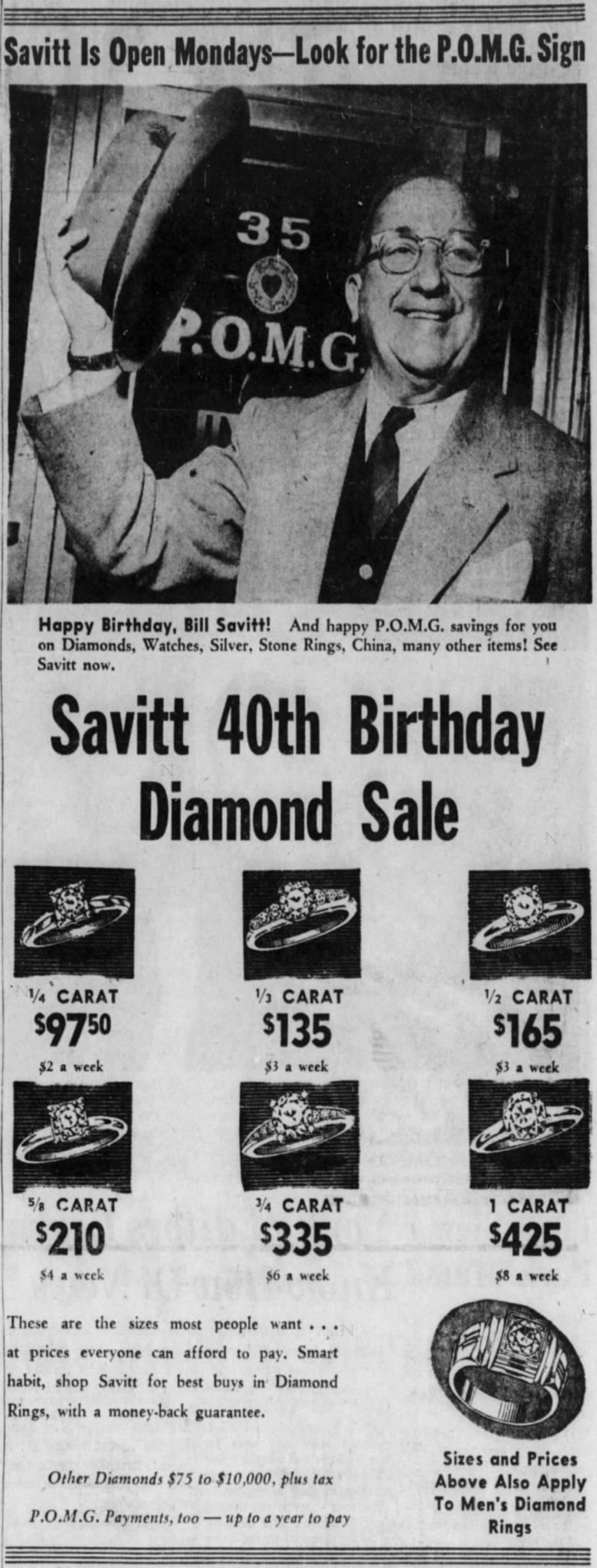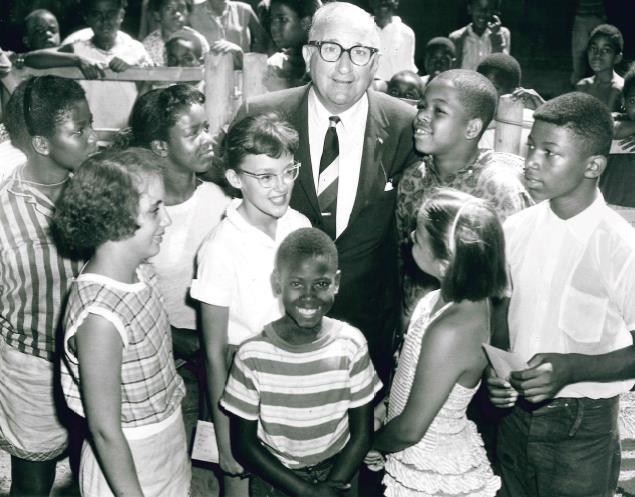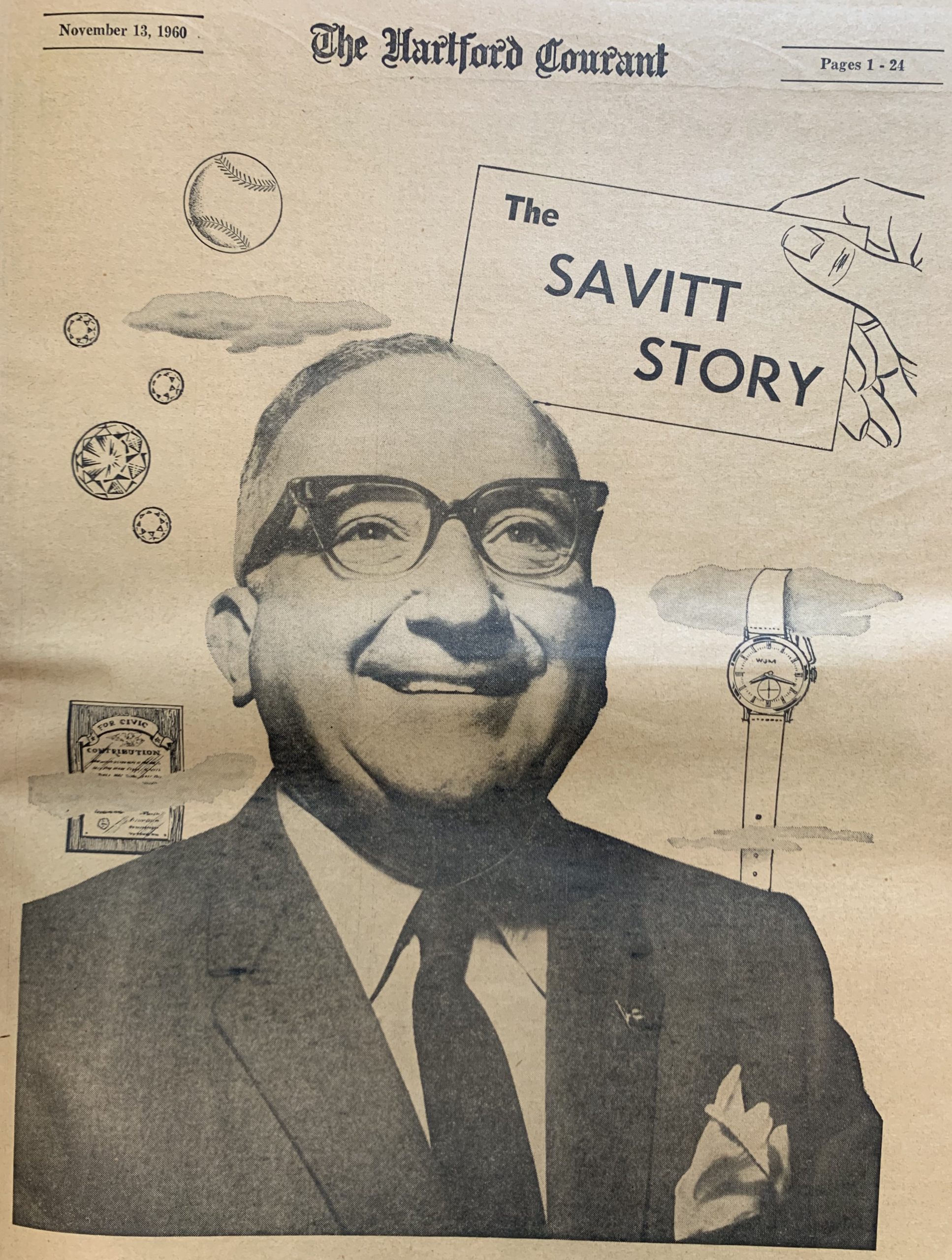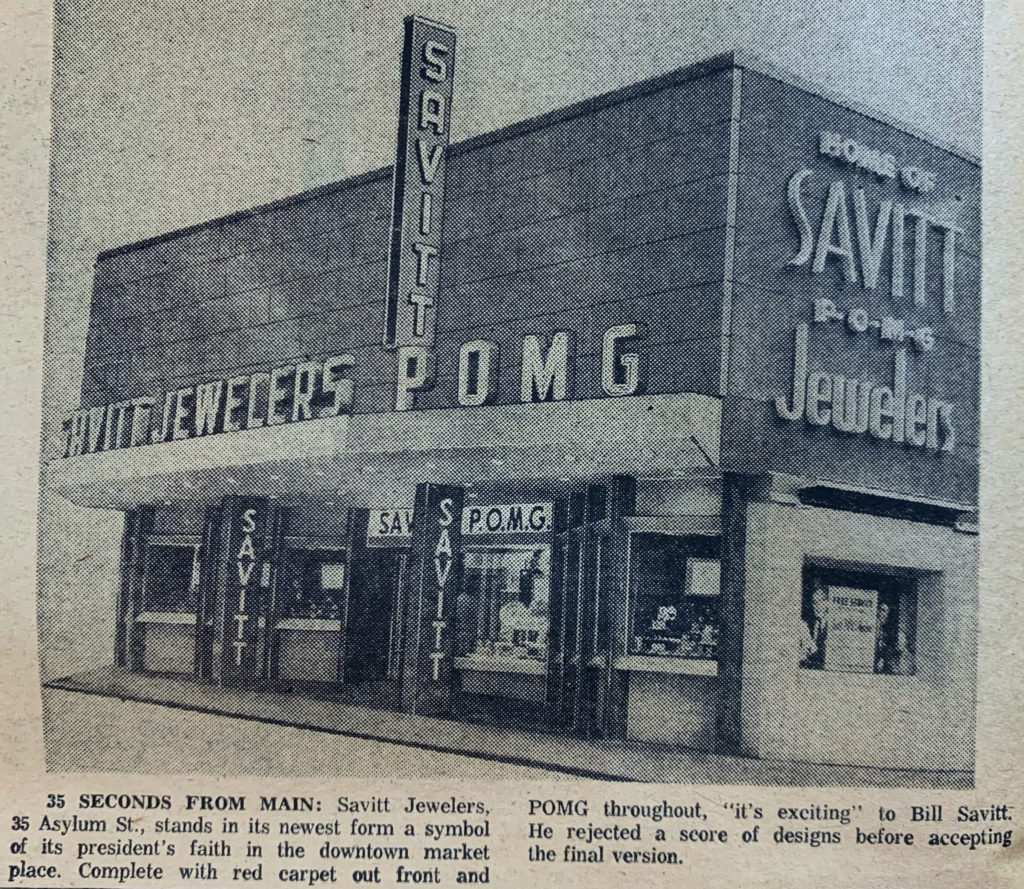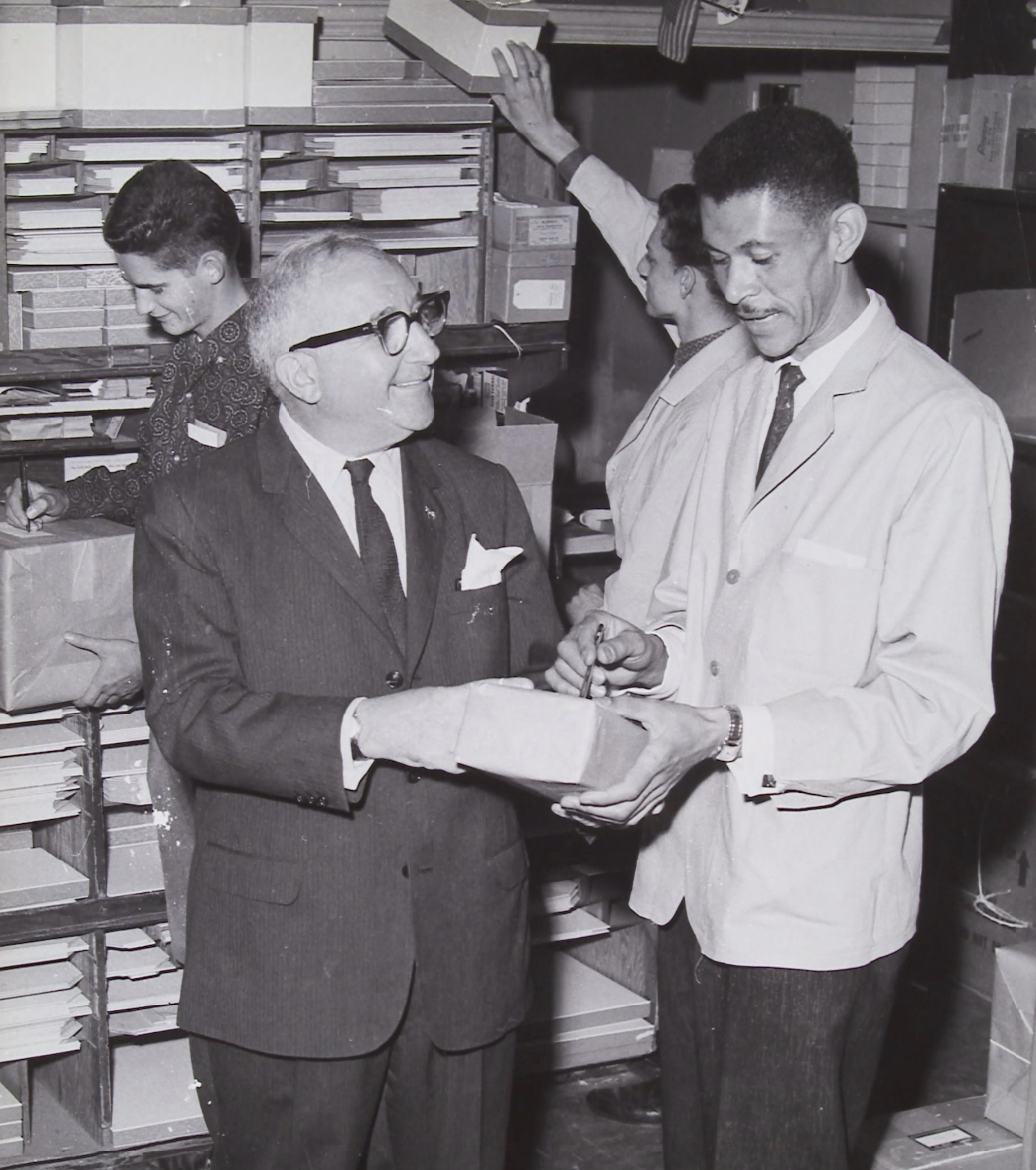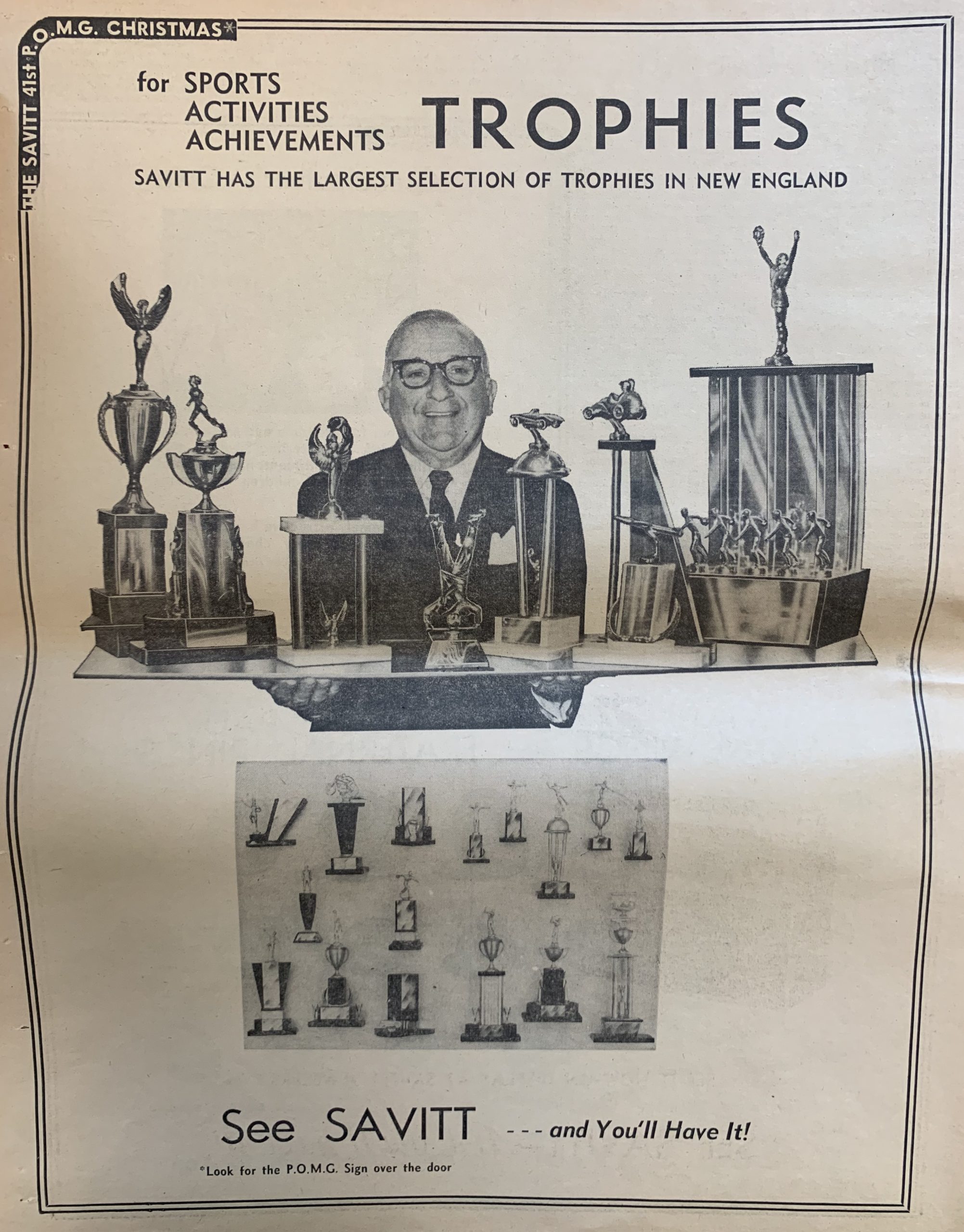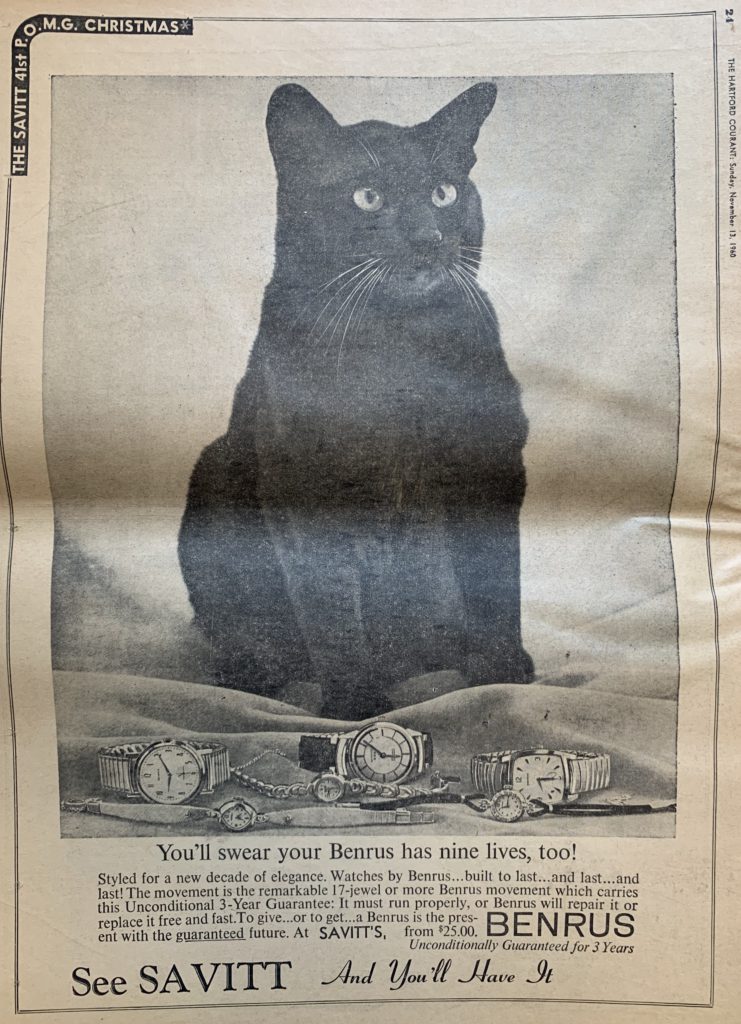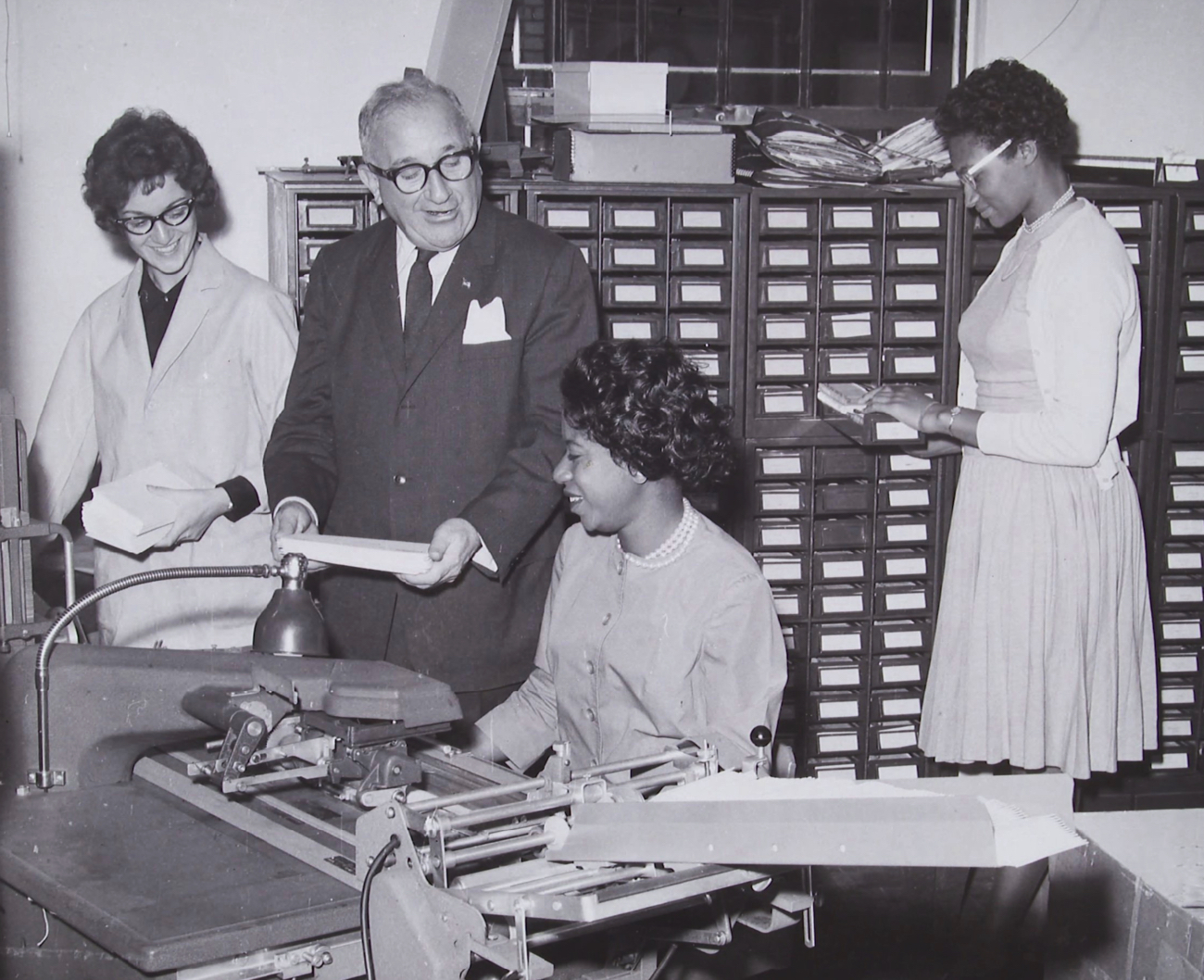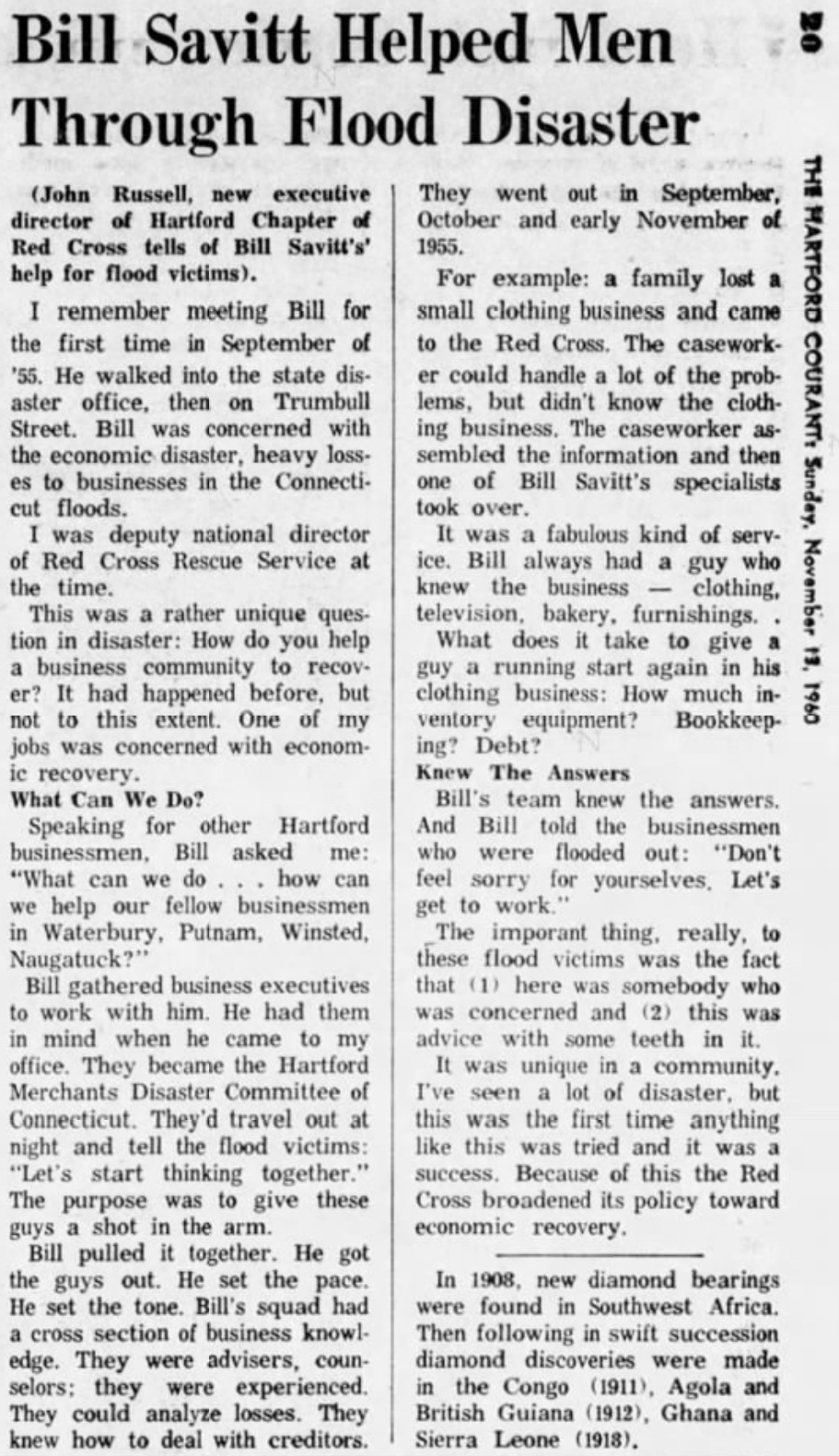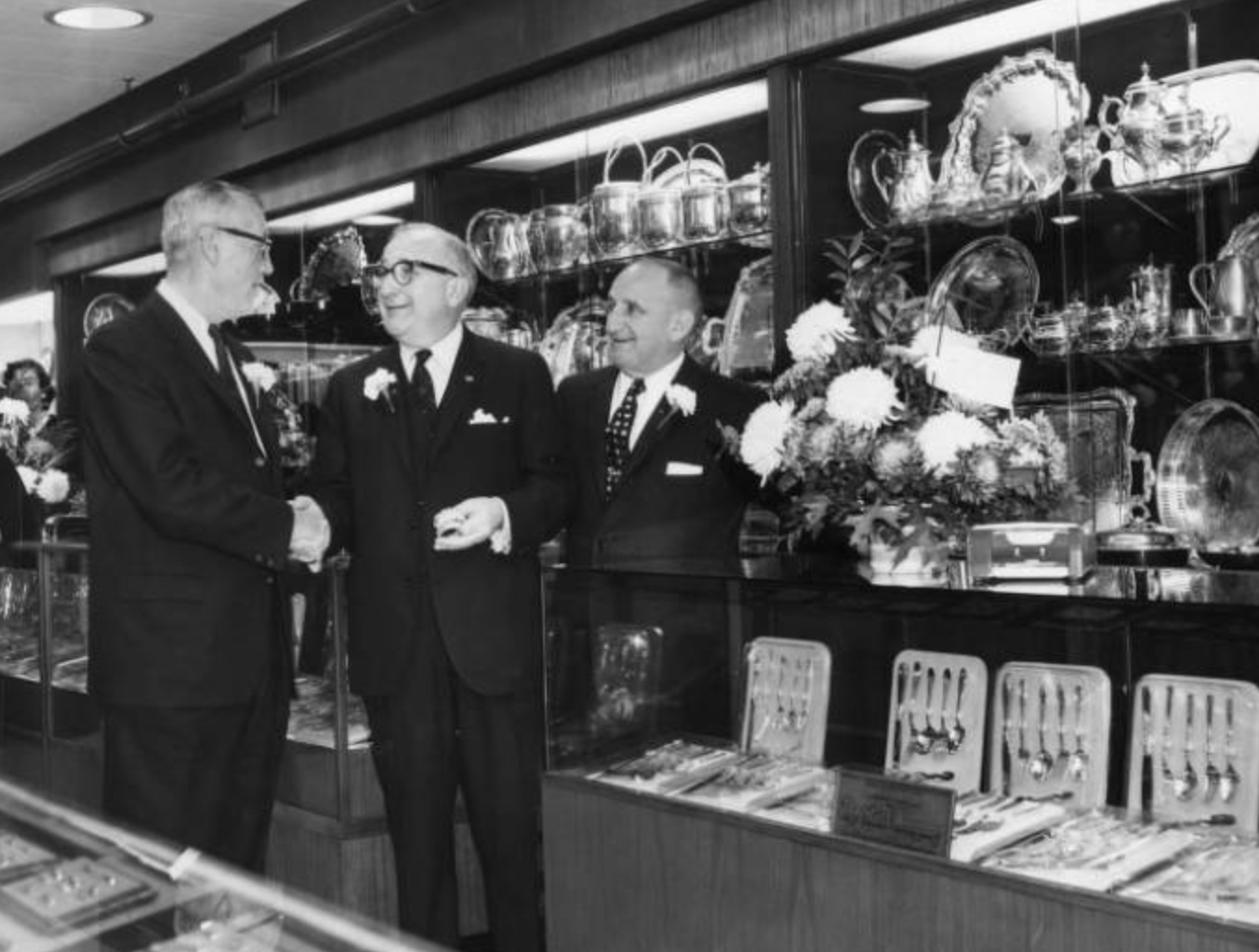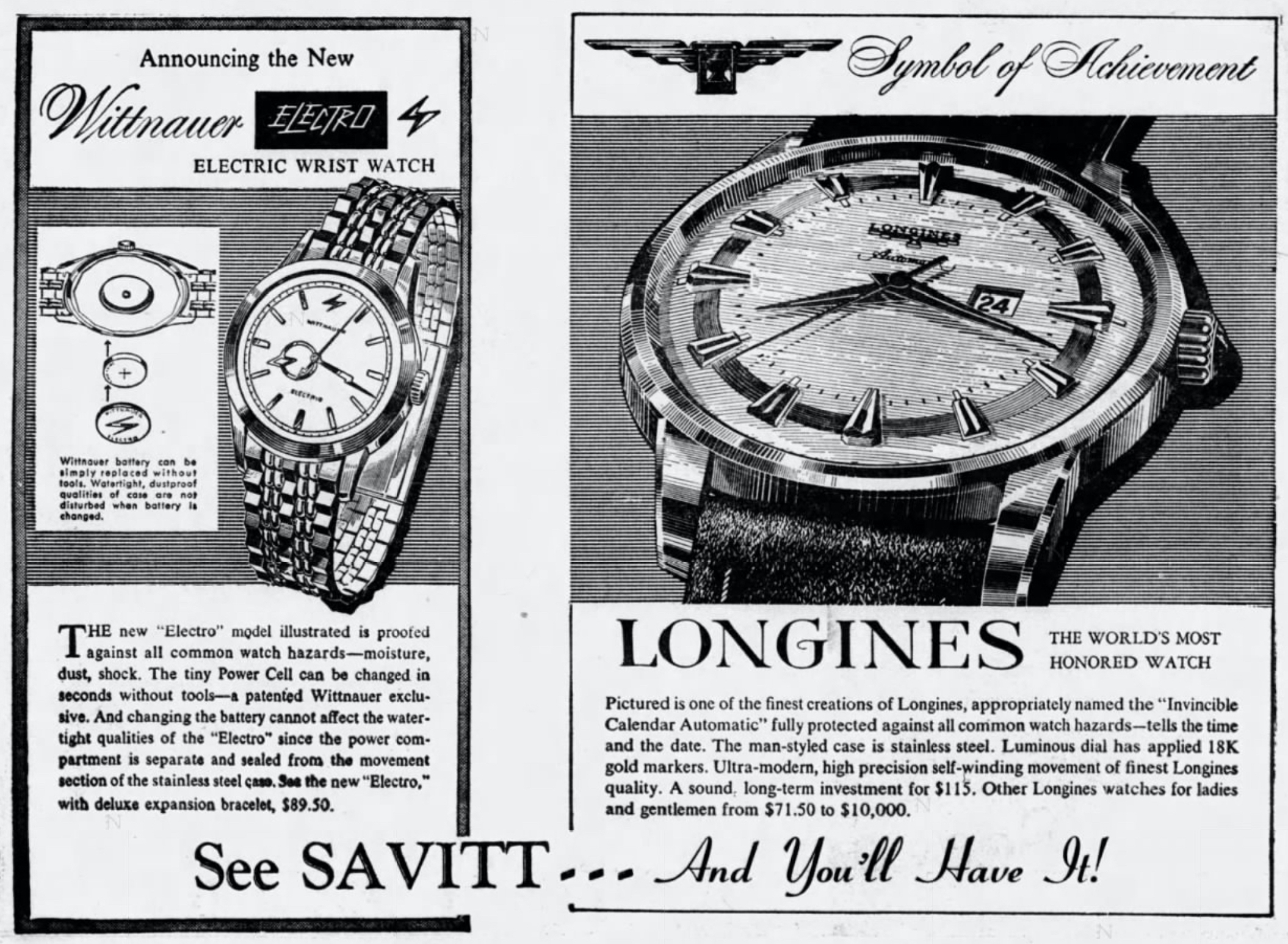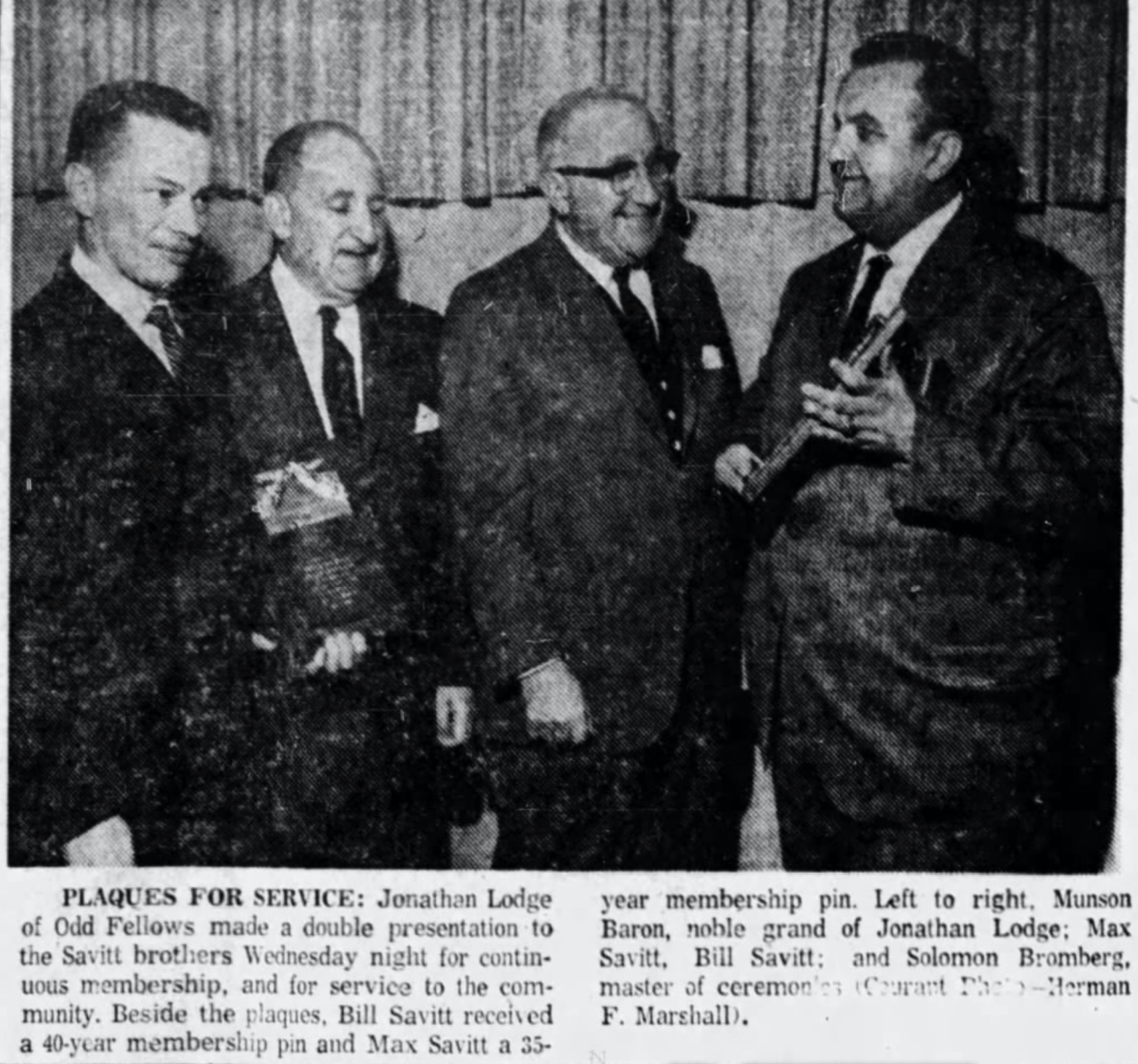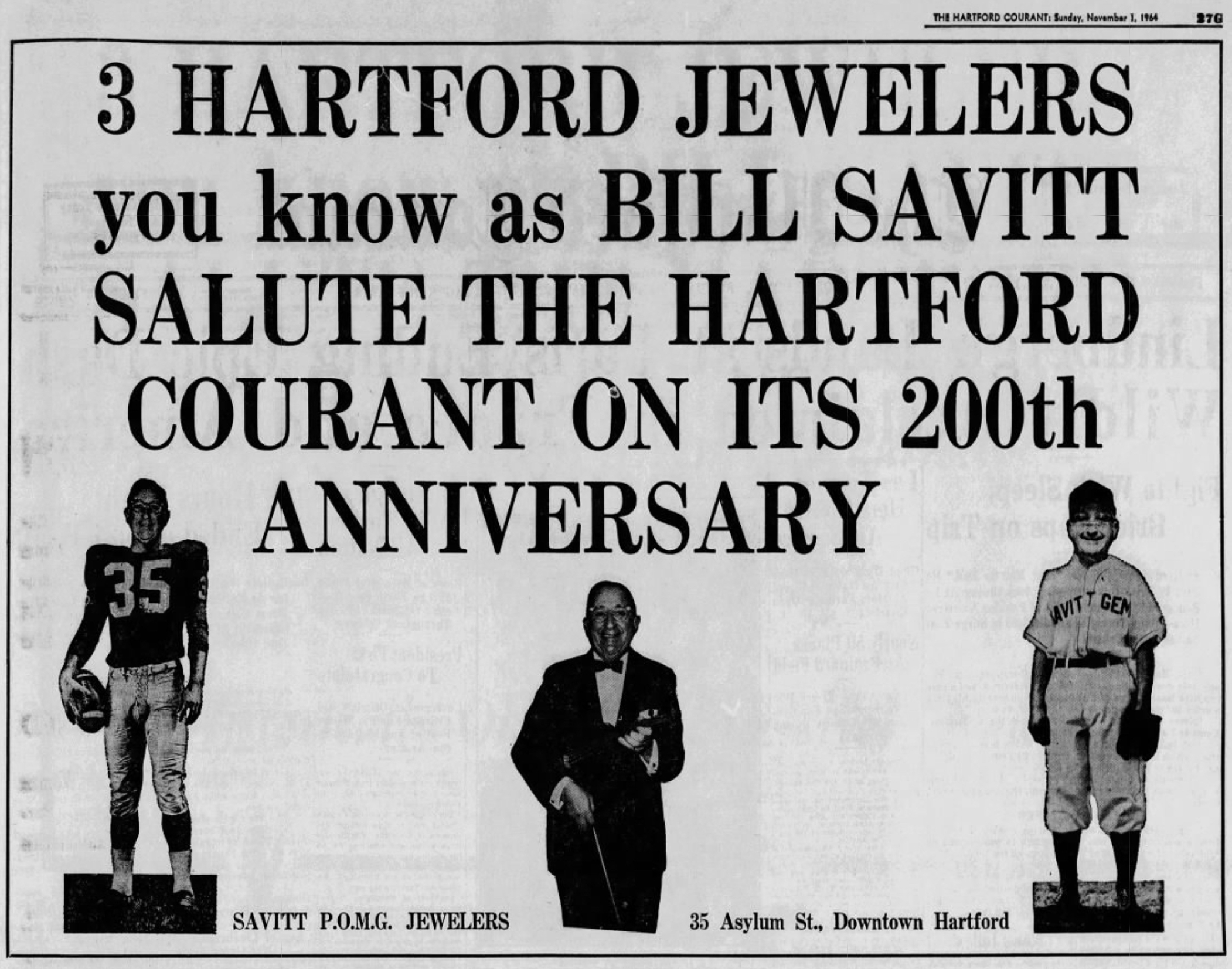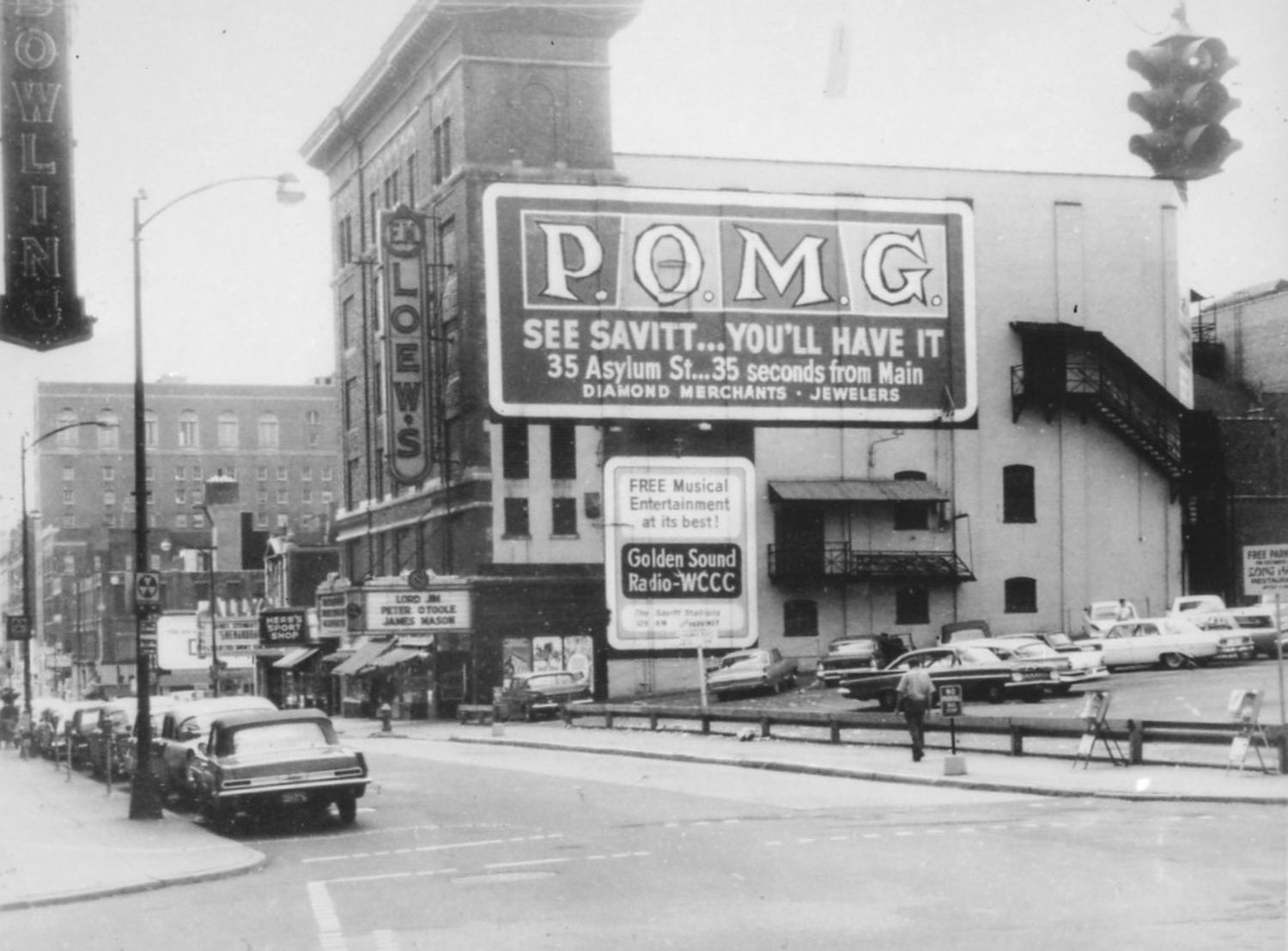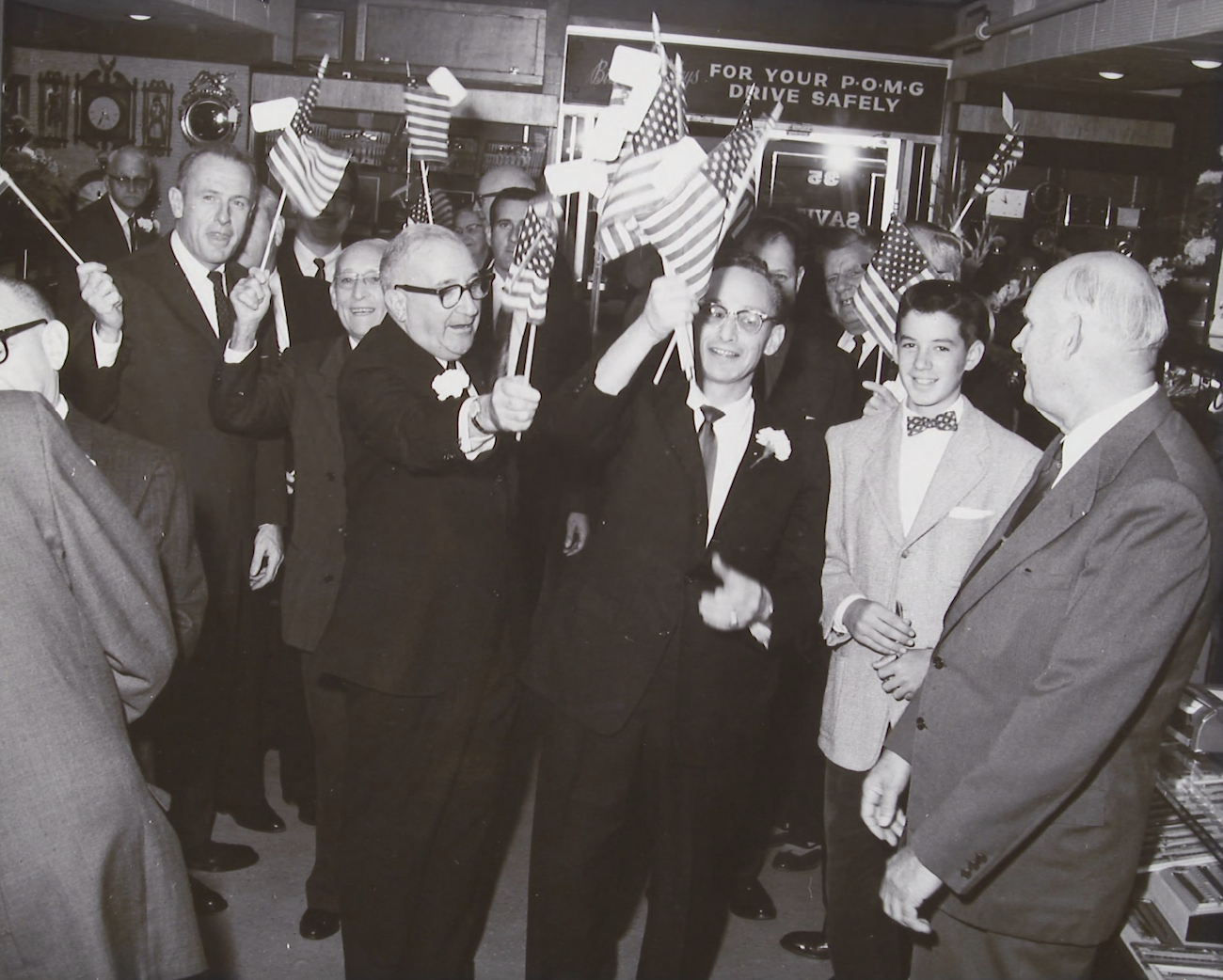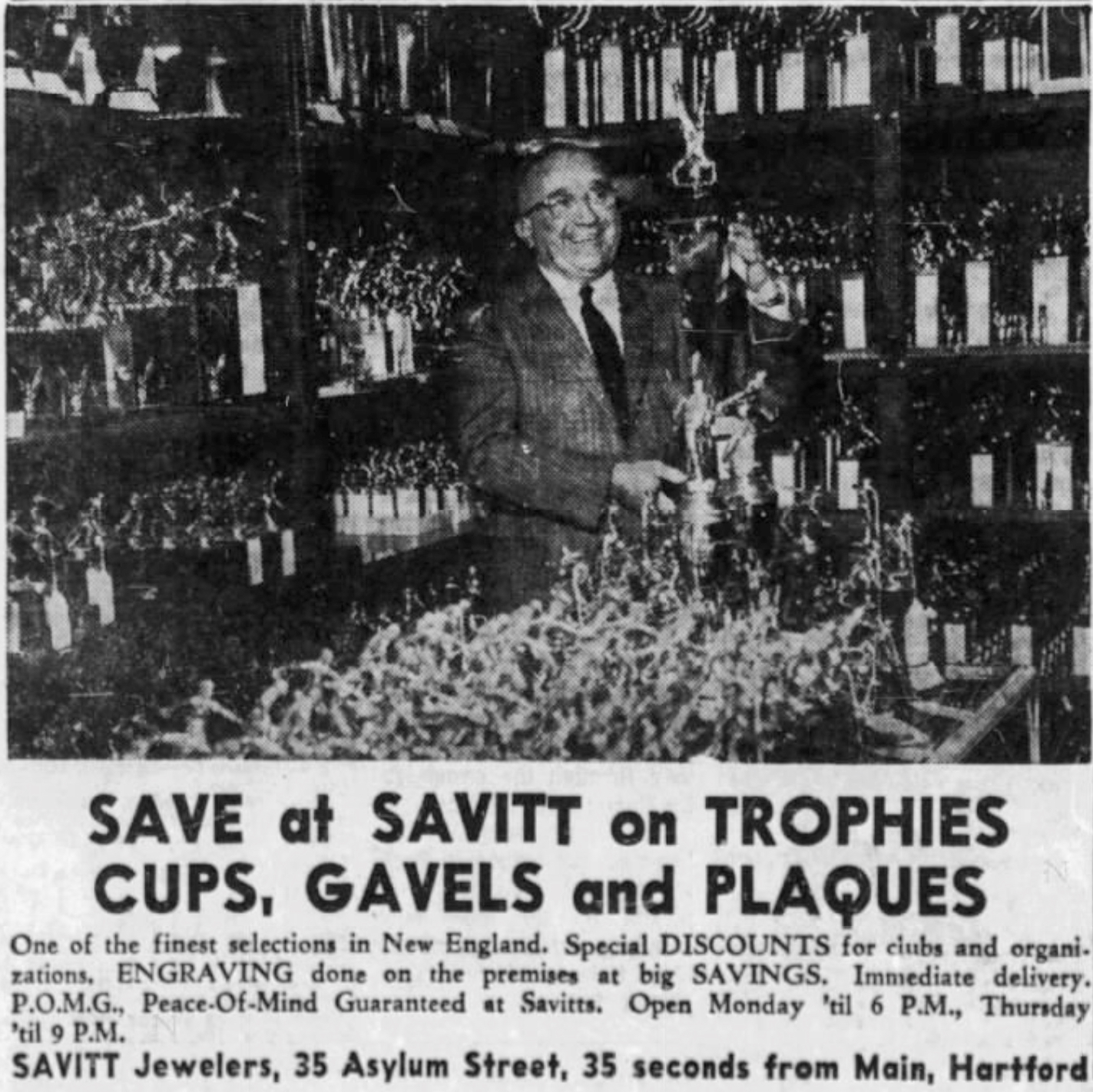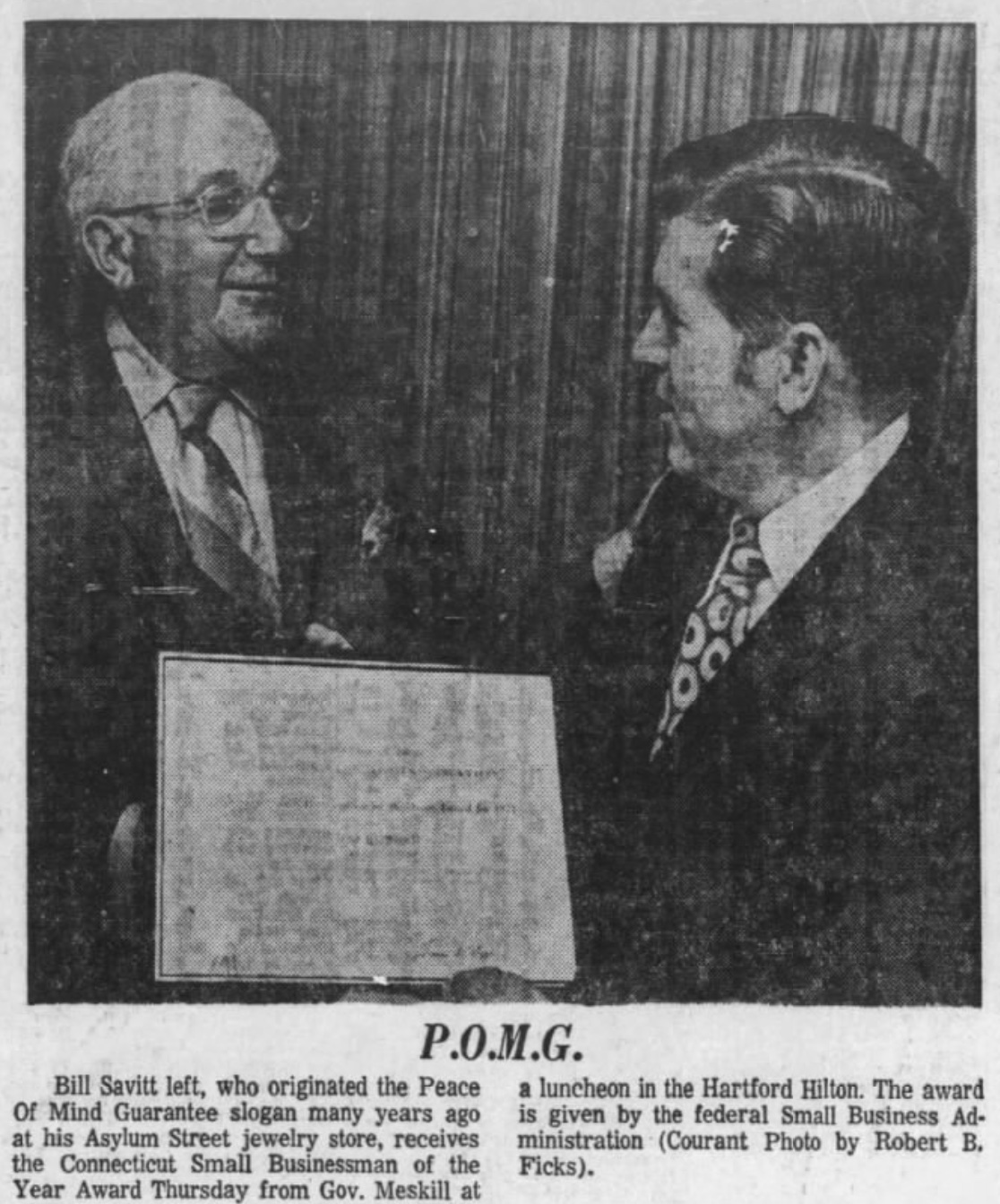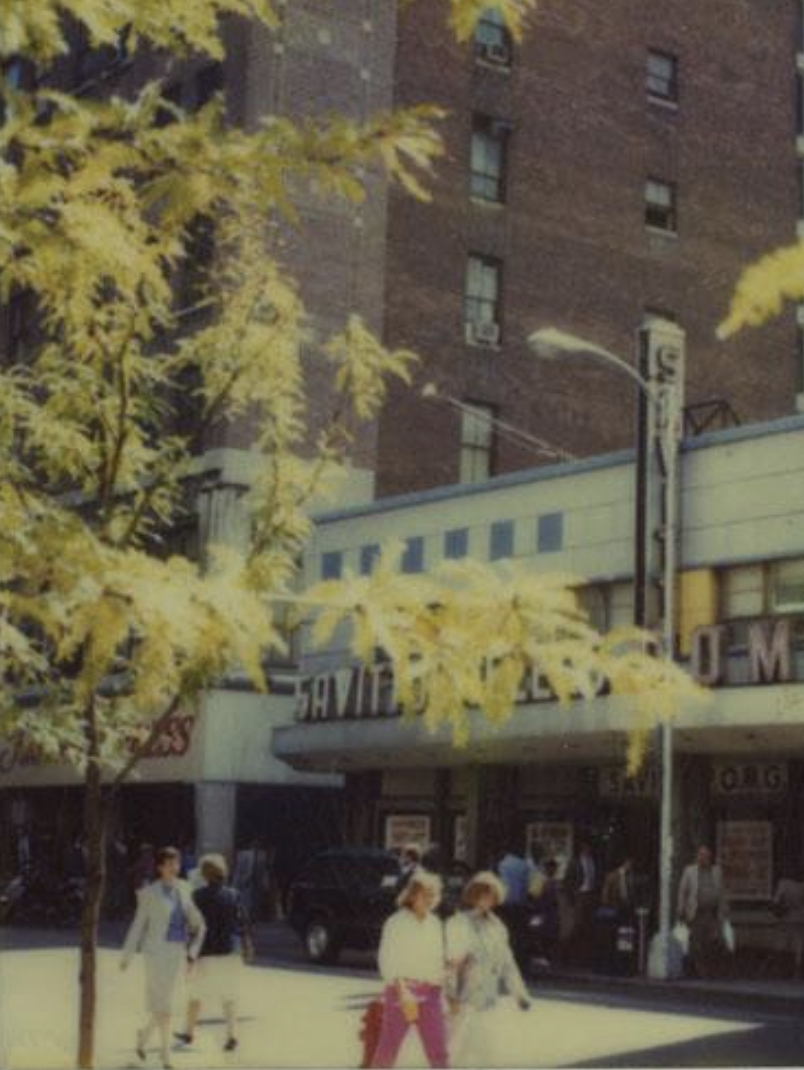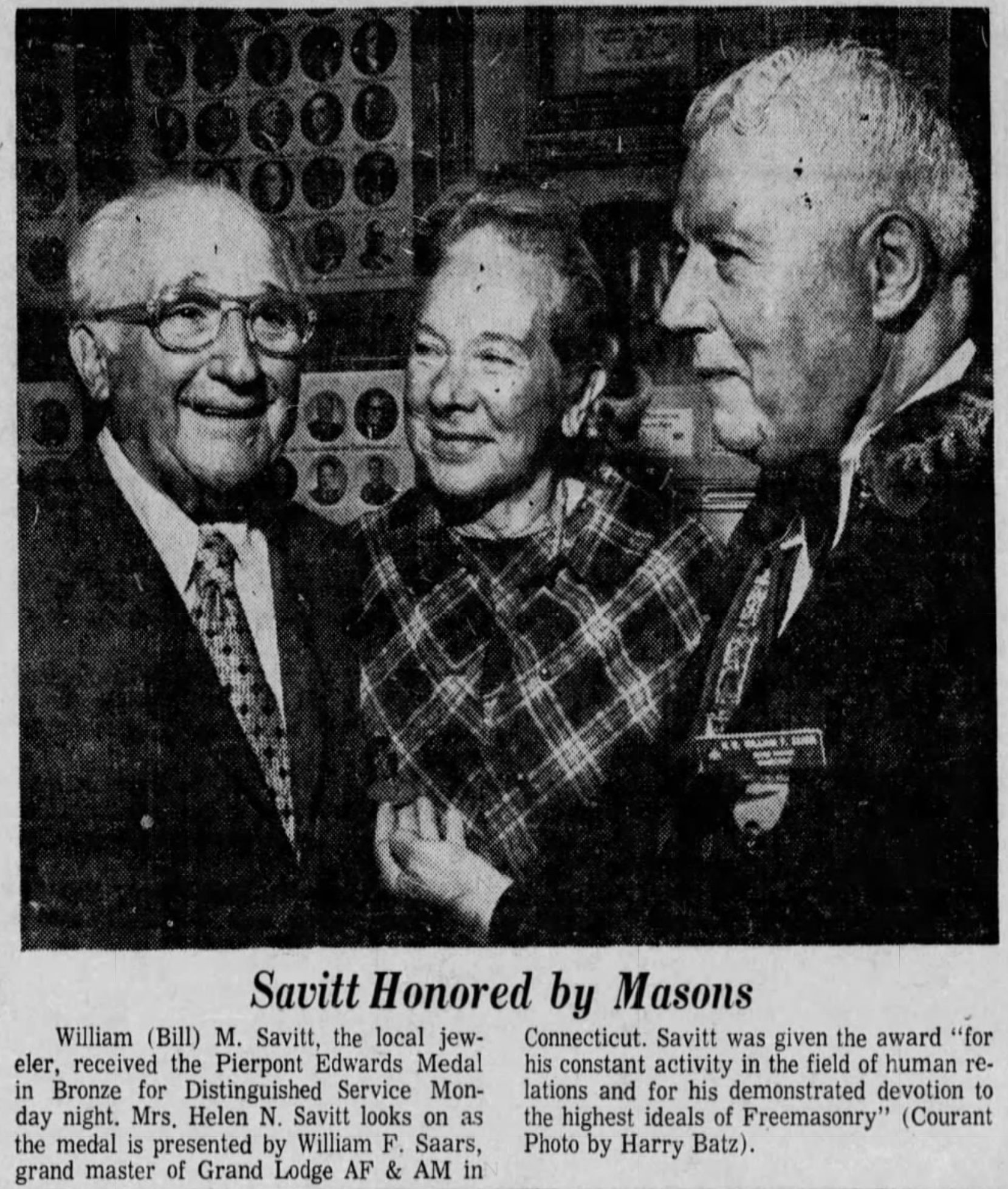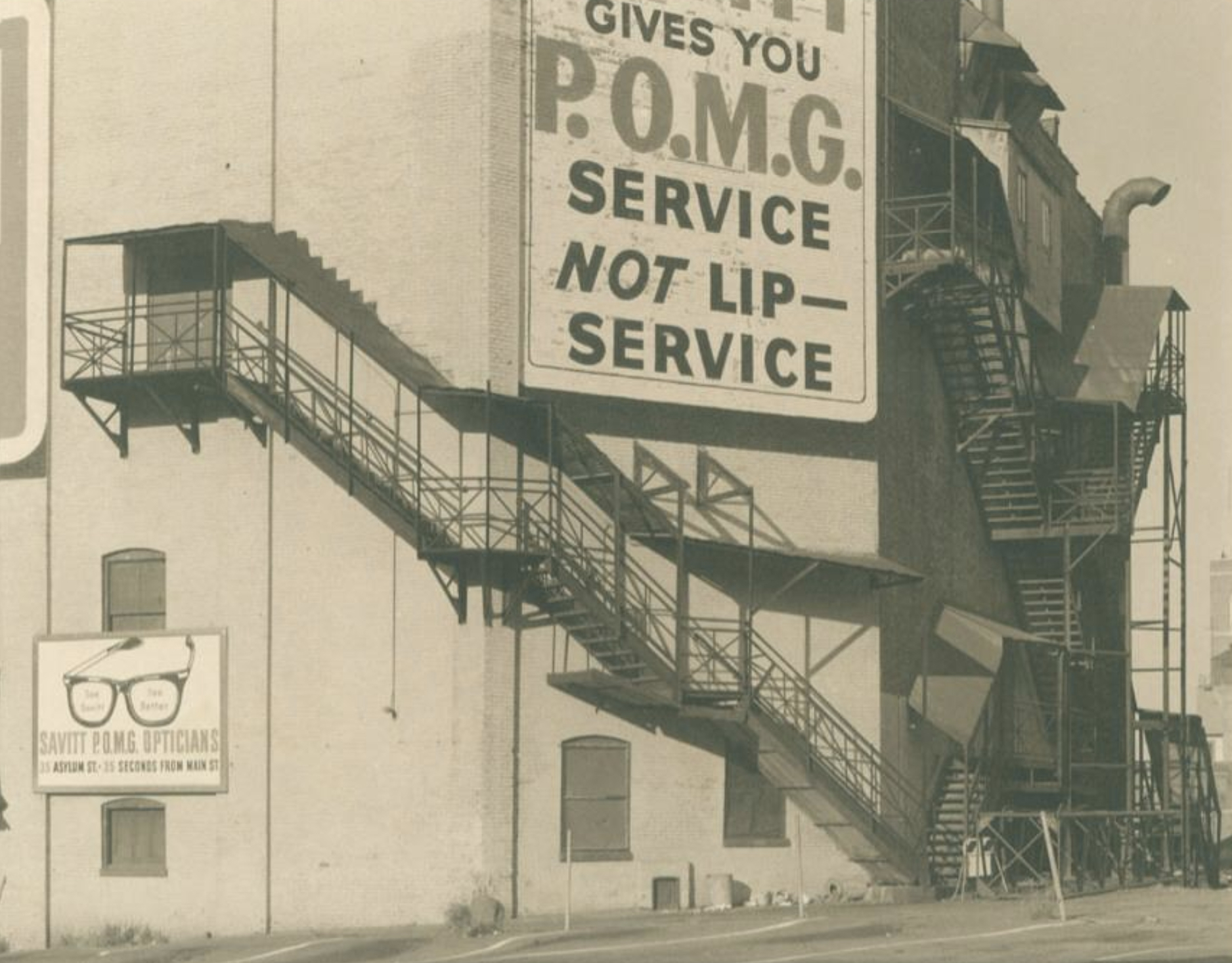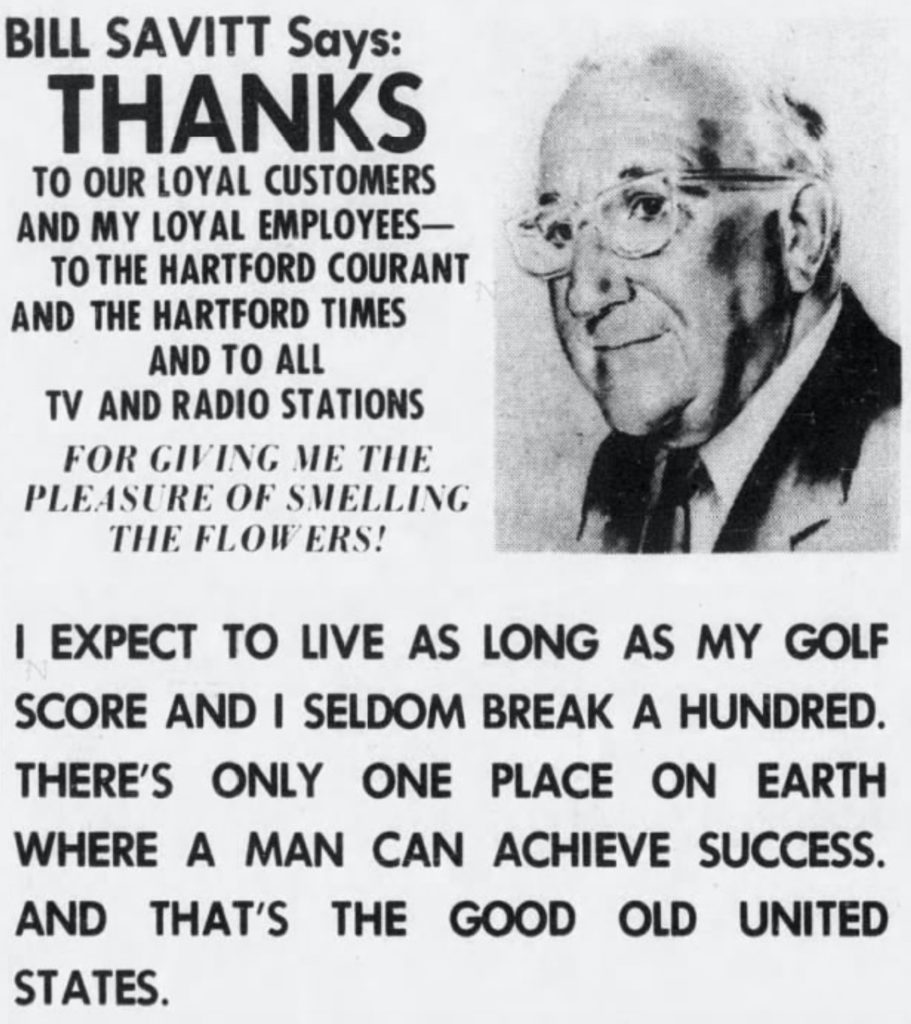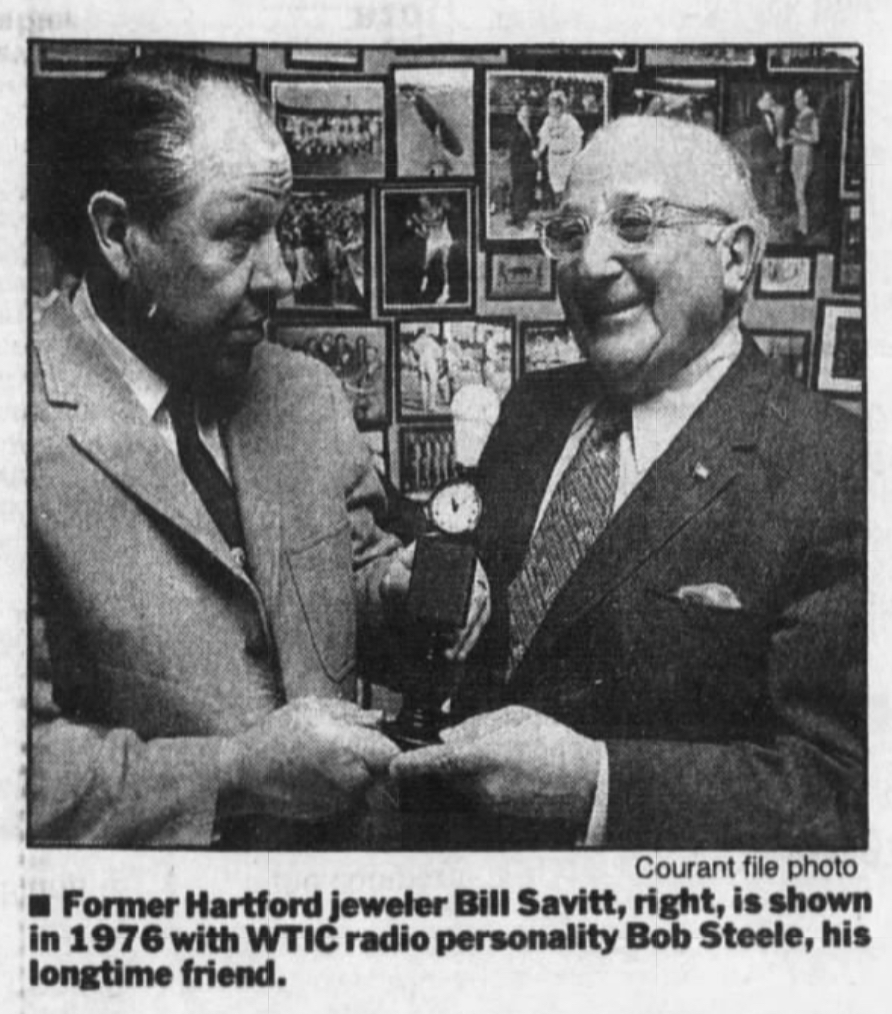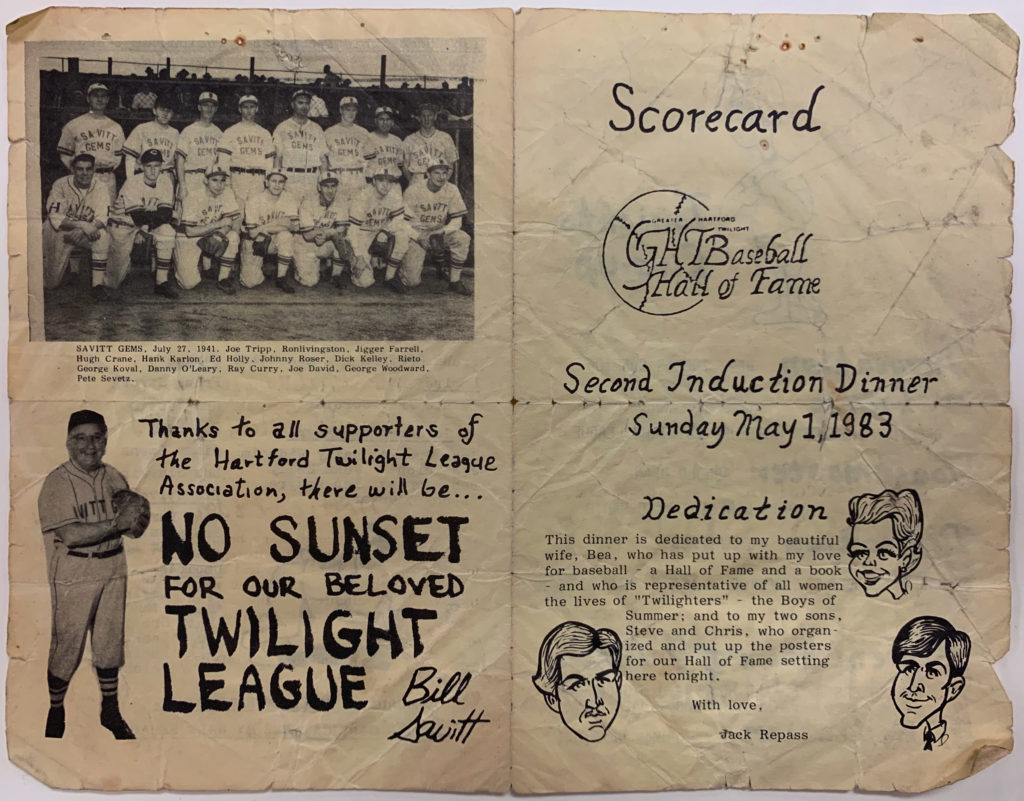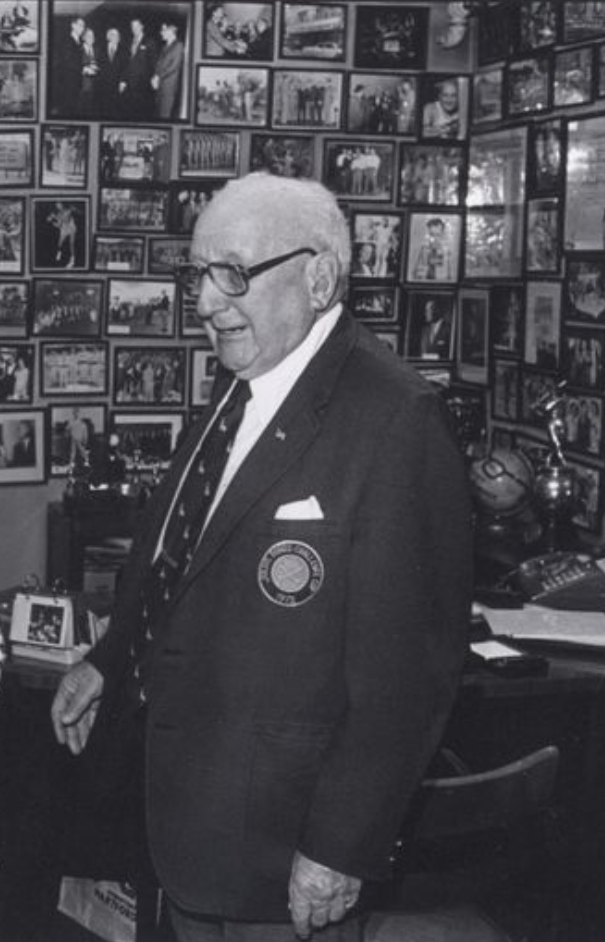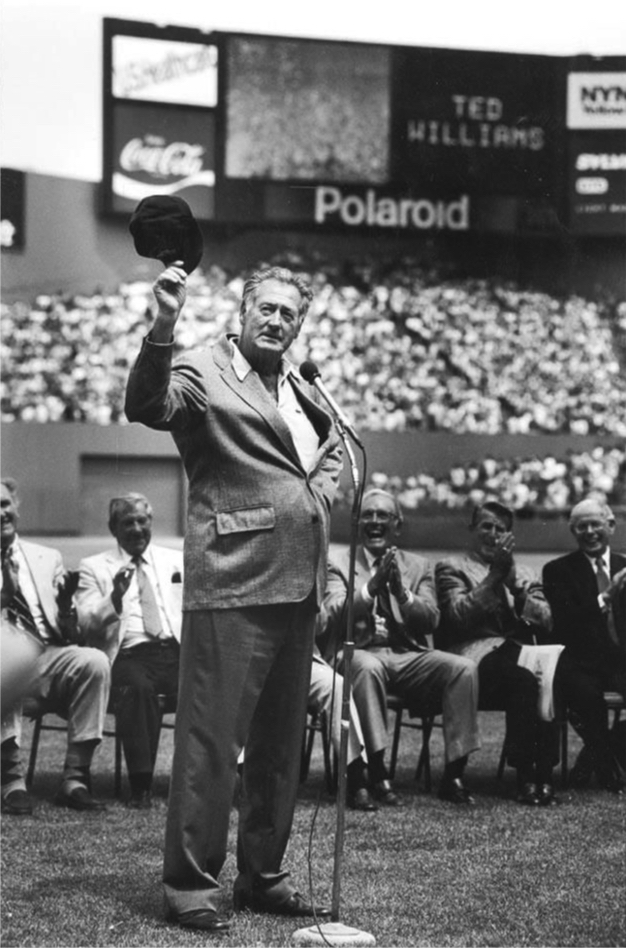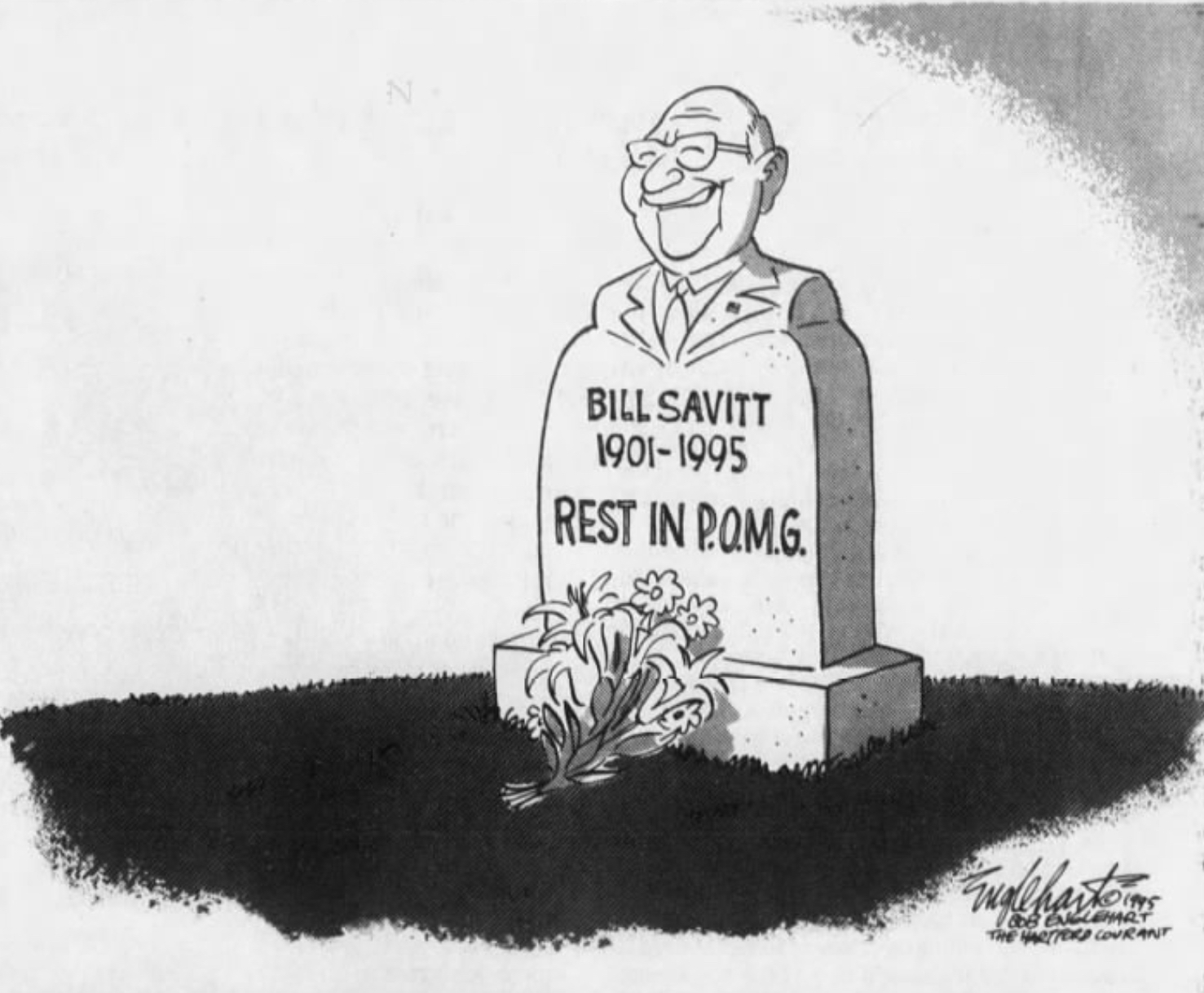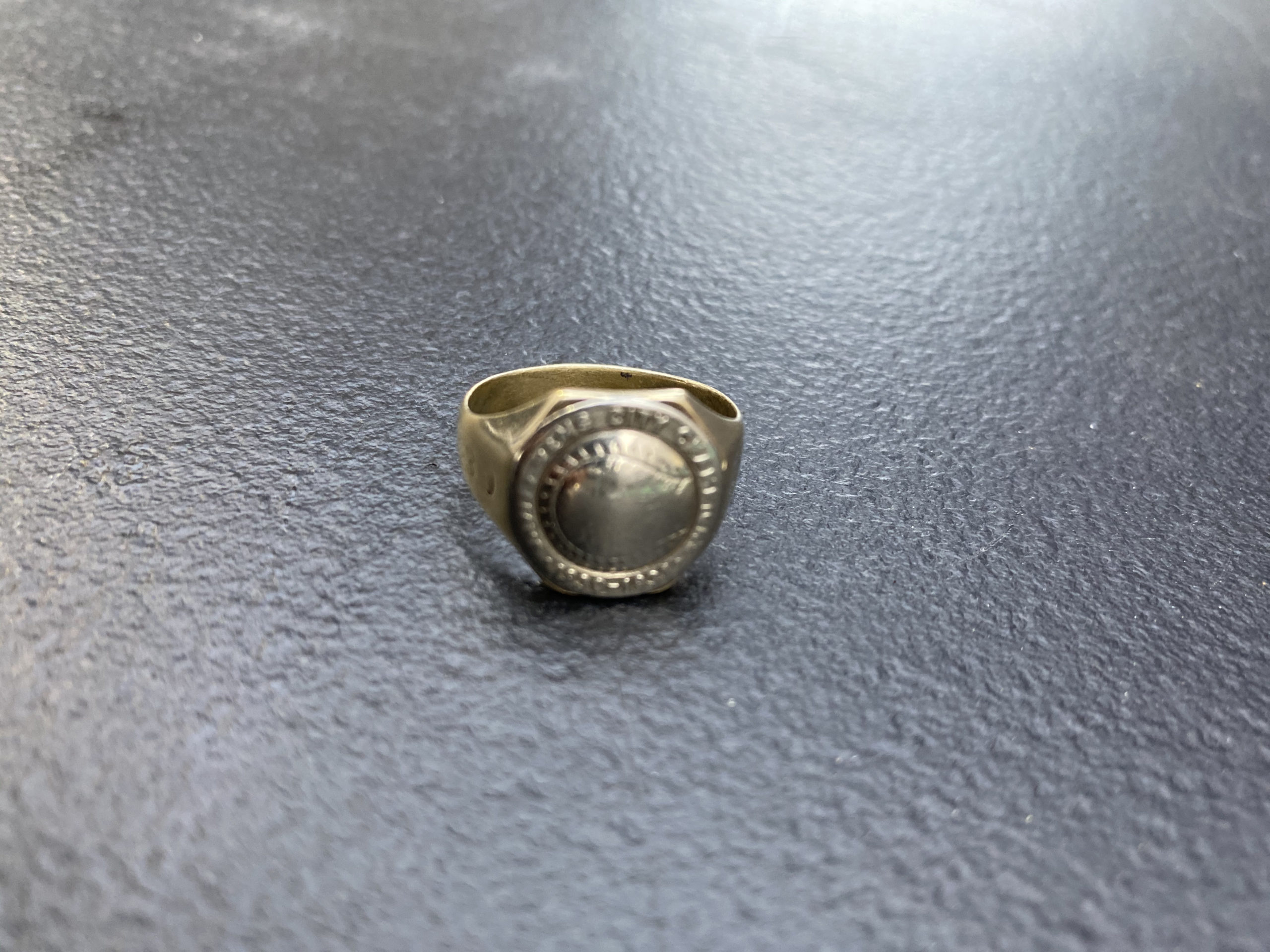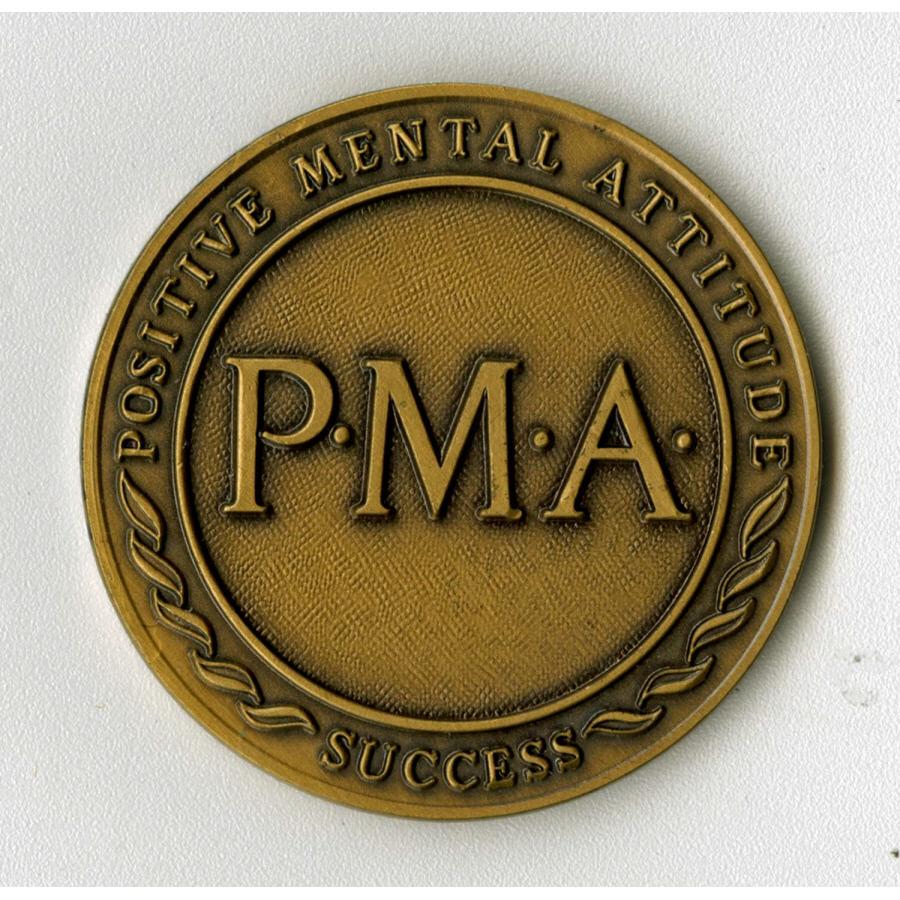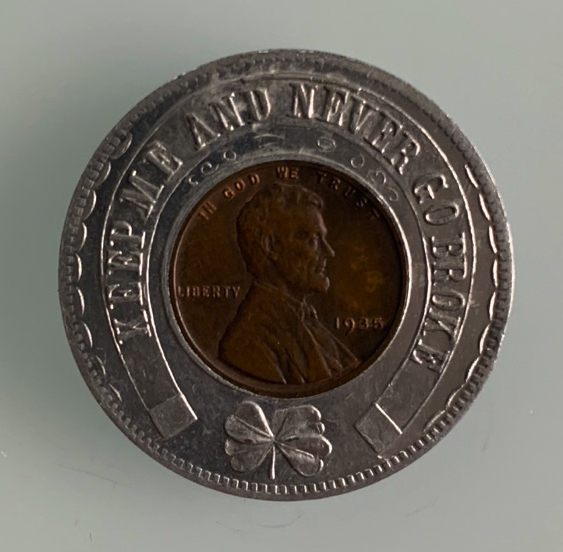When the 20th century began, baseball was in high demand throughout urban and rural America. Professionals, amateurs and school children played the “National Game” whenever weather permitted. In Hartford, a professional team nicknamed the Senators was organized in 1902 as part of the Connecticut State League. That same year, a Russian immigrant family named Tober settled in Springfield, Massachusetts. Among the family was a 20 year old man, Meyer Tober (1882-1964) who with his brothers, Israel and Louis, immediately began to capitalize on baseball mania by manufacturing sporting goods, especially by spinning, sewing and stitching baseballs.

Massachussetts issued Tober a charter in December of 1910, thus founding Tober Brothers Inc. To meet growing demand for baseball goods, the company expanded to Hartford, Connecticut in 1912. The company established a factory in Hartford where Meyer Tober, his brothers and employees stitched baseballs by hand. Communities in and around Hartford became even more gripped by the game of baseball during this time. Aside from the Hartford Senators, almost all surrounding towns fielded ball clubs and amateur leagues competed on baseball diamonds across Connecticut. Public service entities such as police and fire departments, insurance businesses, churches and schools formed teams and played regularly at places like Colt Park in Hartford.

As baseball grew more popular, Tober gained profits and prestige. The family of baseball industrialists and their company became distinguished for quality workmanship. In 1915, Meyer Tober married a woman named Rae Recker of Hartford. Tober may have been influenced by his wife when in 1920, he published an advertisement in the Hartford Courant seeking 300 women to sew baseball covers at home on either a full-time or part-time basis. That year, Meyer Tober agreed to a business partnership with John A. Peach and the J.A. Peach Sporting Goods Company known for supplying baseball gloves to the Major Leagues. For a short period, the Peach-Tober Sporting Goods company was incorporated and located at 17 Goodman Place in Hartford, Connecticut.



The following year, a fire on April 25, 1921 destroyed $15,000 in Peach-Tober merchandise during their busy season. In the aftermath, Tober reorganized the business again and took on the name, Bon-Tober Sporting Goods Co. In 1922, Meyer Tober leased a three-story brick building at “240 Pleasant Street in Hartford for three years at $150 a month.” The Bon-Tober operation employed 150 people and over 1500 women who sewed baseballs from home. By then, Tober manufactured various sporting goods including baseballs, baseball mitts and gloves, baseball bats, footballs, soccer balls, basketballs, punching bags and boxing gloves. Branch offices were operated in New Britain, Meriden, Middletown, Springfield and Westfield.





Tober baseball goods were used in leagues as far as Georgia where a single Tober baseball was claimed, “to last thirty innings, though it was guaranteed to last for eighteen innings.” In 1927, the company was purchased and operated by the McKinnon Dash Co. of Buffalo, New York, a former manufacturer of dashboards for horse drawn buggies and carriages dating back to 1878. For a short transition period products were sold with the Bon-Tober/McKinnon brand name. In 1930, McKinnon Dash began producing a complete line of leather sporting goods, under the “McKinnon” brand name. After the McKinnon buyout, Meyer Tober began anew by forming the Tober Baseball Manufacturing Company.

On October 19,1938, the Hartford Courant reported on Tober’s plans to move its main operation to Manchester, Connecticut: “Cheney Brothers has leased the third floor of Mill Four, part of the spinning mill group on Elm Street, to Meyer Tober of Hartford, doing business as Tober Baseball Manufacturing Company. The plant will be used for manufacturing athletic goods and as a warehouse. The silk firm [Cheney Bros.] has already leased several of its vacant factories to small manufacturing concerns.” Meyer Tober leased the mill floor for five years at a rate of $1,500 per year. In Manchester, Tober mainly manufactured baseballs and softballs under the Eagle brand as well as playground balls.


By the 1940’s, Meyer Tober’s sons, Sidney and Richard joined the family business. The Tober family lived at the corner of Union and Jefferson Streets in the North End of Hartford. In 1945, the Hartford Zoning Board of Appeals gave Tober permission to use 1127 Main Street Hartford to sew covers on the cores of baseballs and softballs; a location that employed about fifty people. Meyer Tober continued to employ “home workers” to stitch balls, but he ran into trouble with the federal Wage & Hour Division of the United States Department of Labor. The Hartford Courant reported on August 24, 1945 that Tober was fined $2,600 for not paying minimum wage to home workers in Vermont.


In the early 1950’s, an eyewitness described two sisters sewing Tober baseballs from their home: “The sisters were very fast with the red yarn! Their long steel needles would fly as they stitched the baseballs – the holes were already punched in the leather. As they finished each baseball, they put the baseballs in peach baskets.” Around the same time, Tober expanded manufacturing operations to the second floor of Building #2 at Hilliard Mills in Manchester, Connecticut. The Hilliard Mills complex was one of the first places in the United States where softballs were mass-produced.



By 1955, the Tober Baseball Manufacturing Company needed more manufacturing space yet again. The business was relocated to Brooklyn Street in Rockville, Connecticut, at the former National Print building. Tober also boasted sales offices in major U.S. cities including New York, Cleveland, Chicago and San Francisco. Tober products were sold throughout the United States and internationally from sales offices in Cuba, Puerto Rico, Haiti and across South America. According to an August 10, 1955, Hartford Courant article, “Credit for bringing the company to Rockville was given by Tober to Nat Schwedel, Treasurer of the American Dying Company and Vice President of the Rockville Industrial Association.”





On June 16, 1964, the Tober baseball story took a tragic turn. At the age of 82, Meyer Tober, was shot by a “berserk employee” named Carmelo Andino Reyes. Also characterized as “disgruntled,” Reyes had worked at Tober for five years while he was on probation. Reyes fired seven shots that summer day. One bullet passed through a table and struck a 21 year-old co-worker, Arlene Rose of Stafford Springs who suffered a minor gunshot wound. Meyer Tober was shot three times. The gunman was disarmed and restrained by male employees and held until the arrival of Rockville Officer Jack Reichenbach, according to a police account of the case.

At his trial, Carmelo Reyes pleaded innocent of intent to kill. He was eventually convicted of manslaughter and assault after an autopsy found Meyer Tober had died of a heart attack as a result of his wounds. Reyes was sentenced to 18 years in prison. After Meyer’s death, his sons, Sidney and Richard Tober operated the company for another five years before a fire caused extensive damage to the Rockville plant. The business closed in the early 1970’s after the Tober sons moved to Florida. By the end their run, Tober baseball left a legacy that spanned more than six decades as Connecticut’s most successful baseball goods manufacturer of all-time.












































































































































